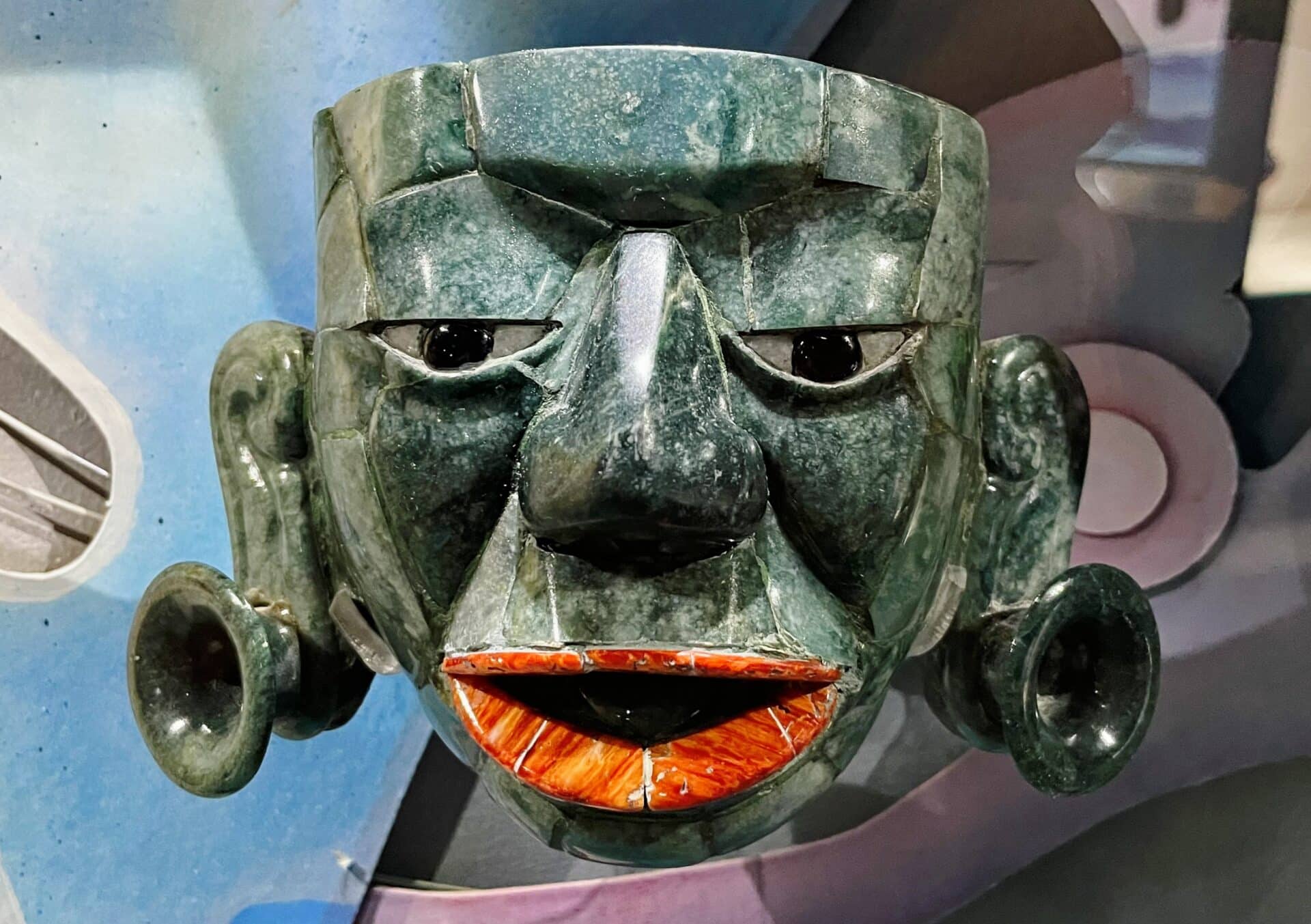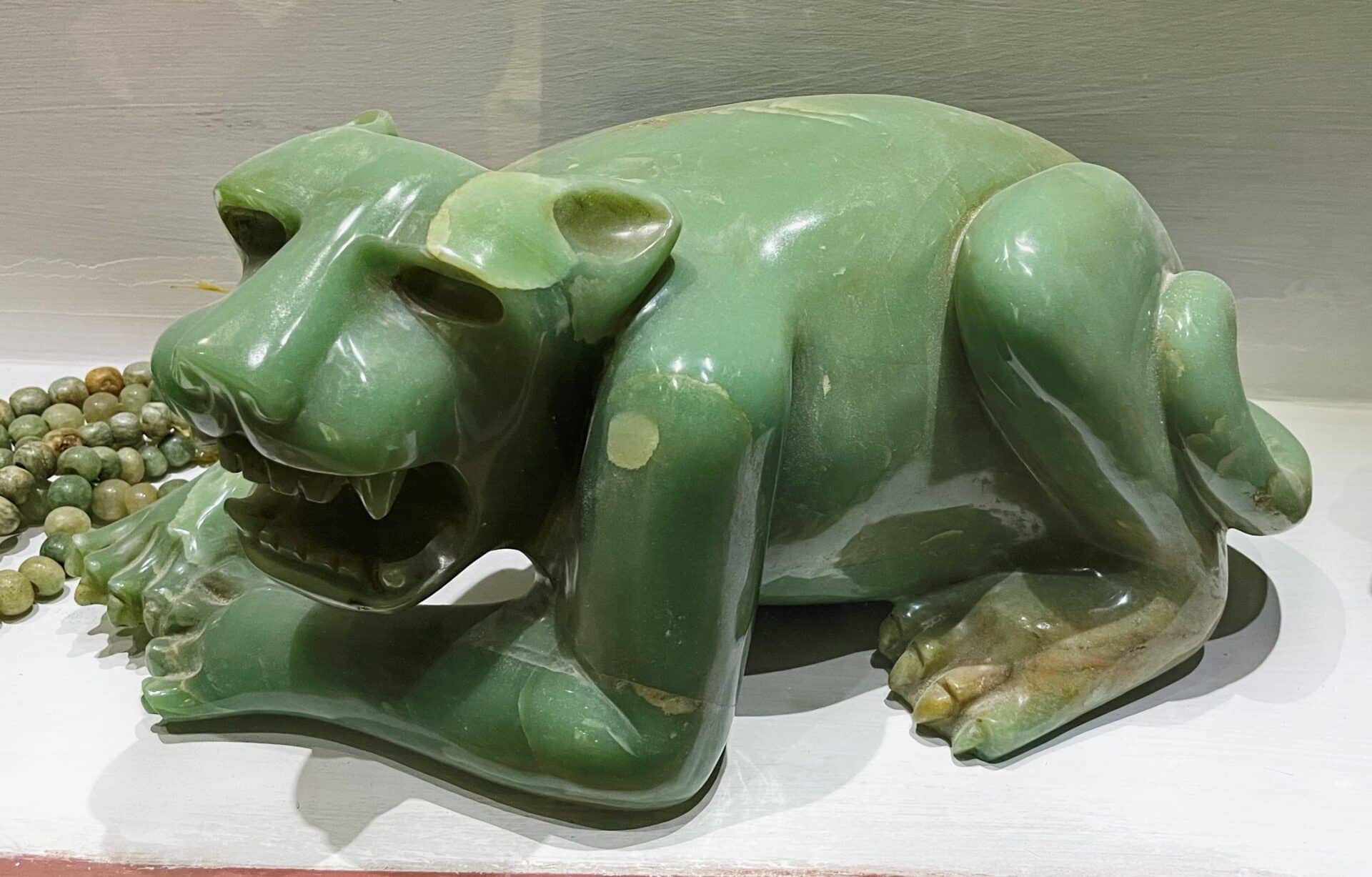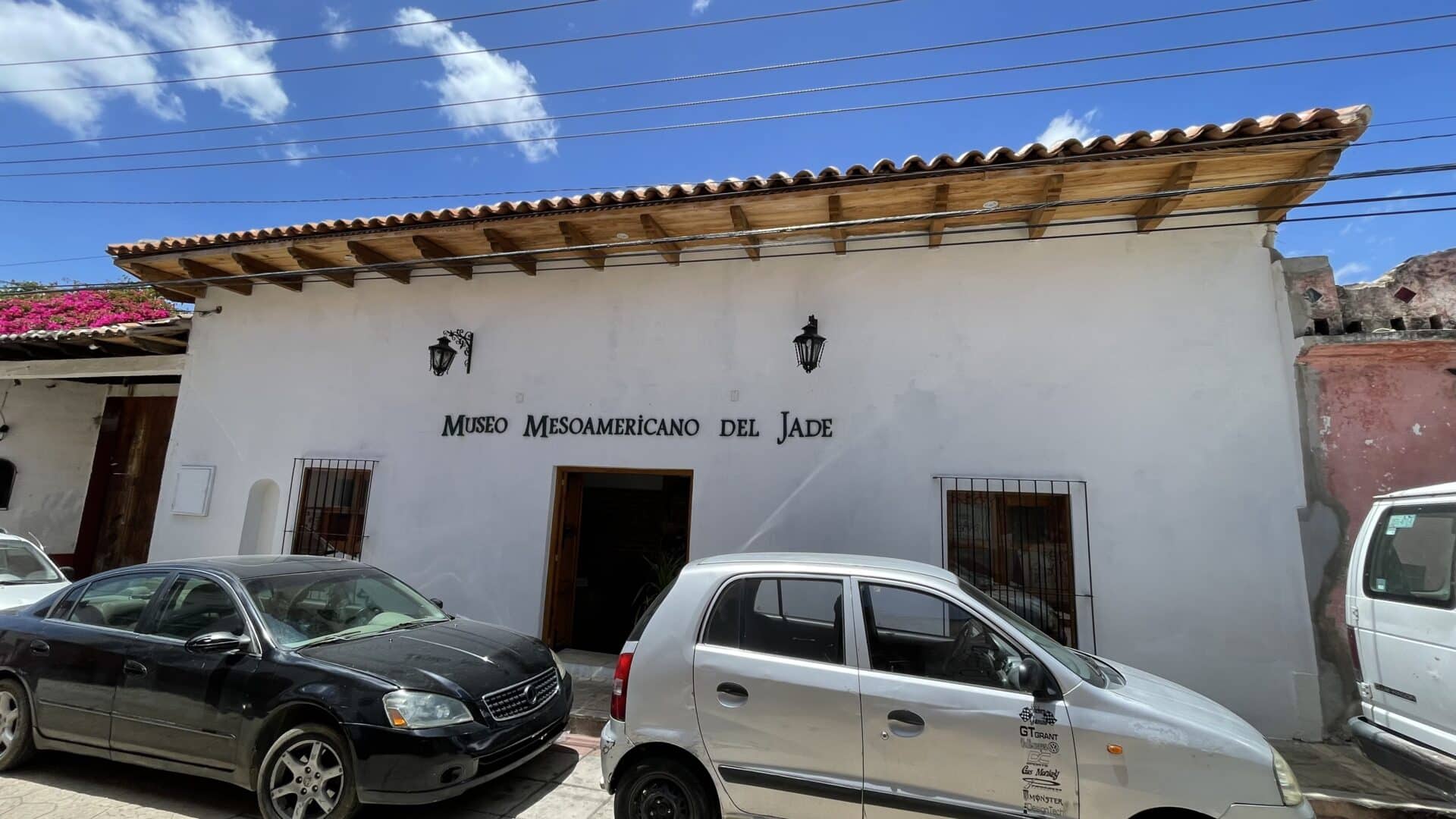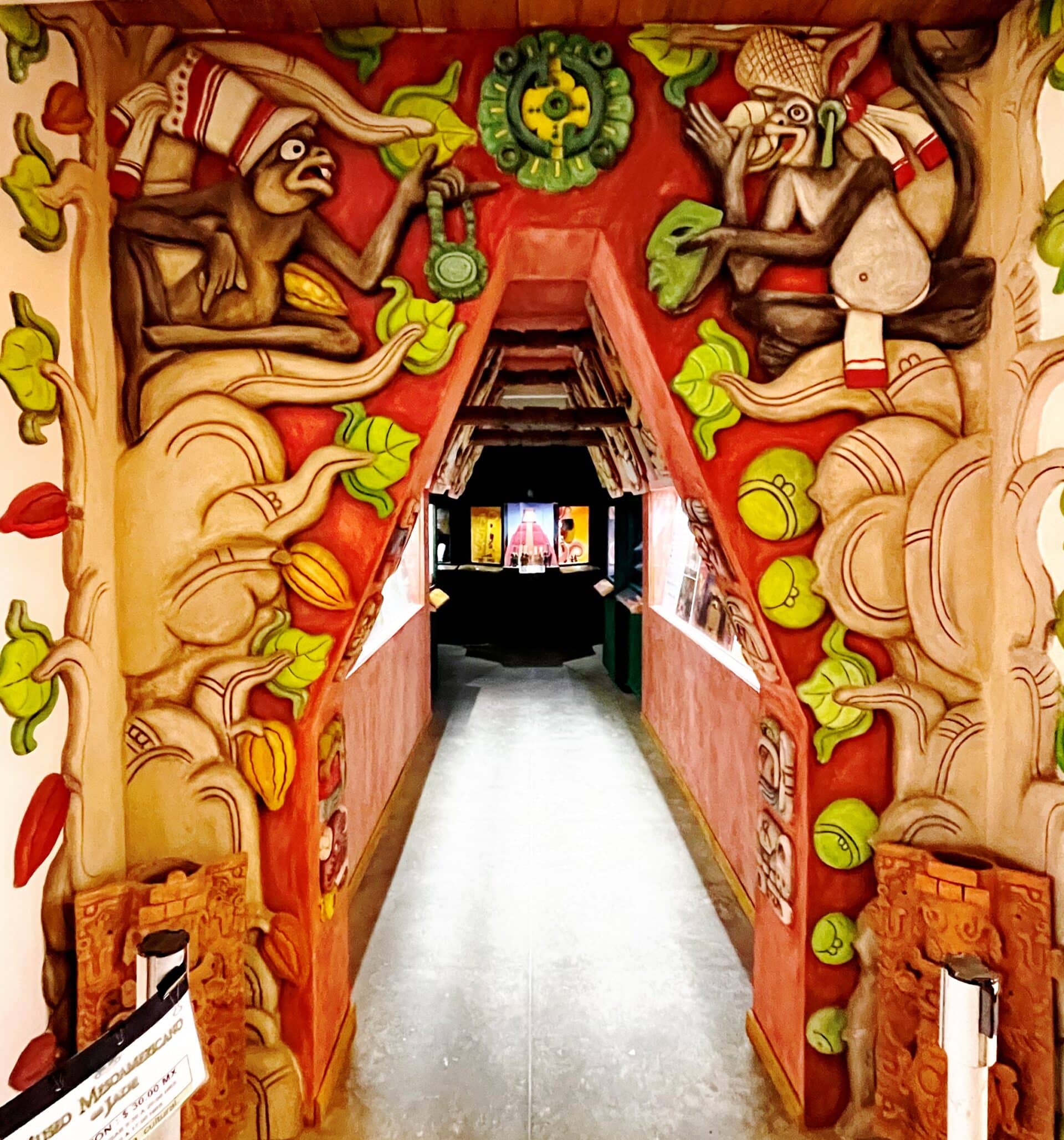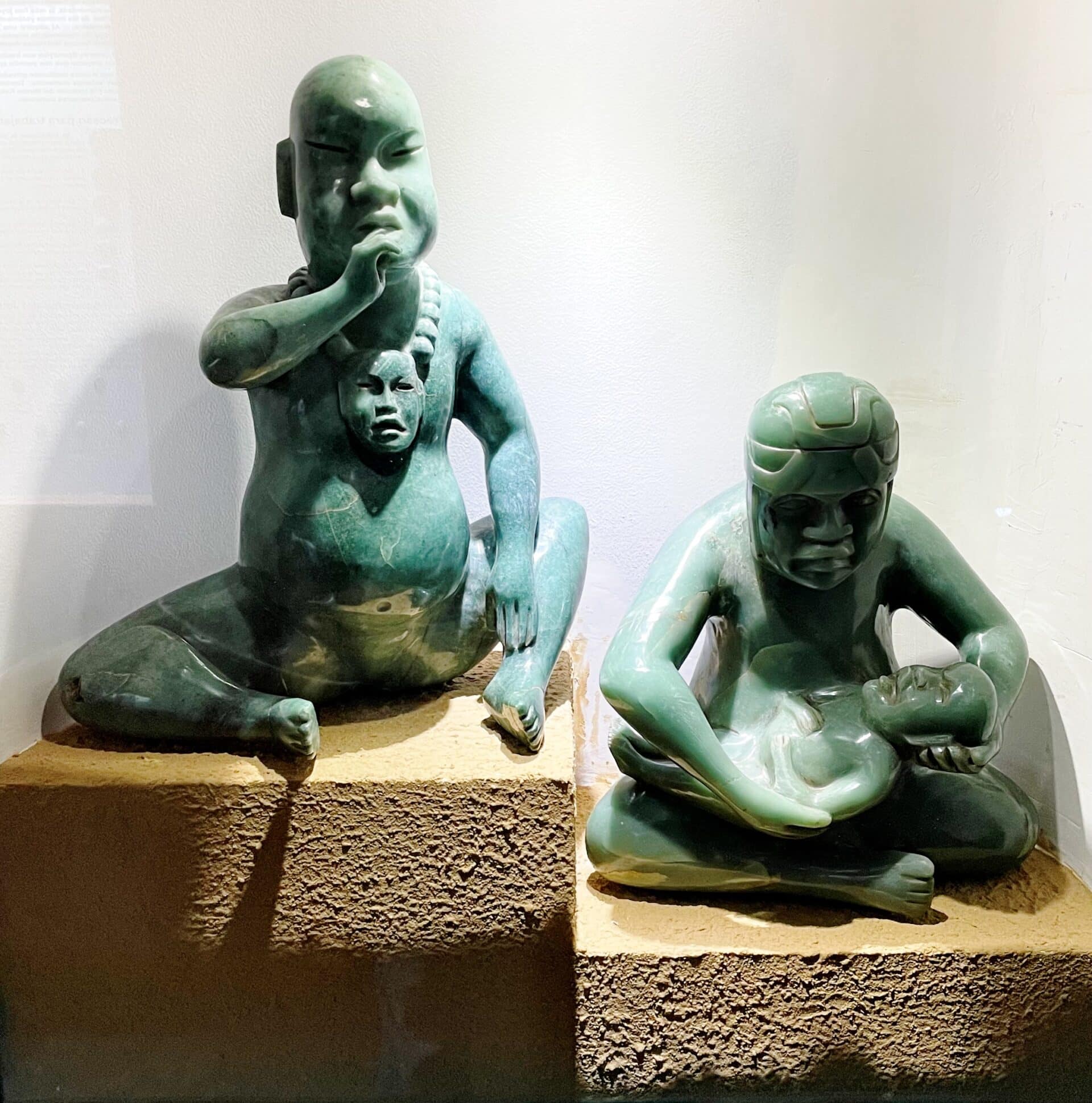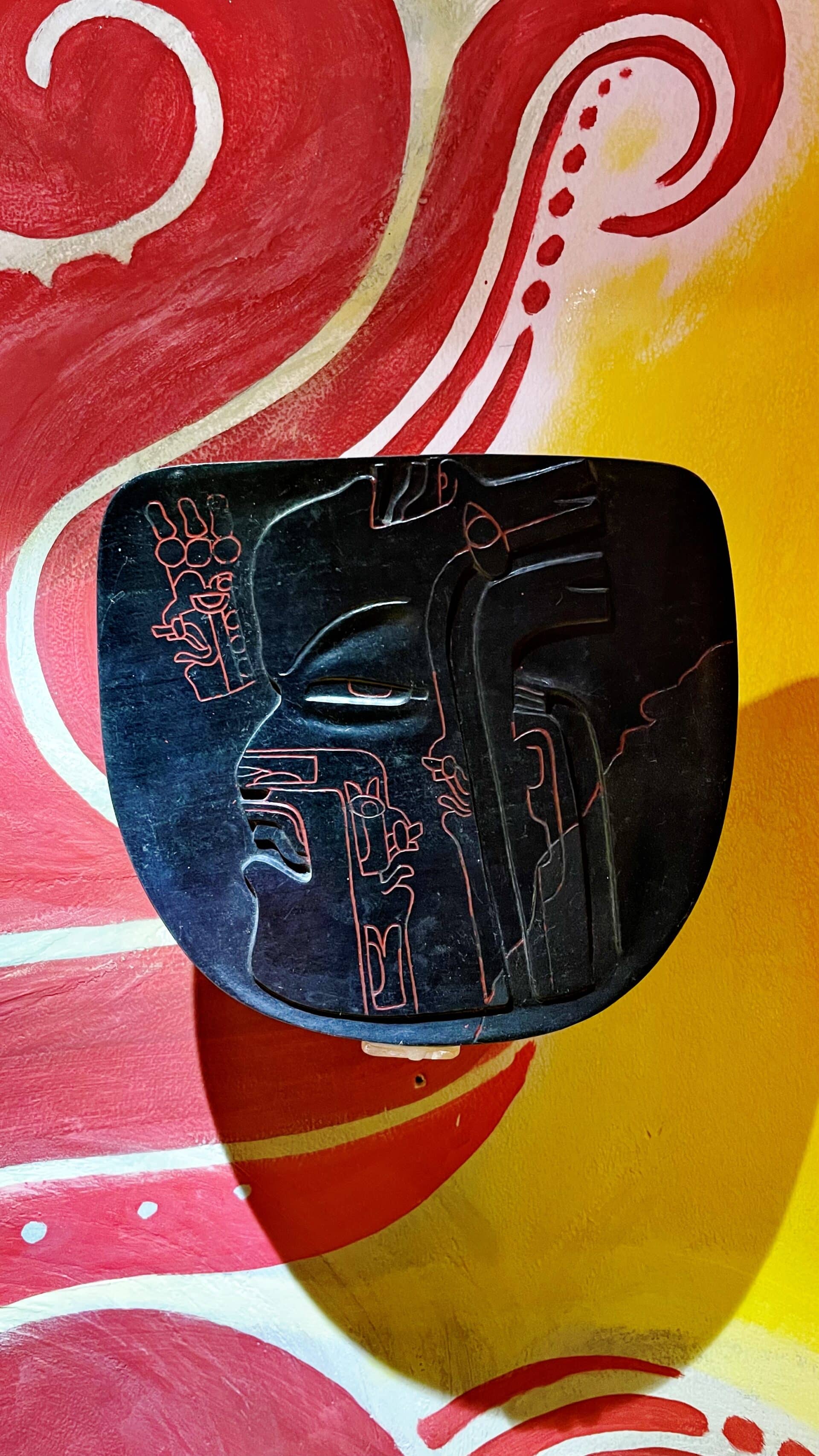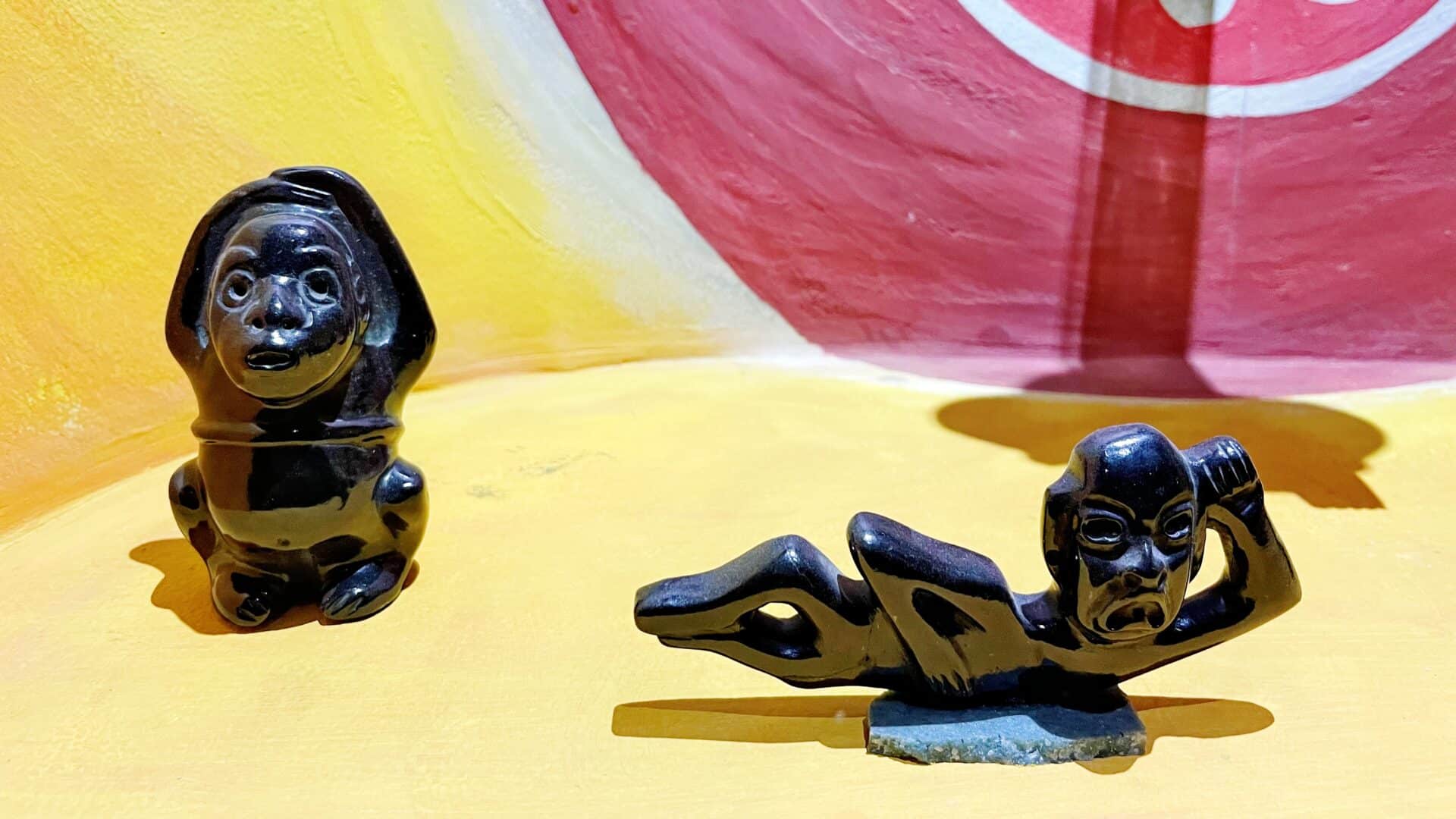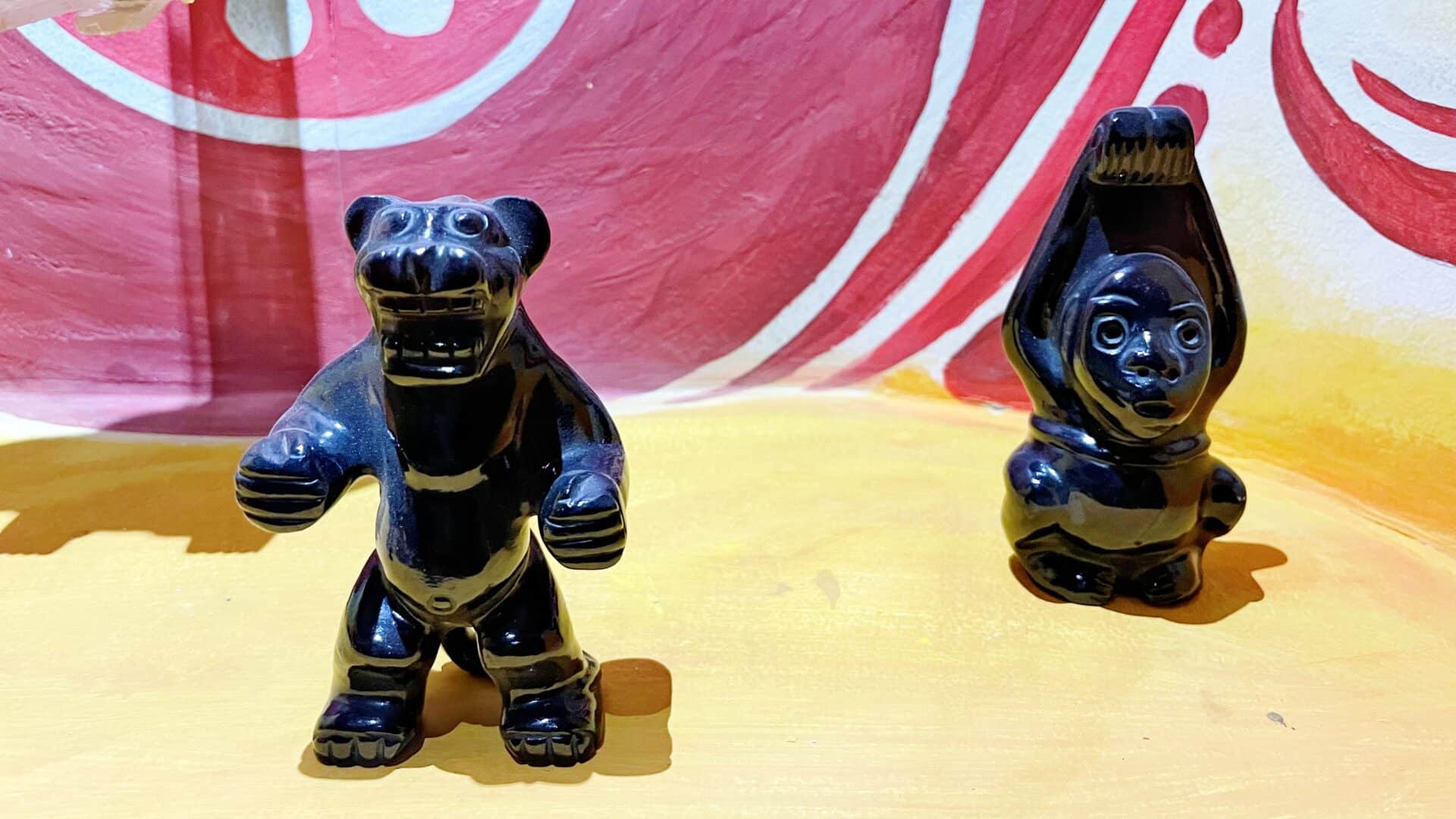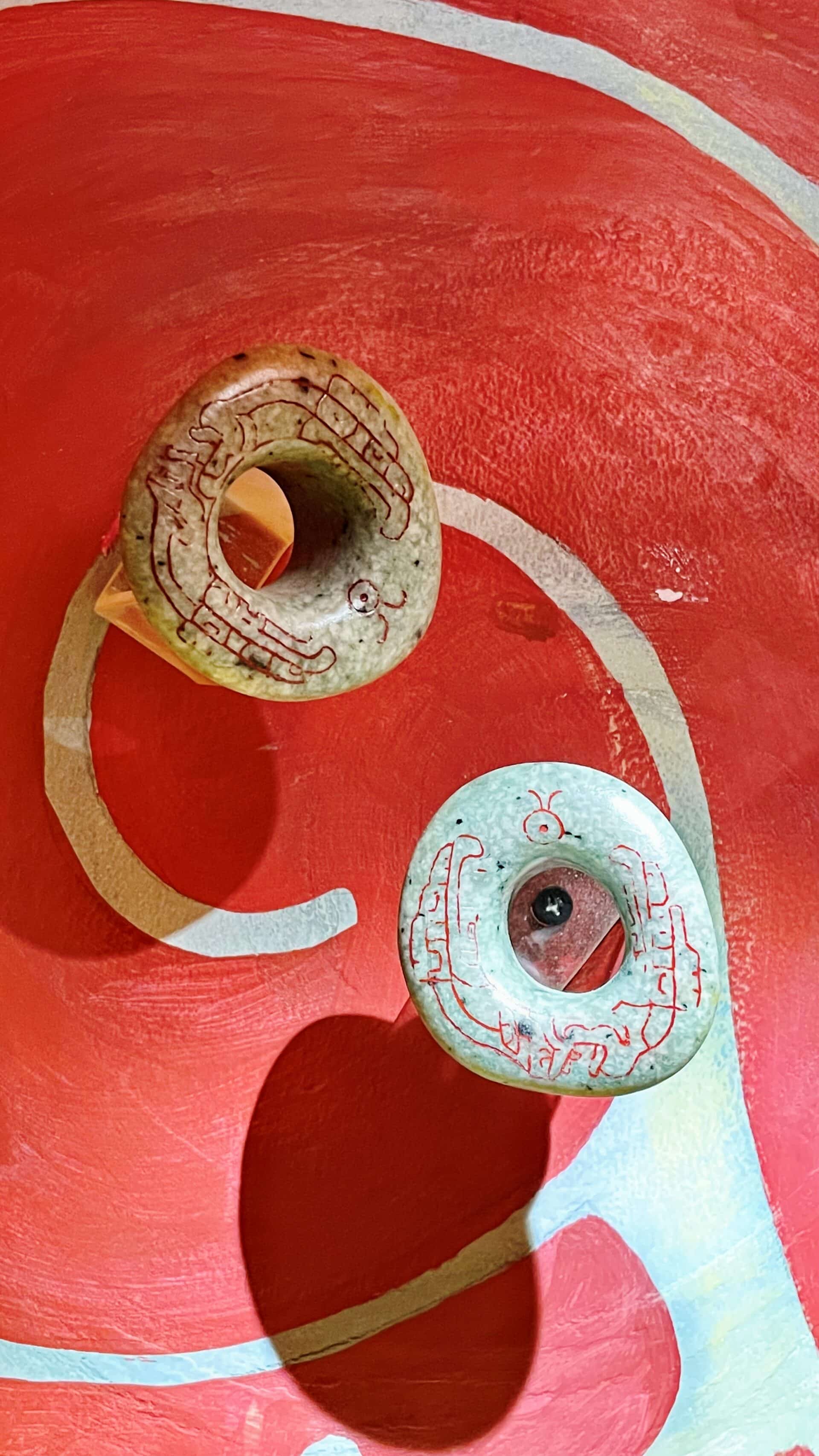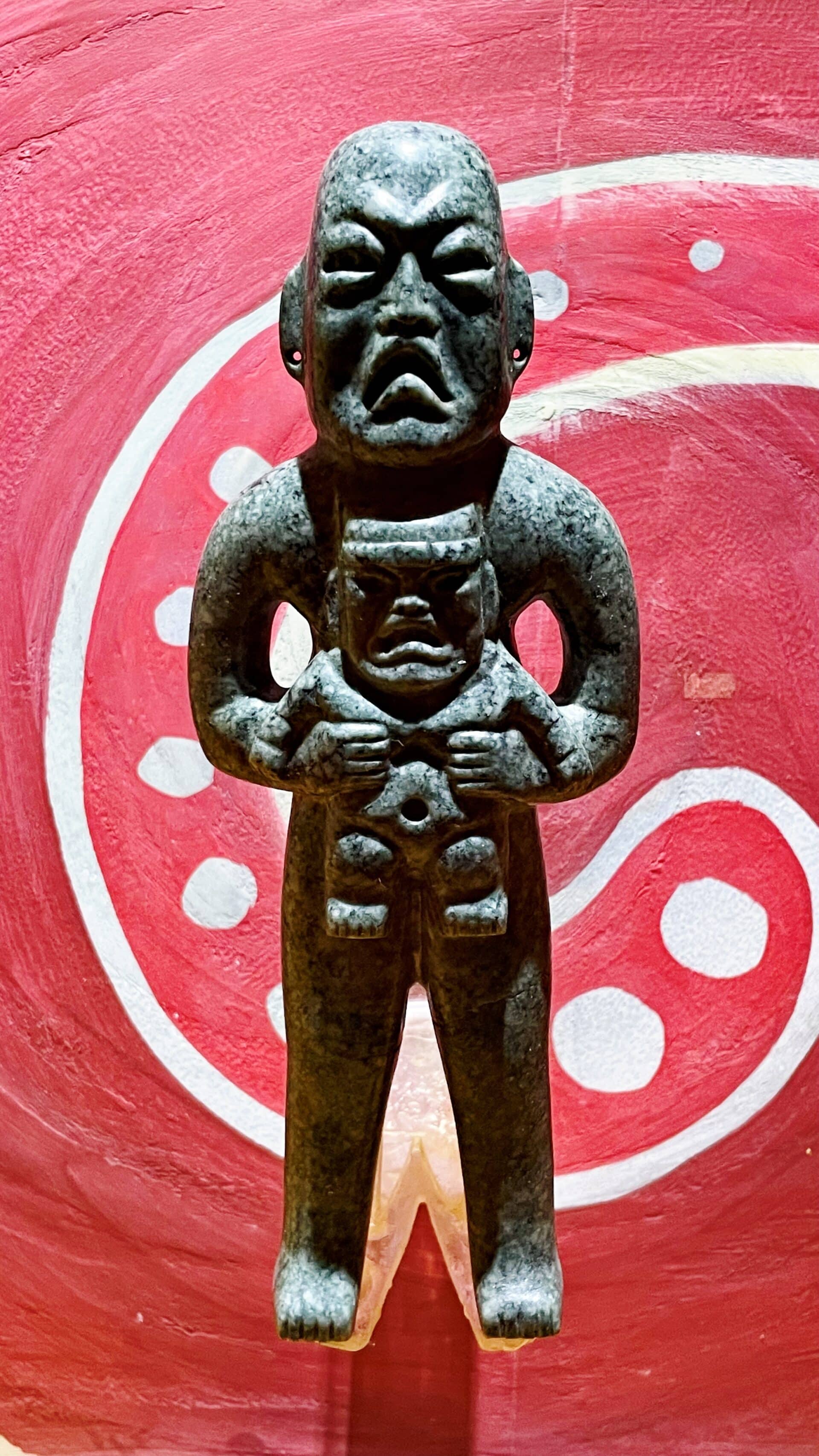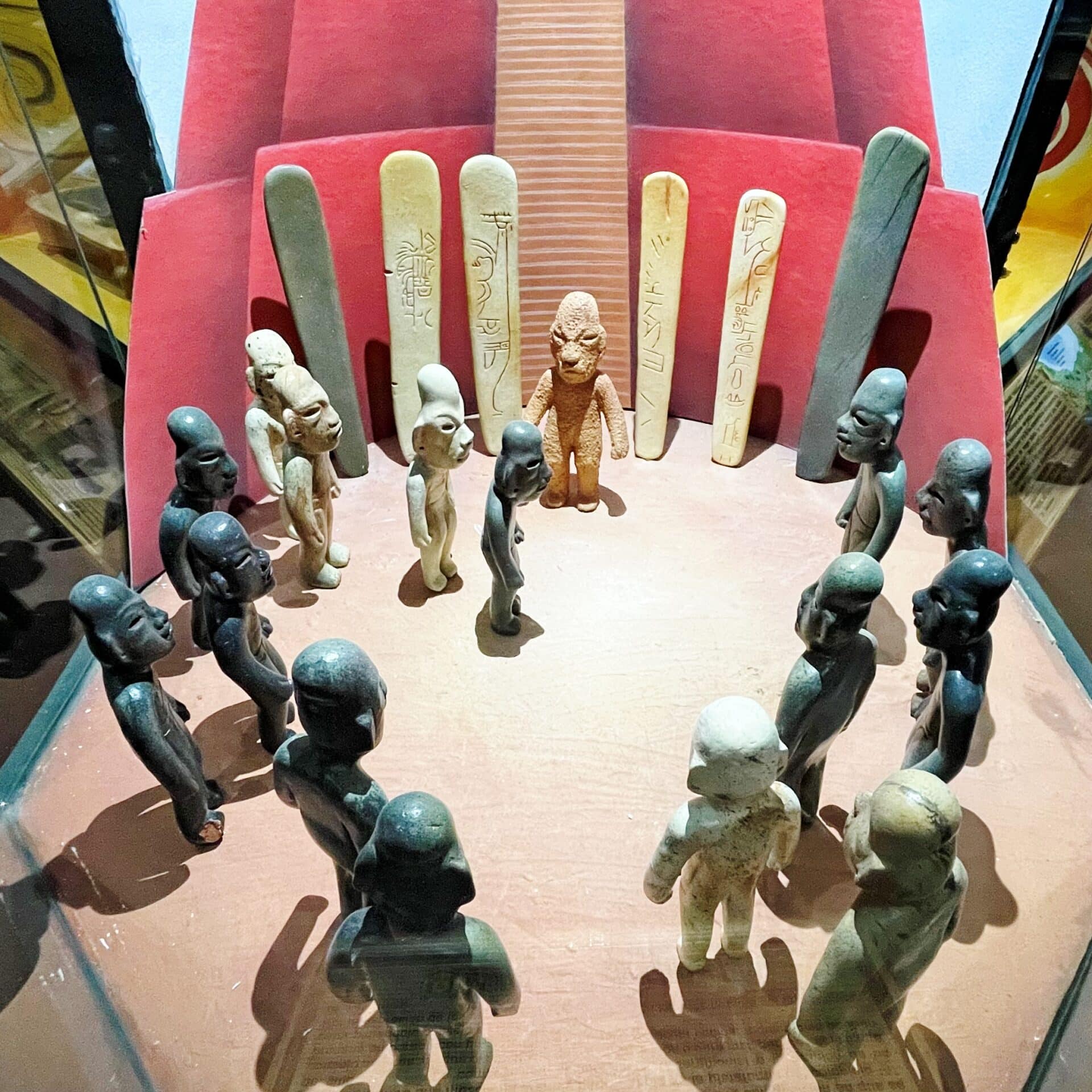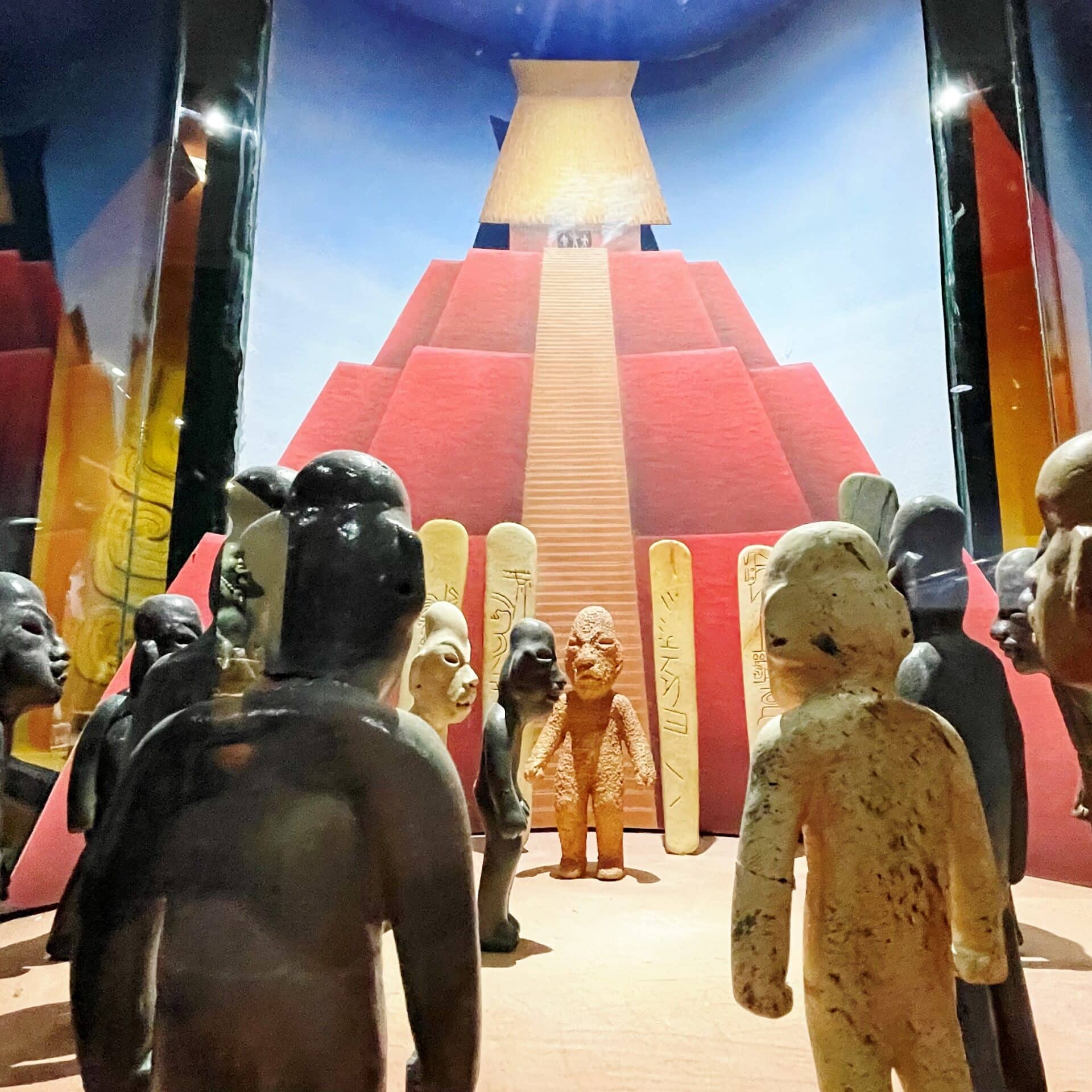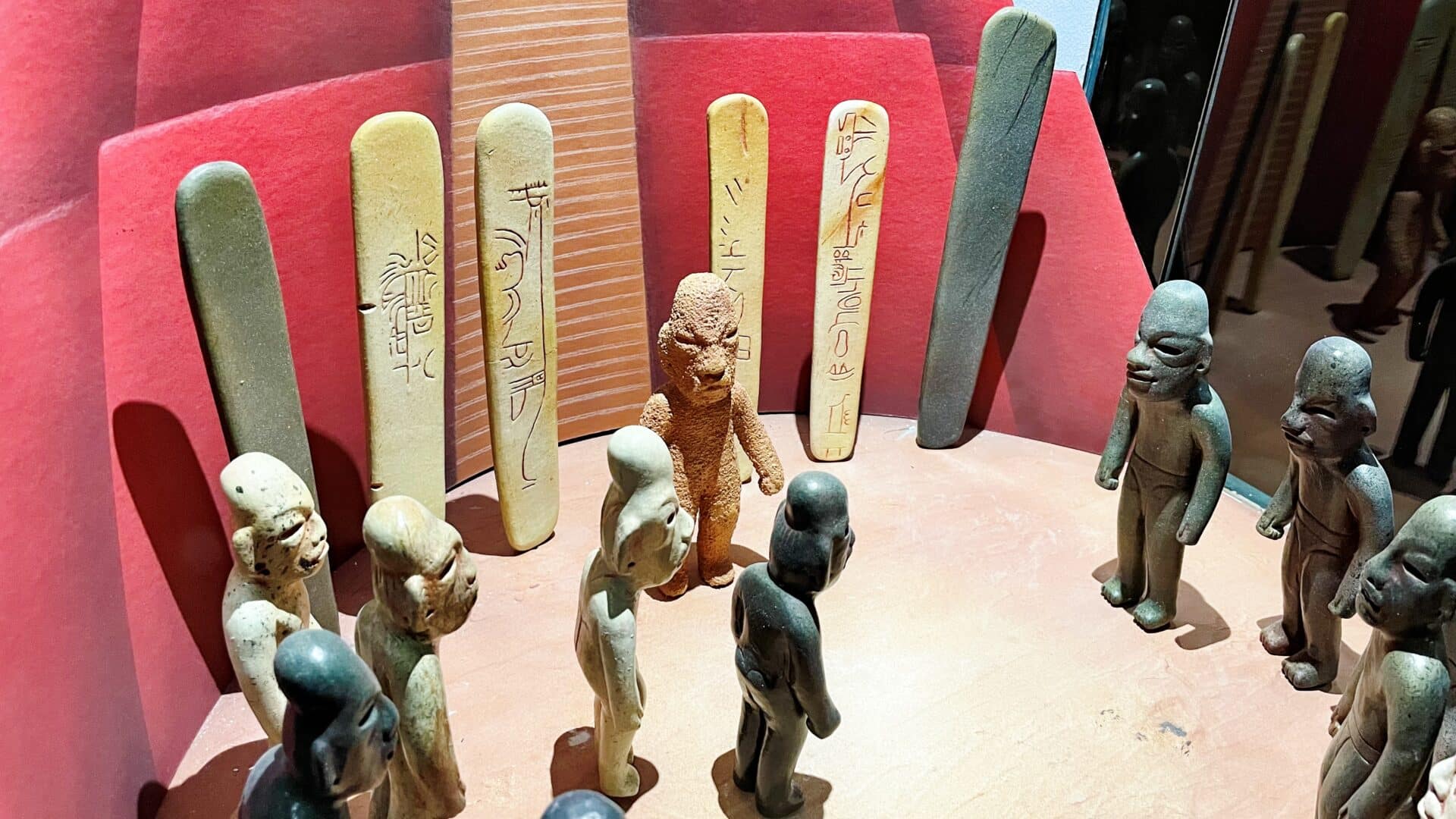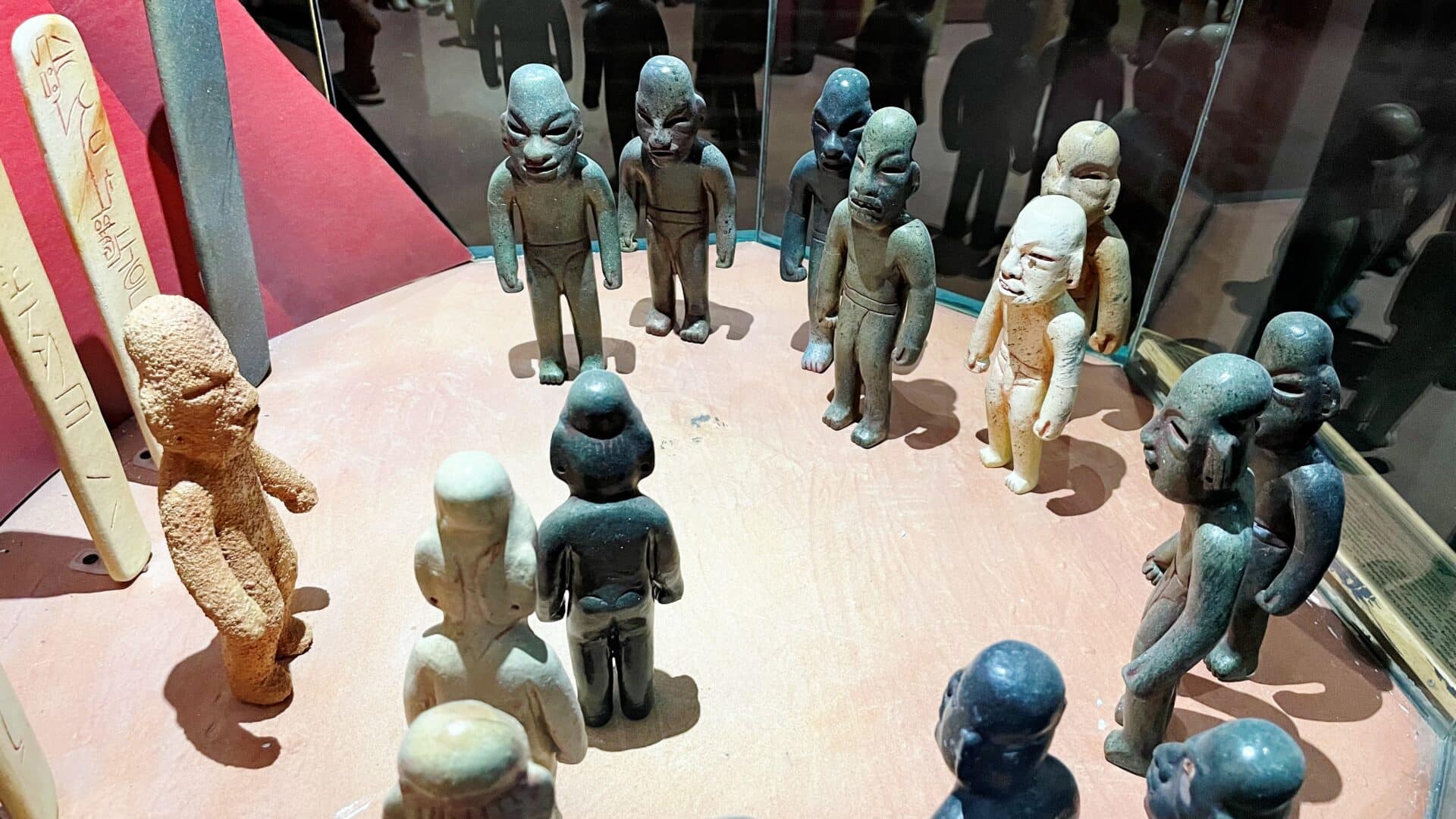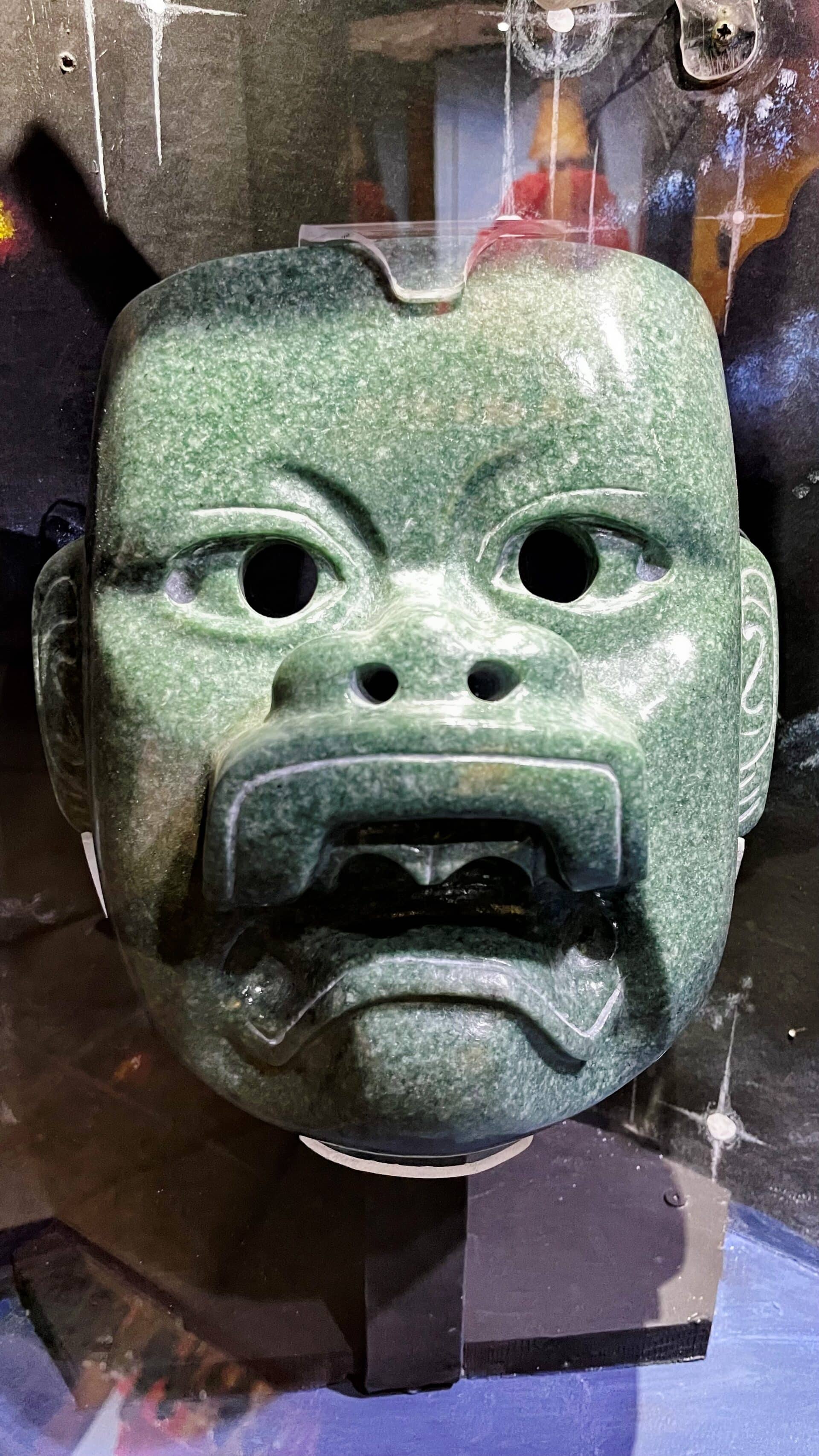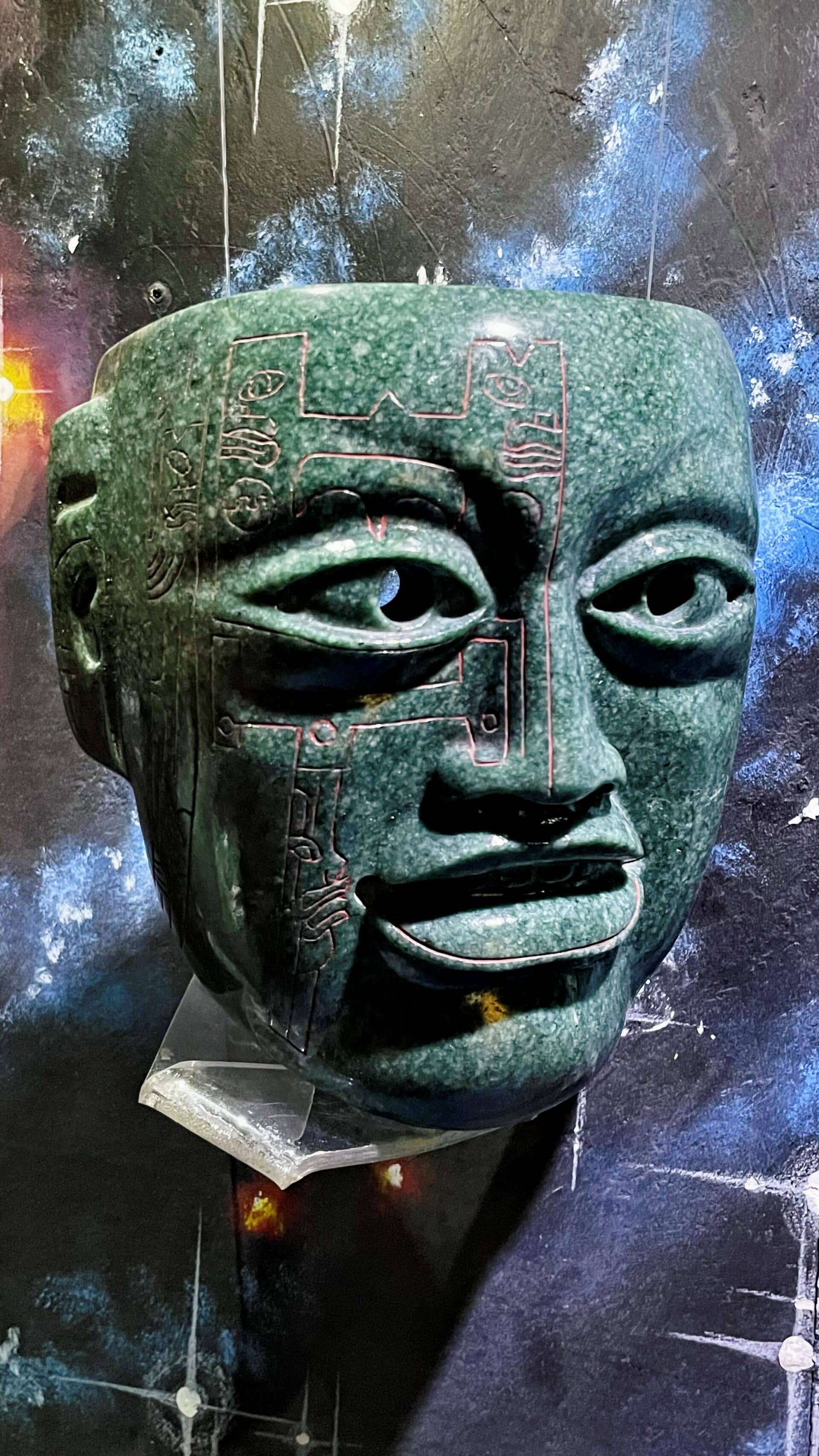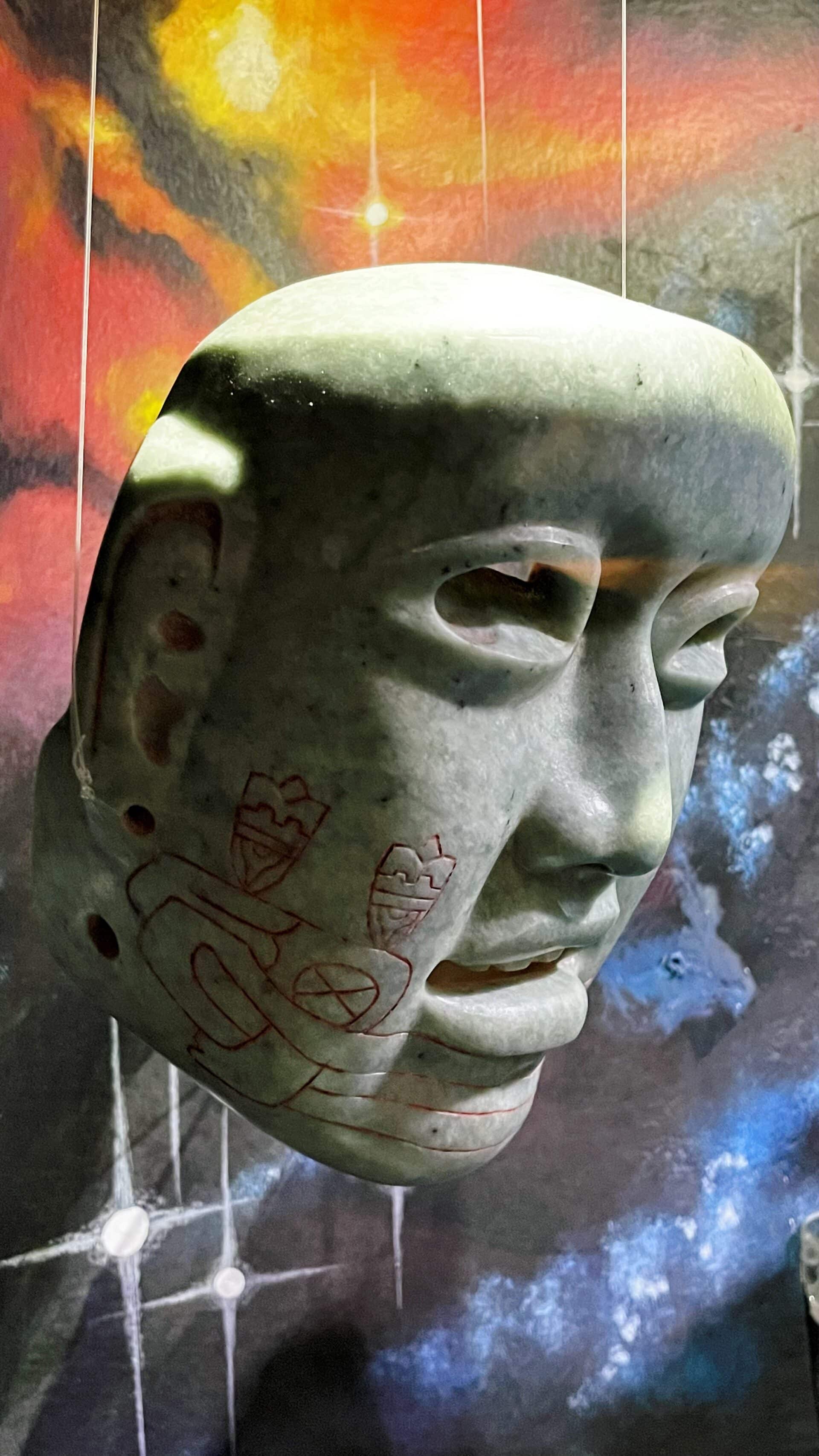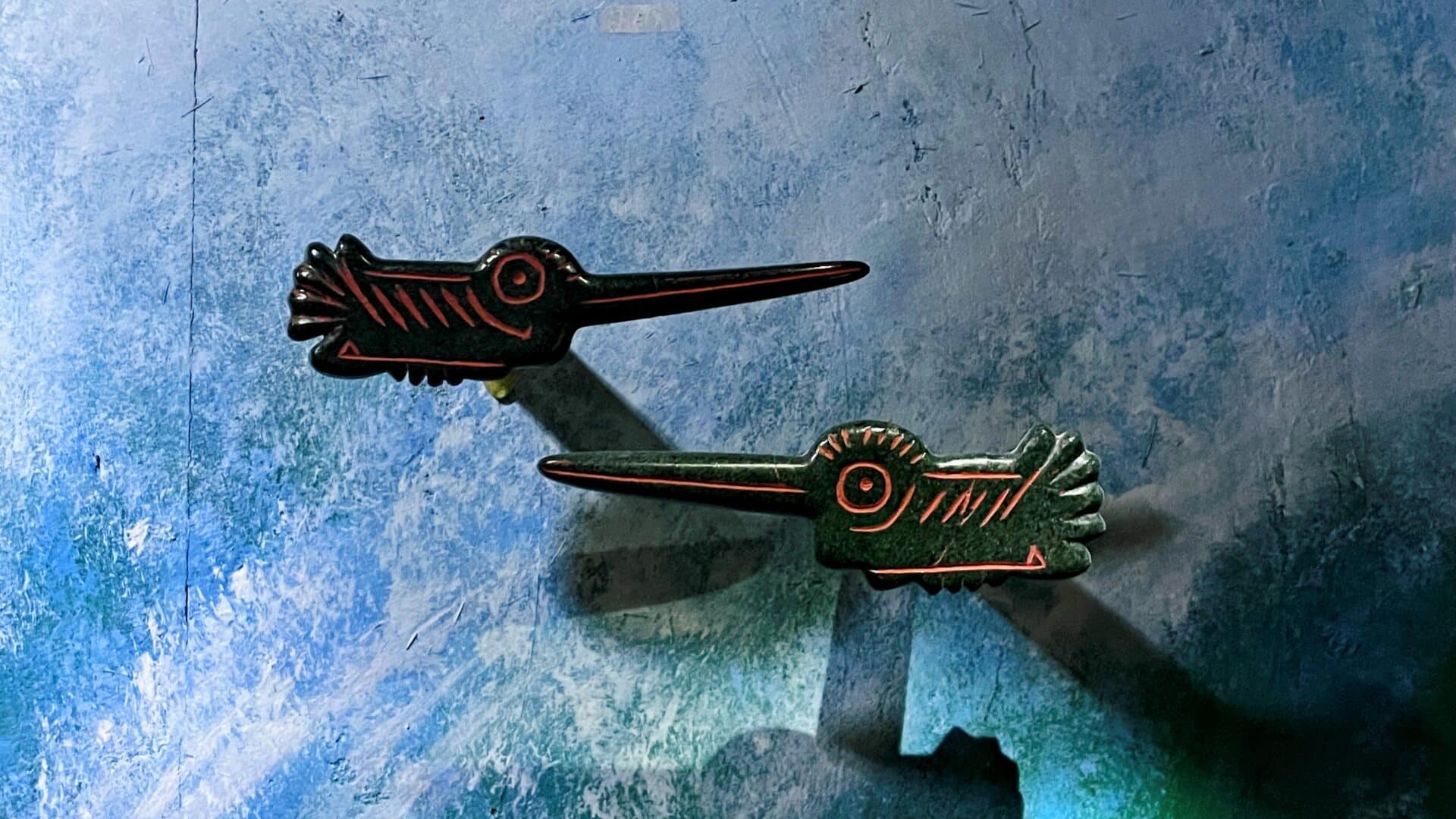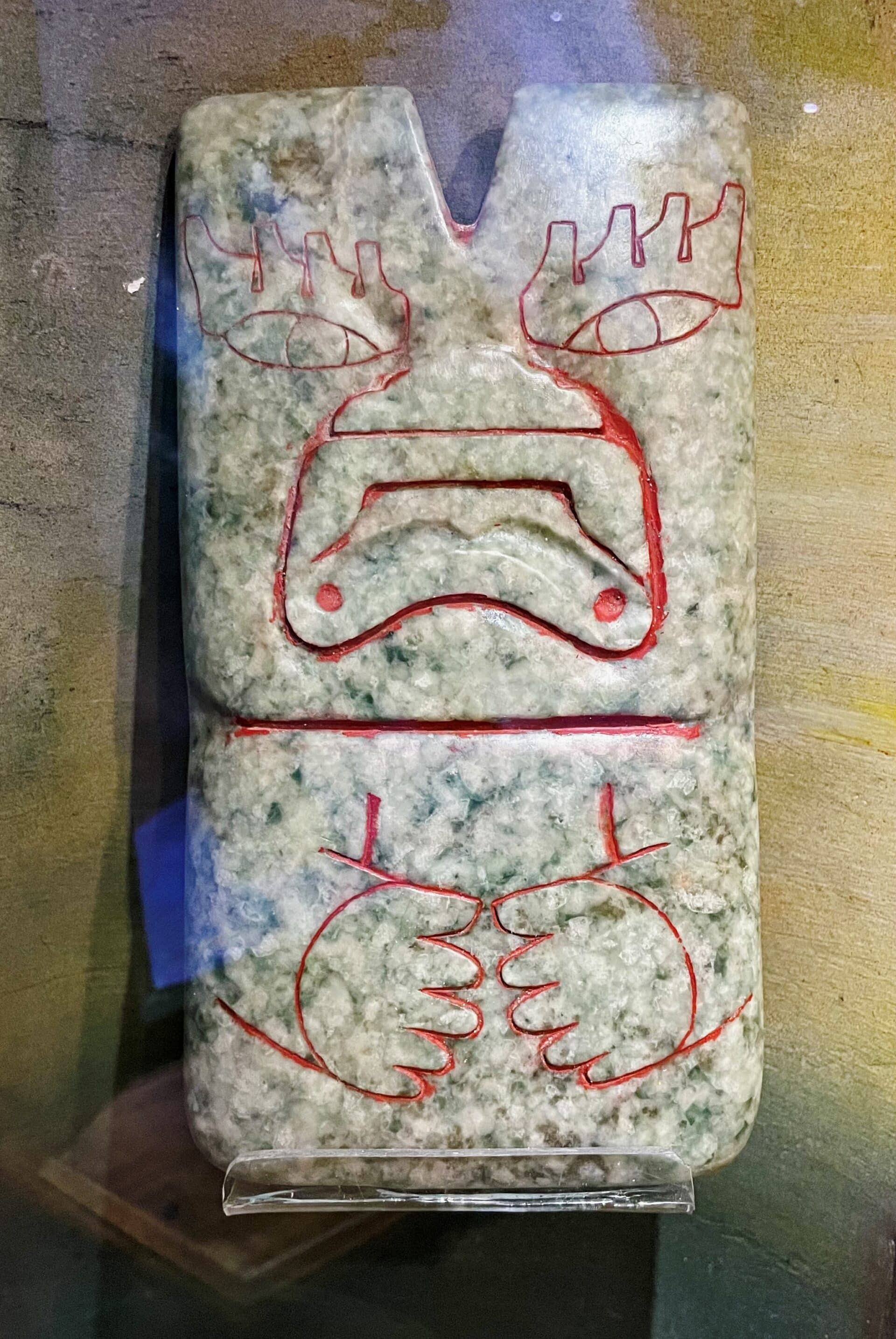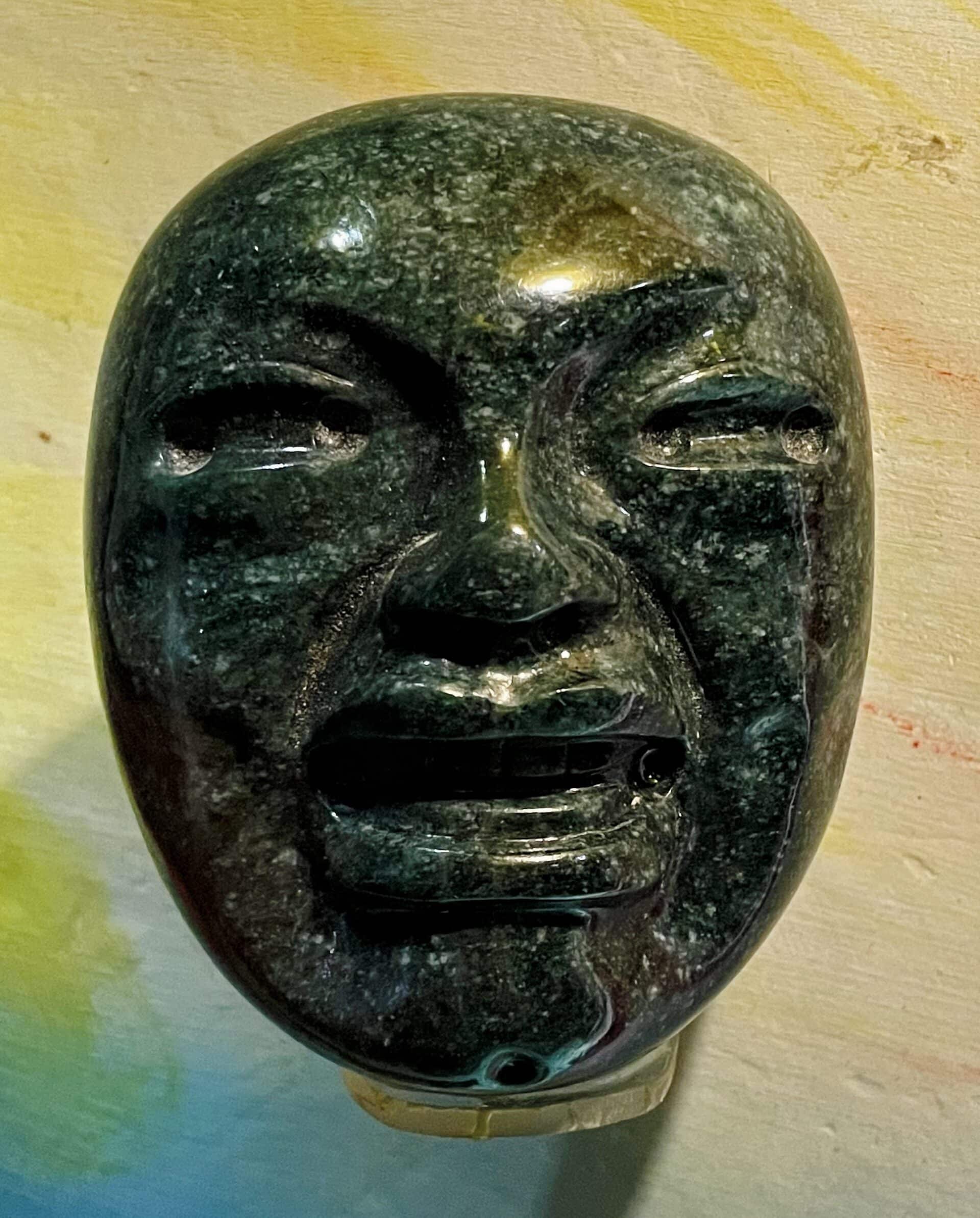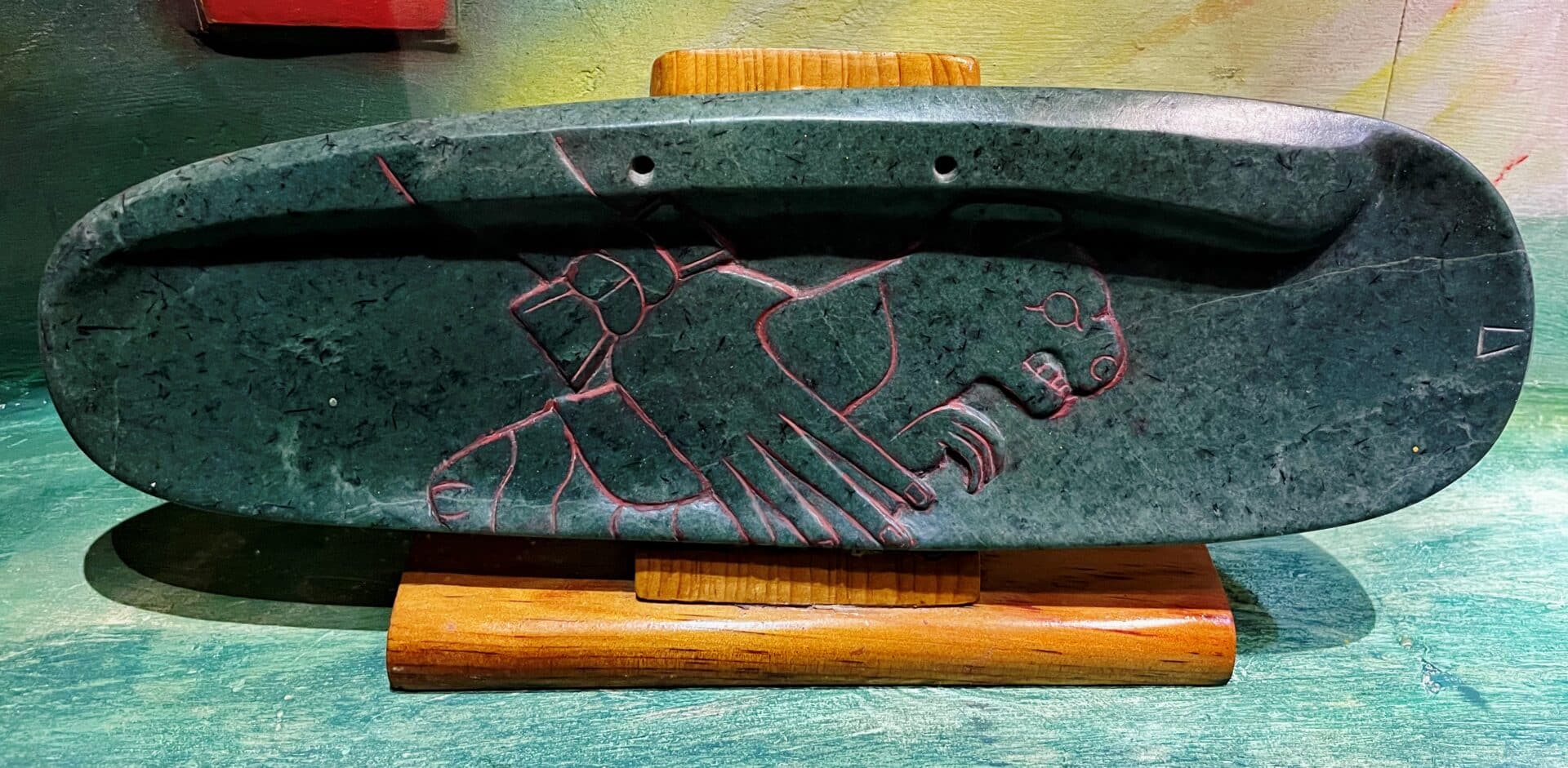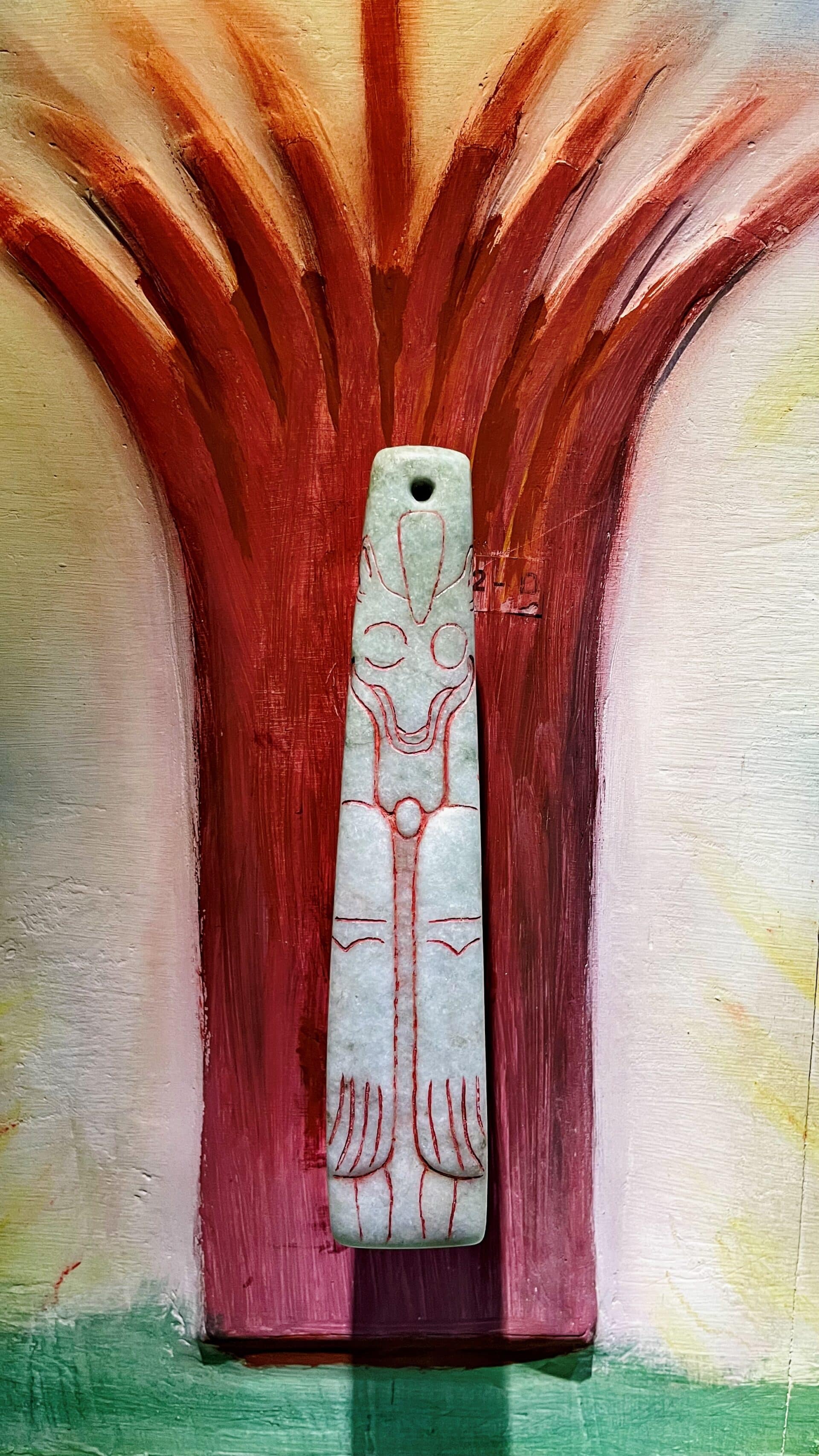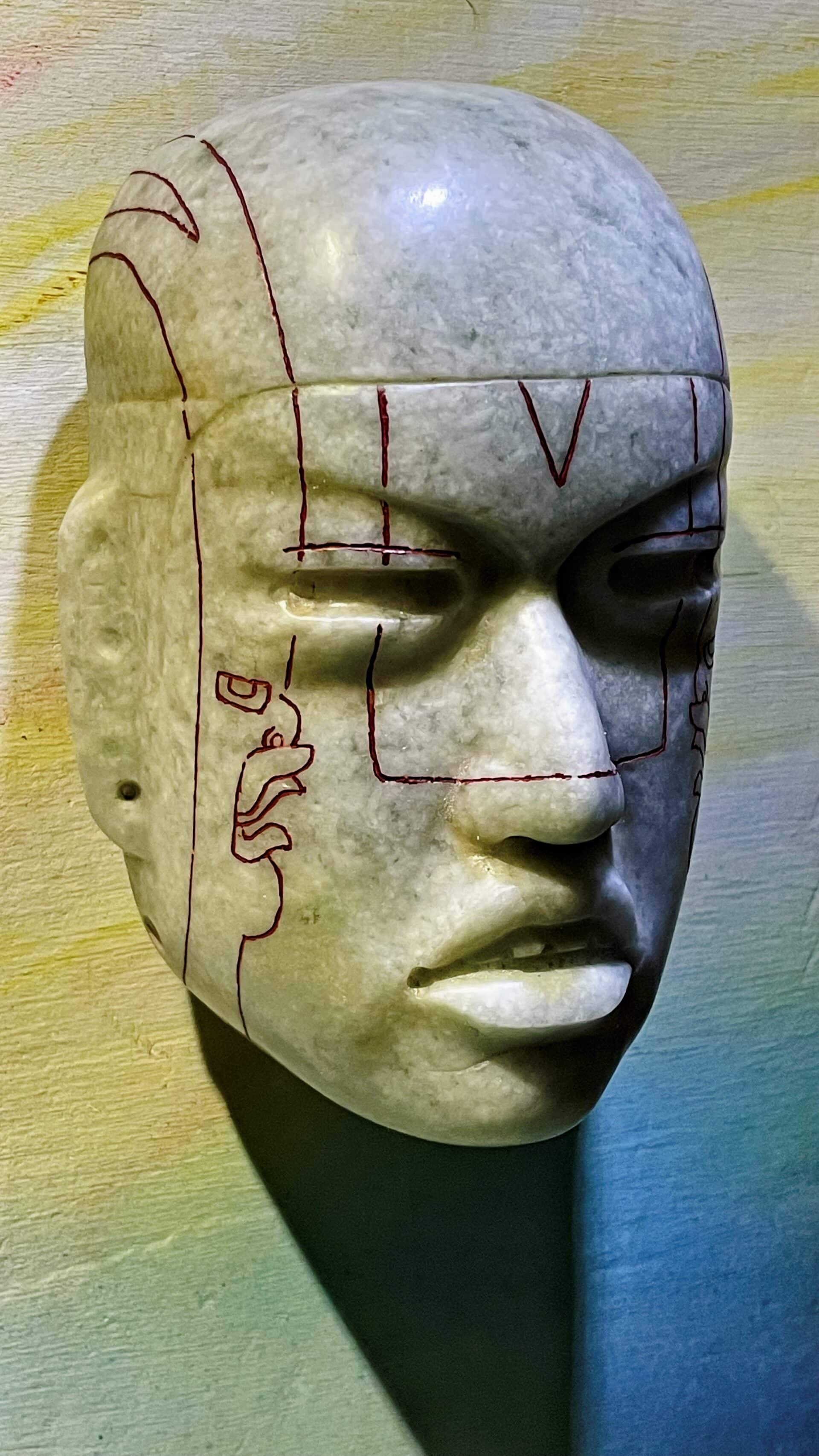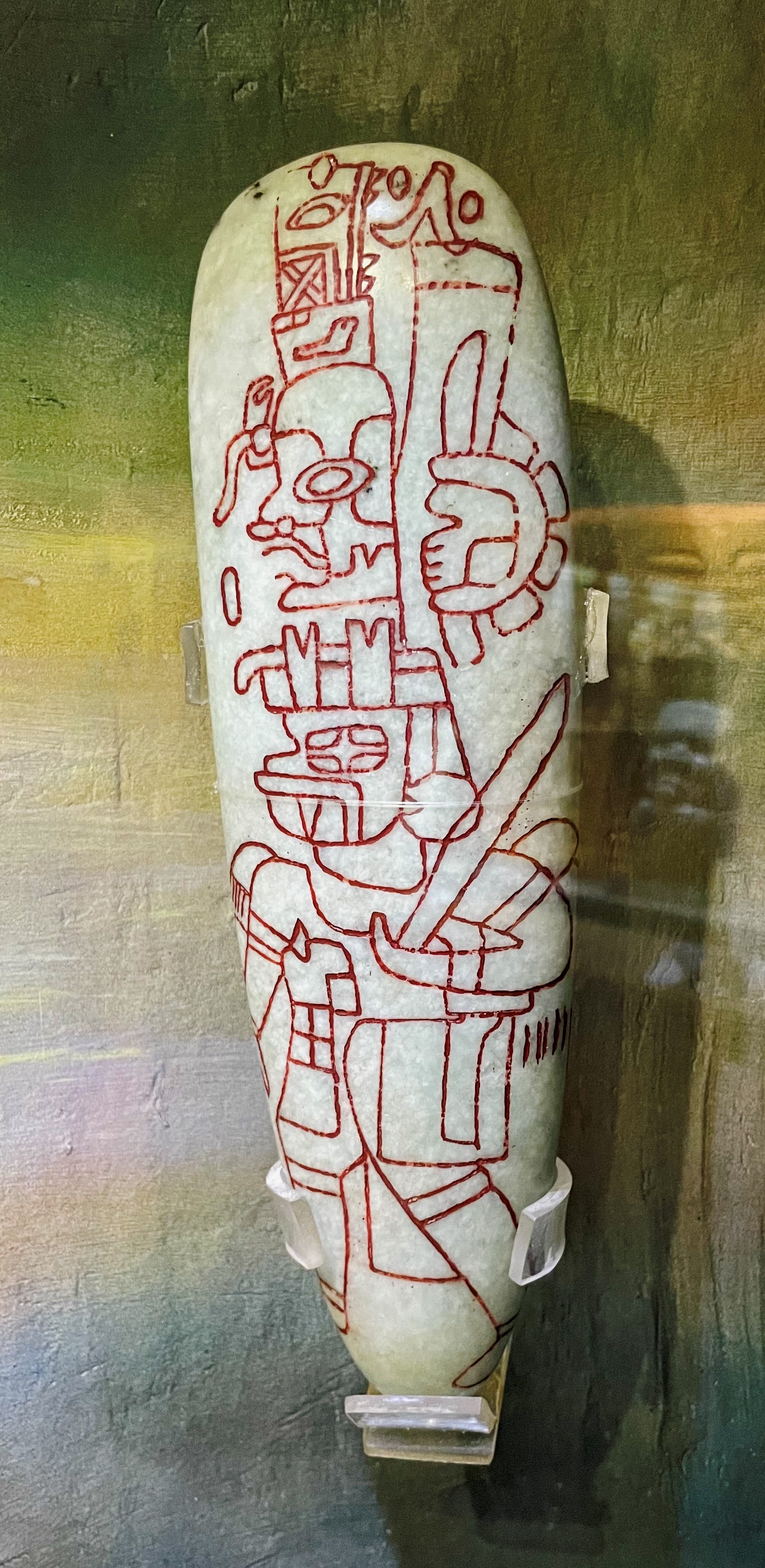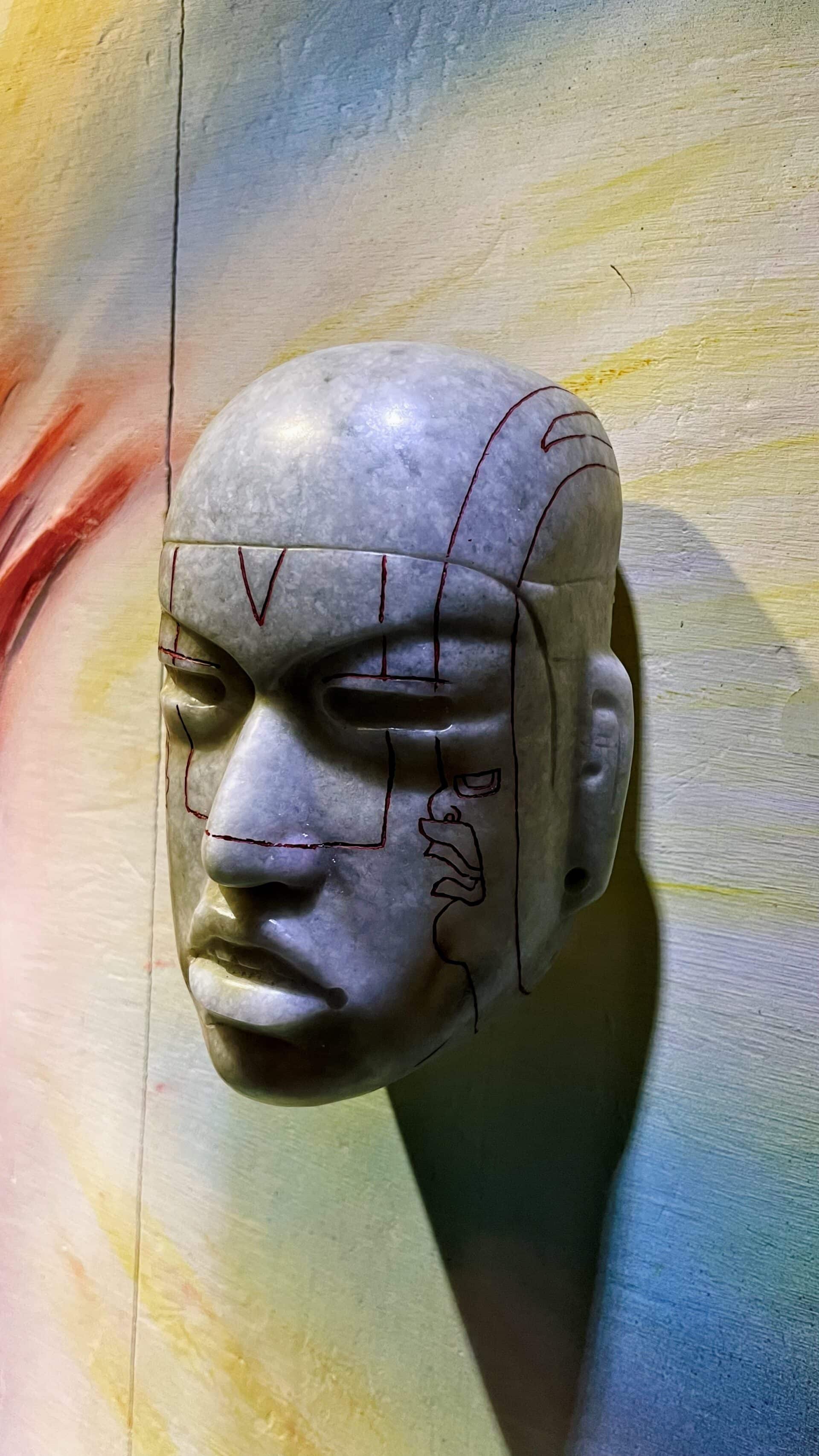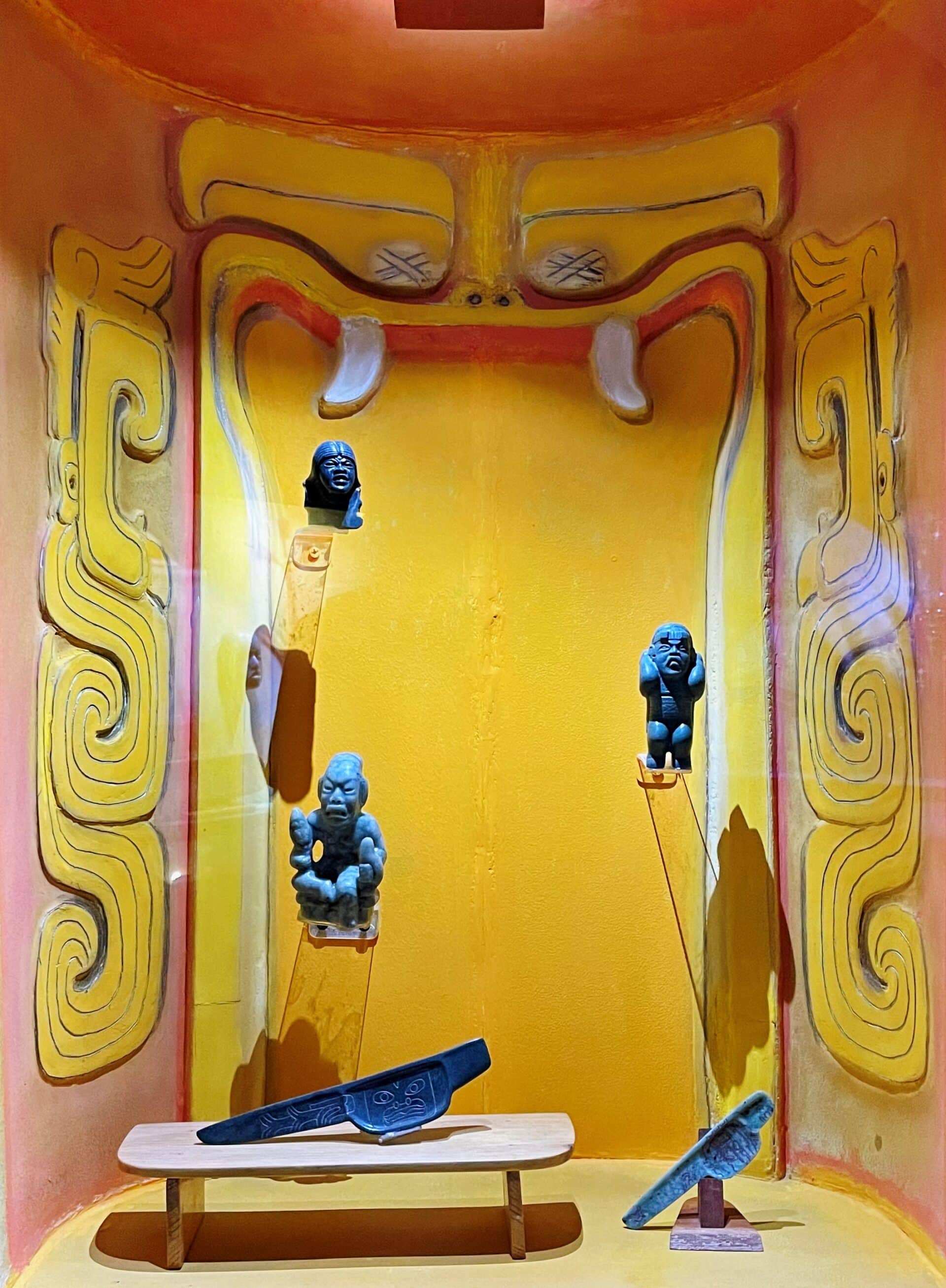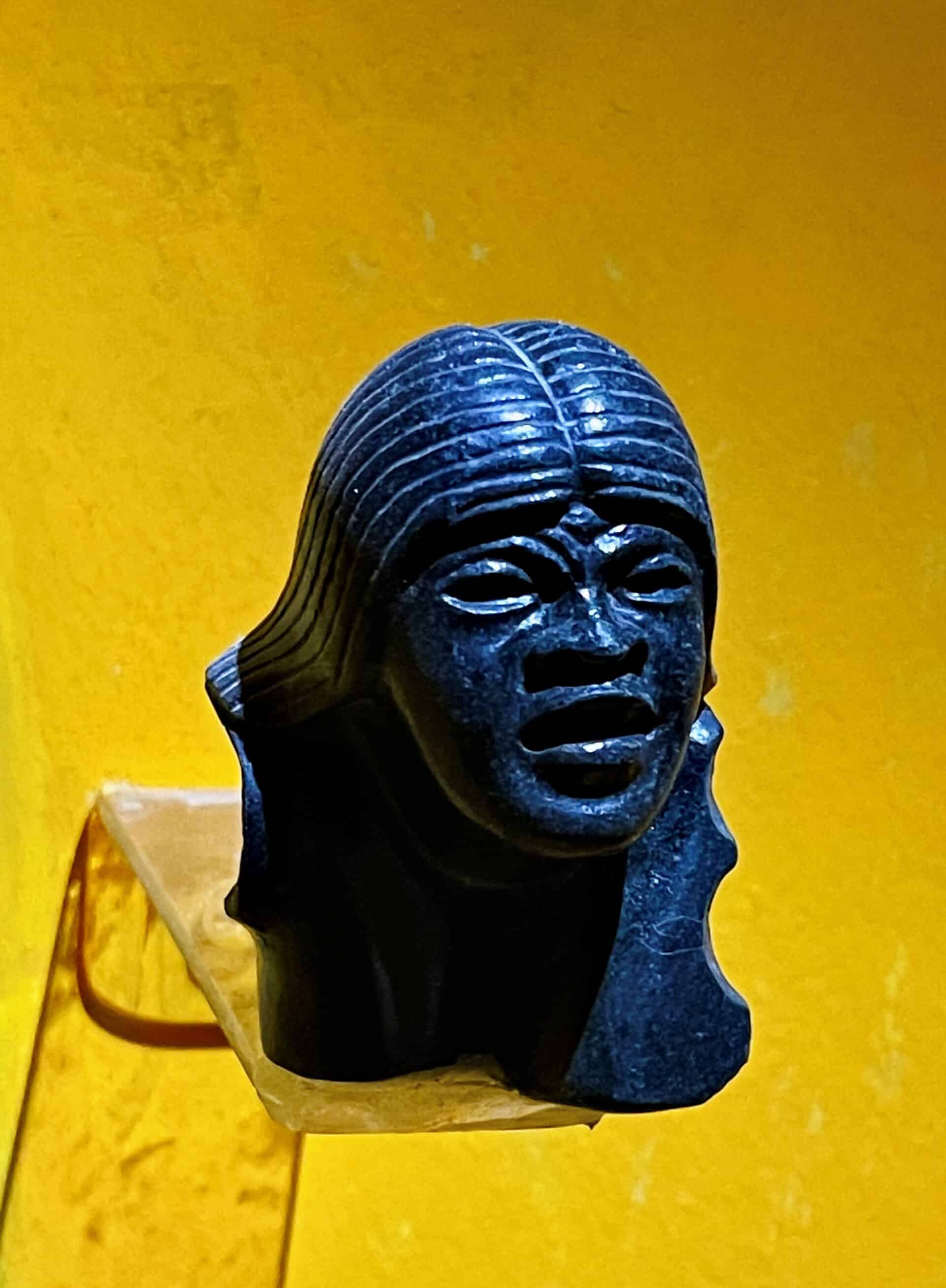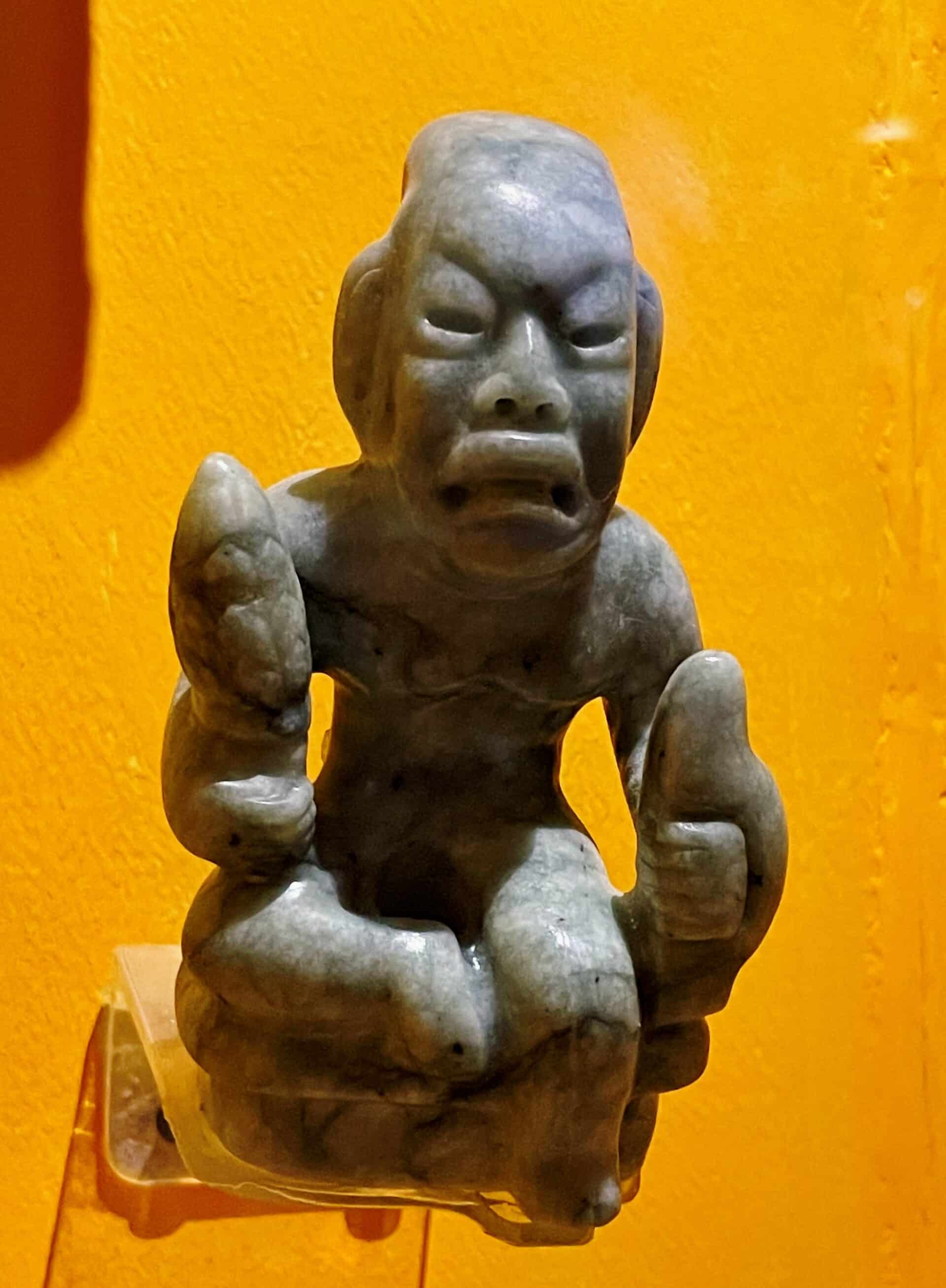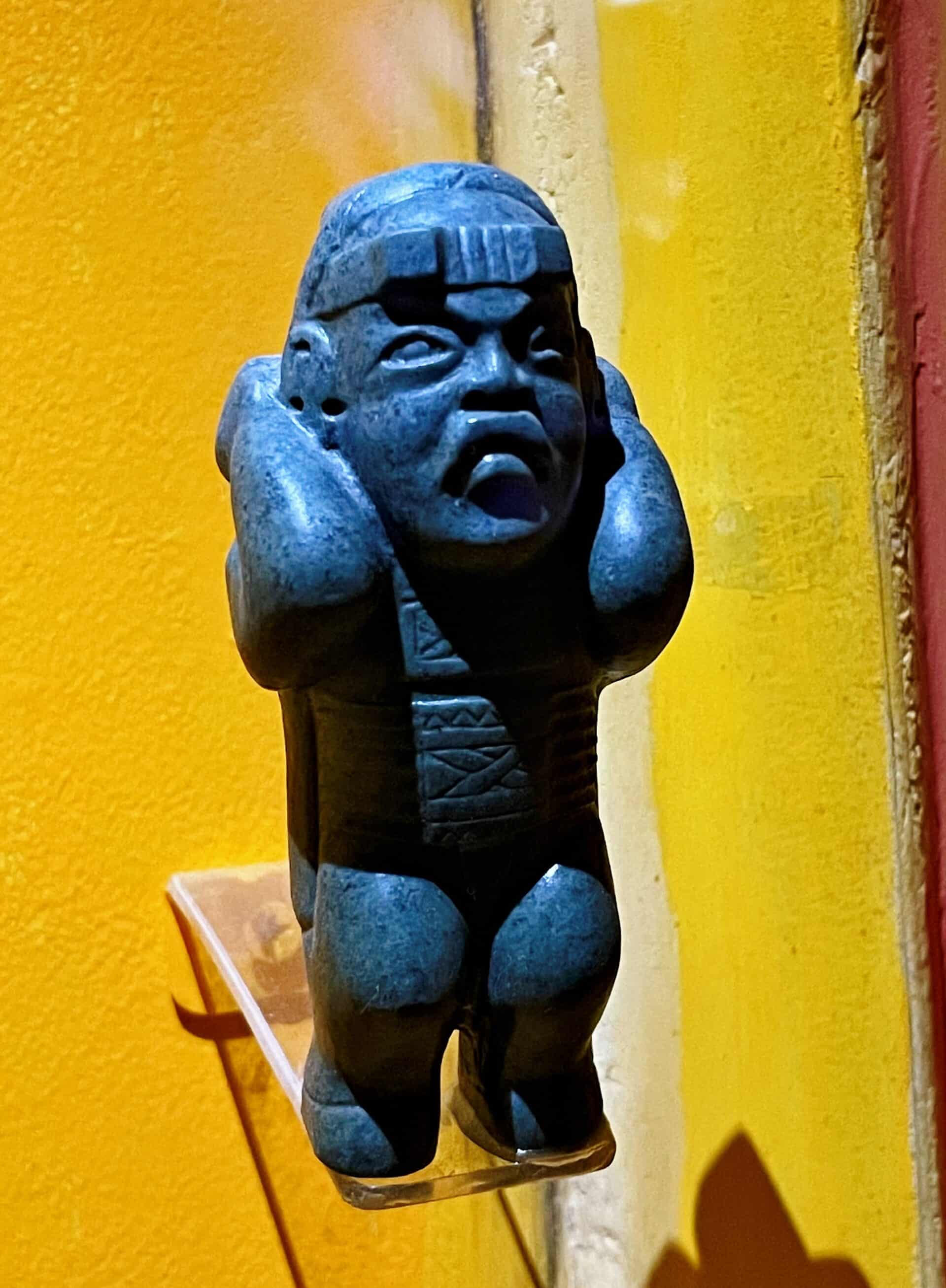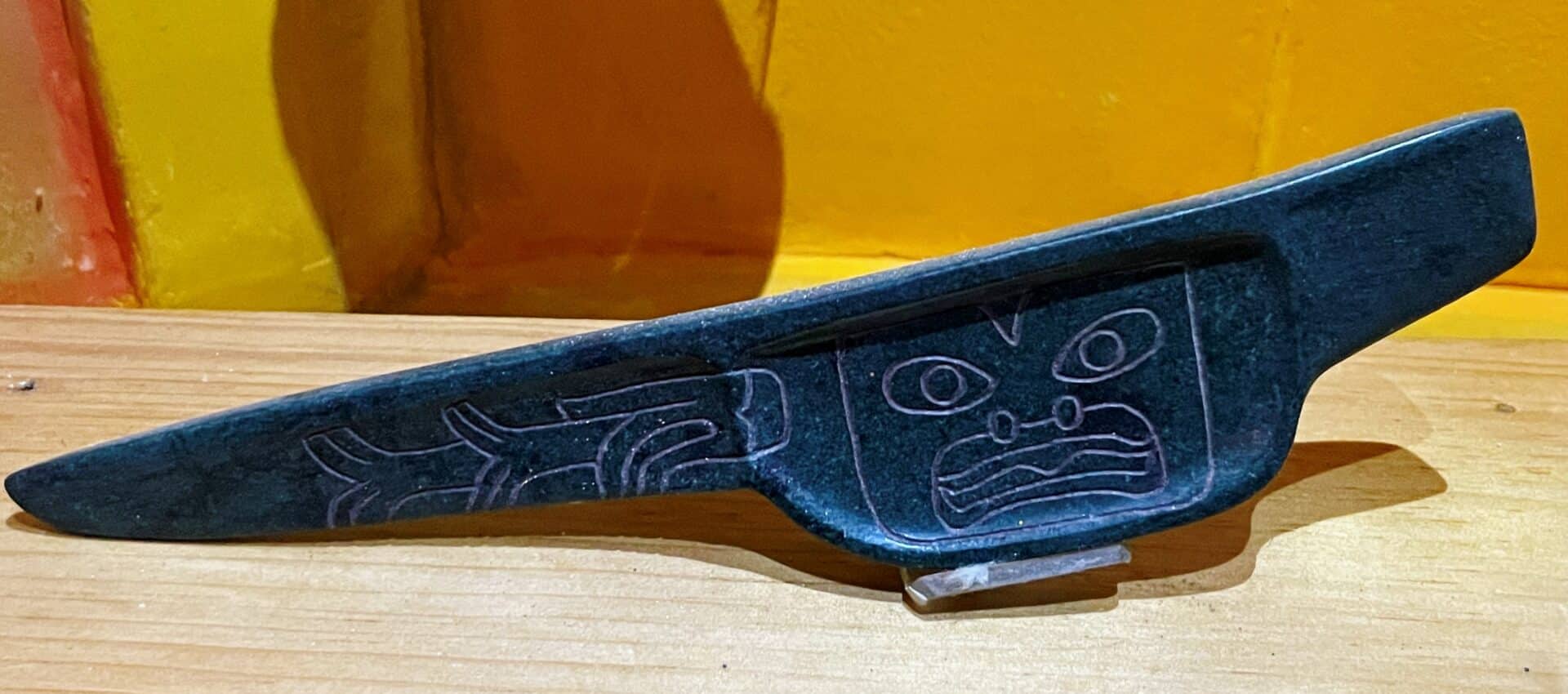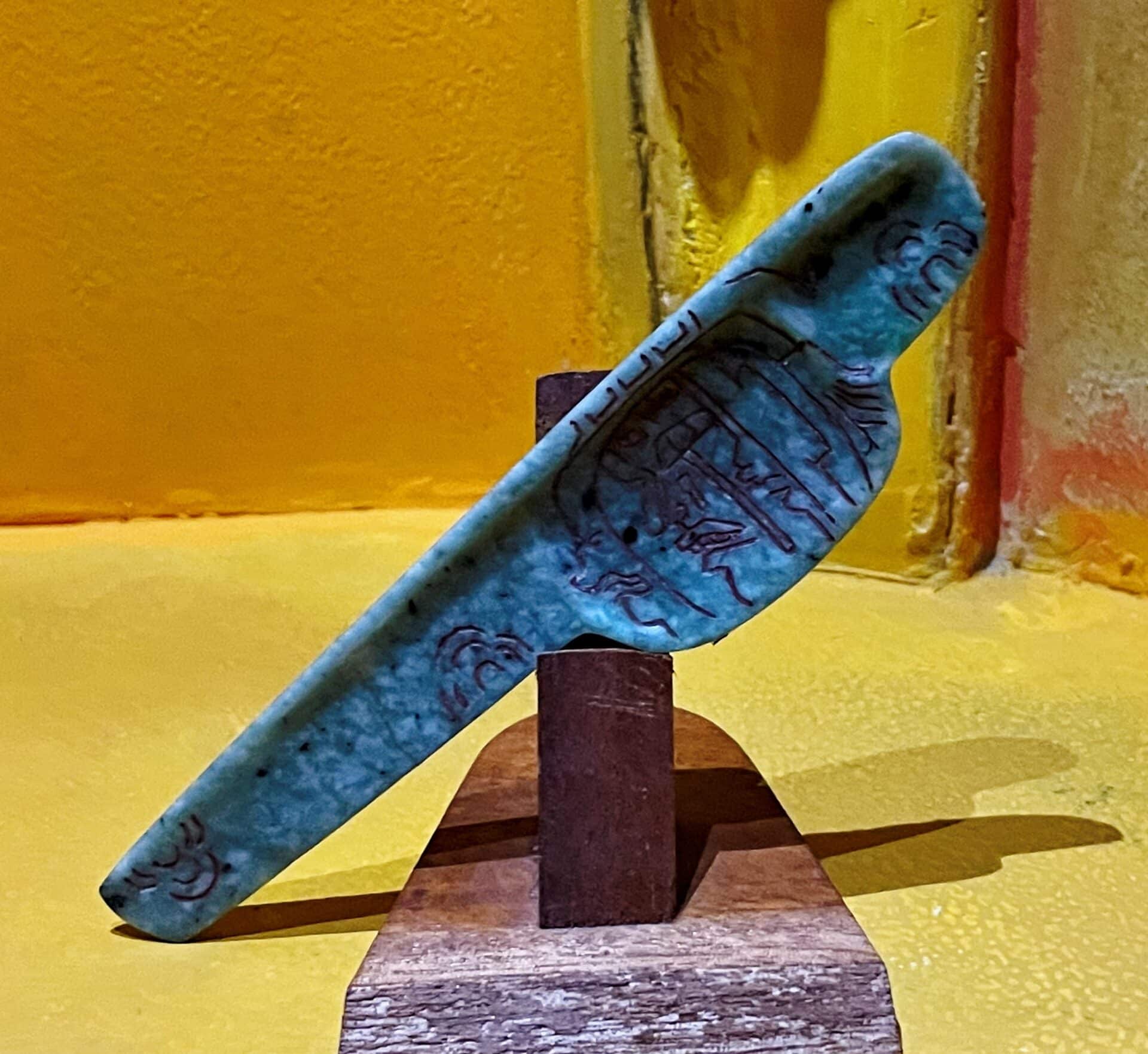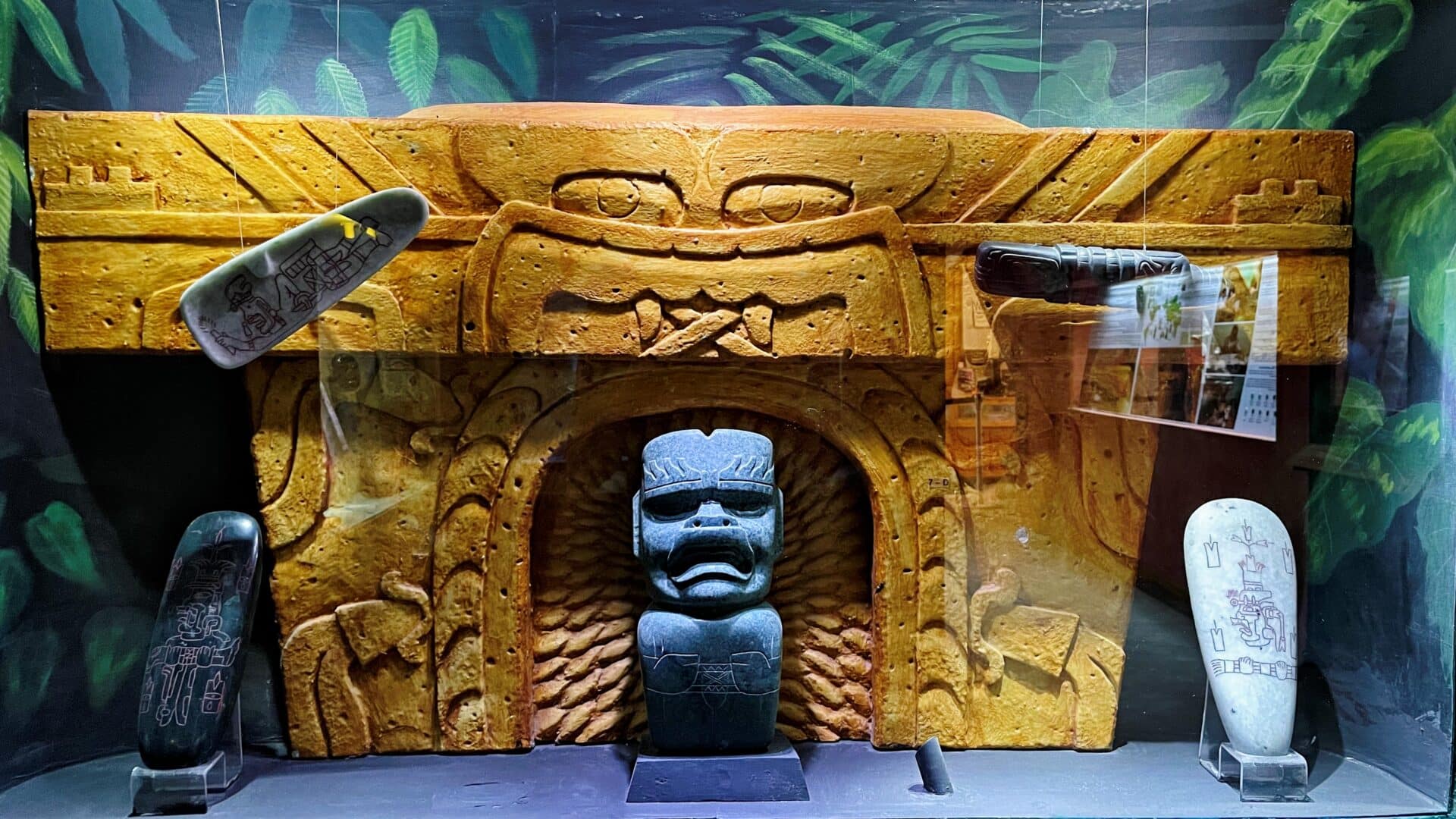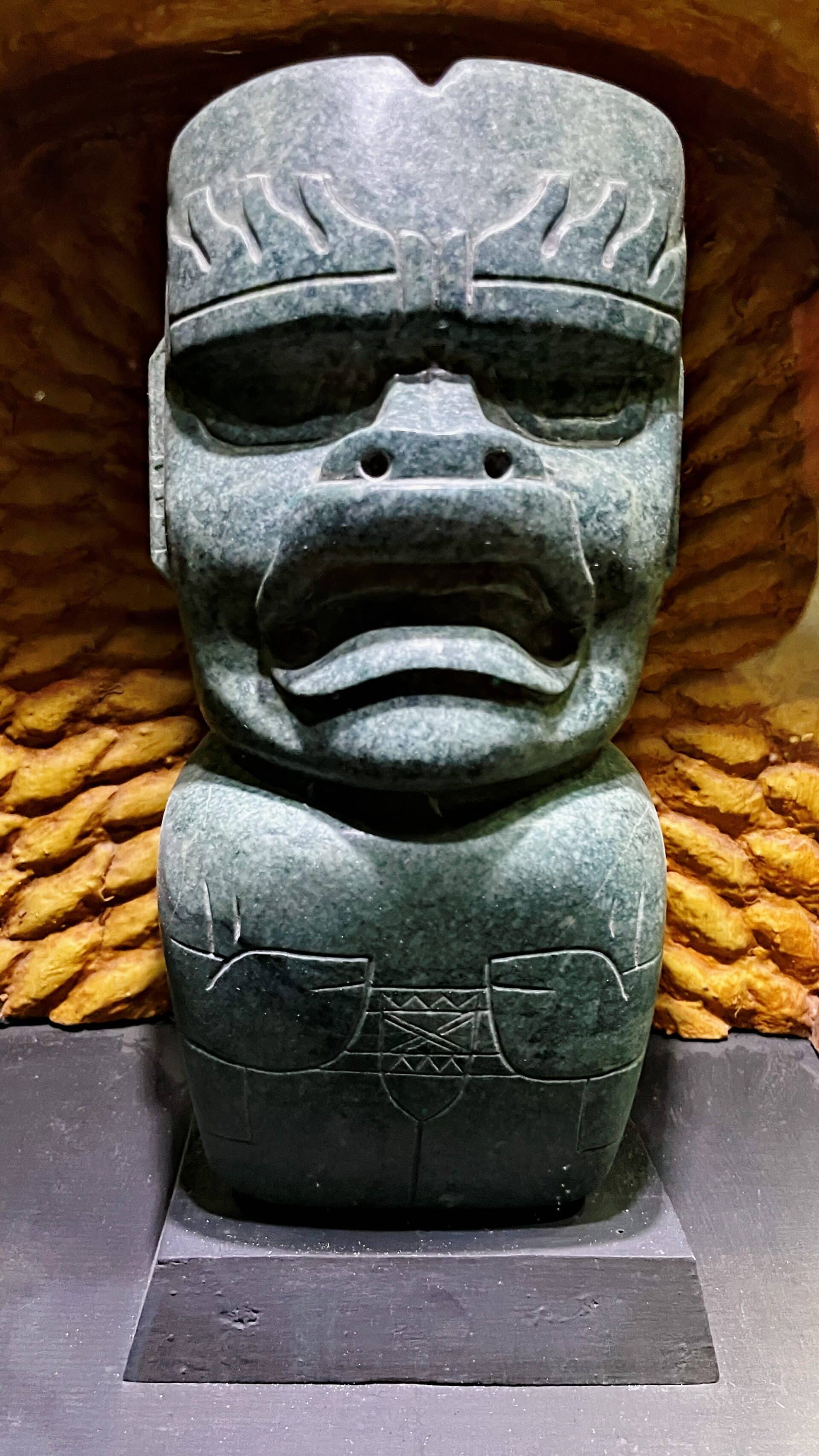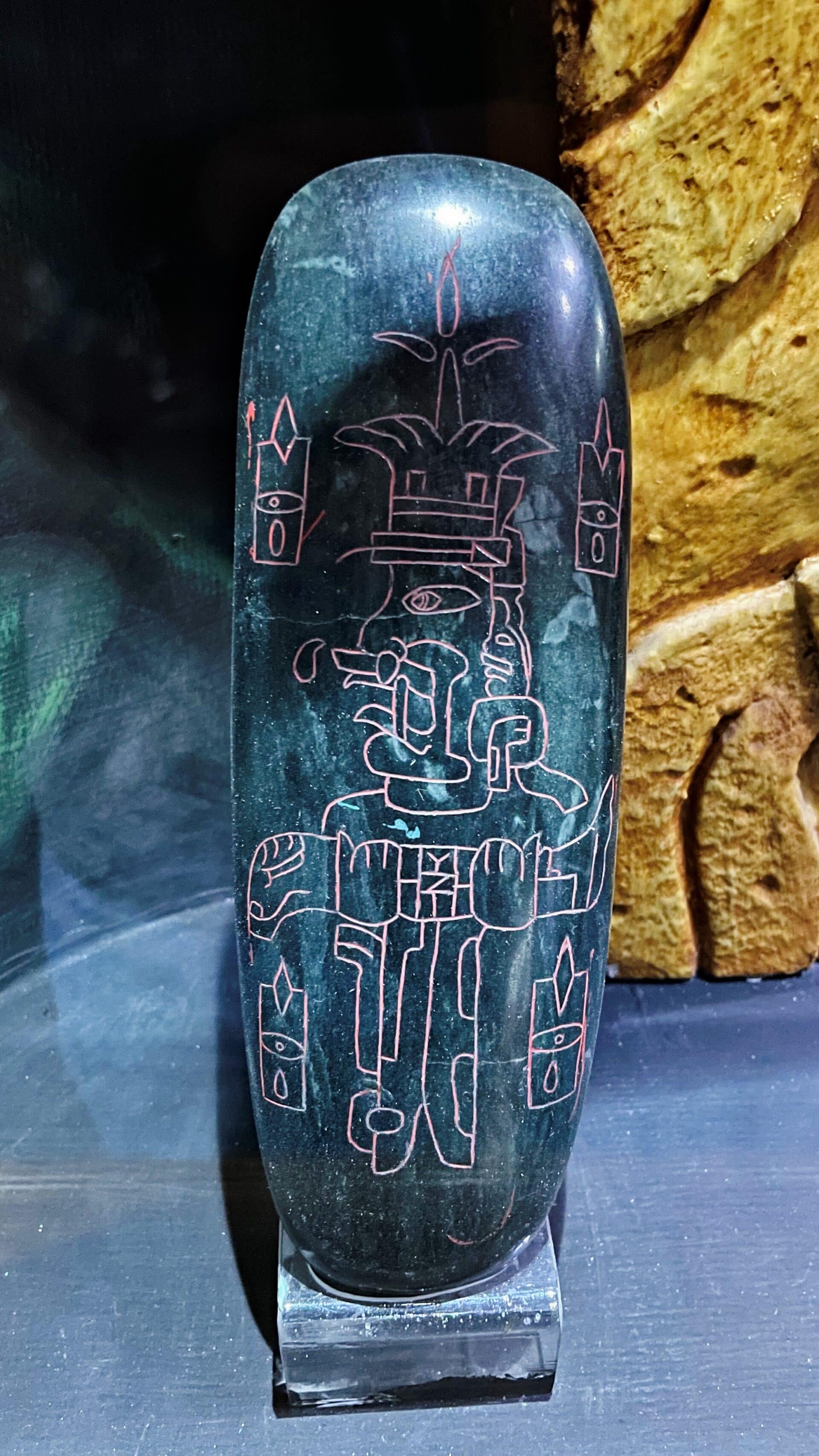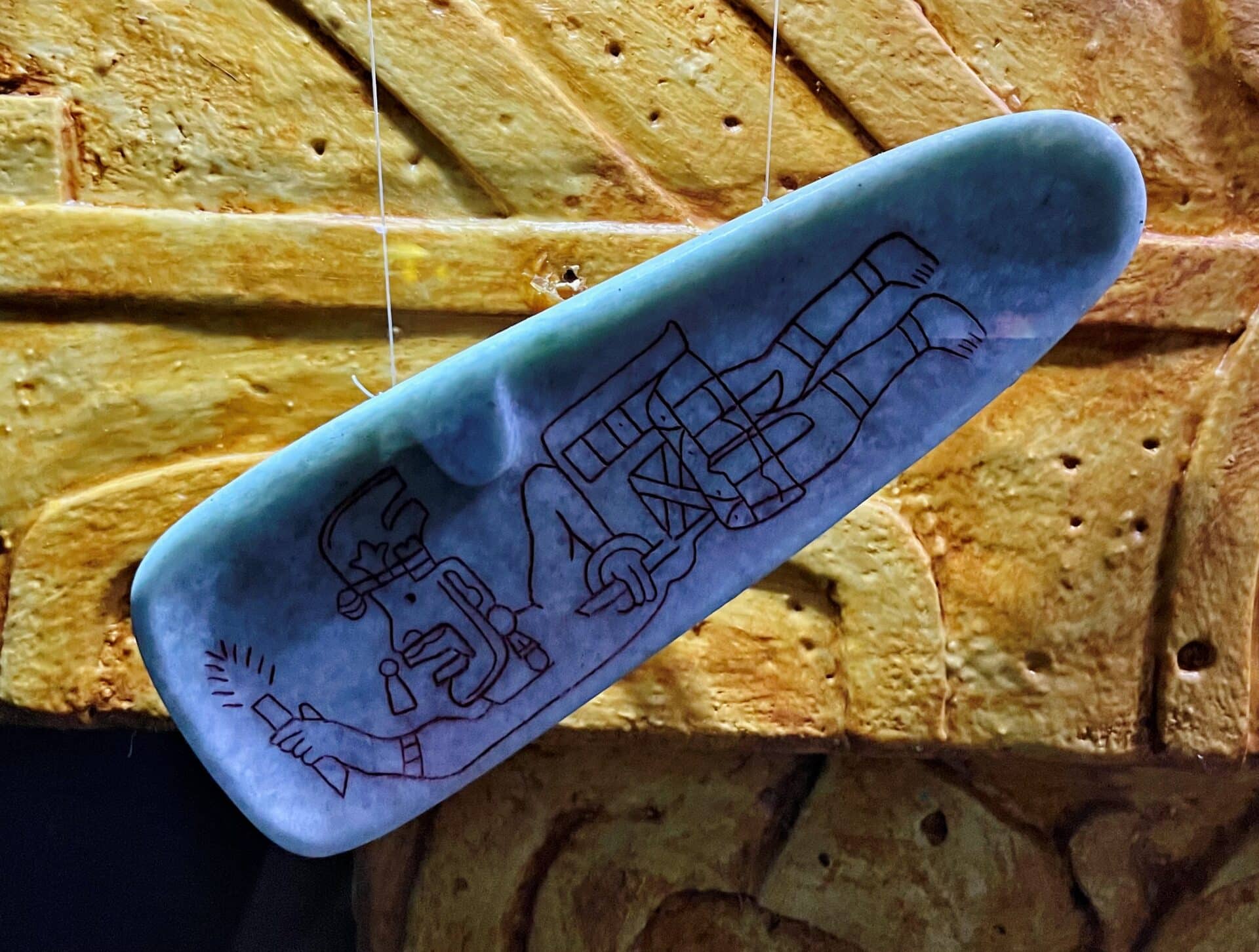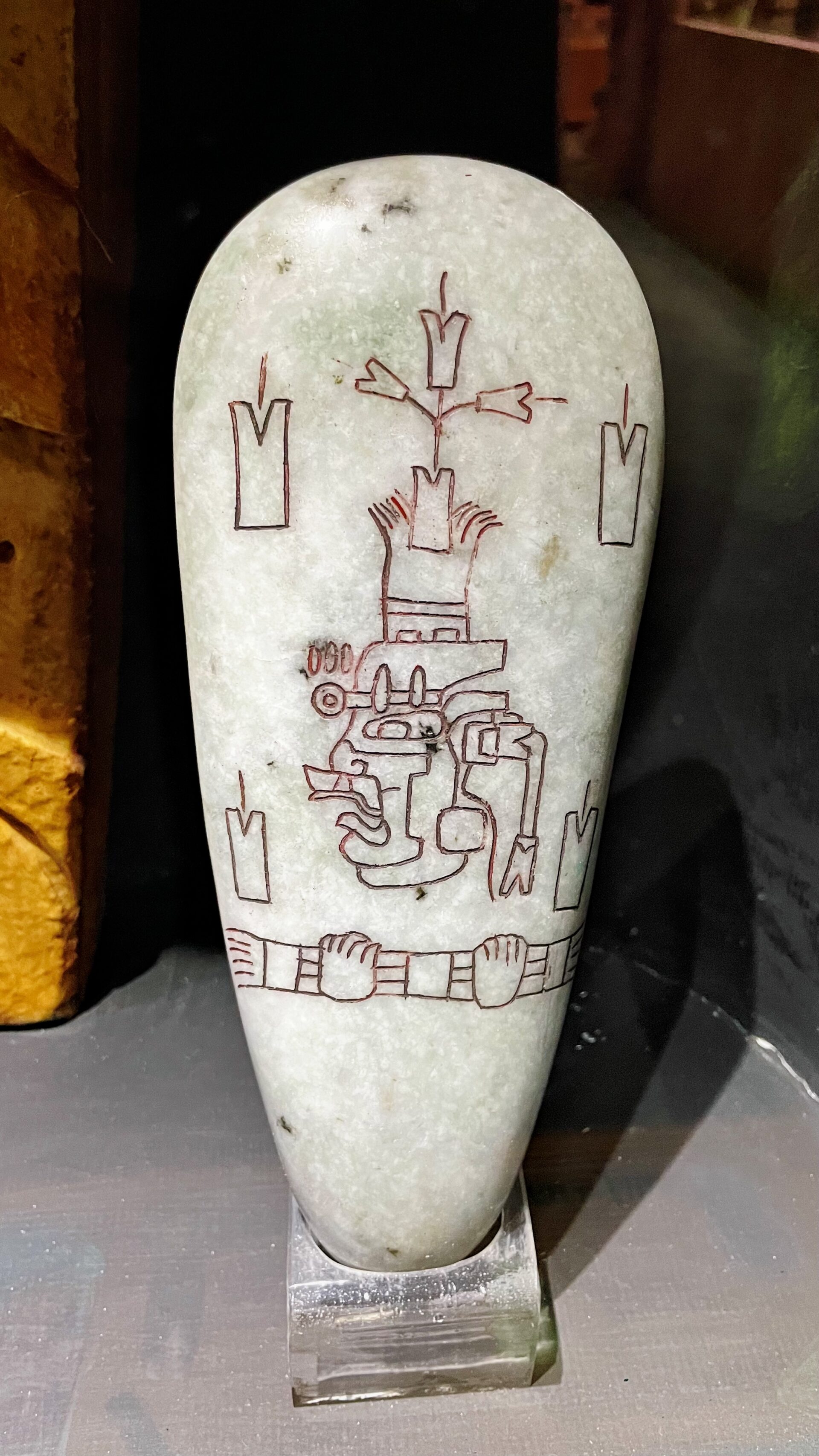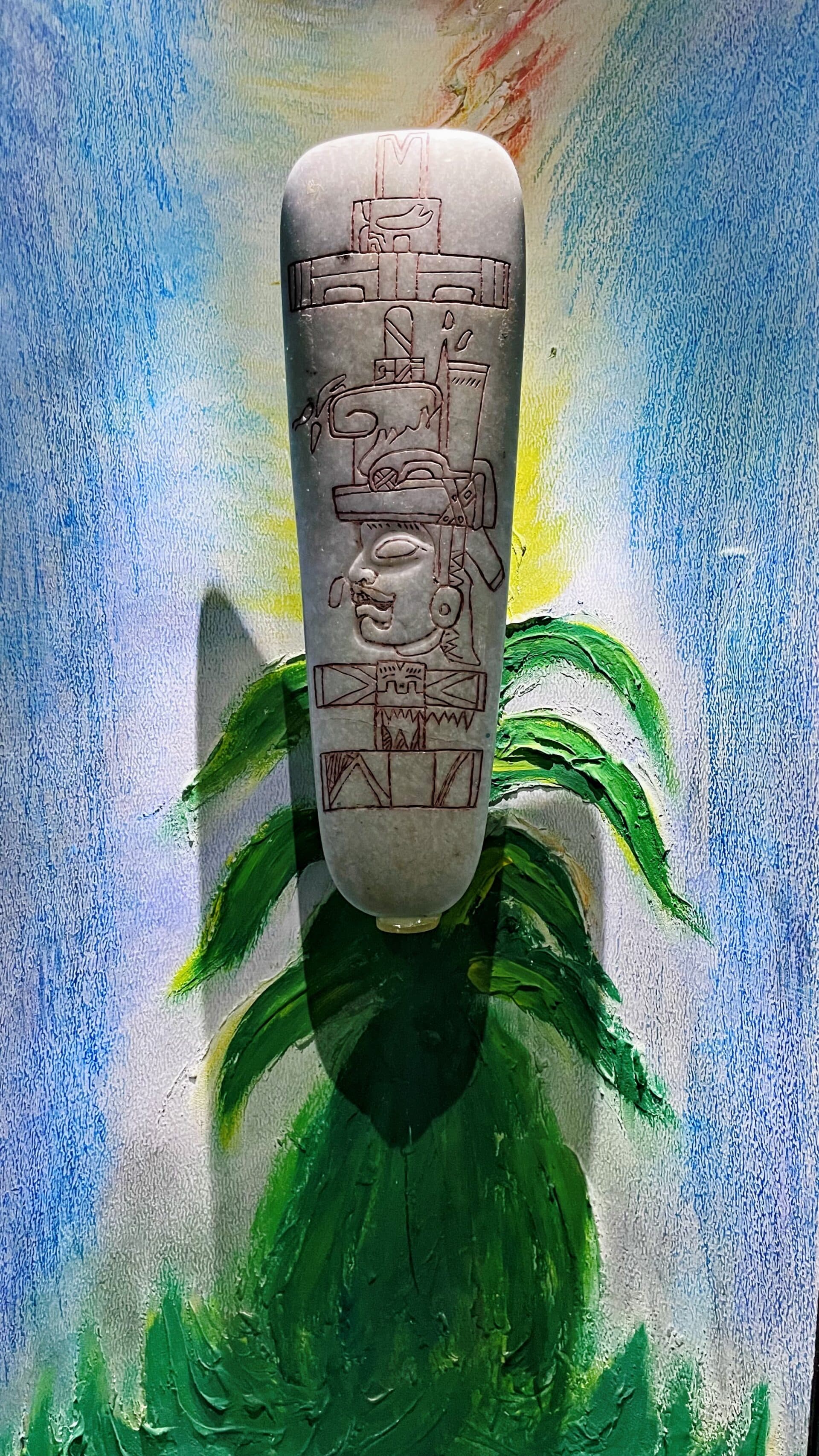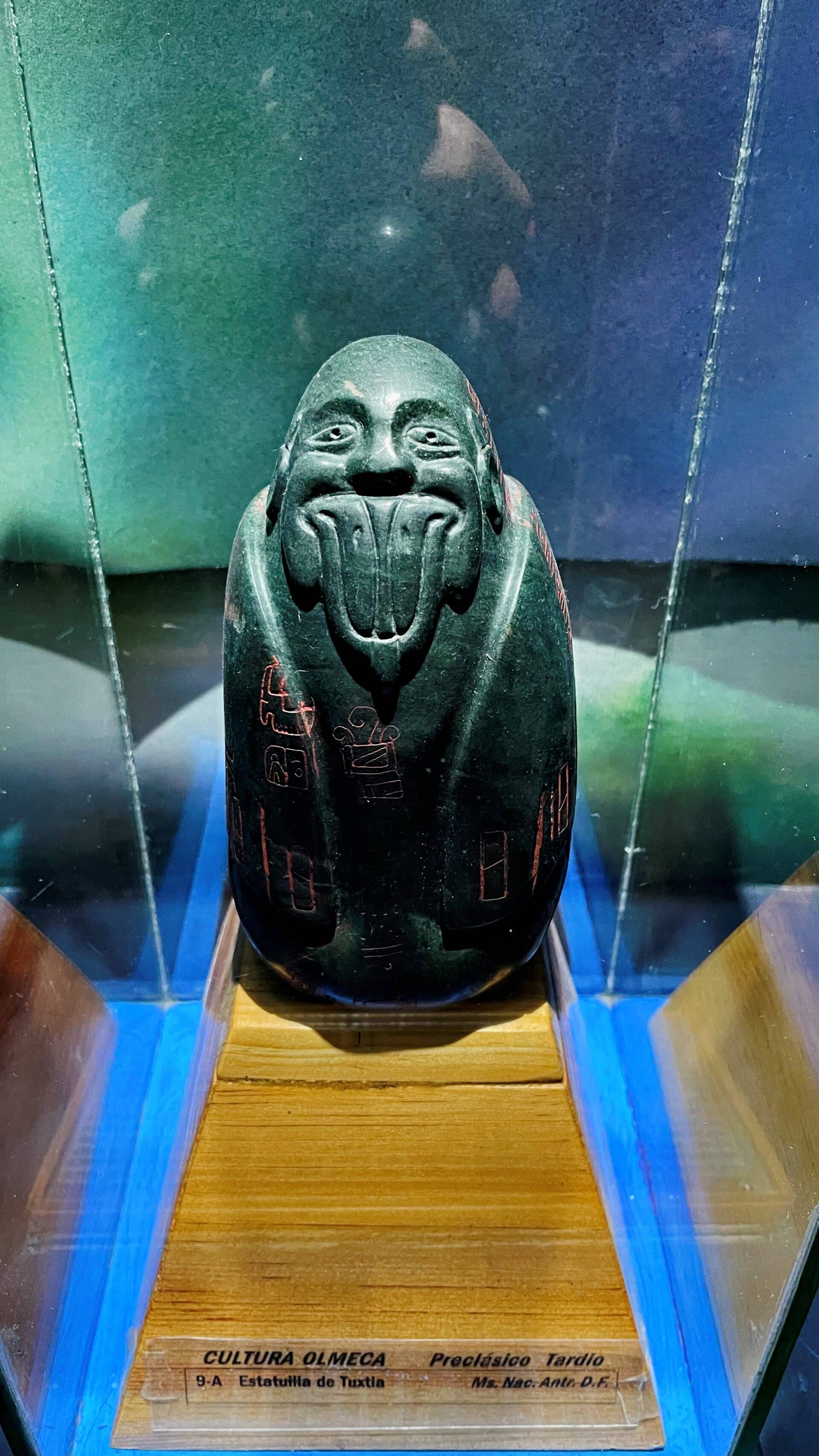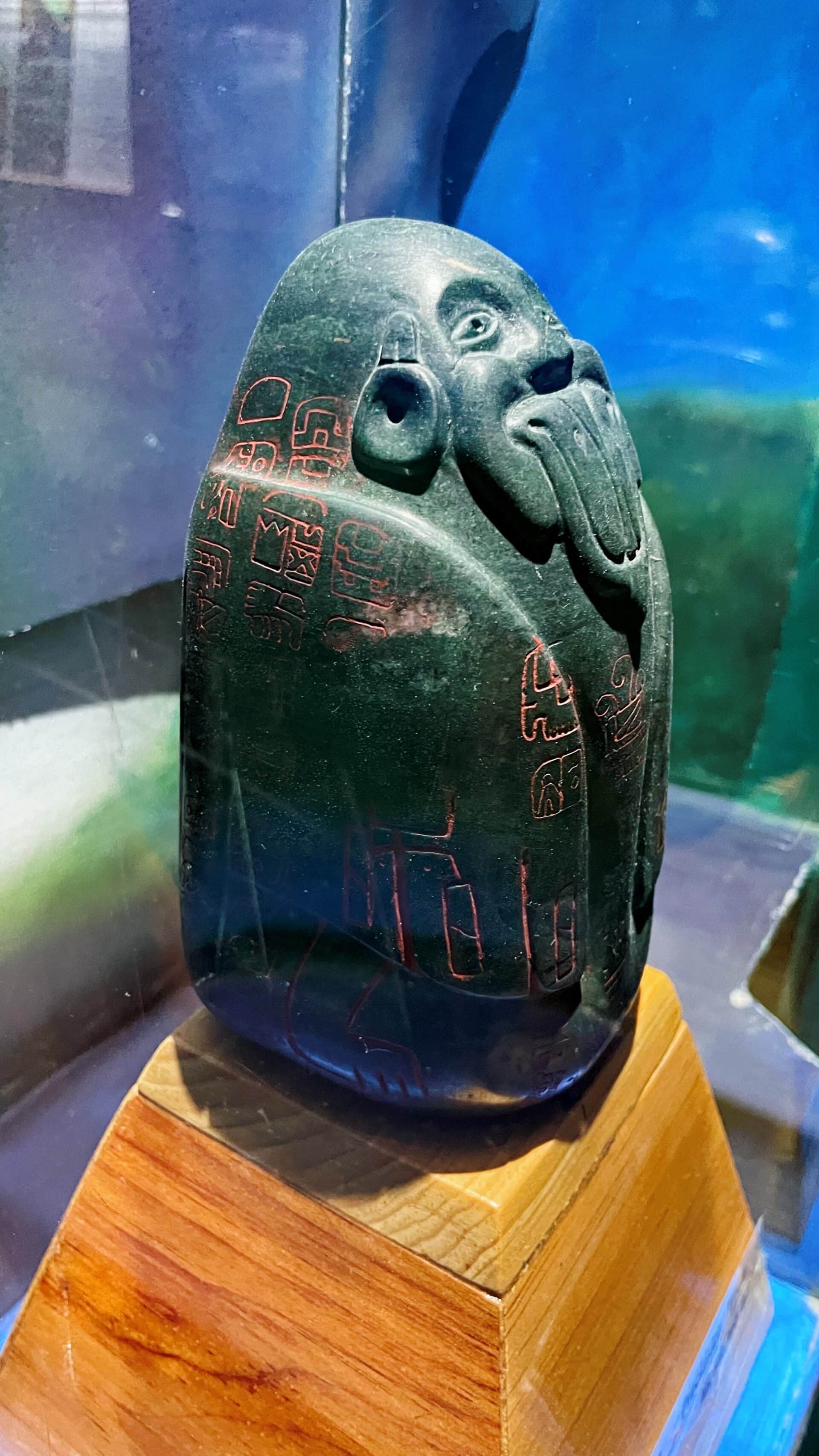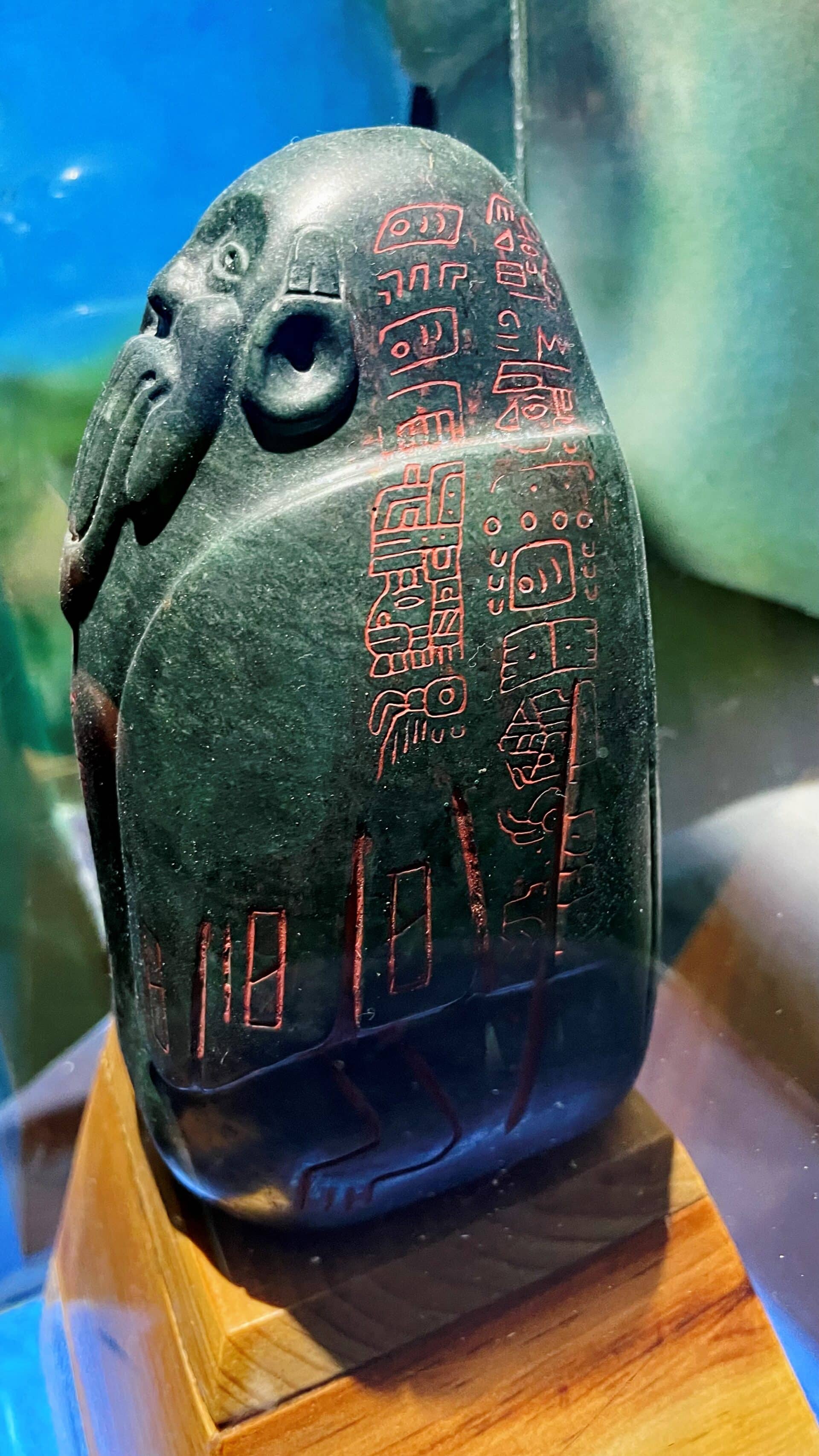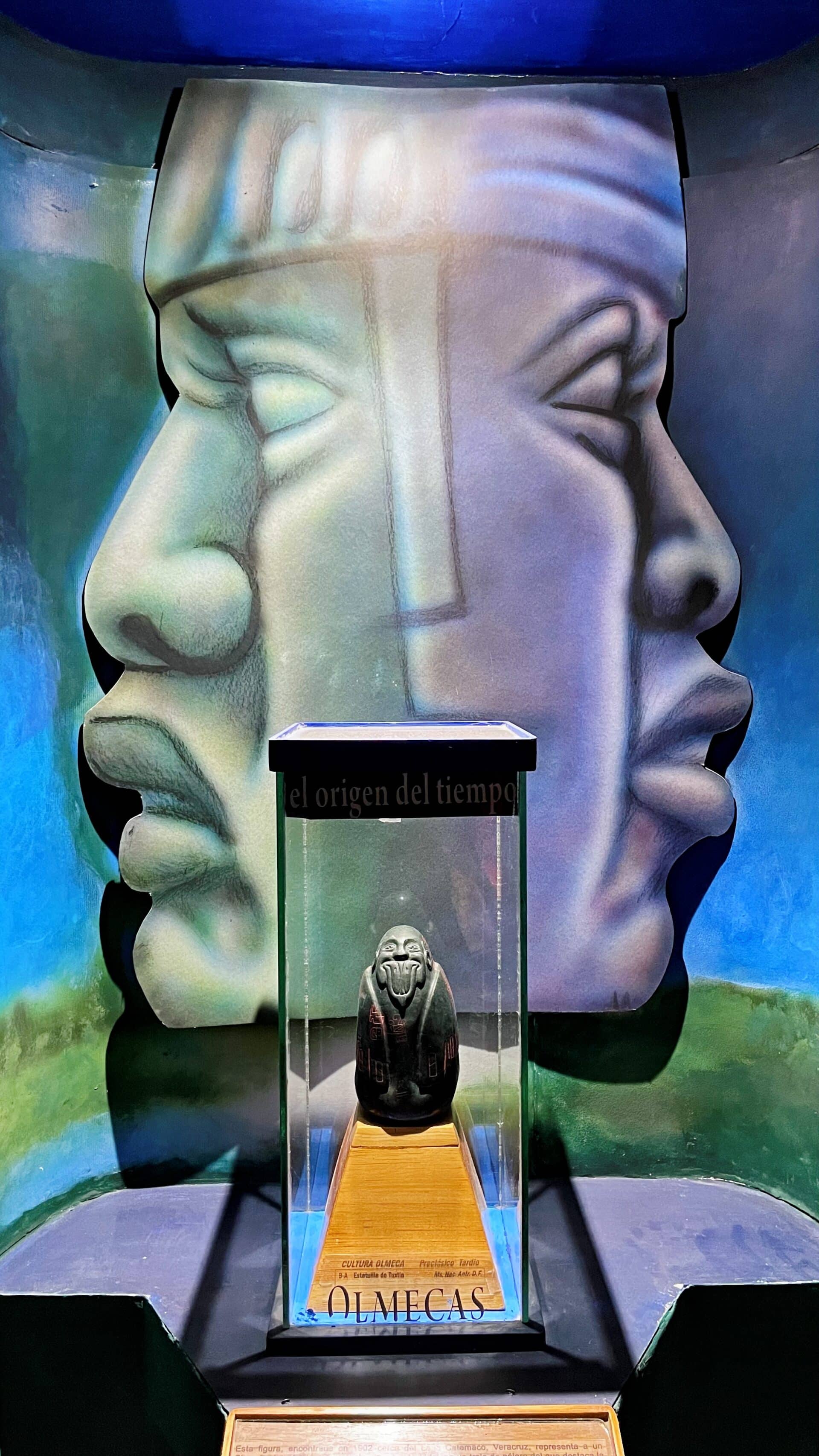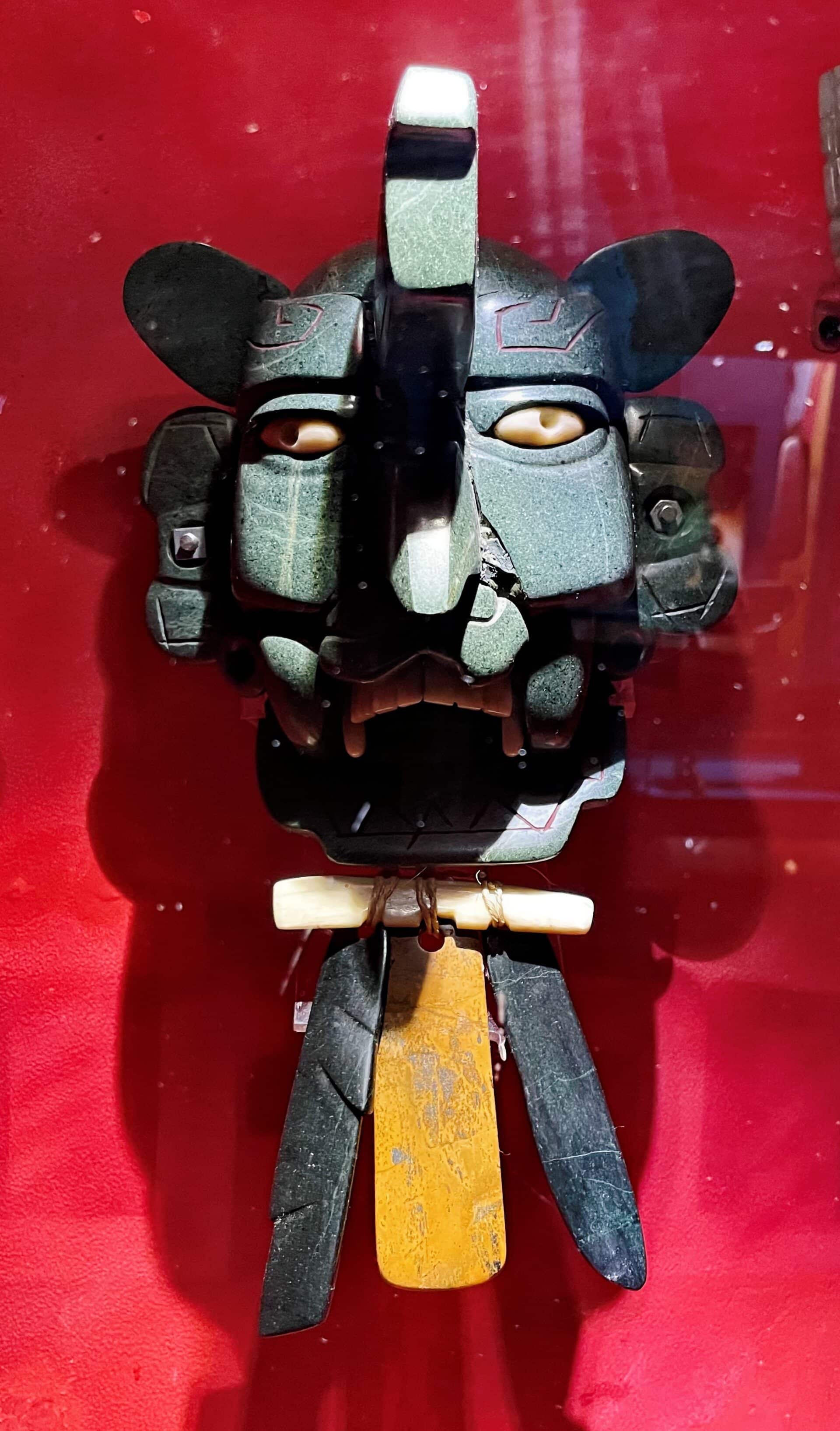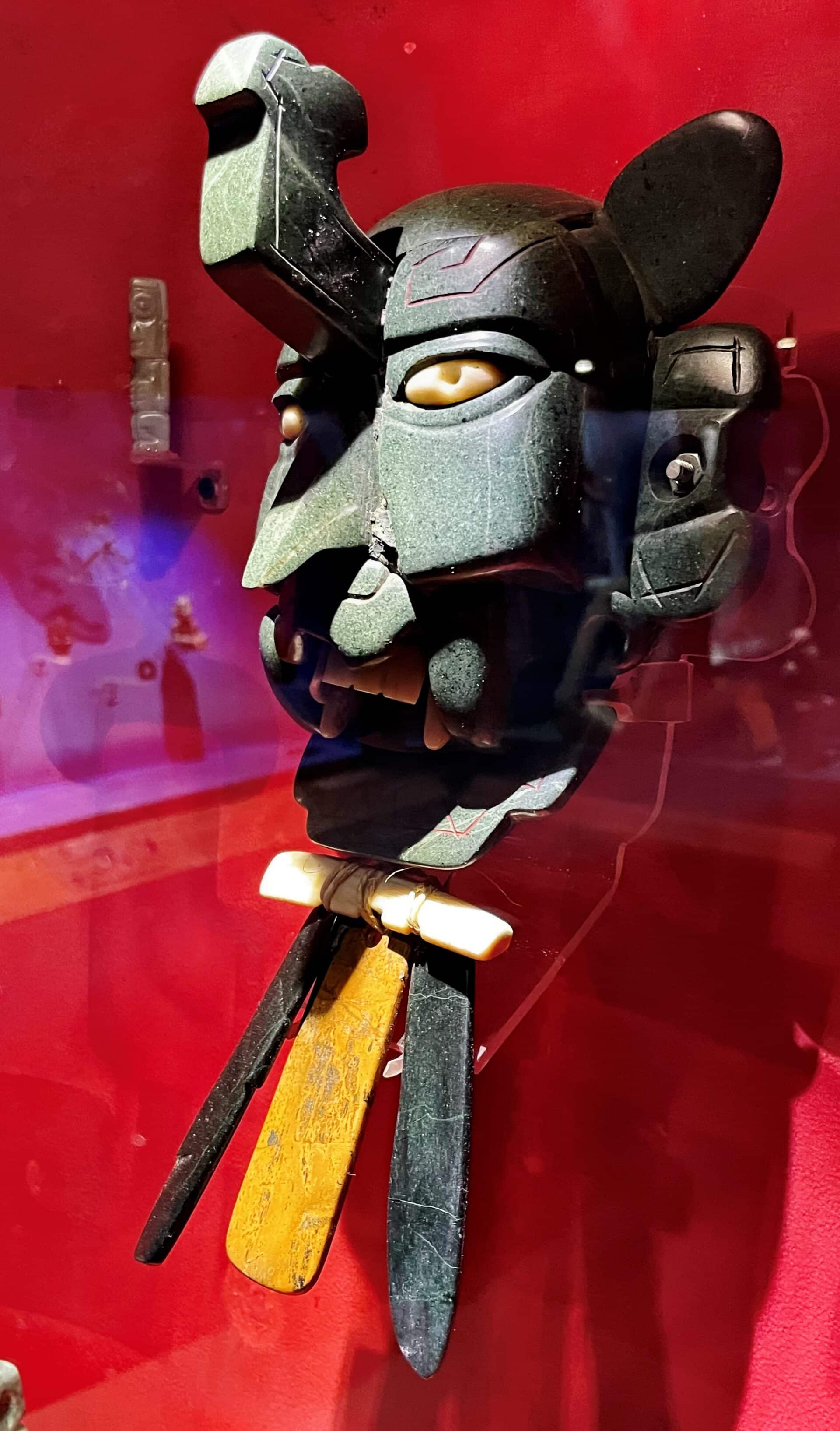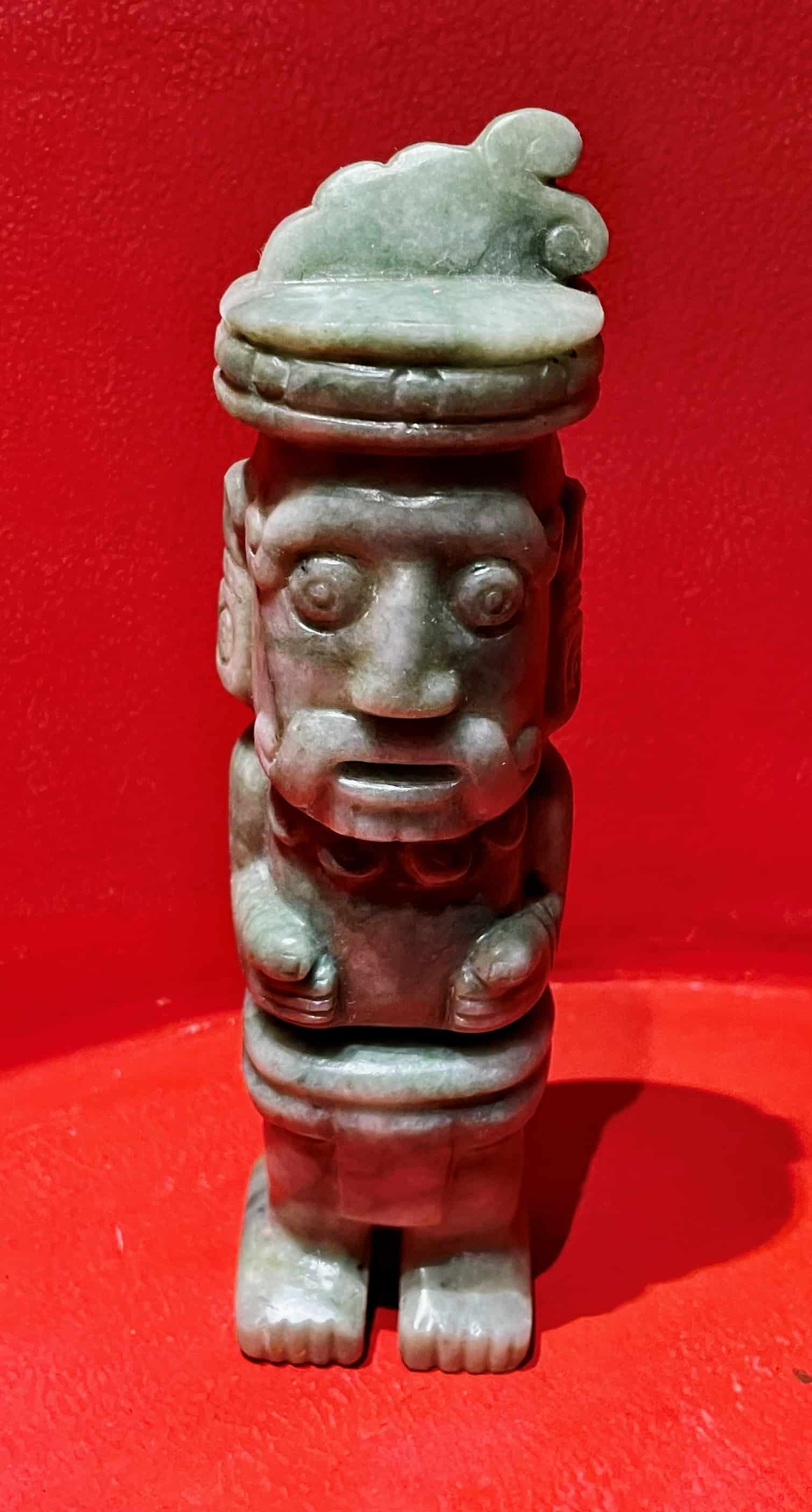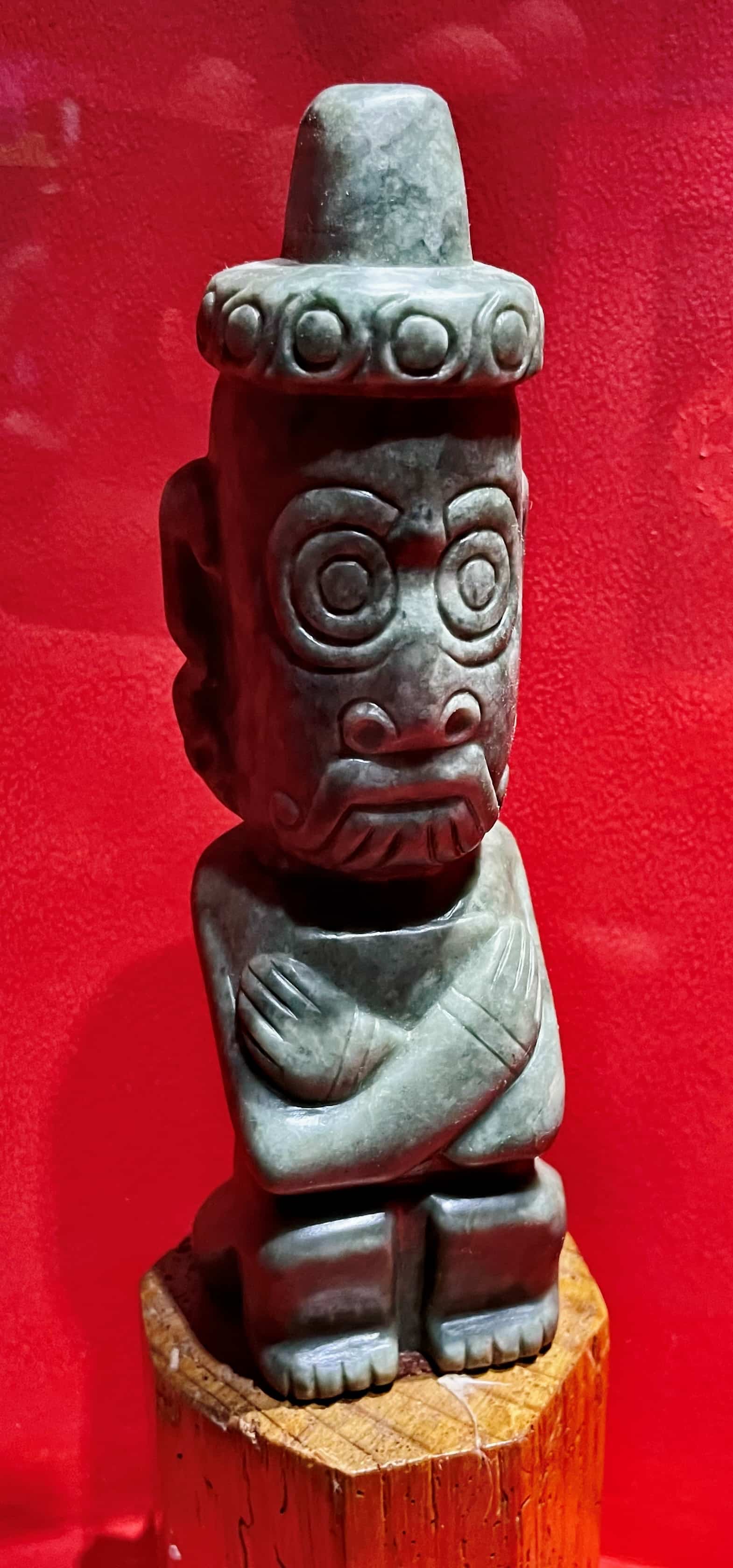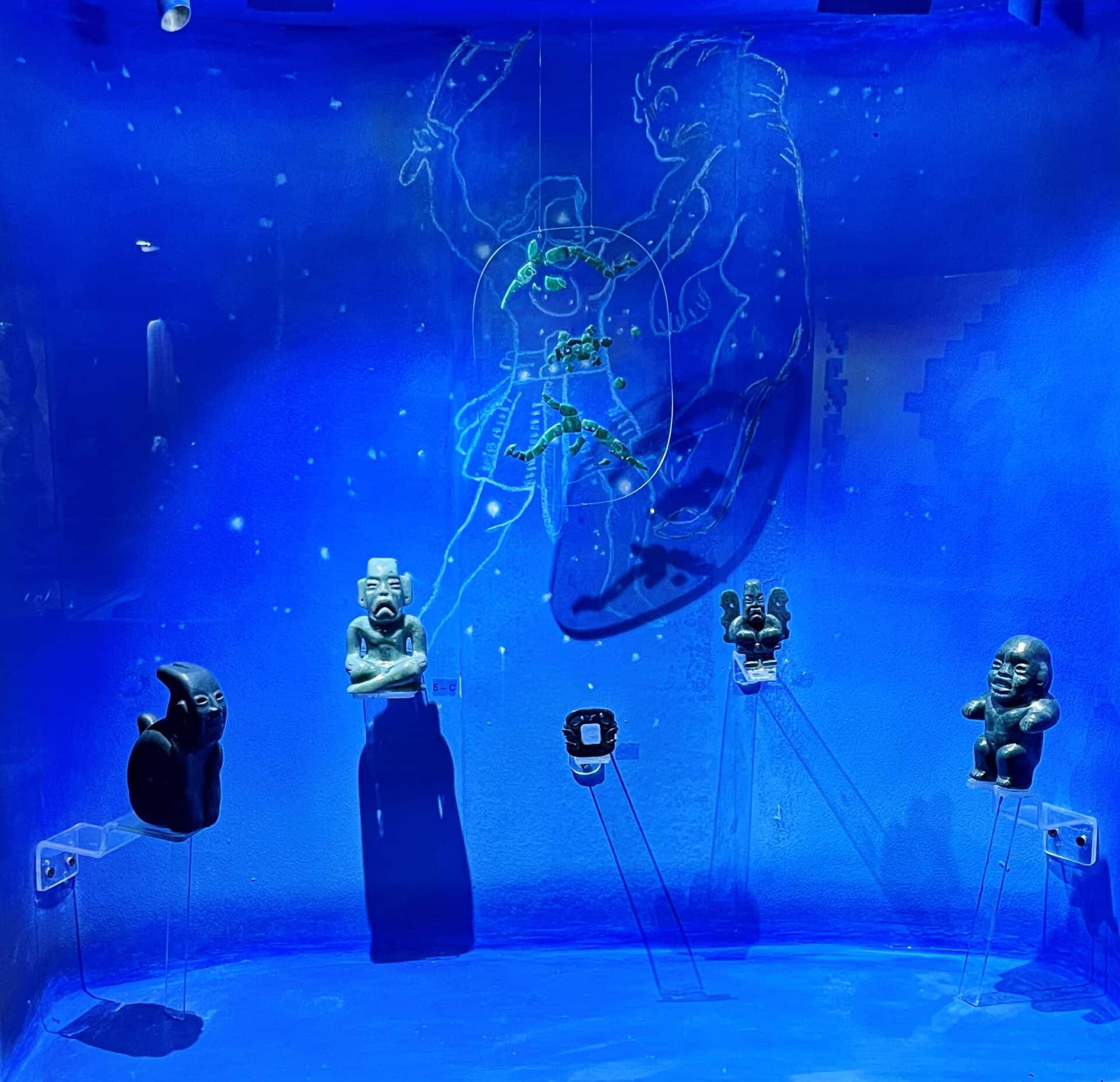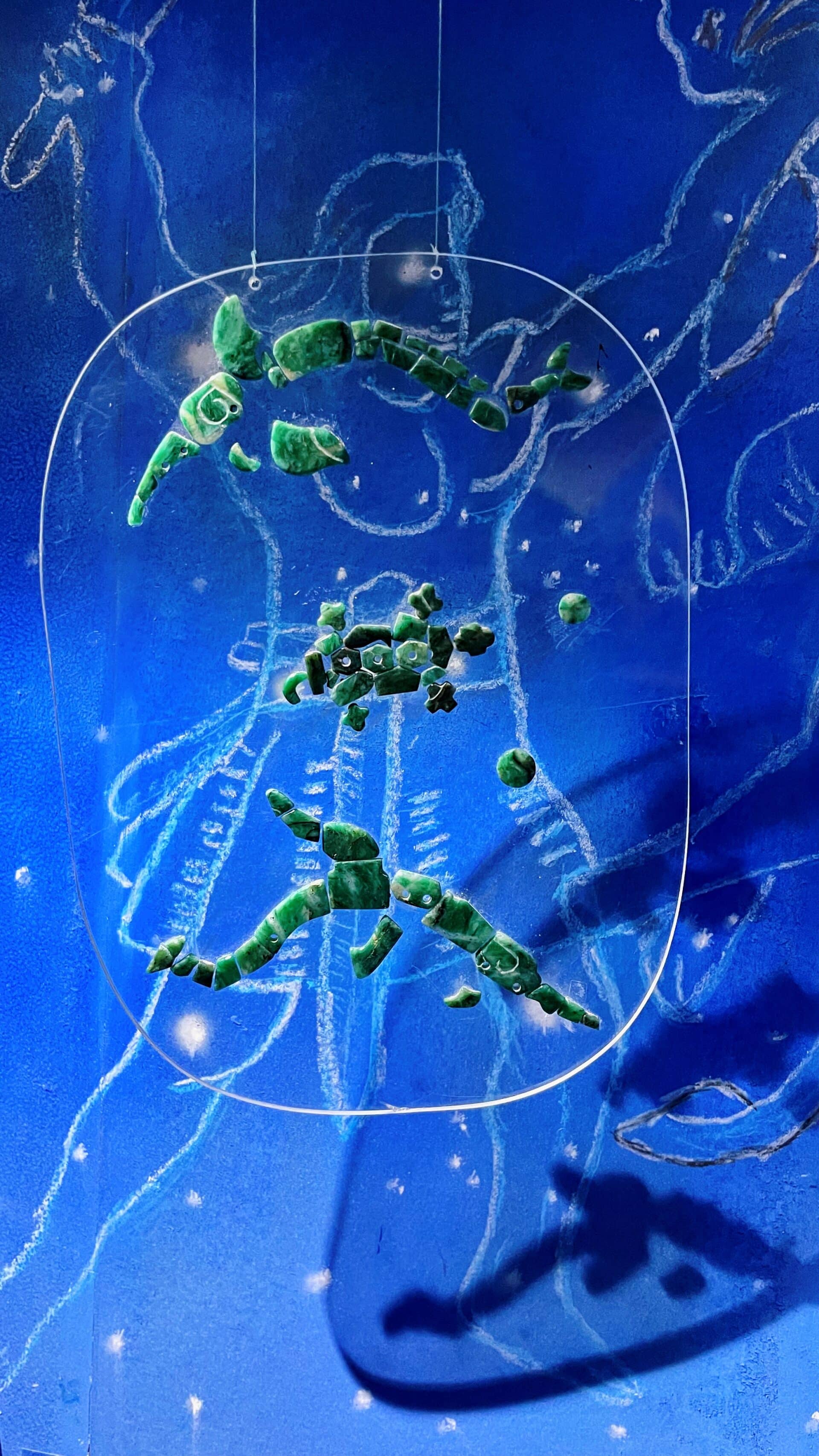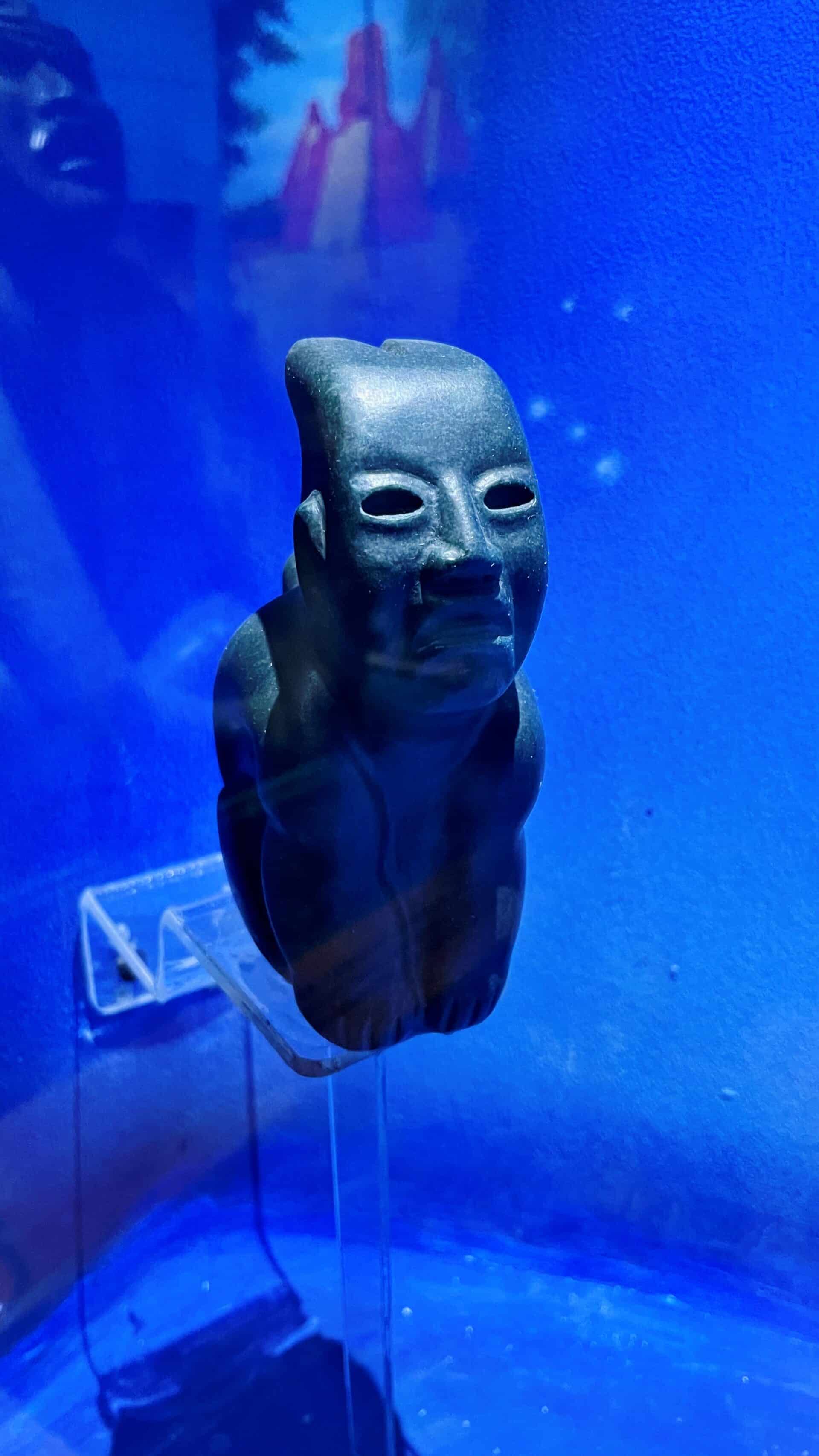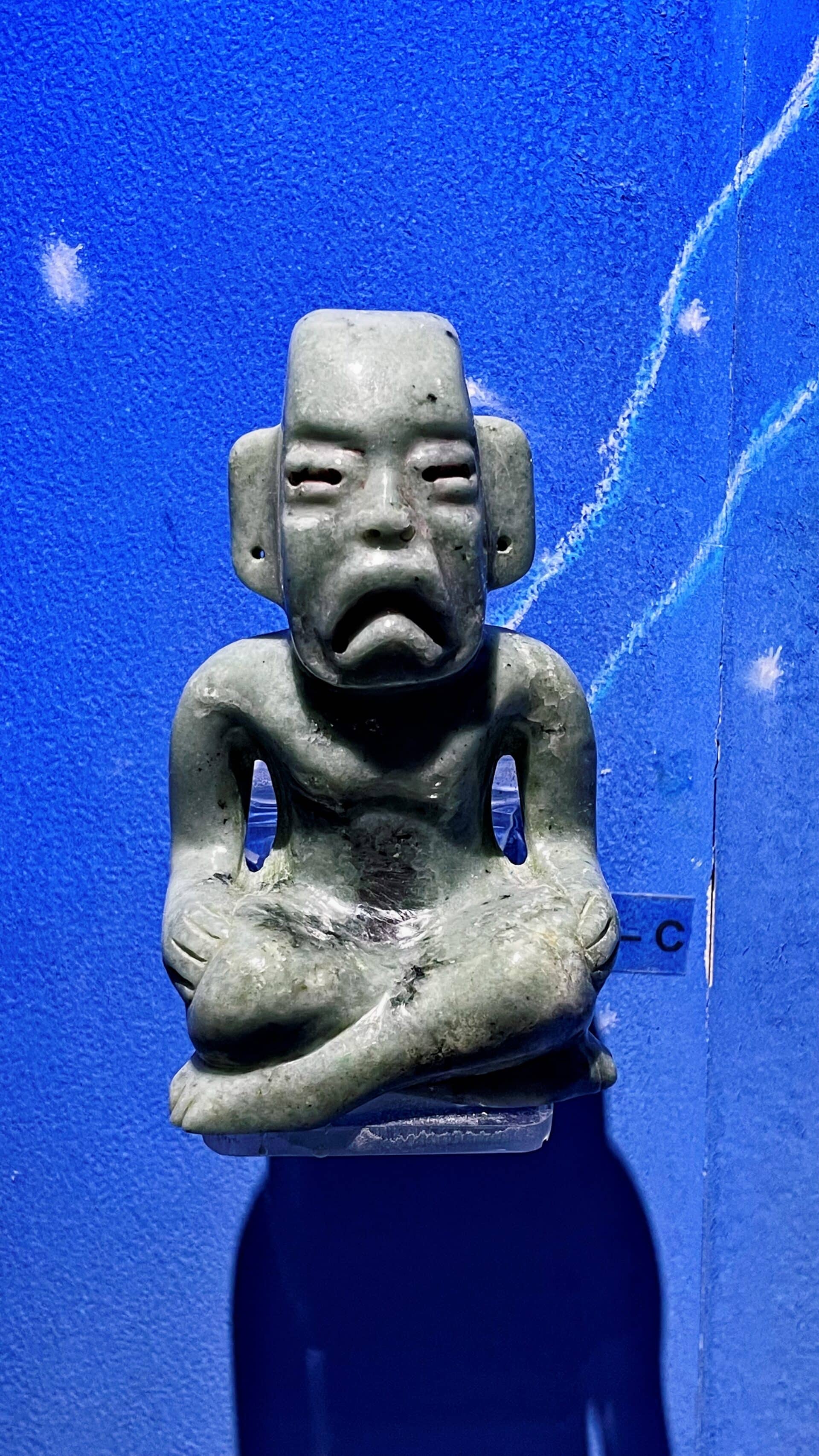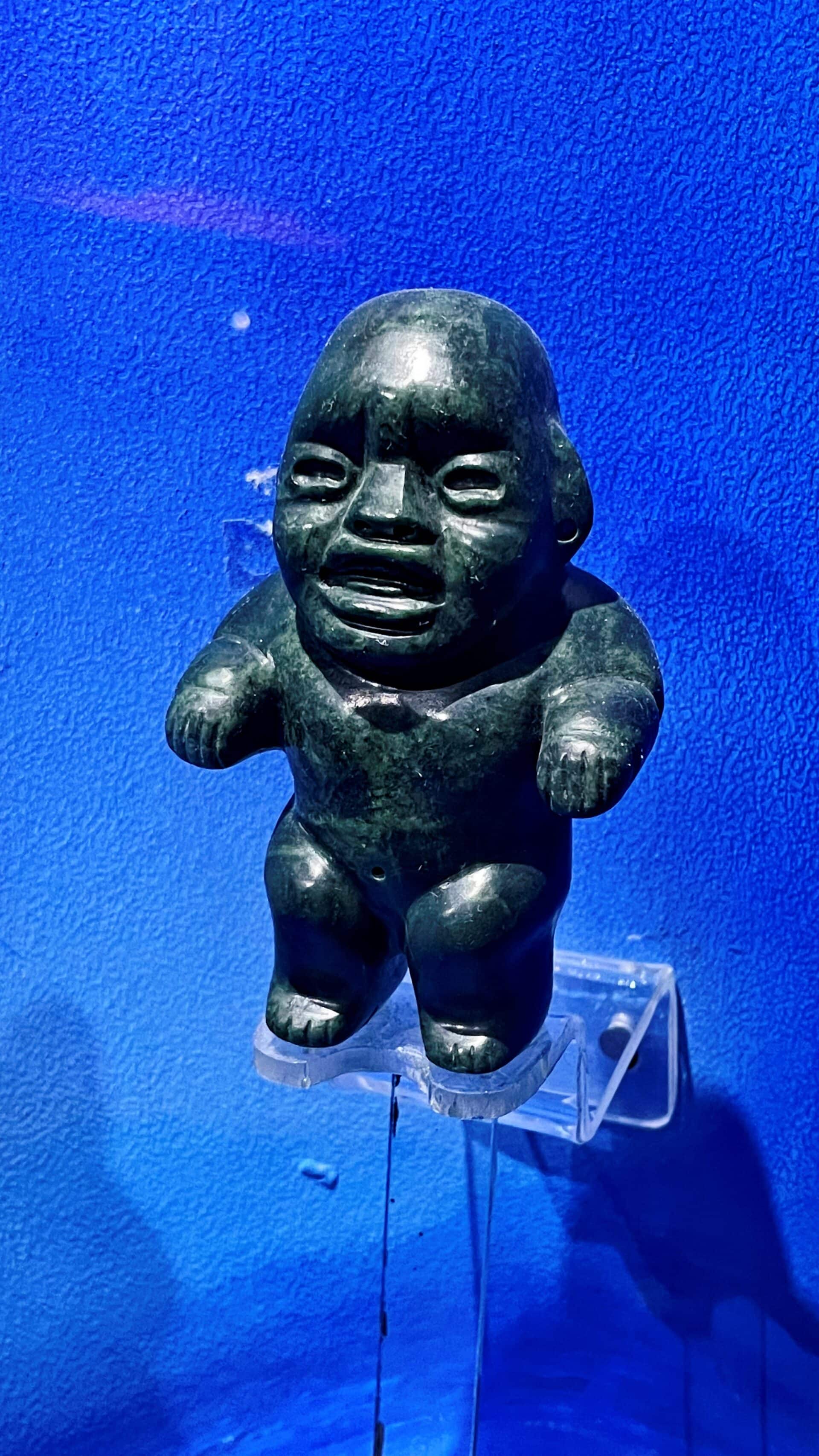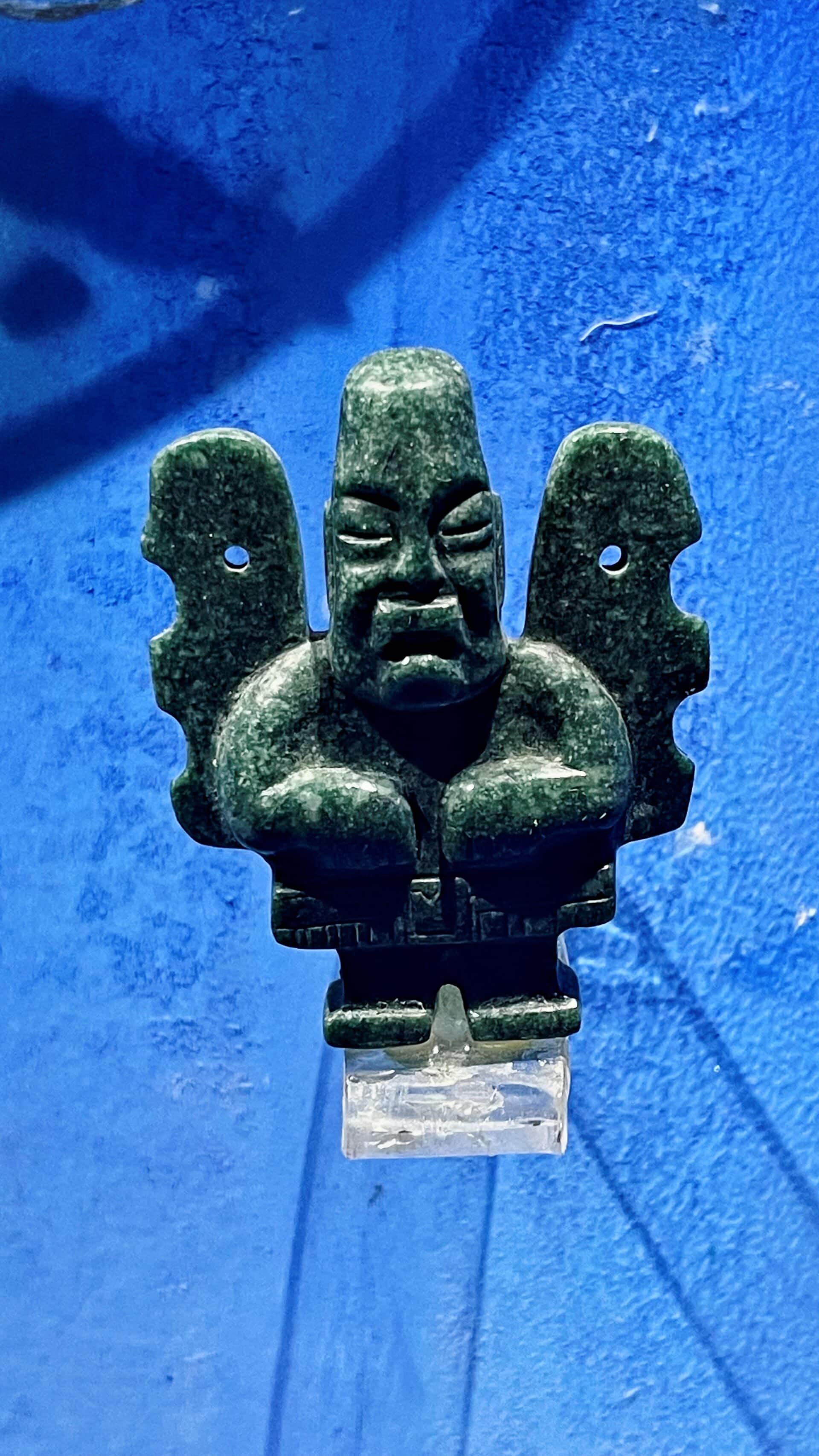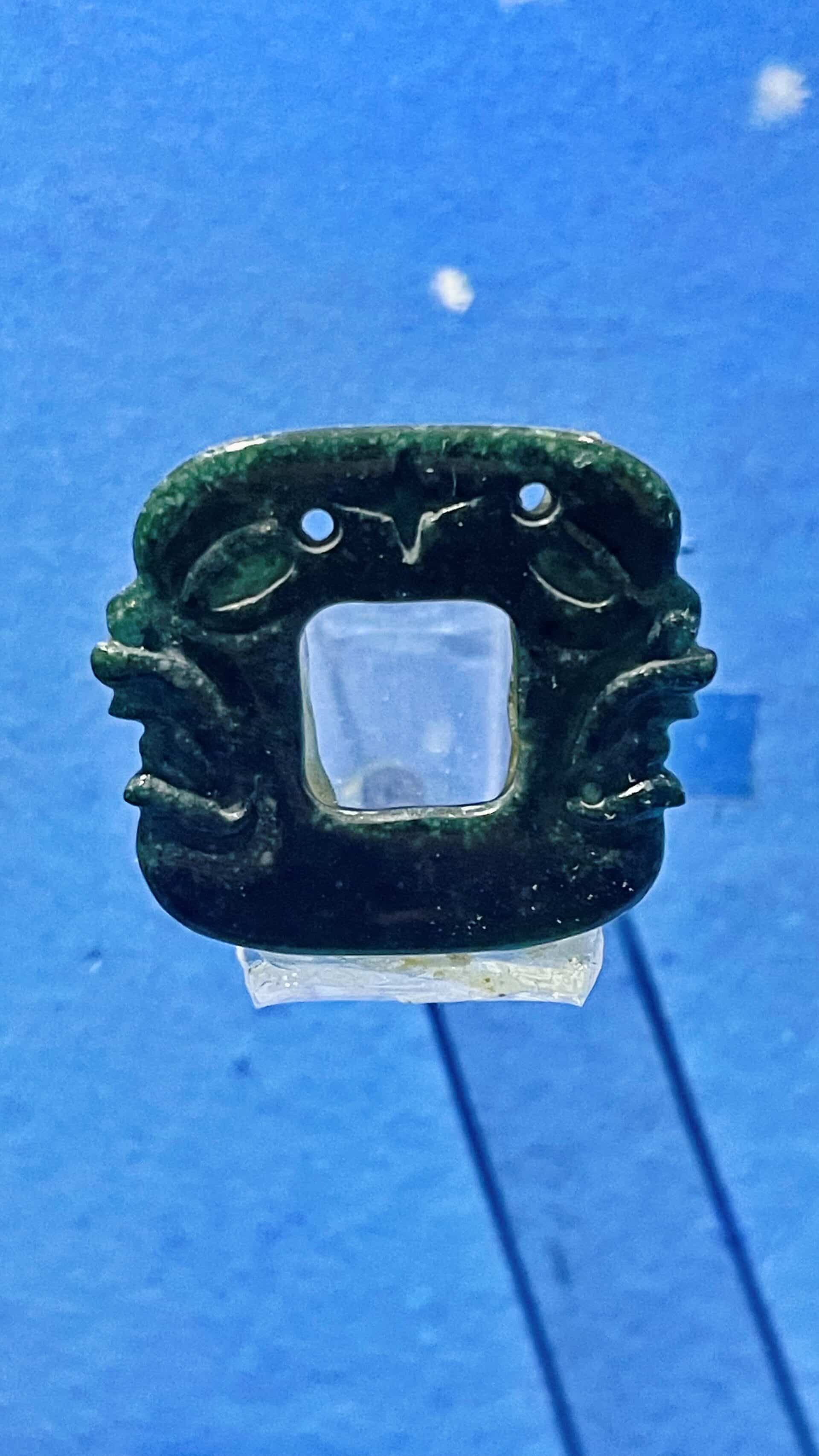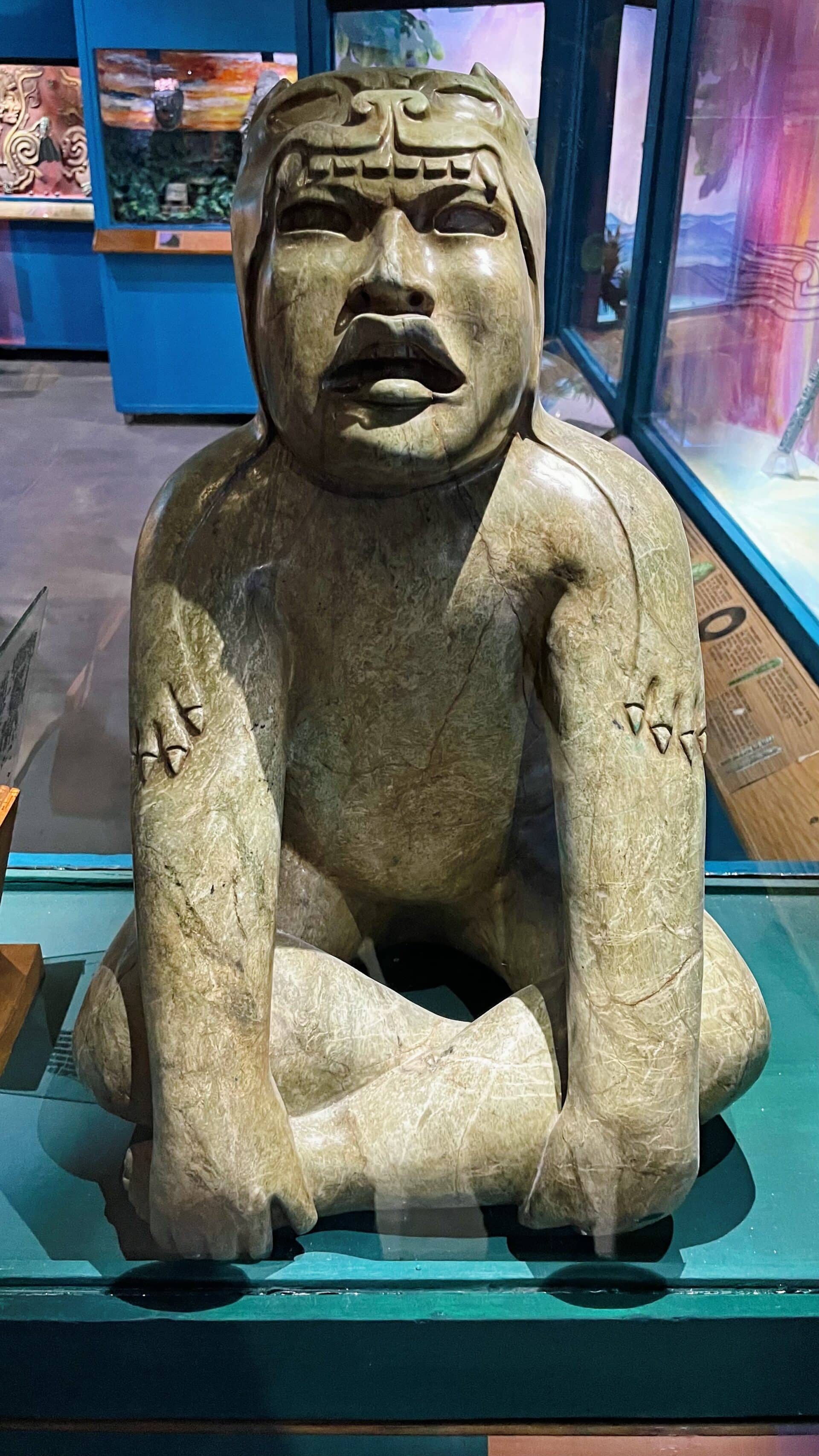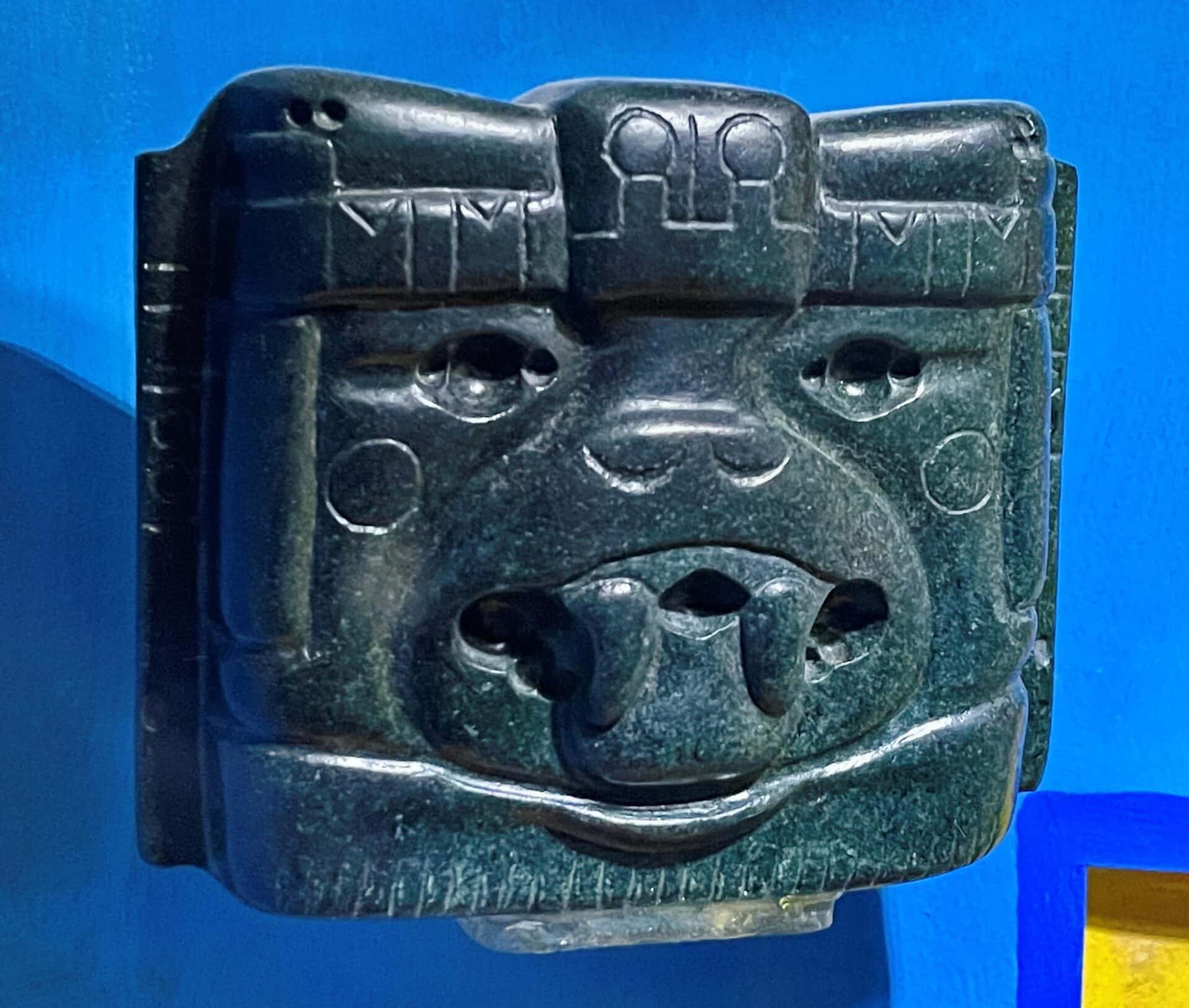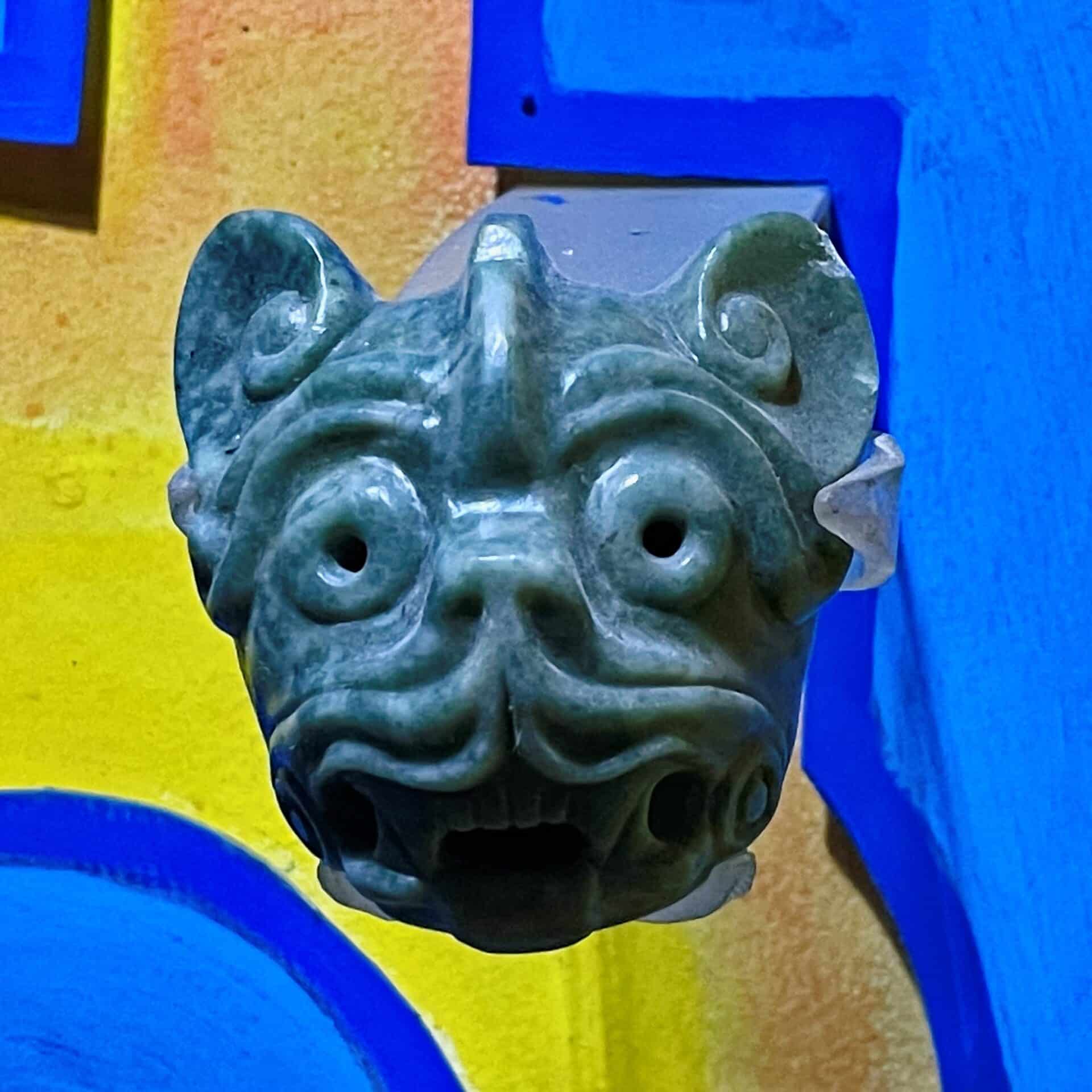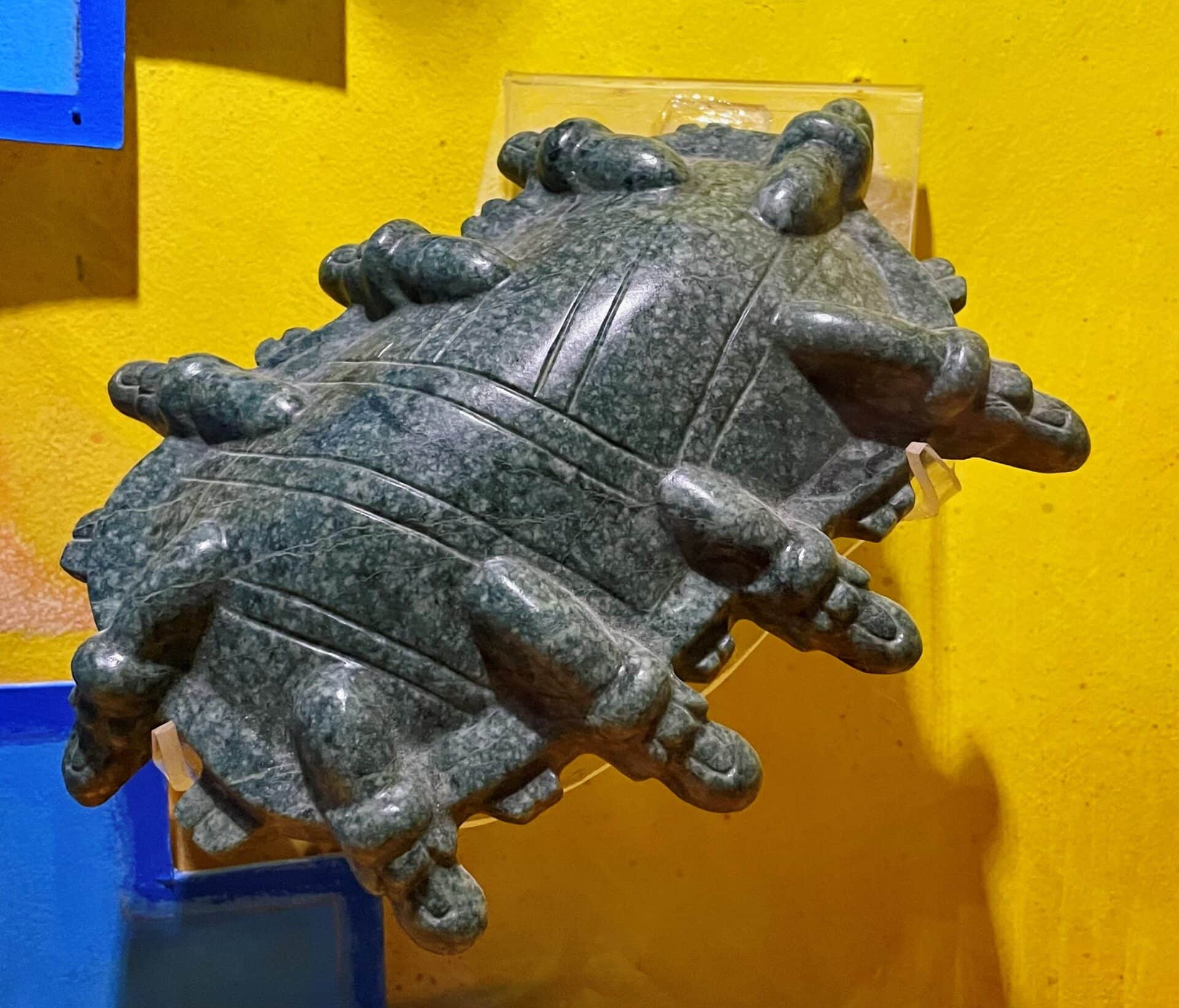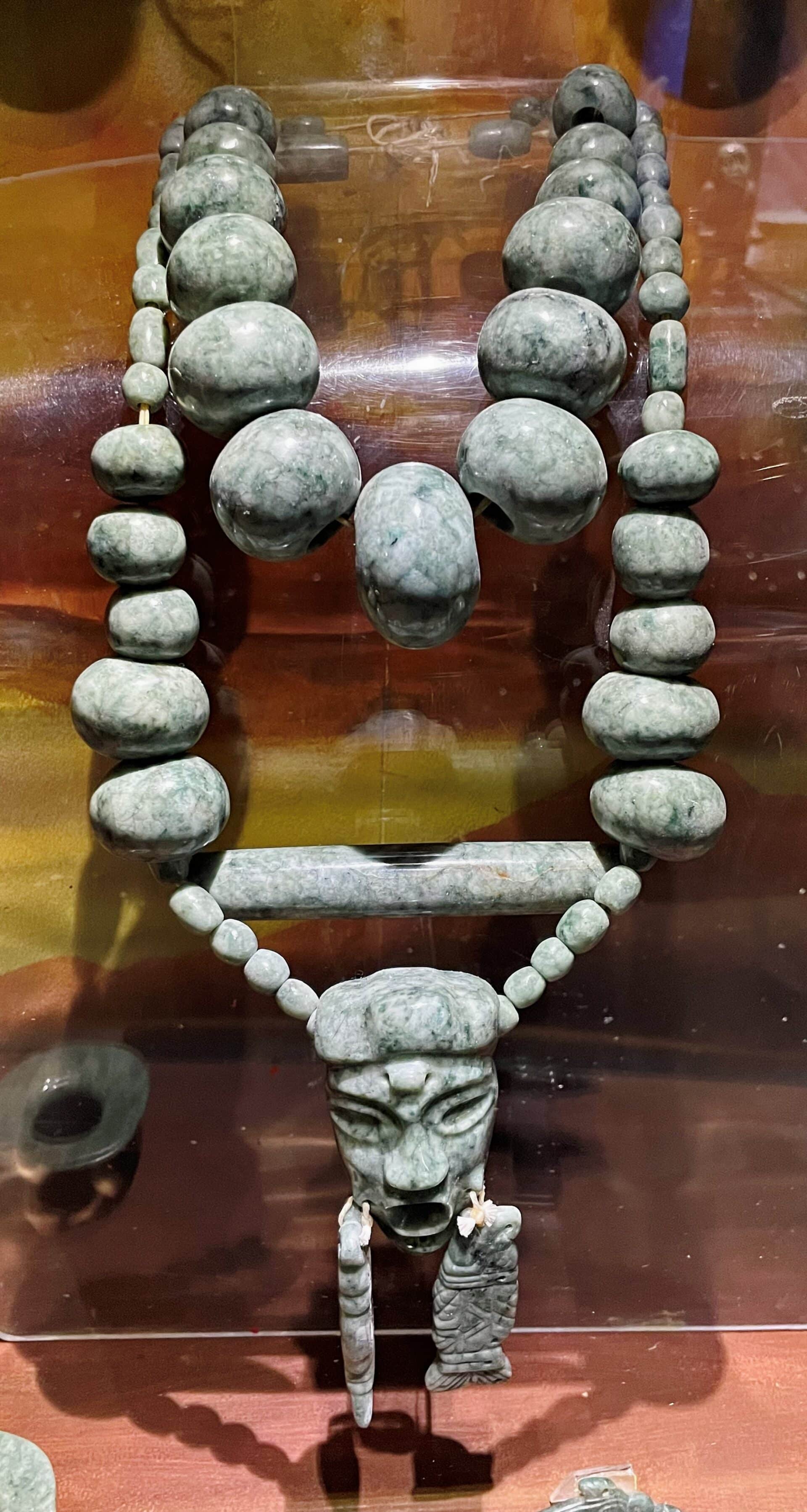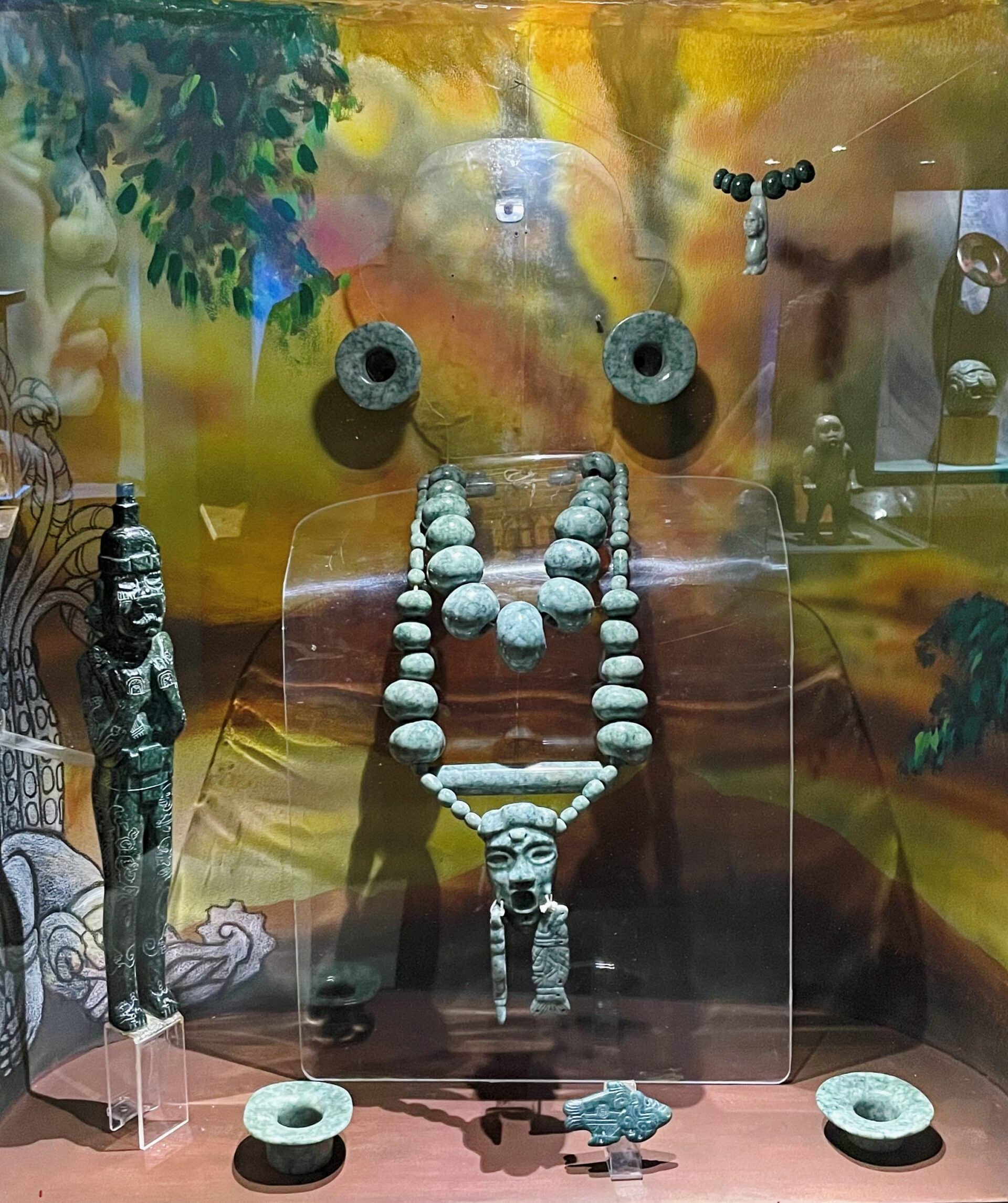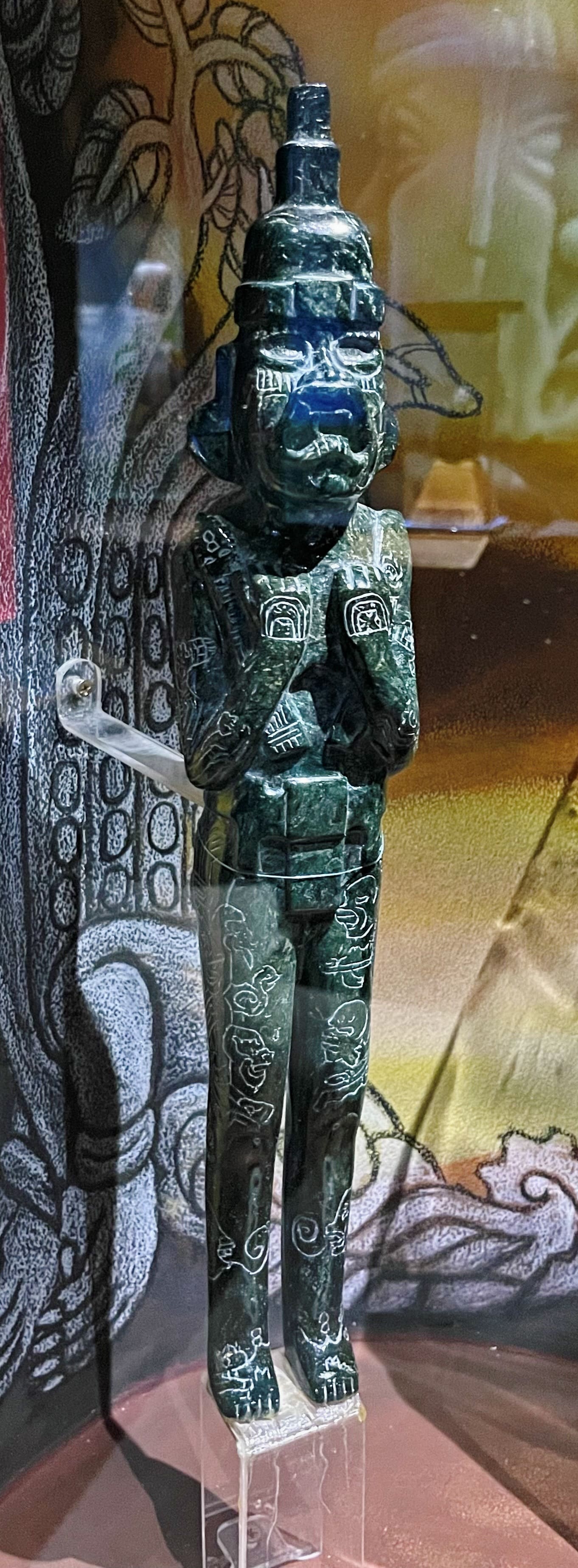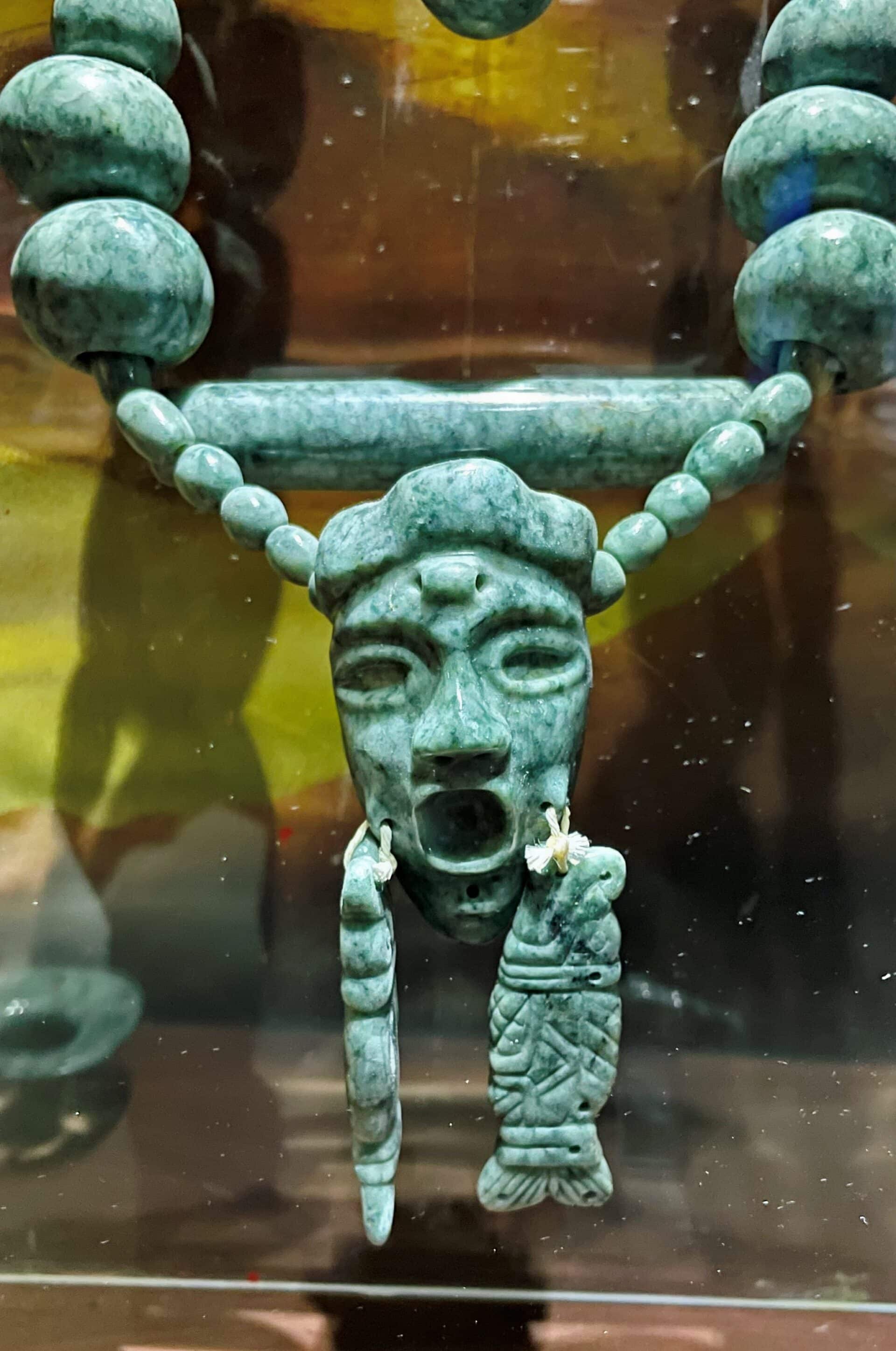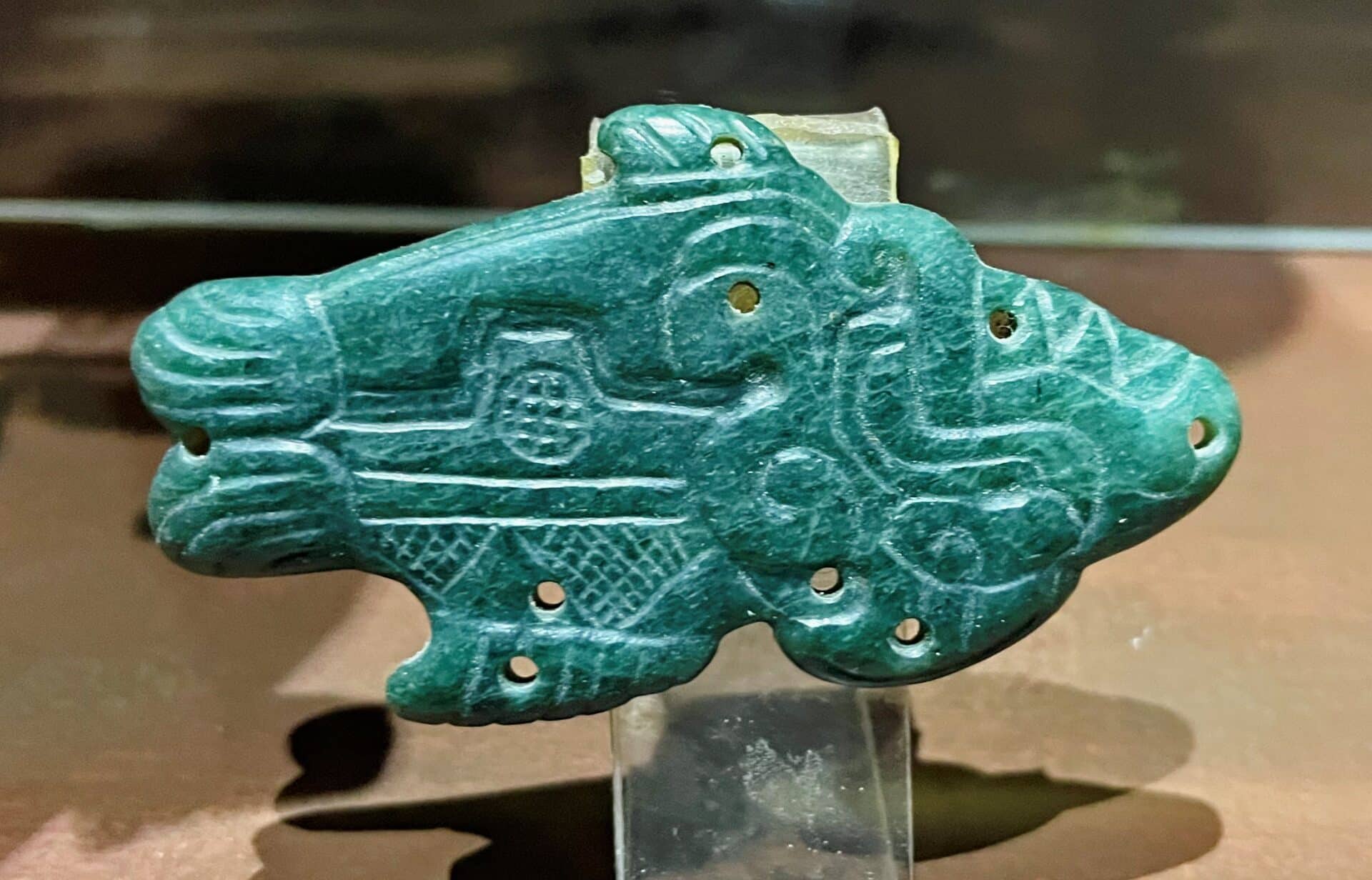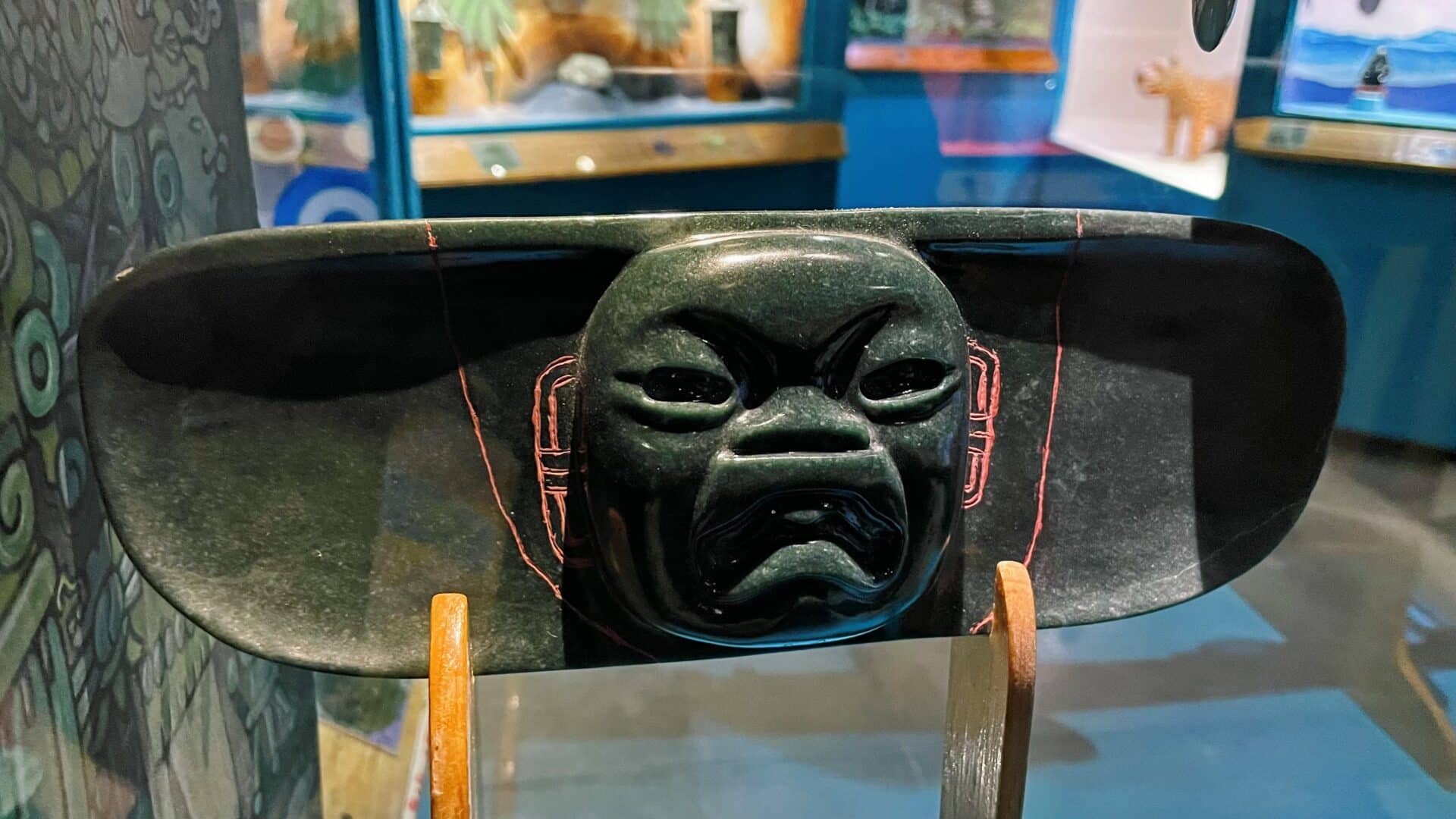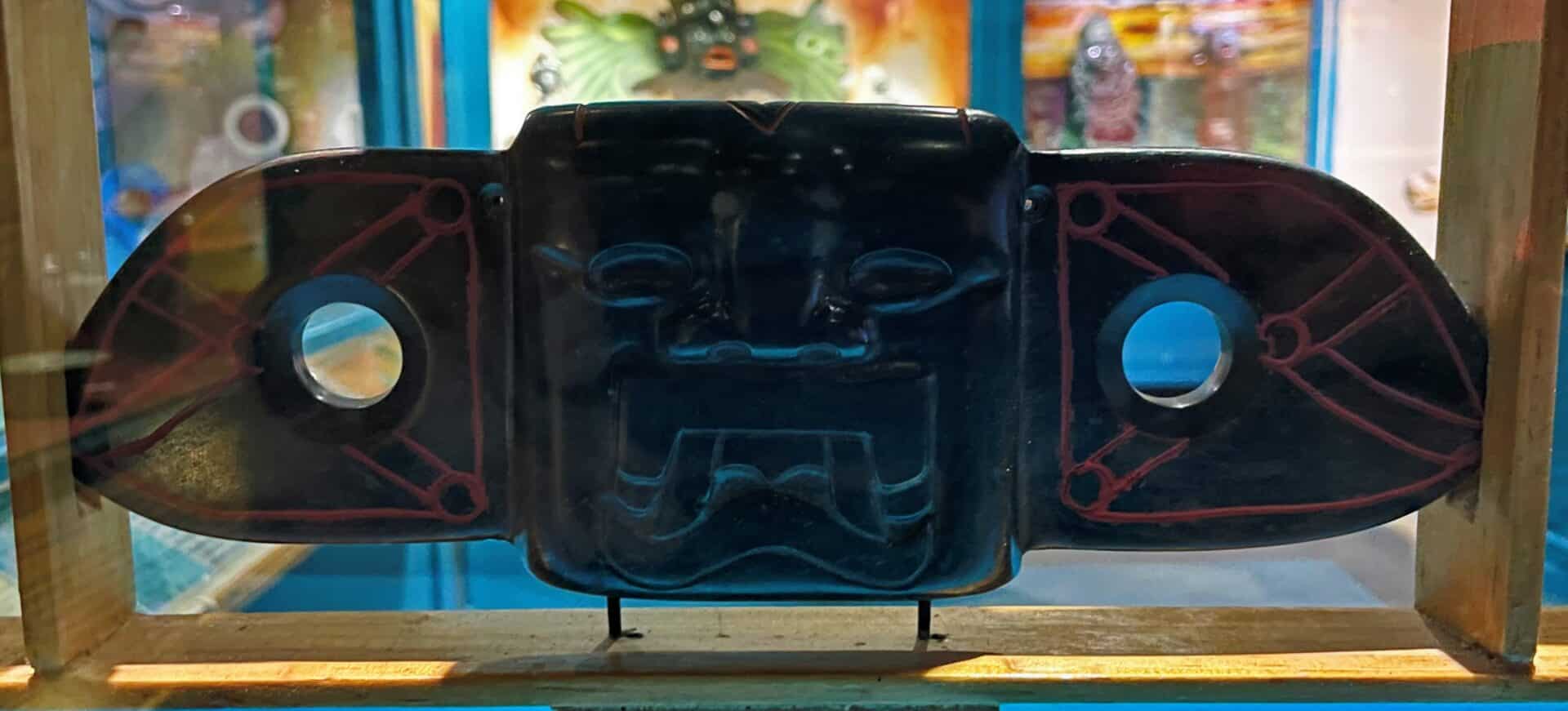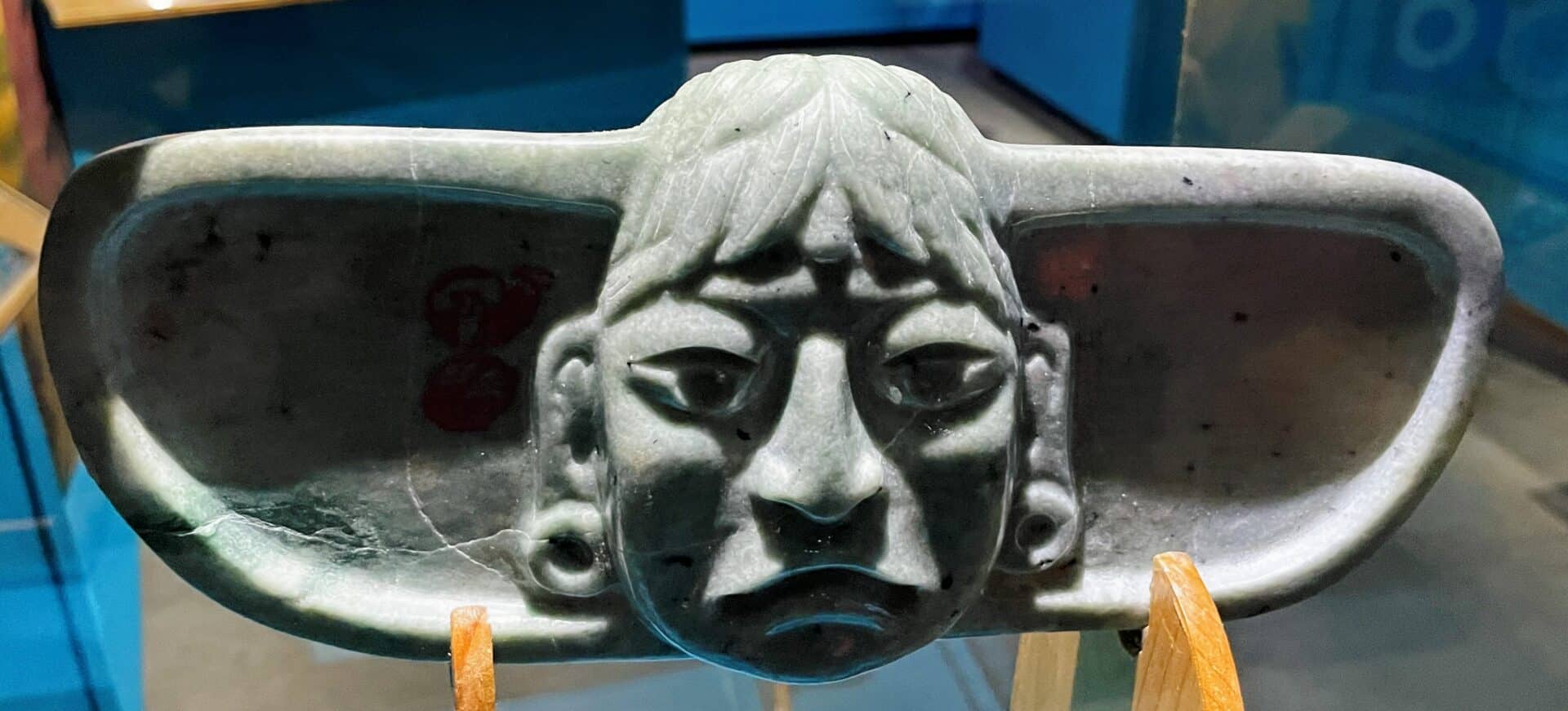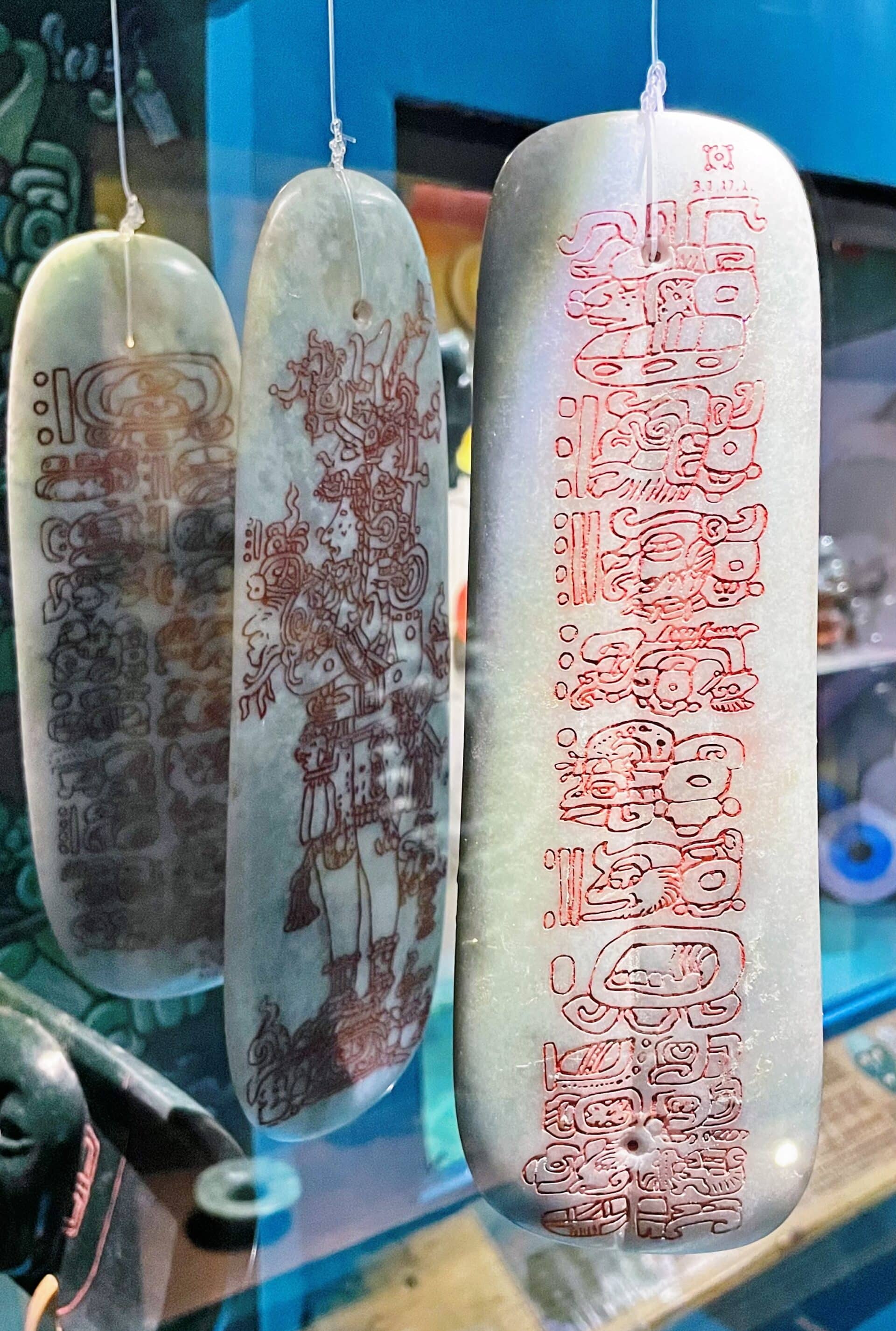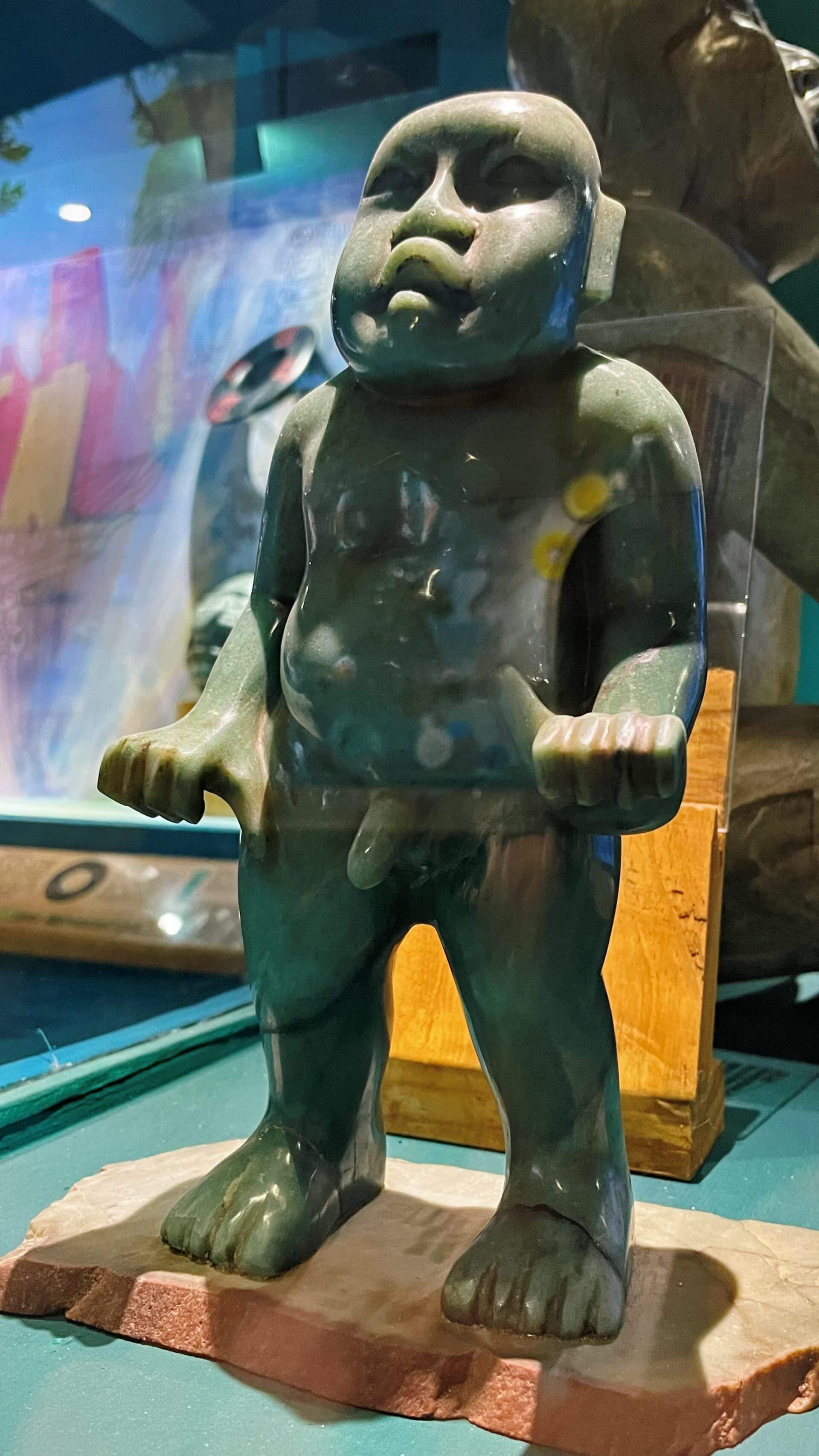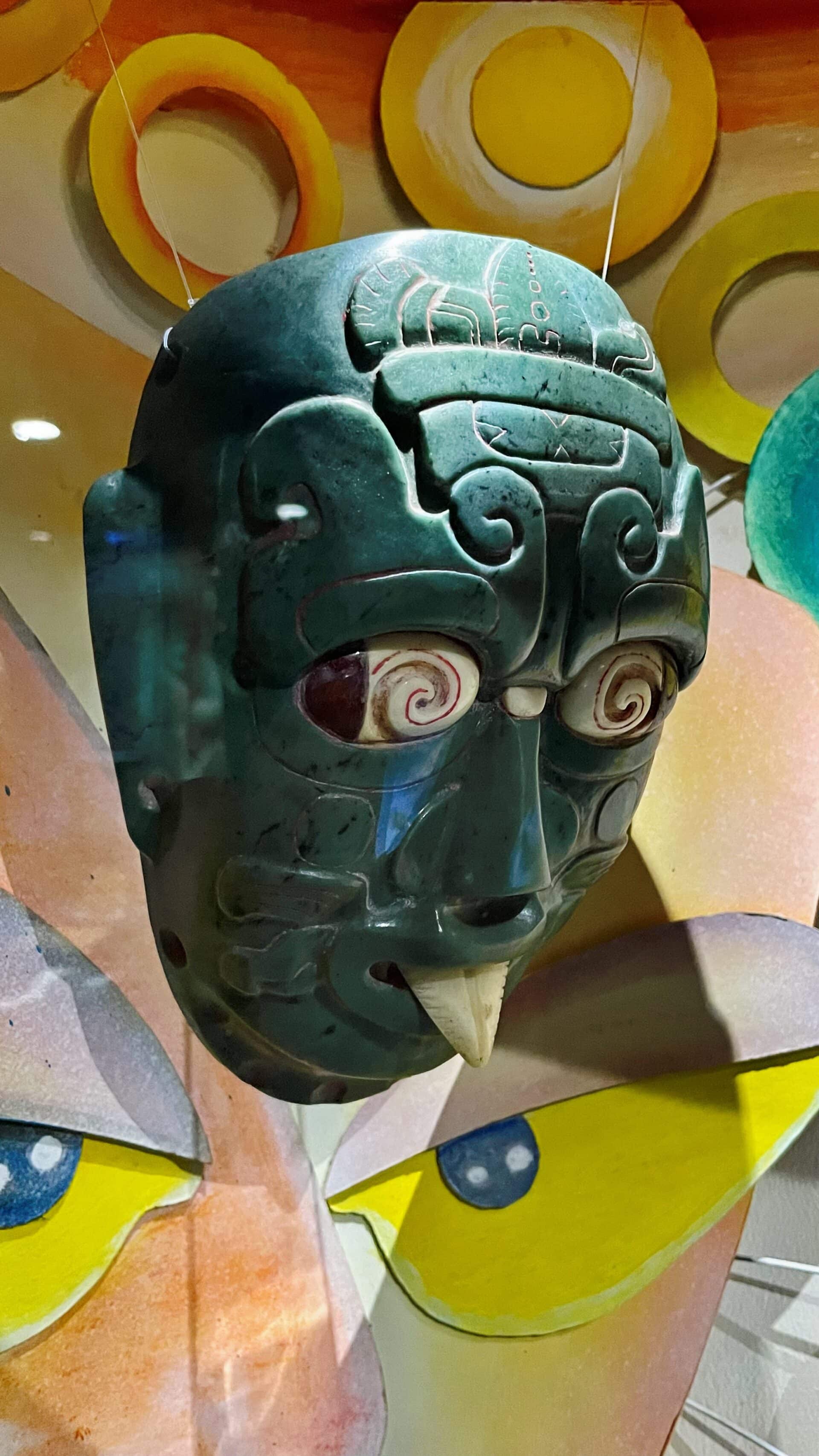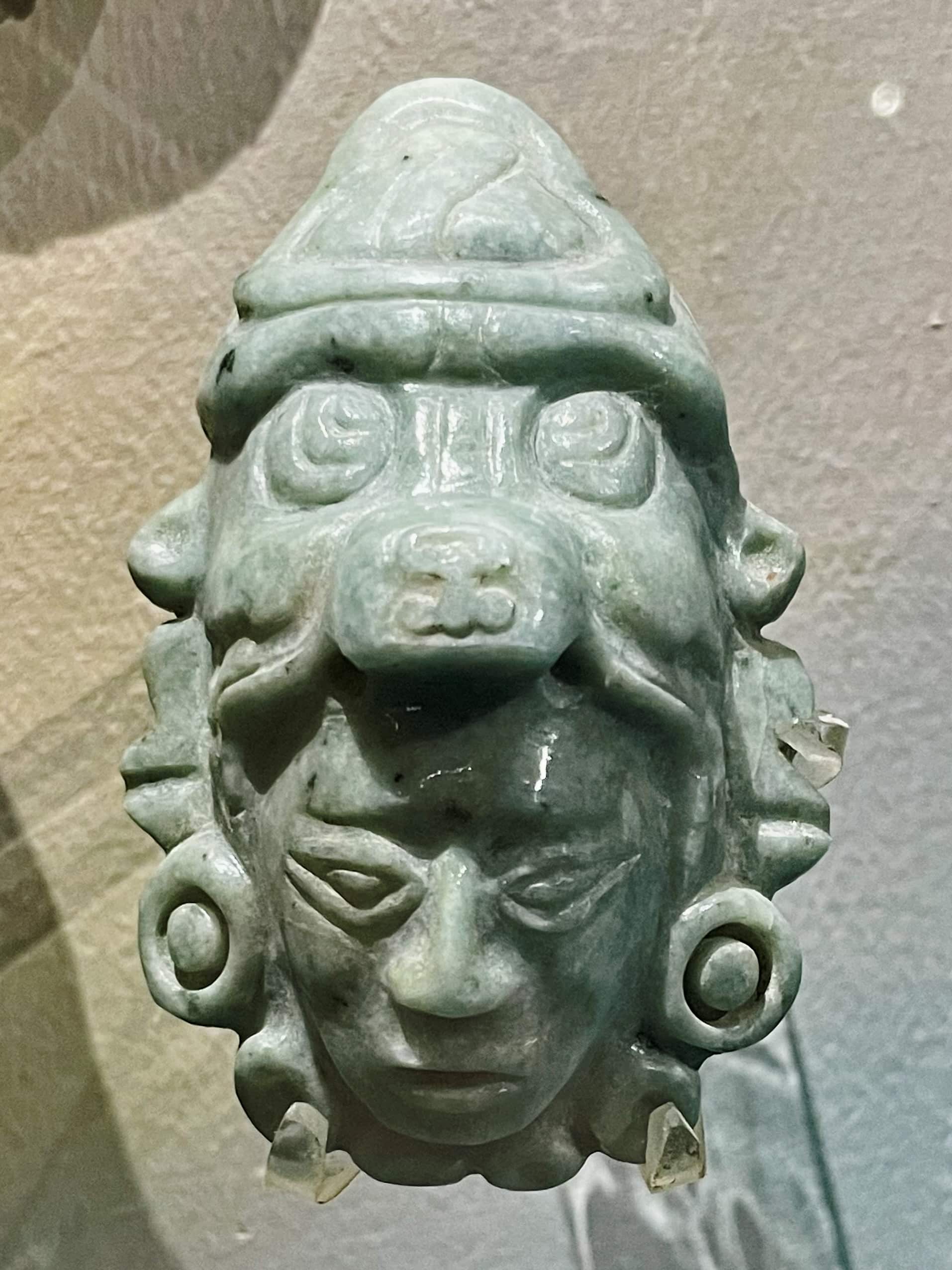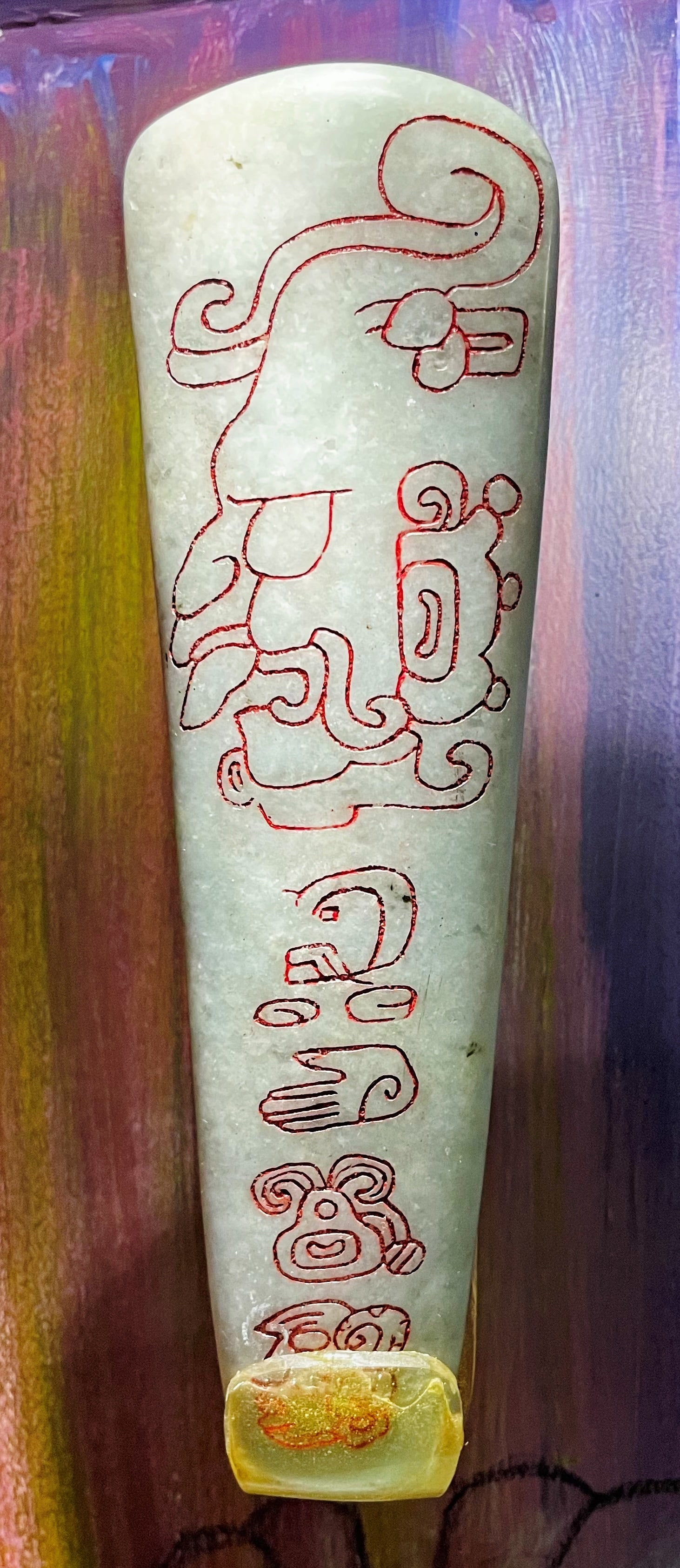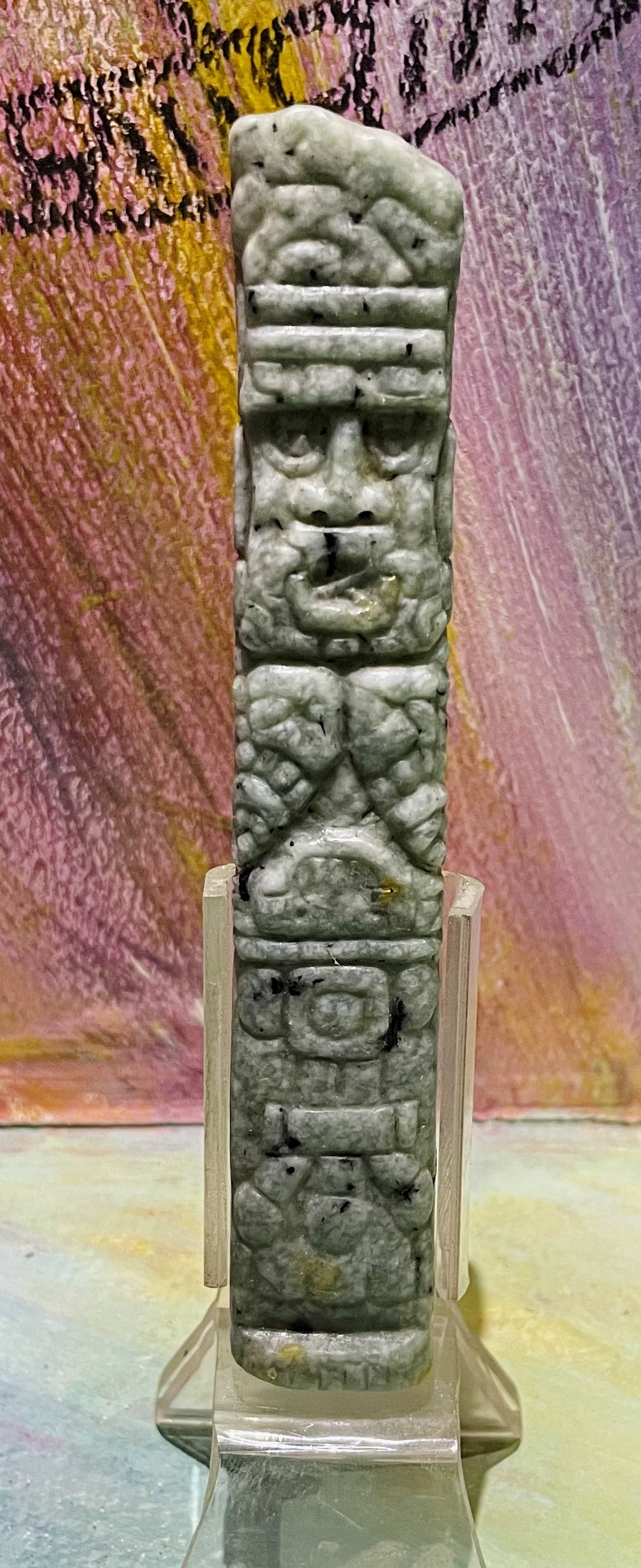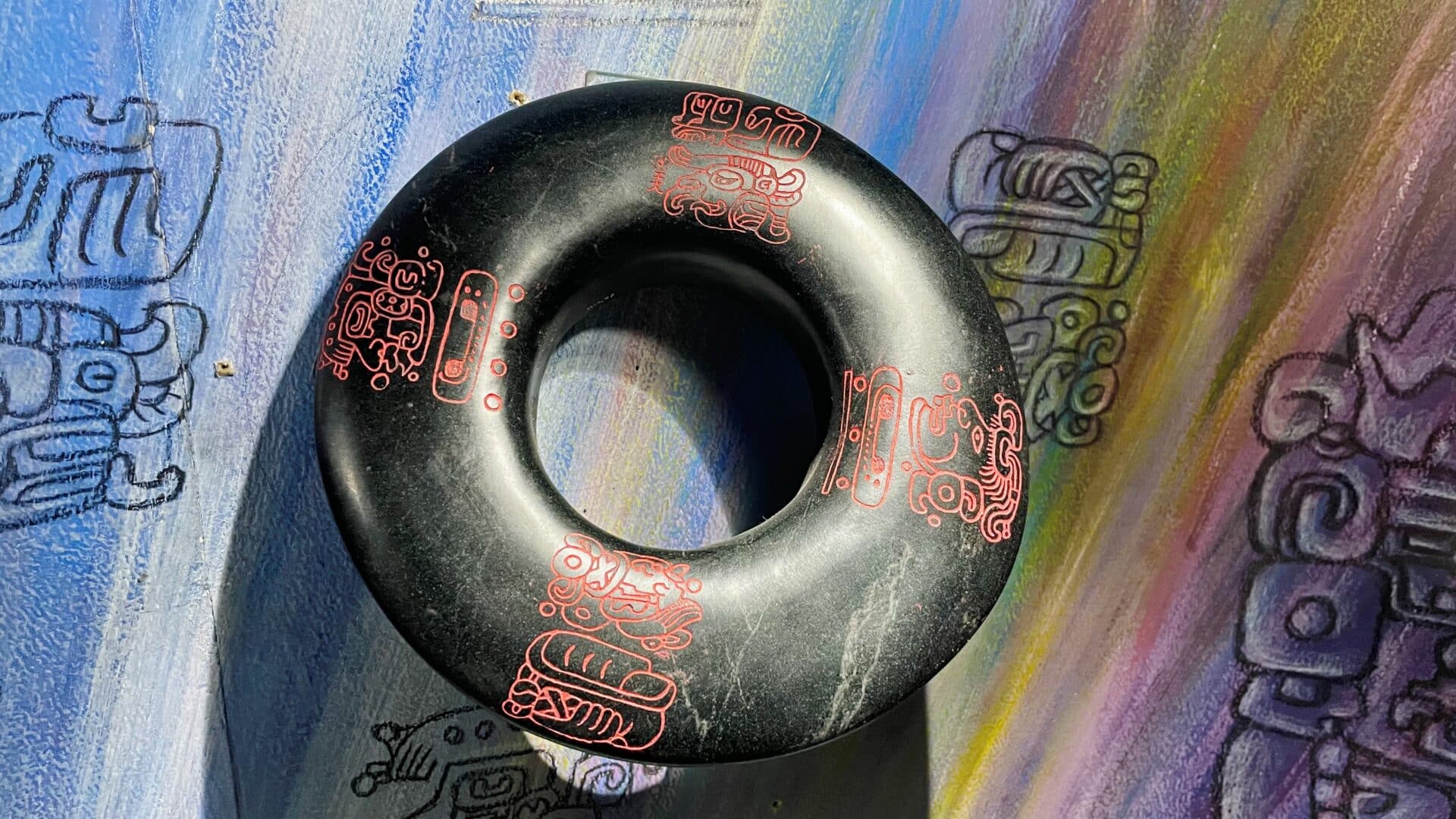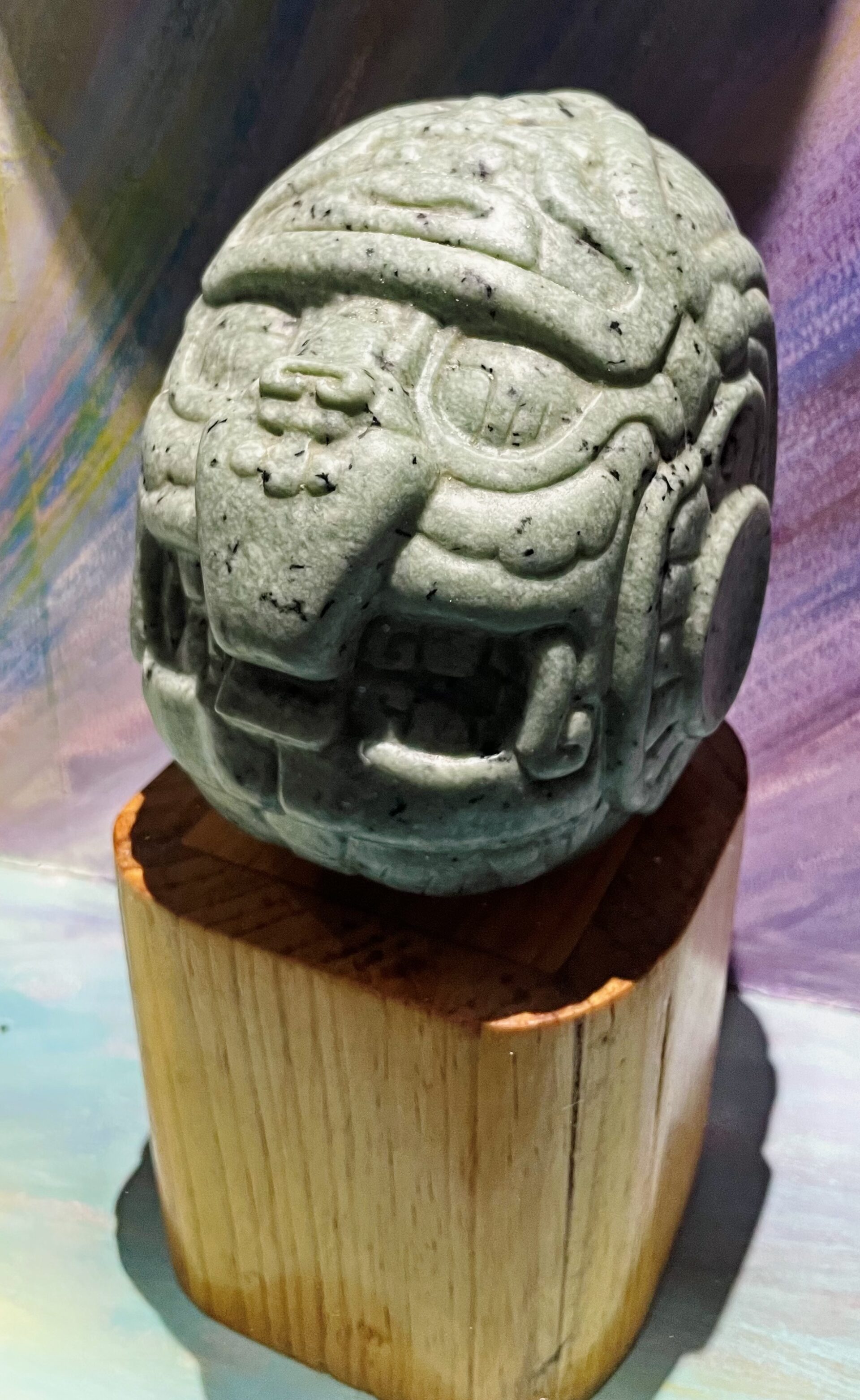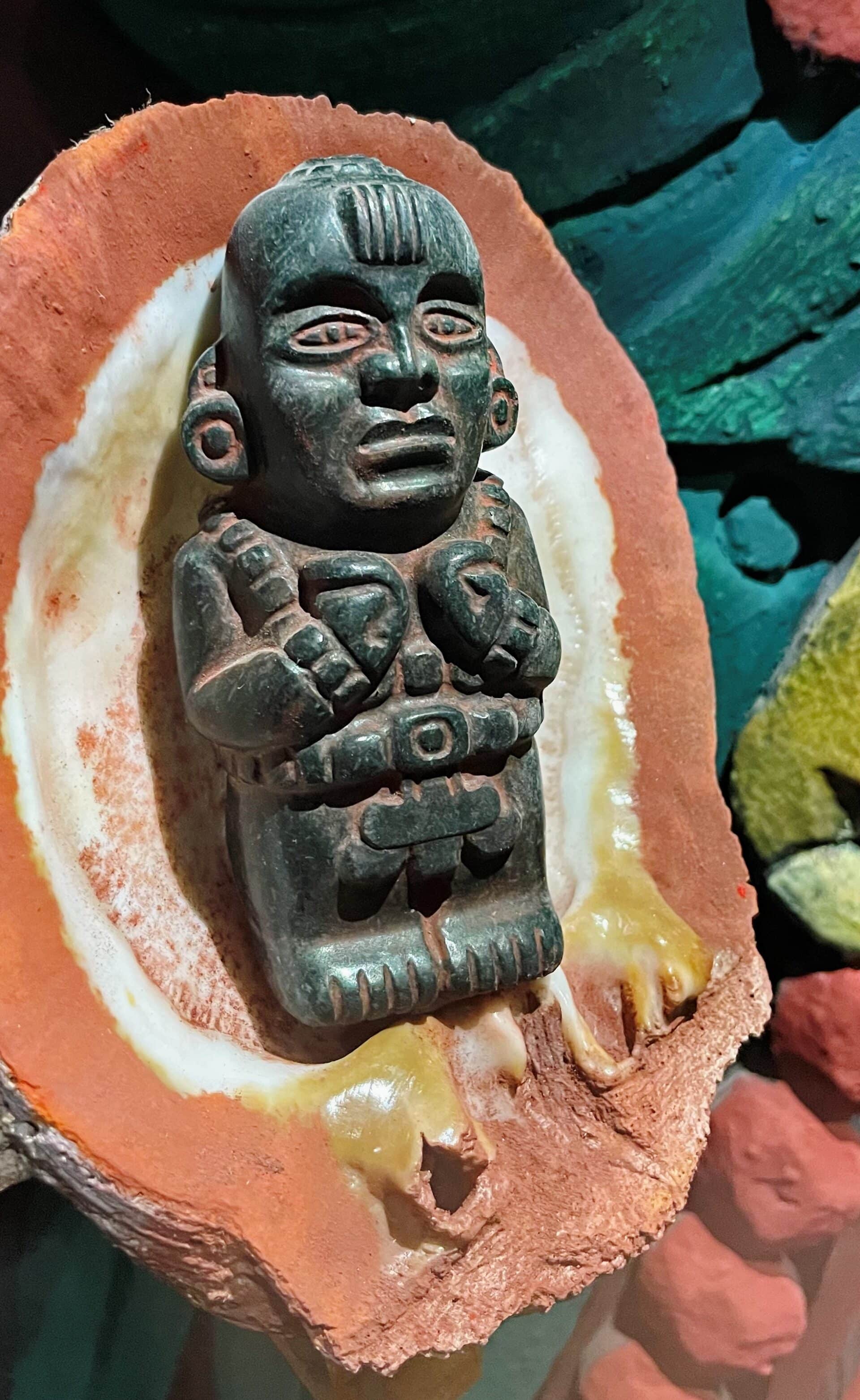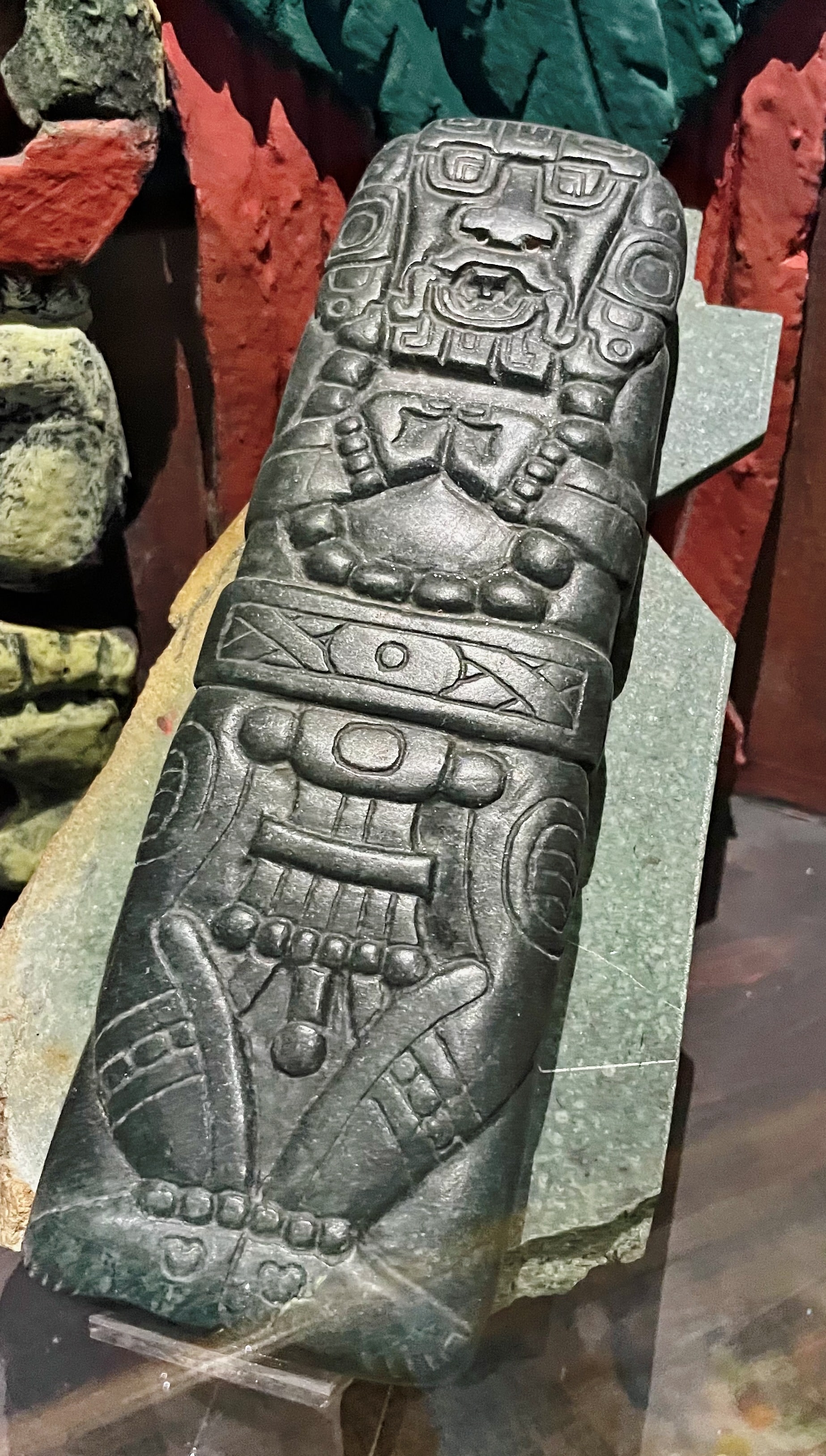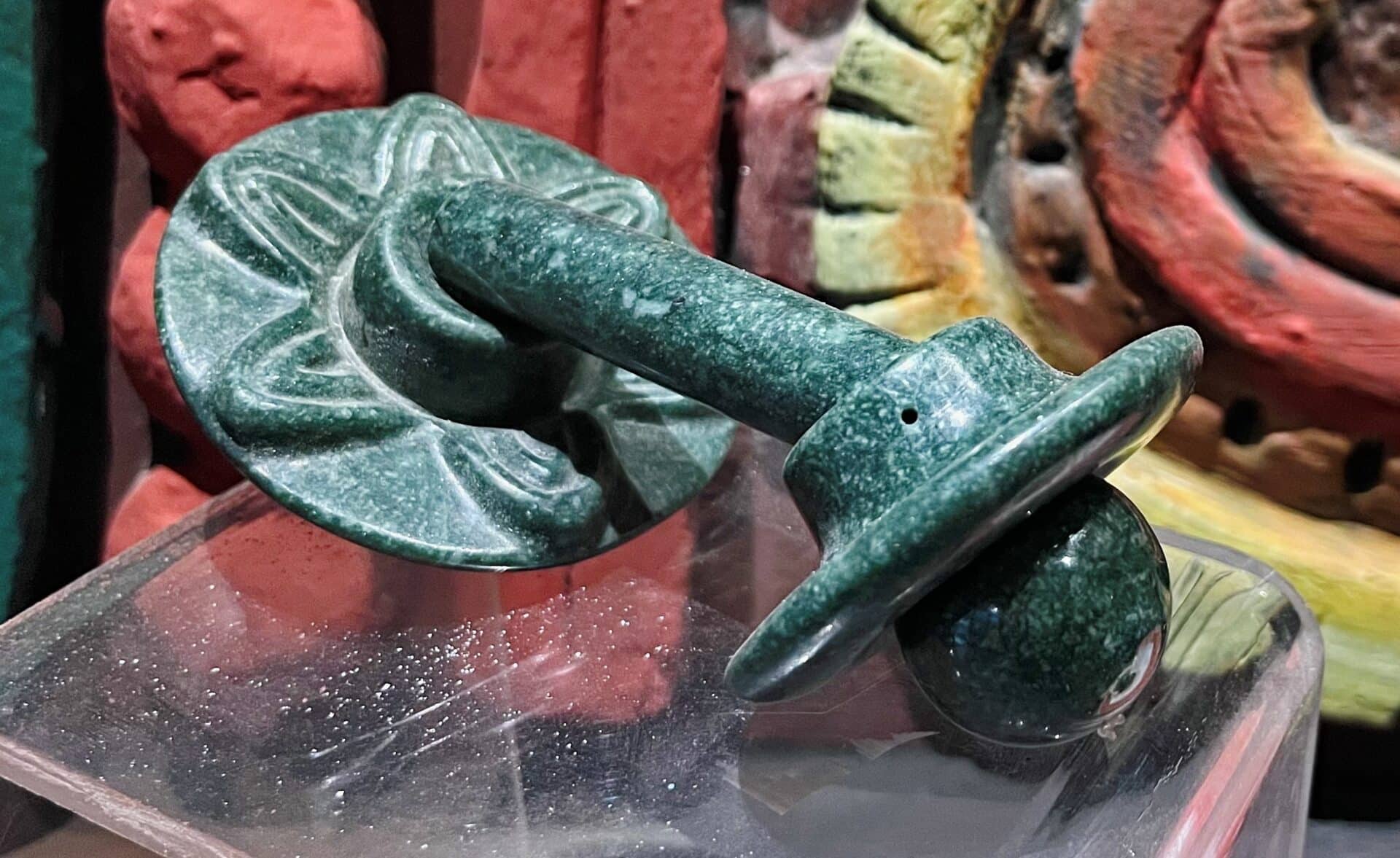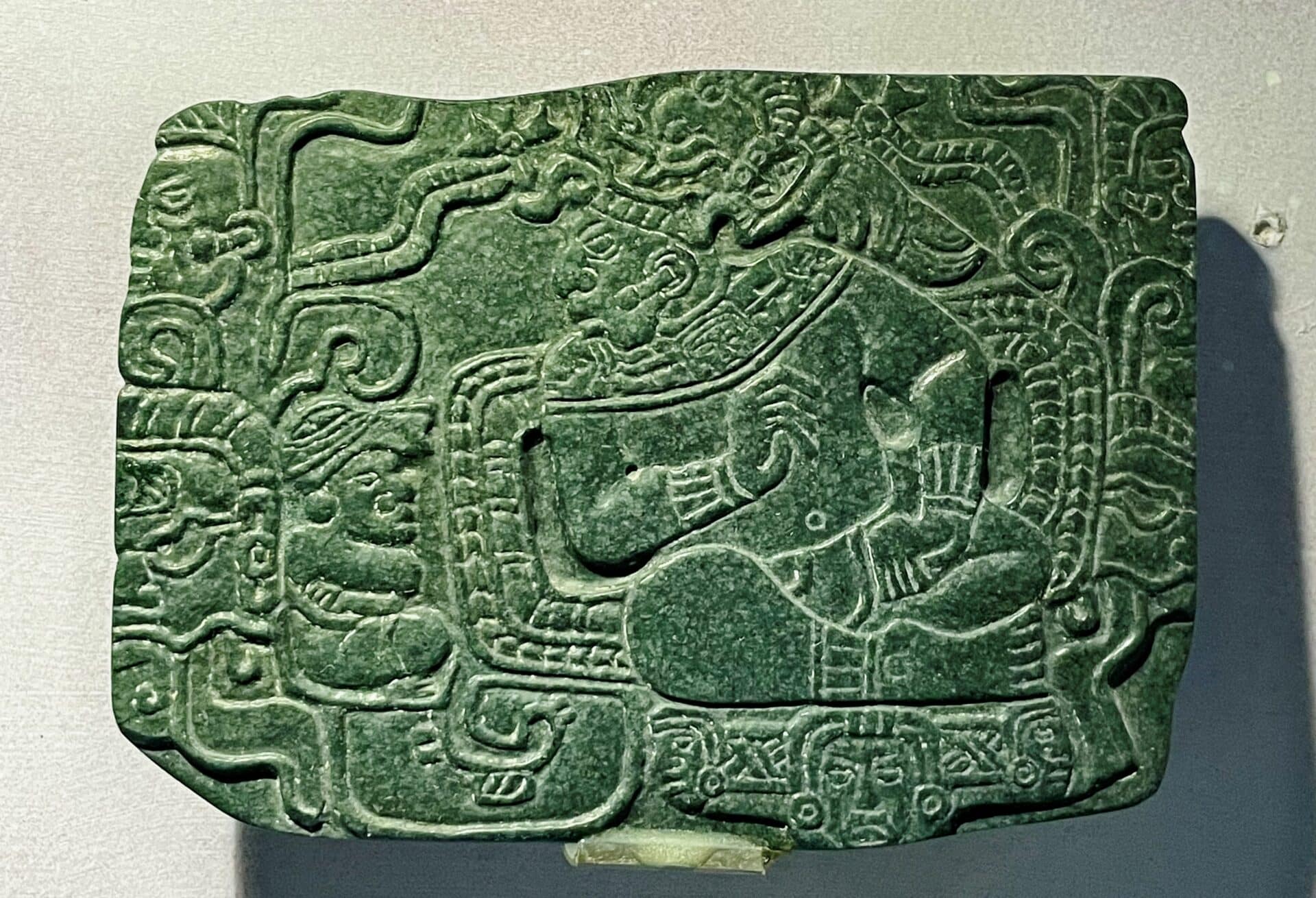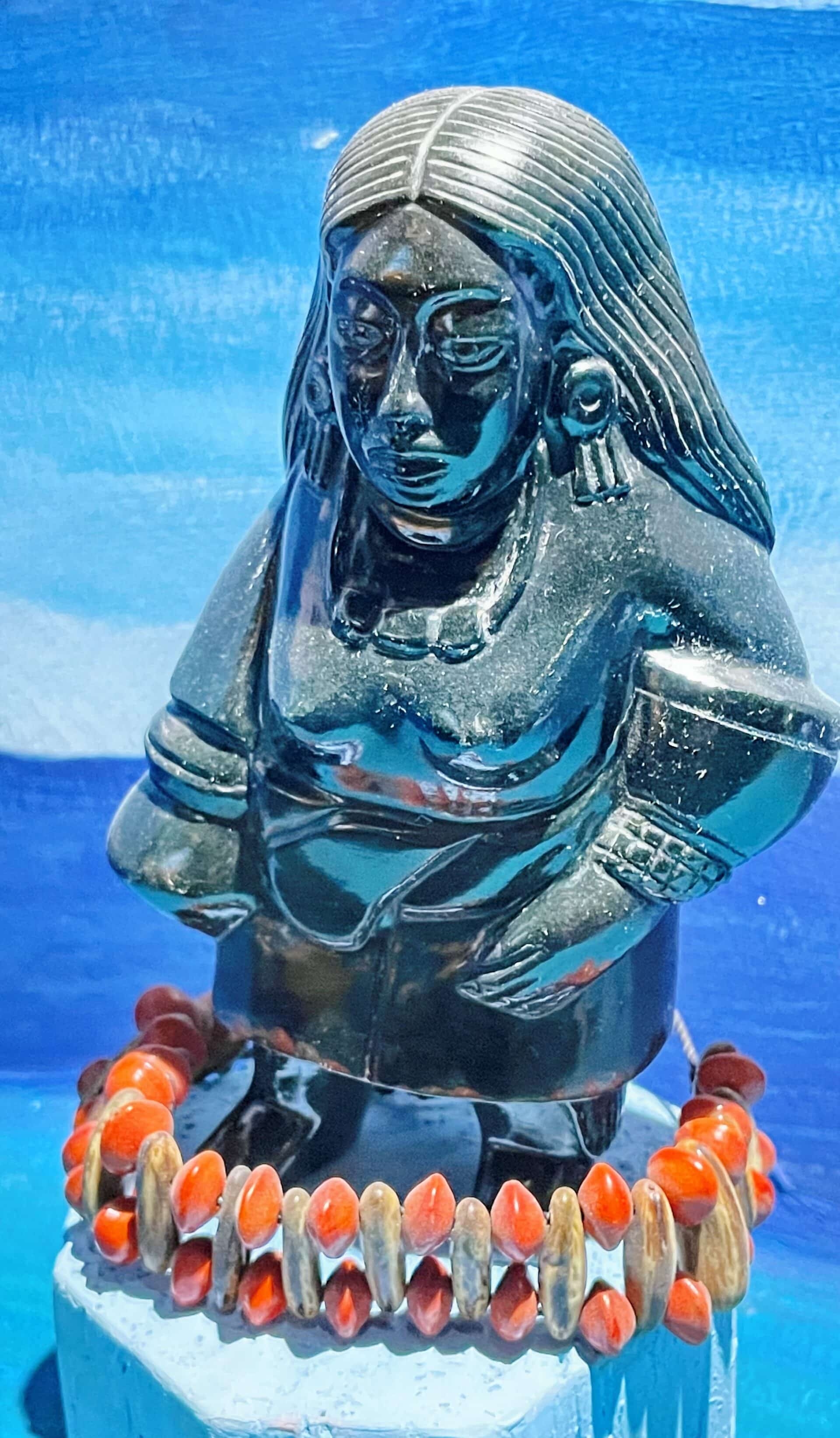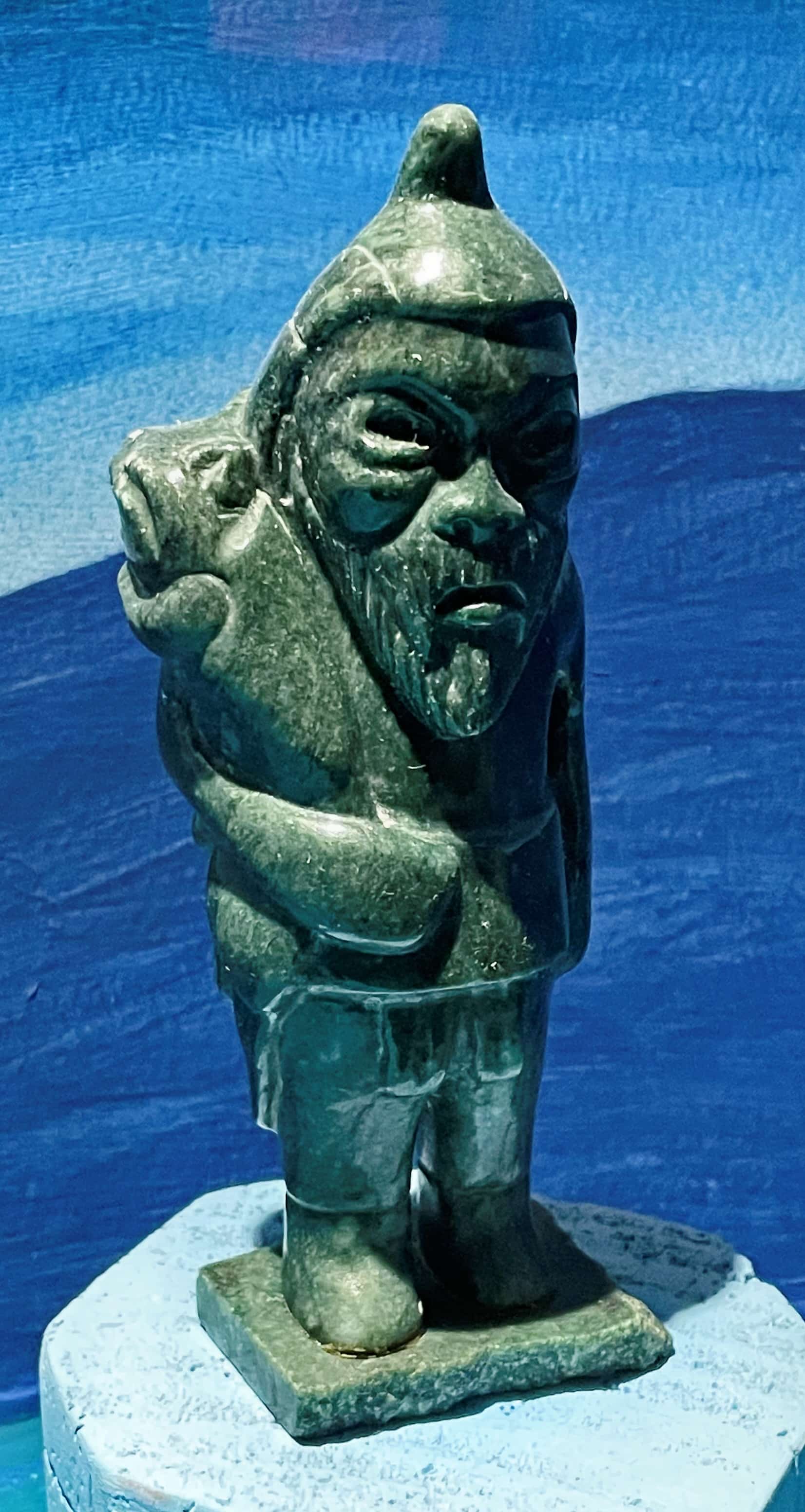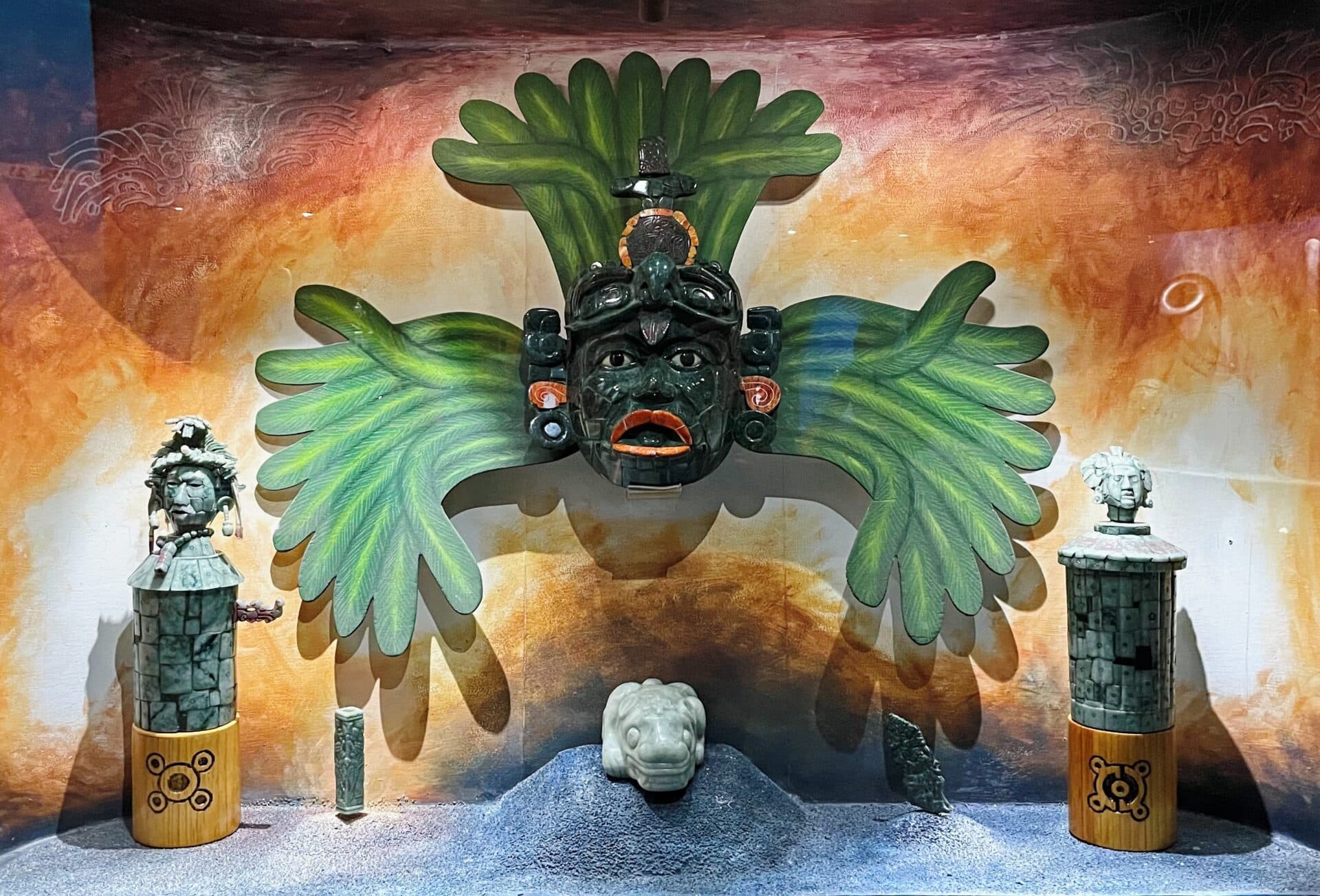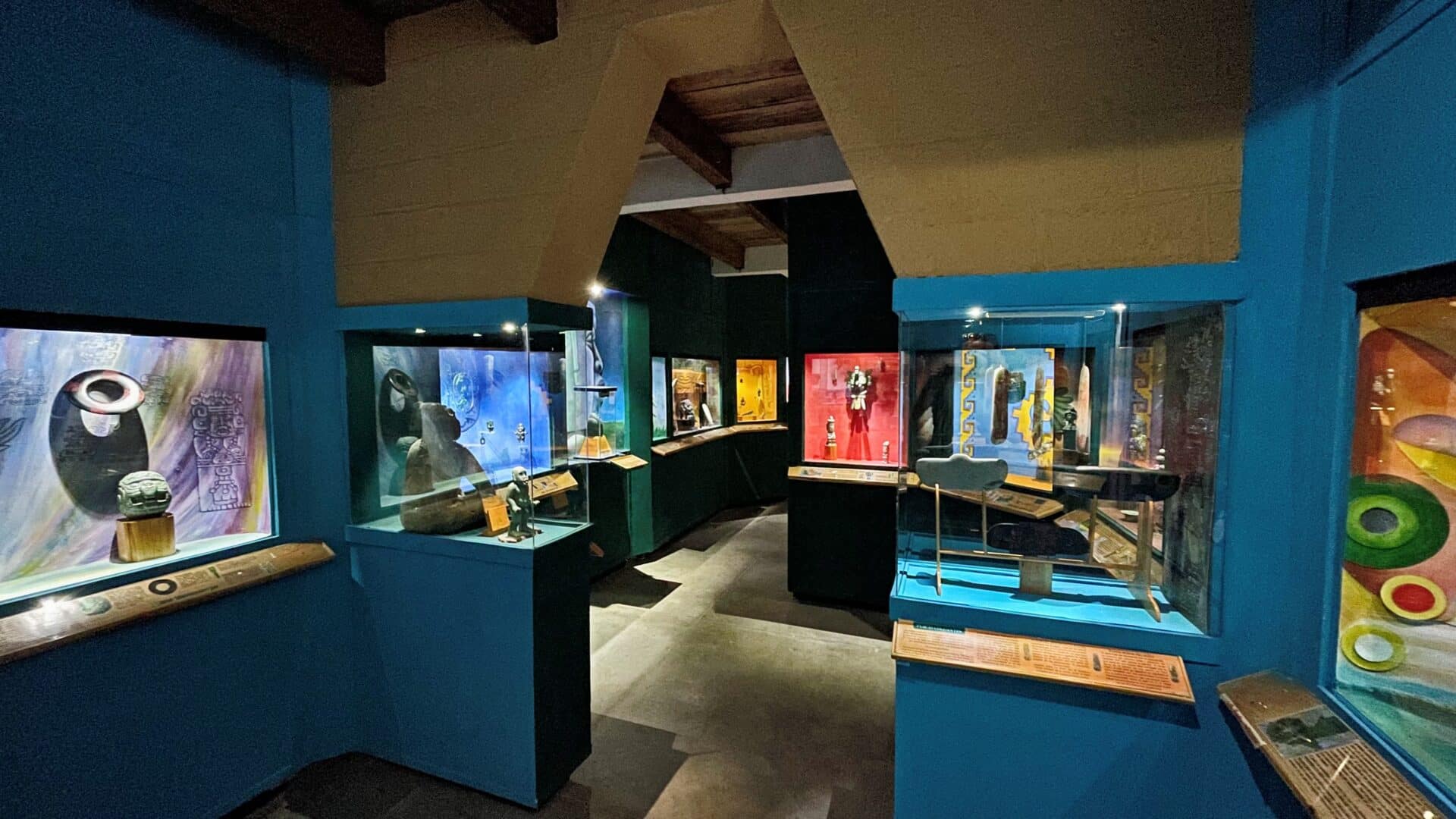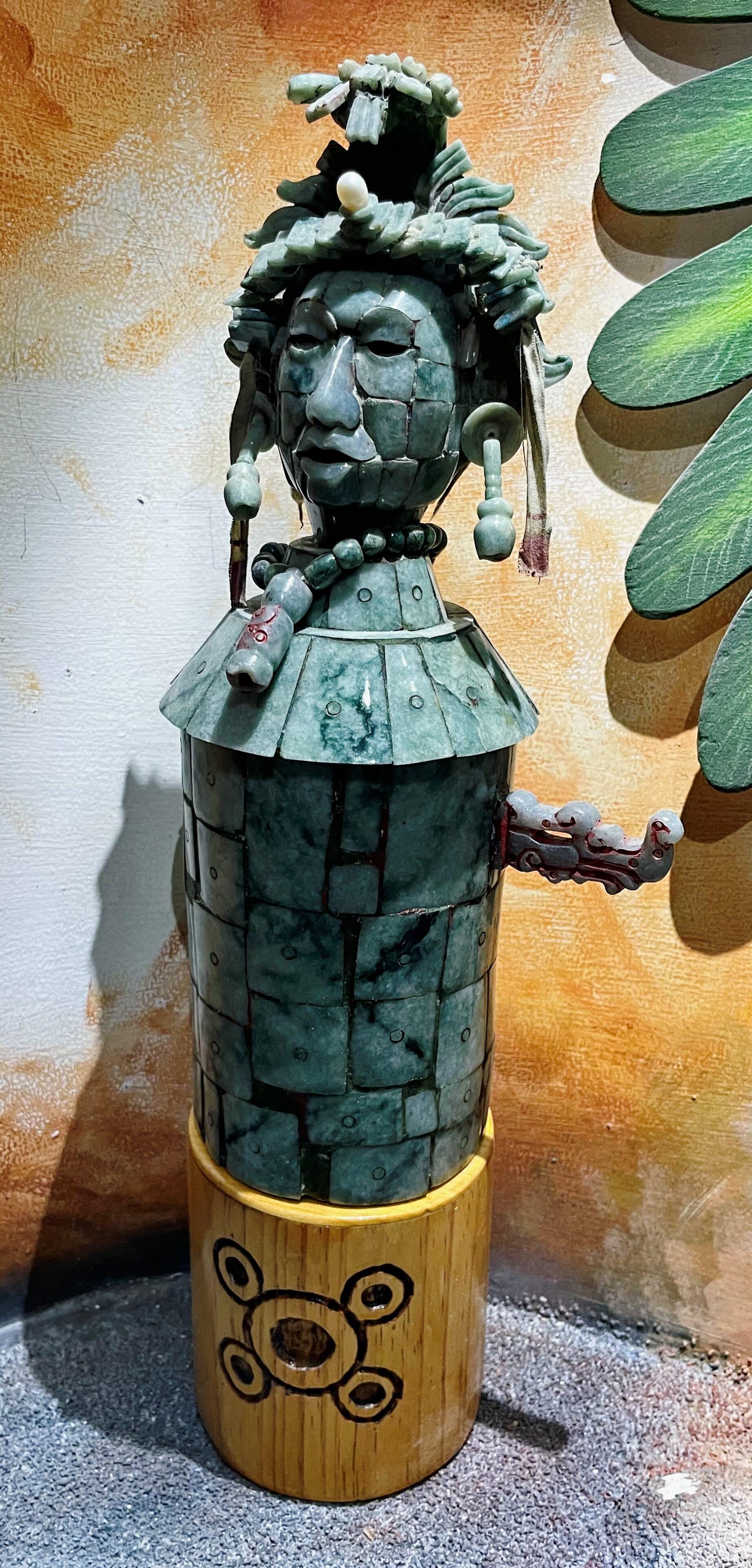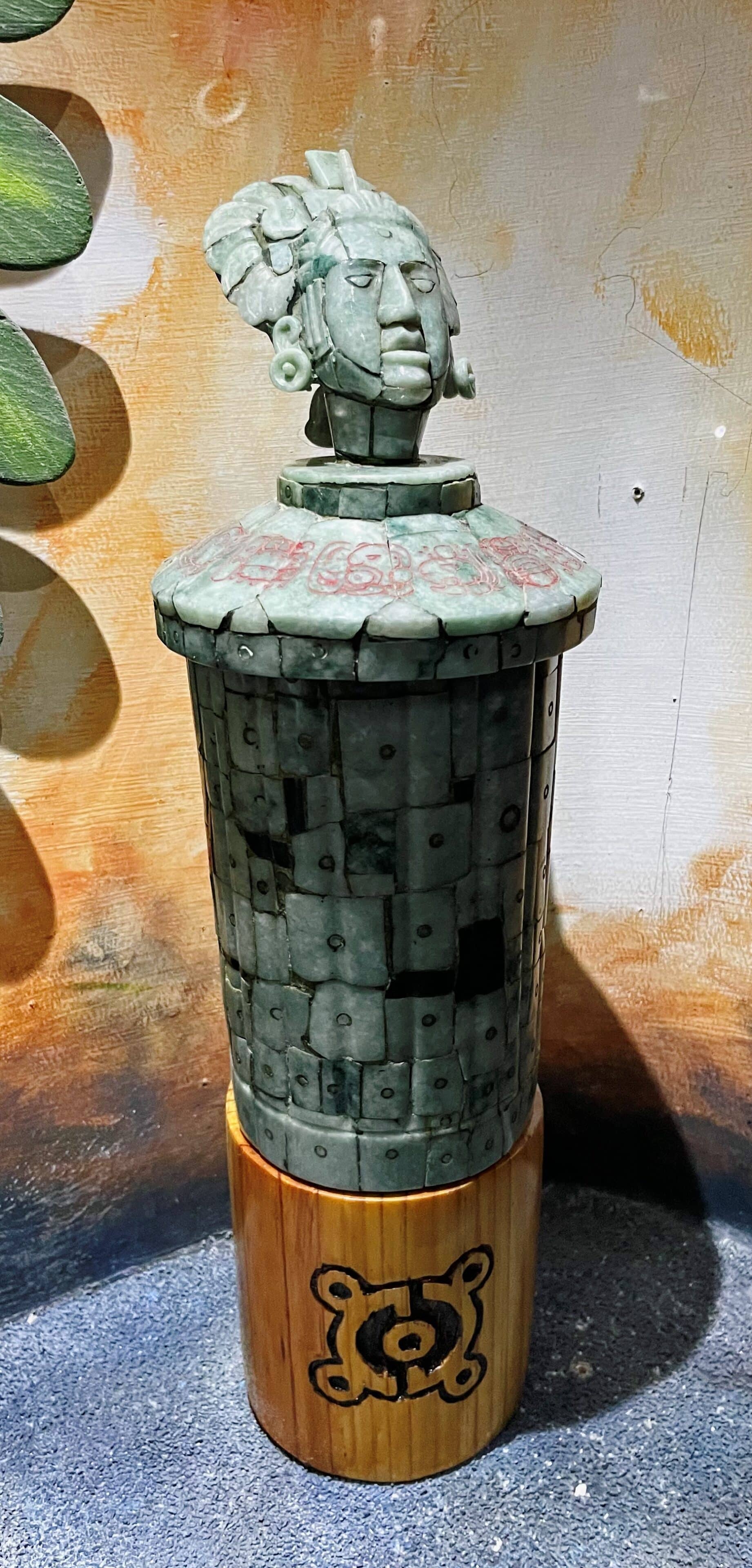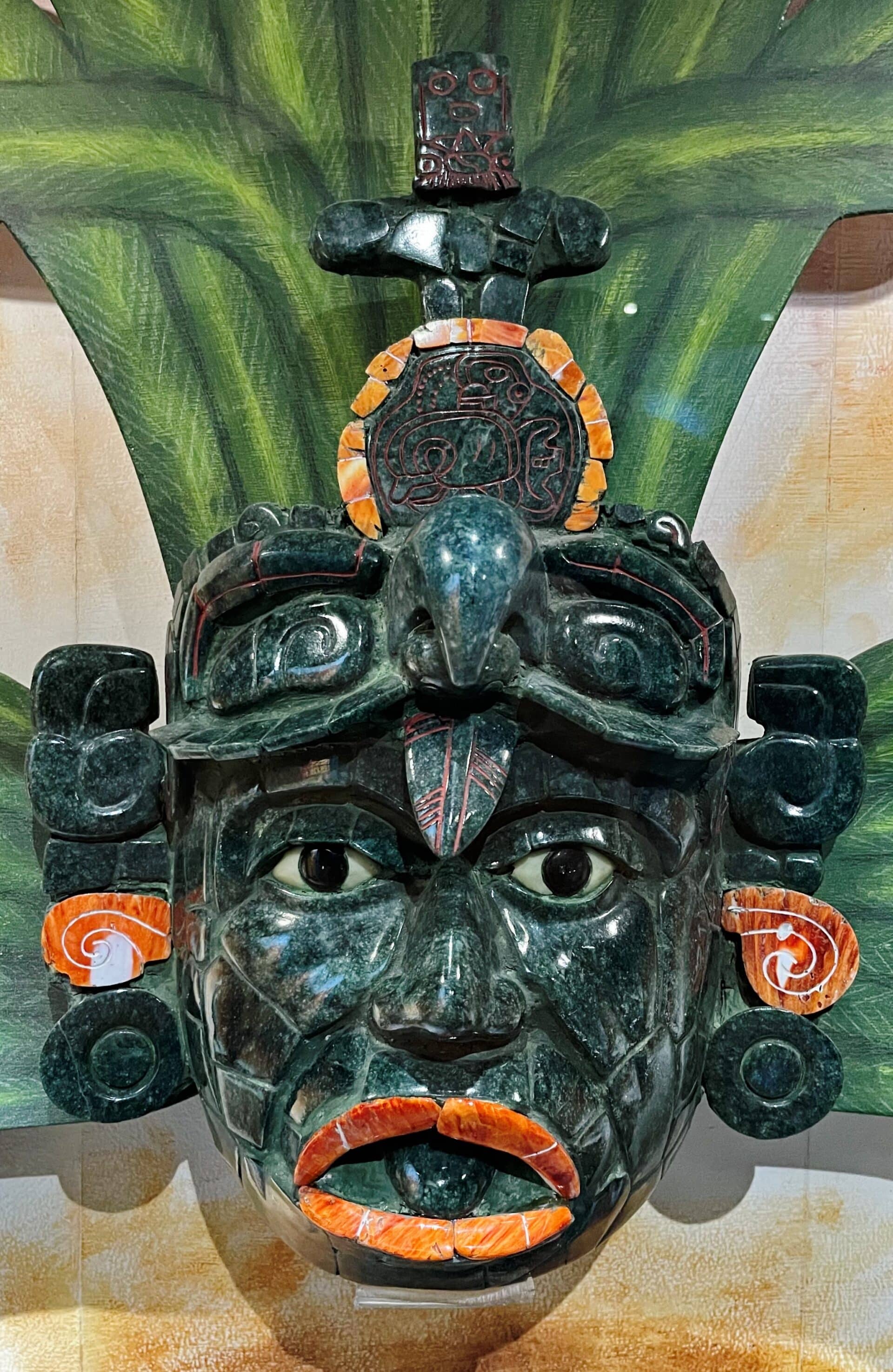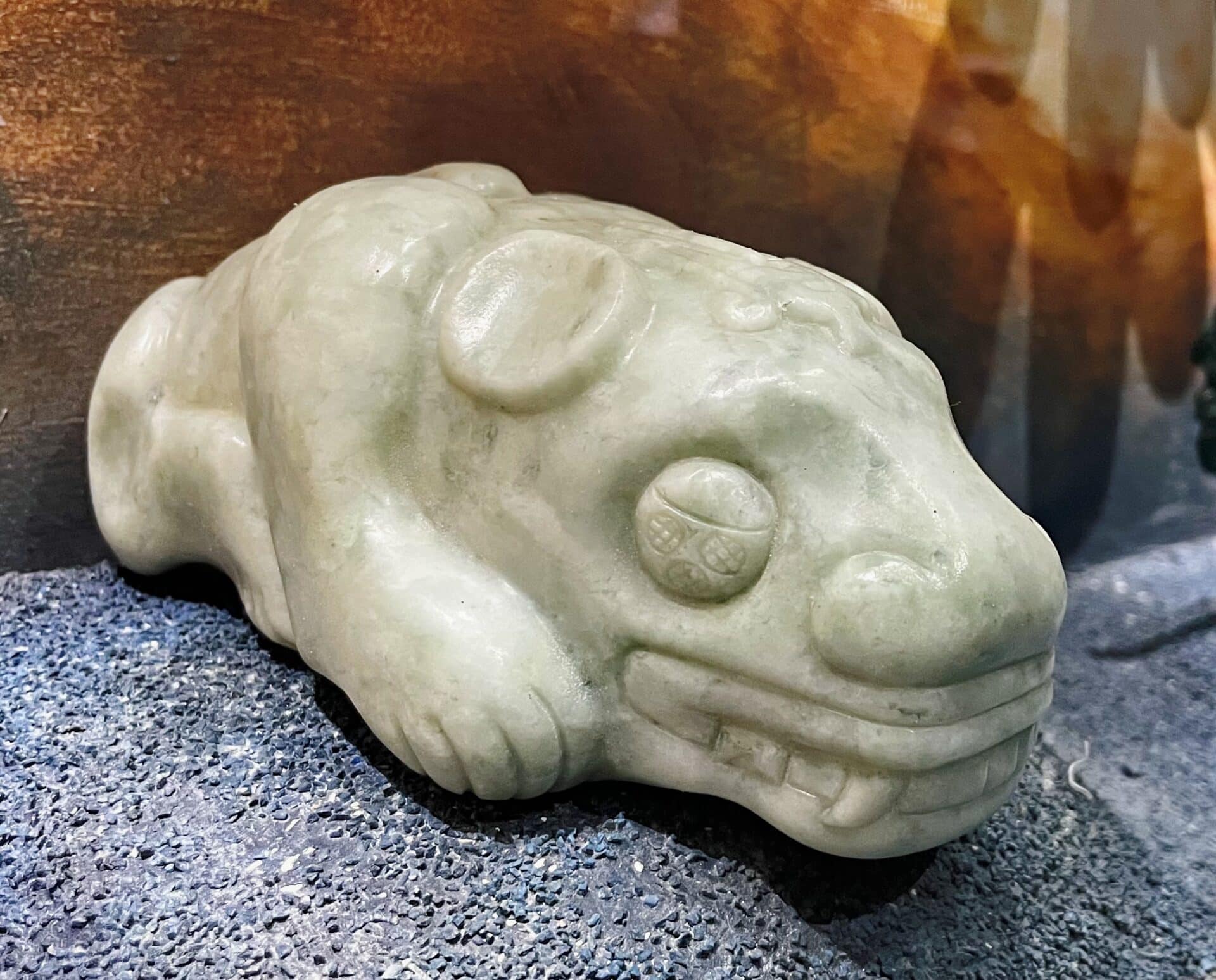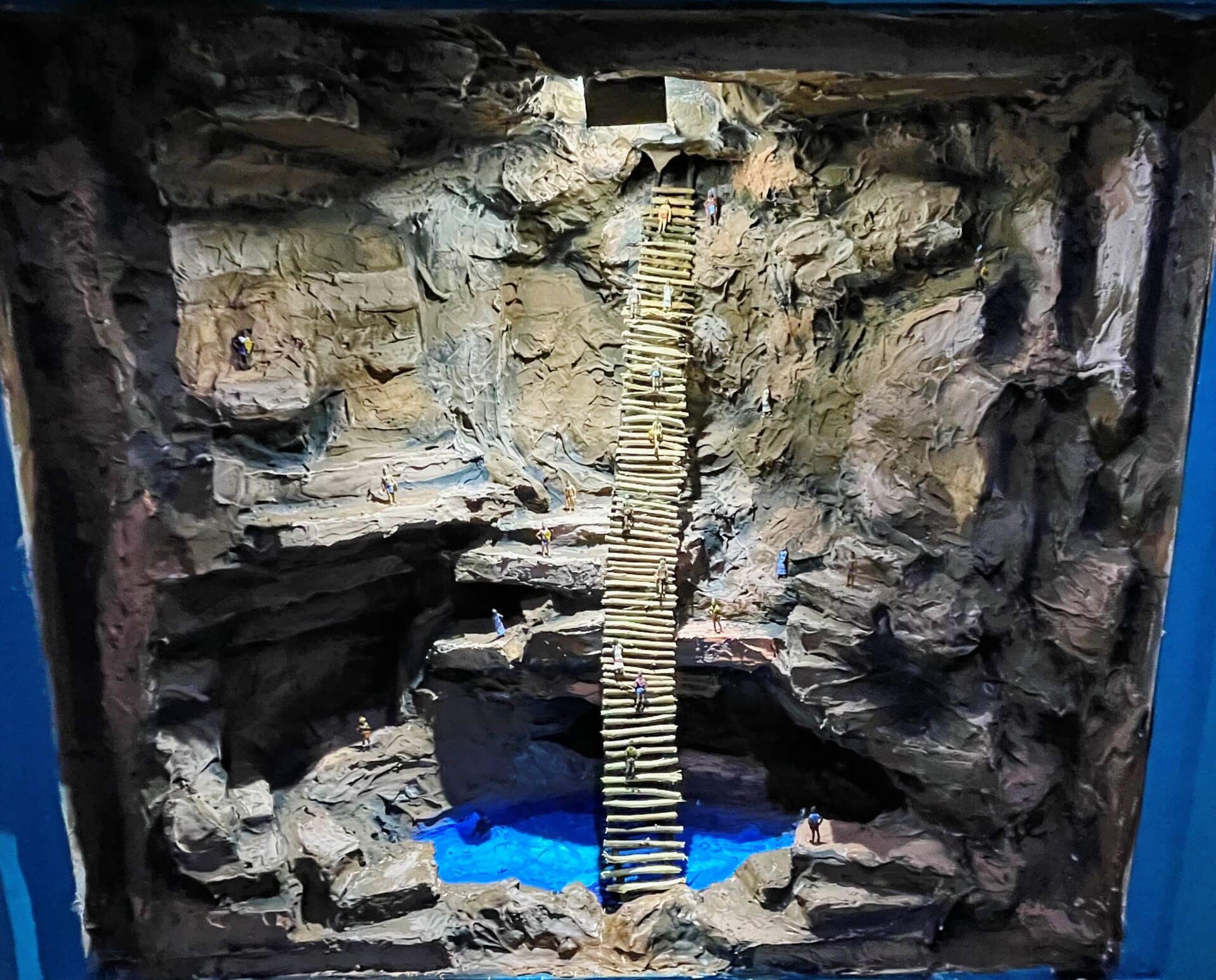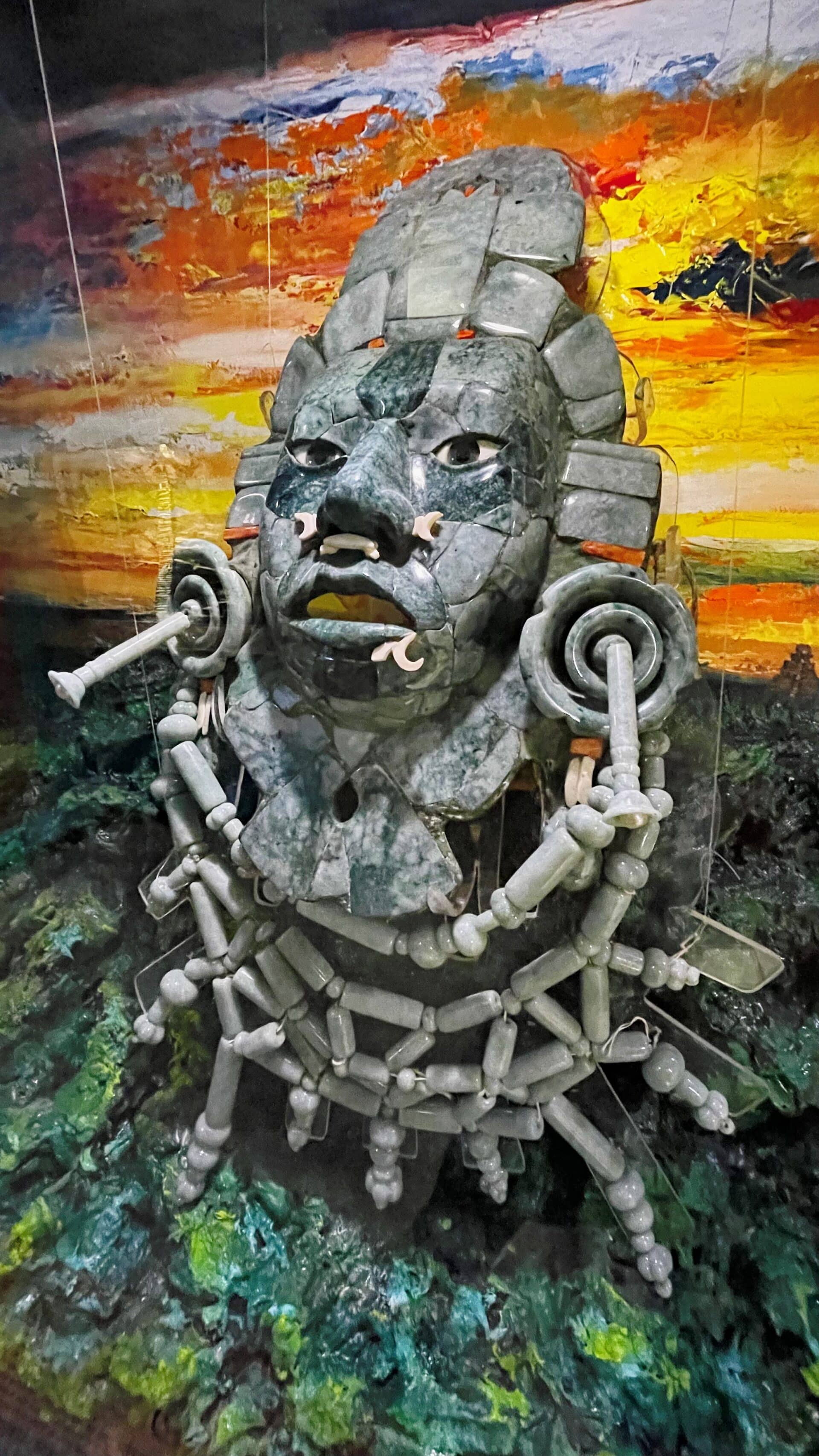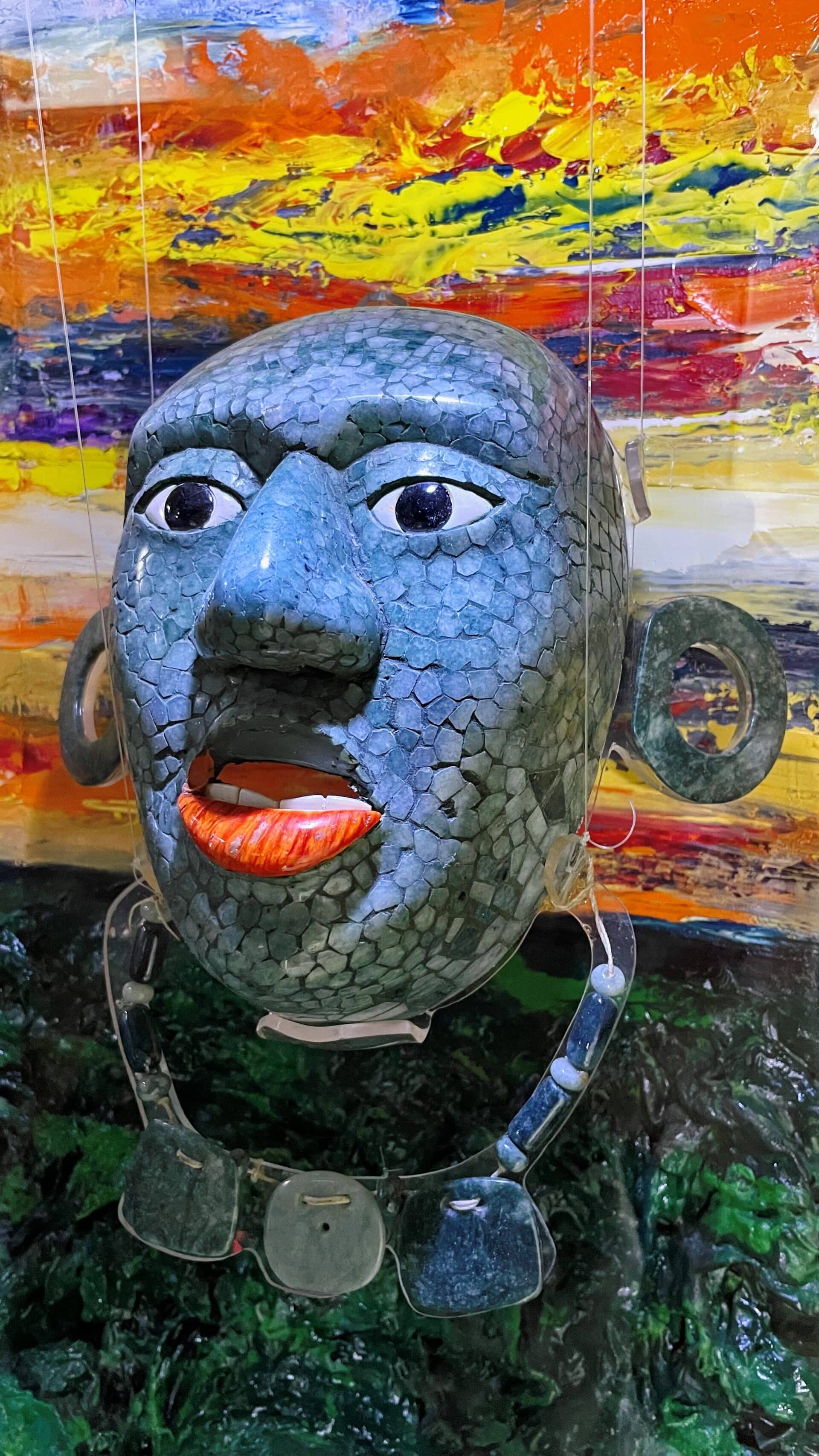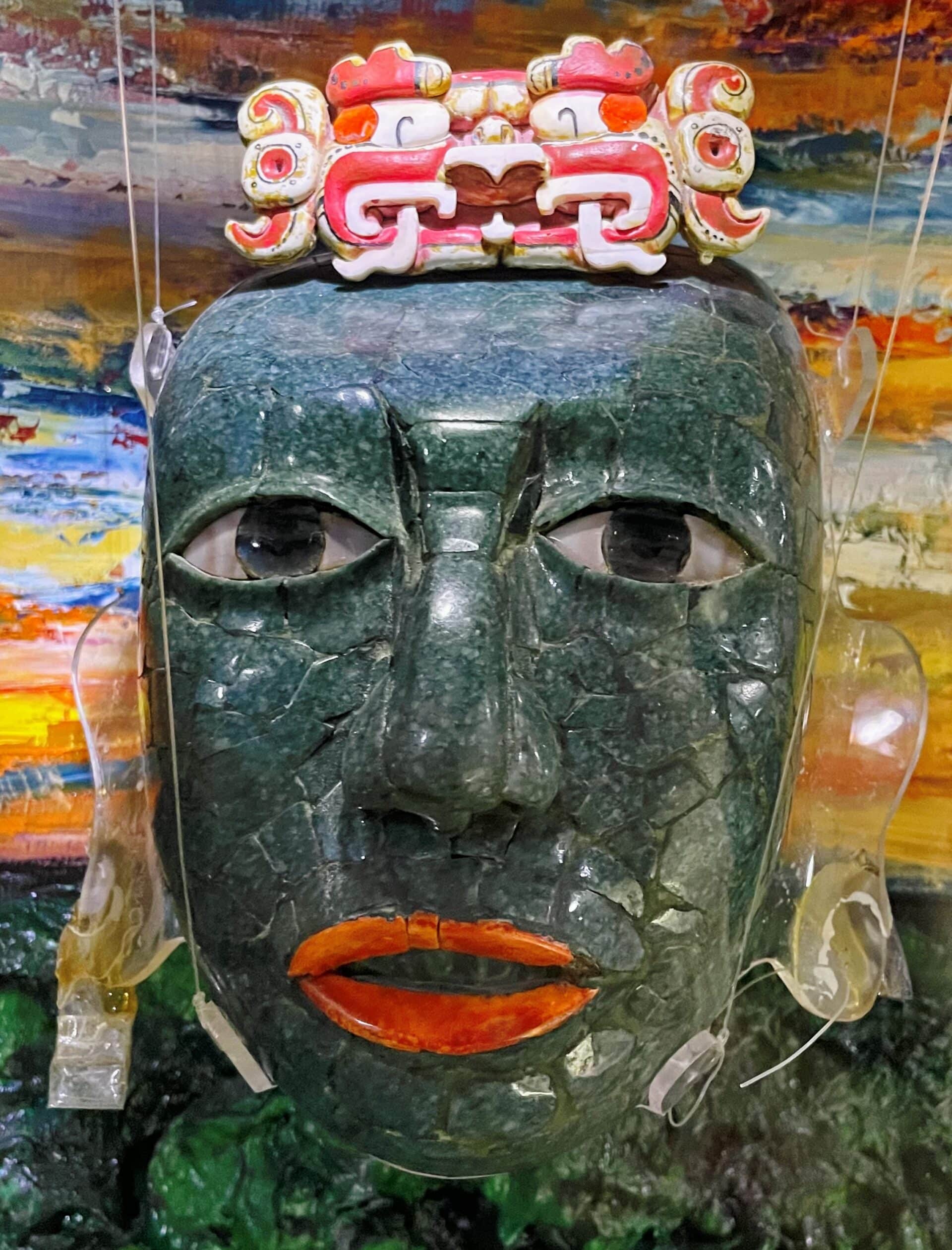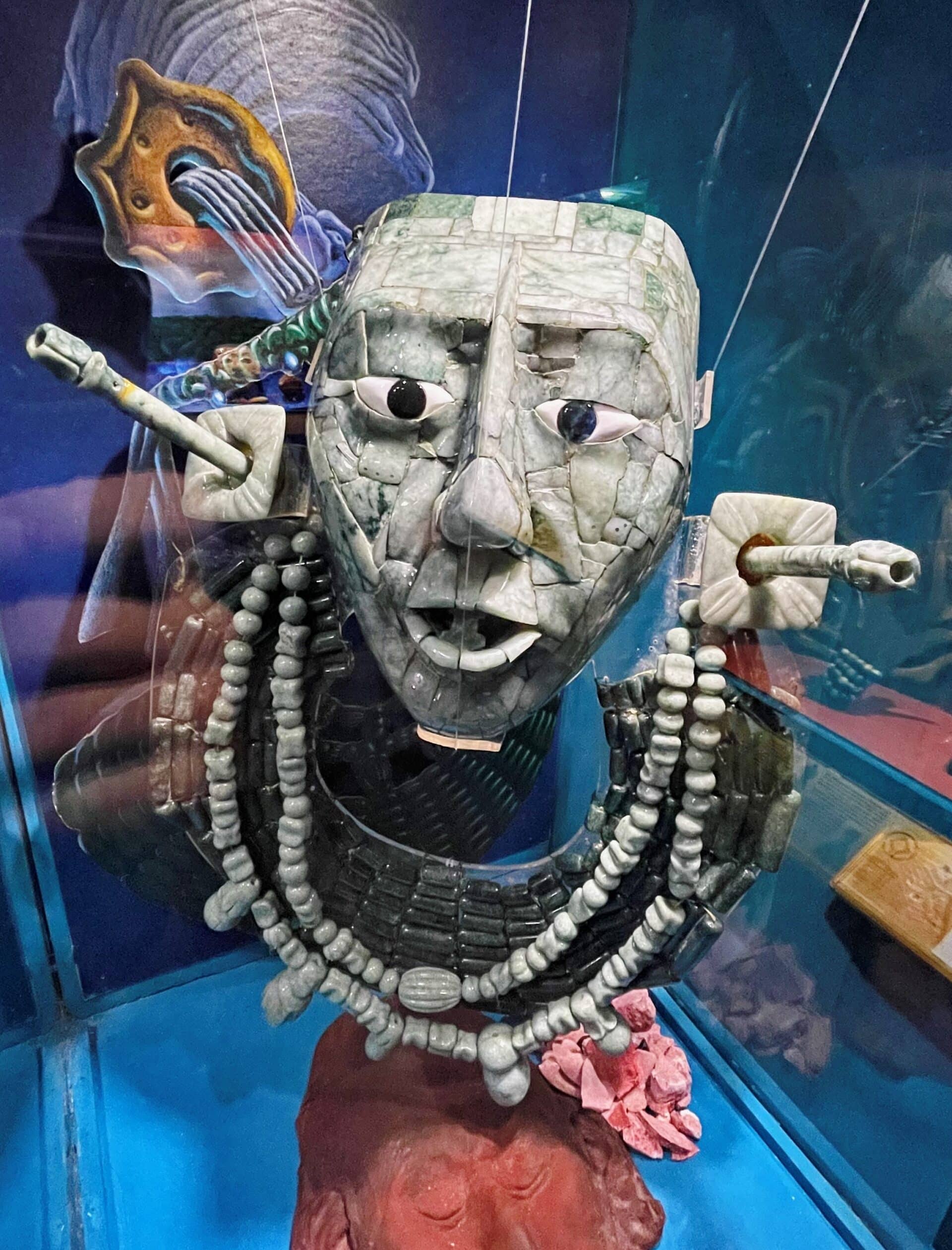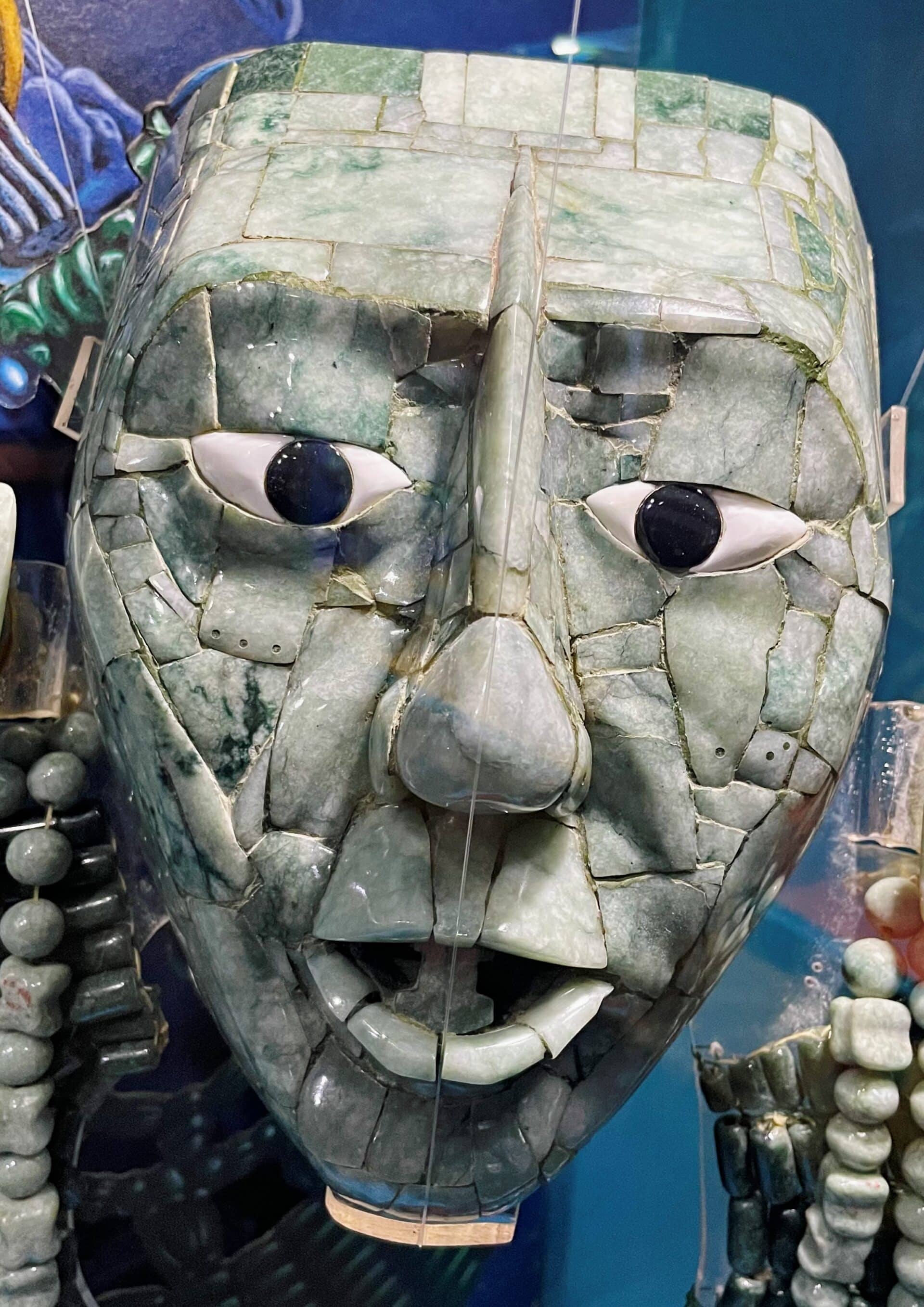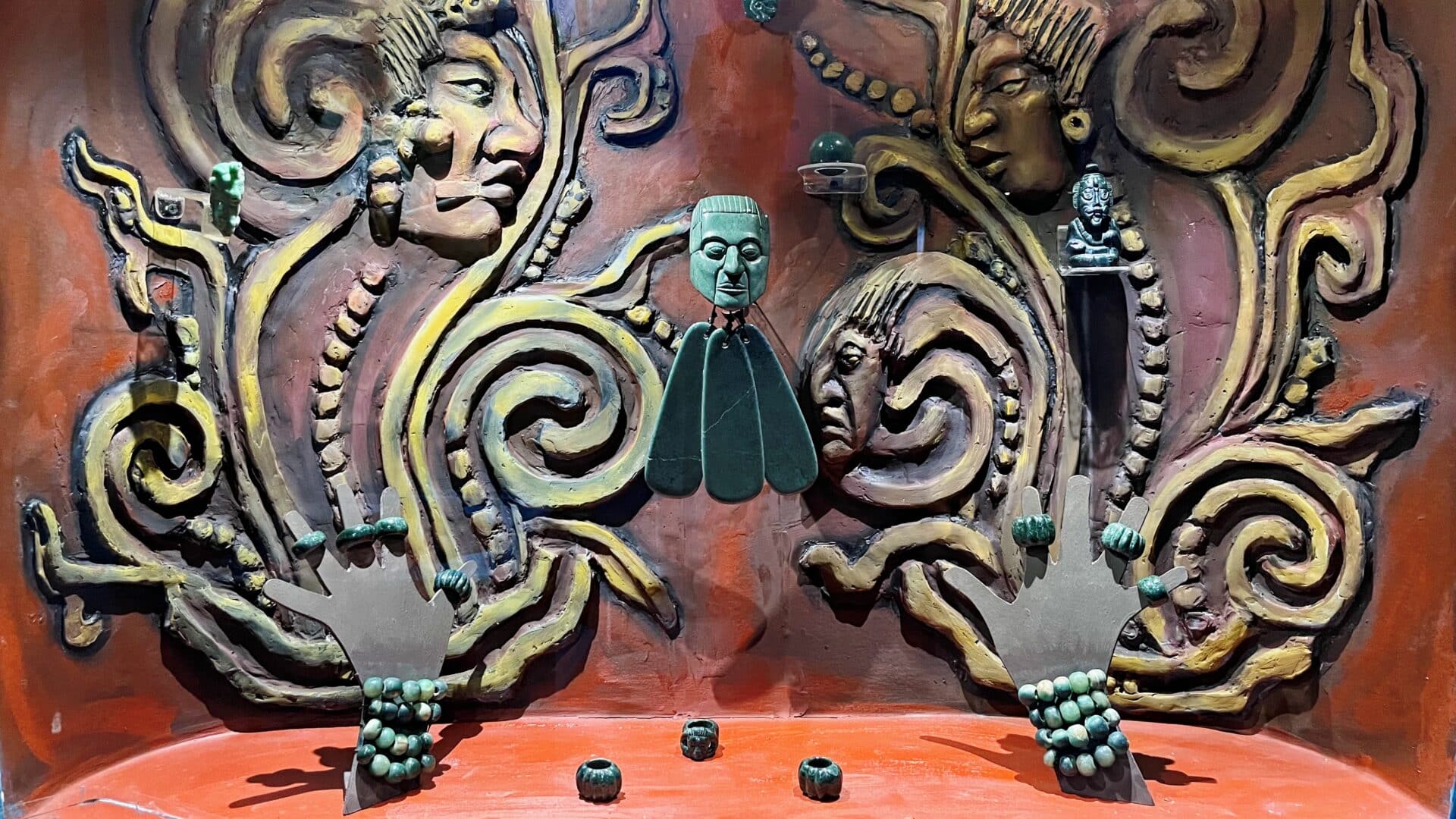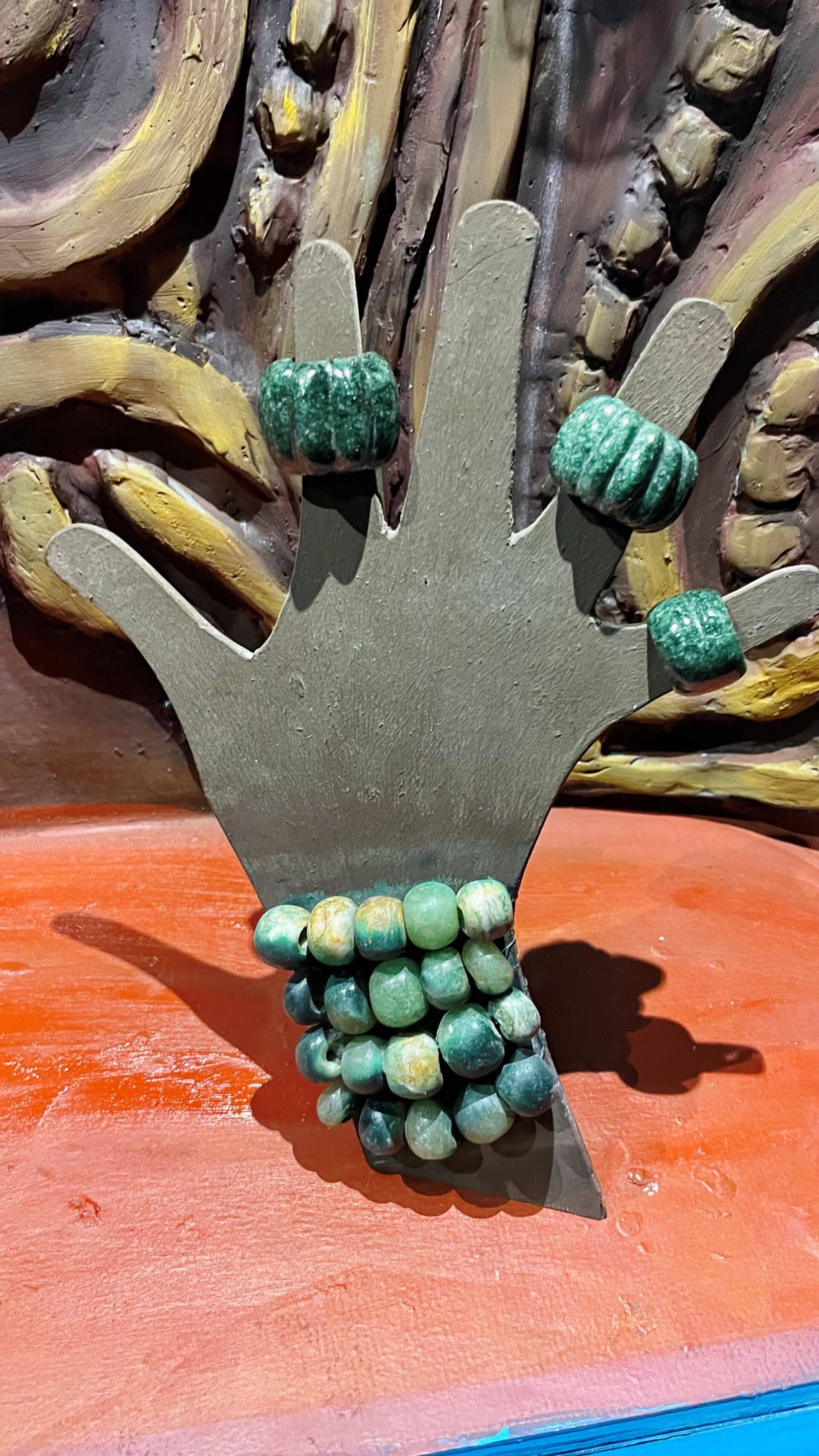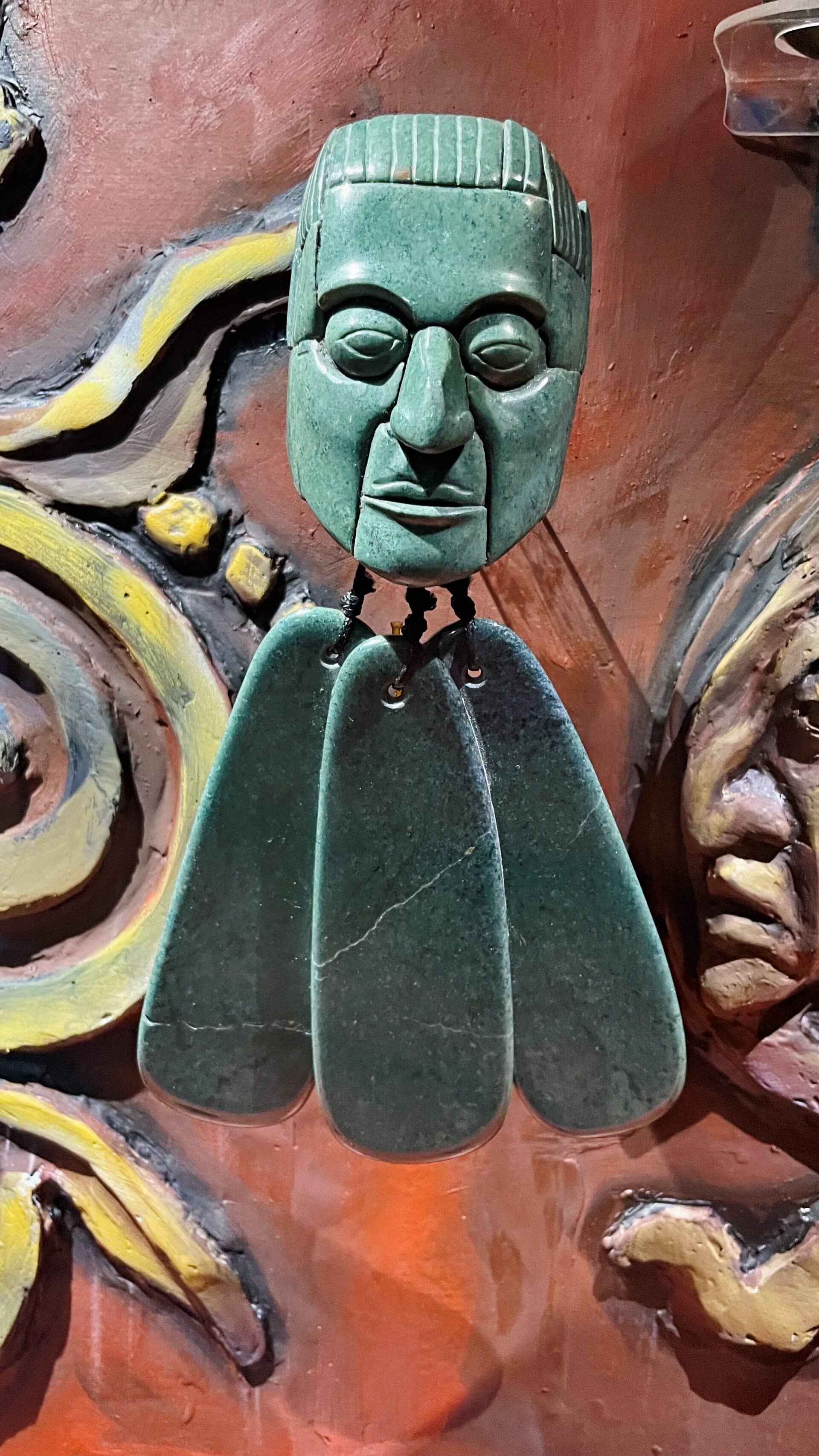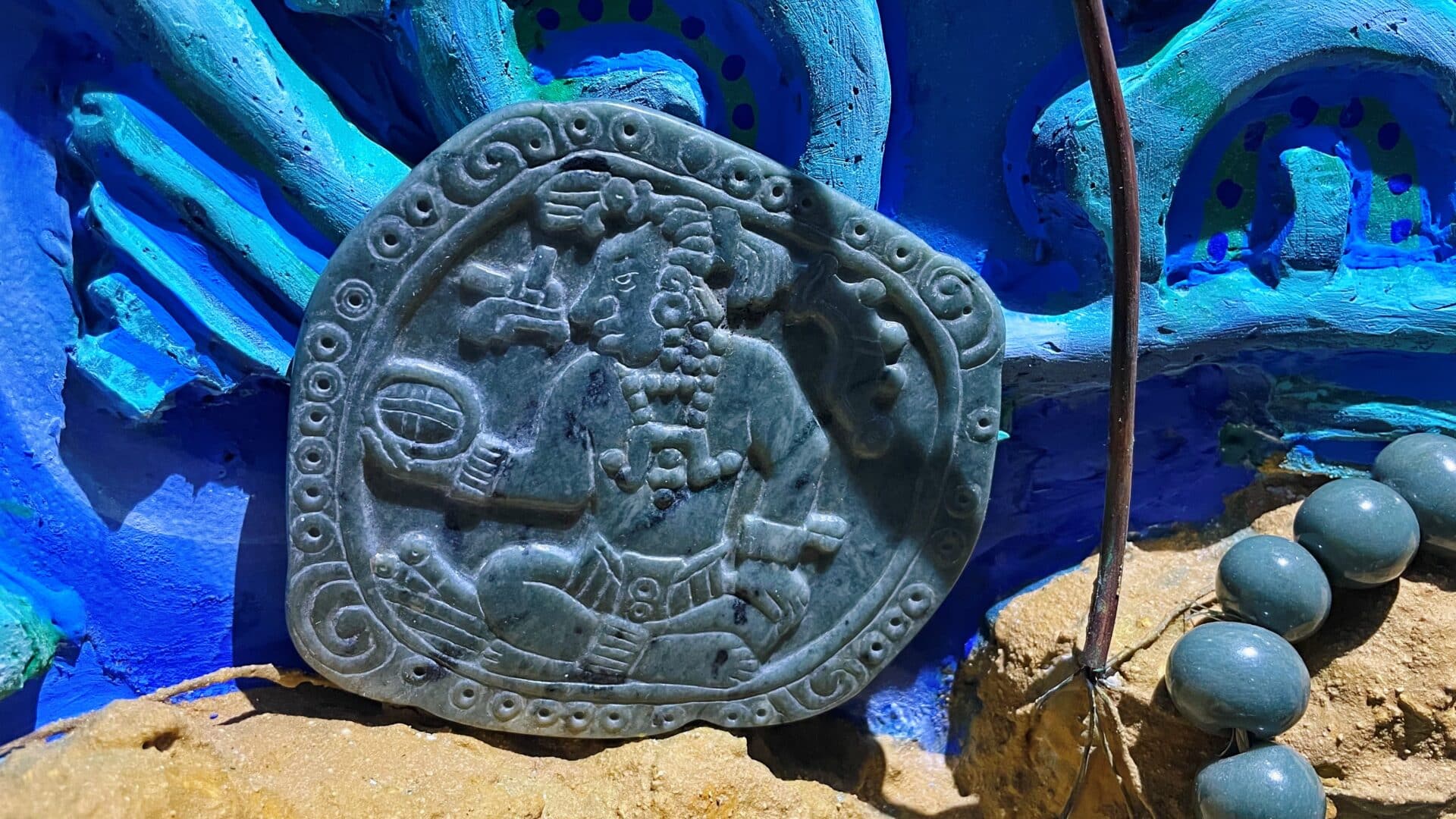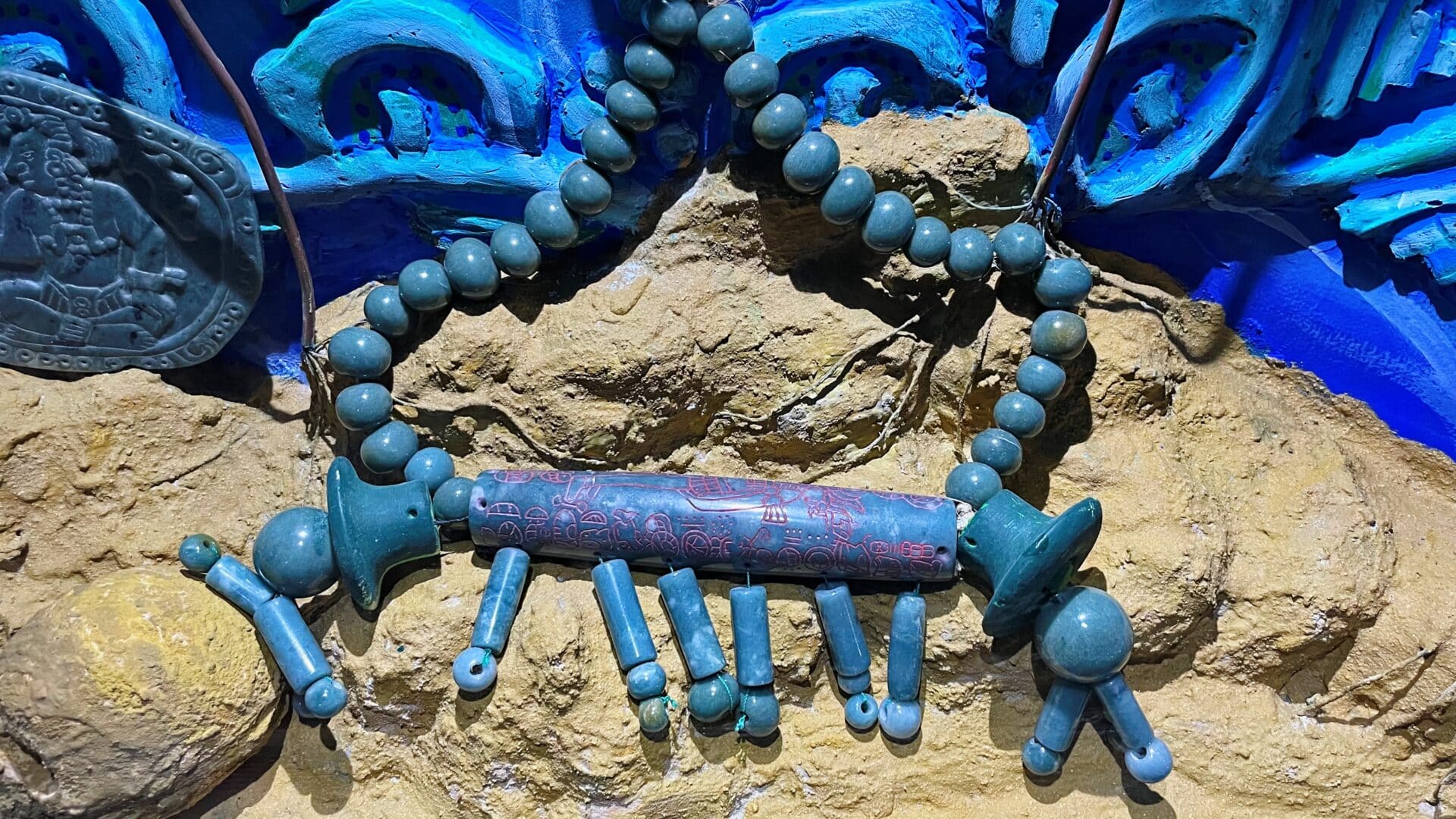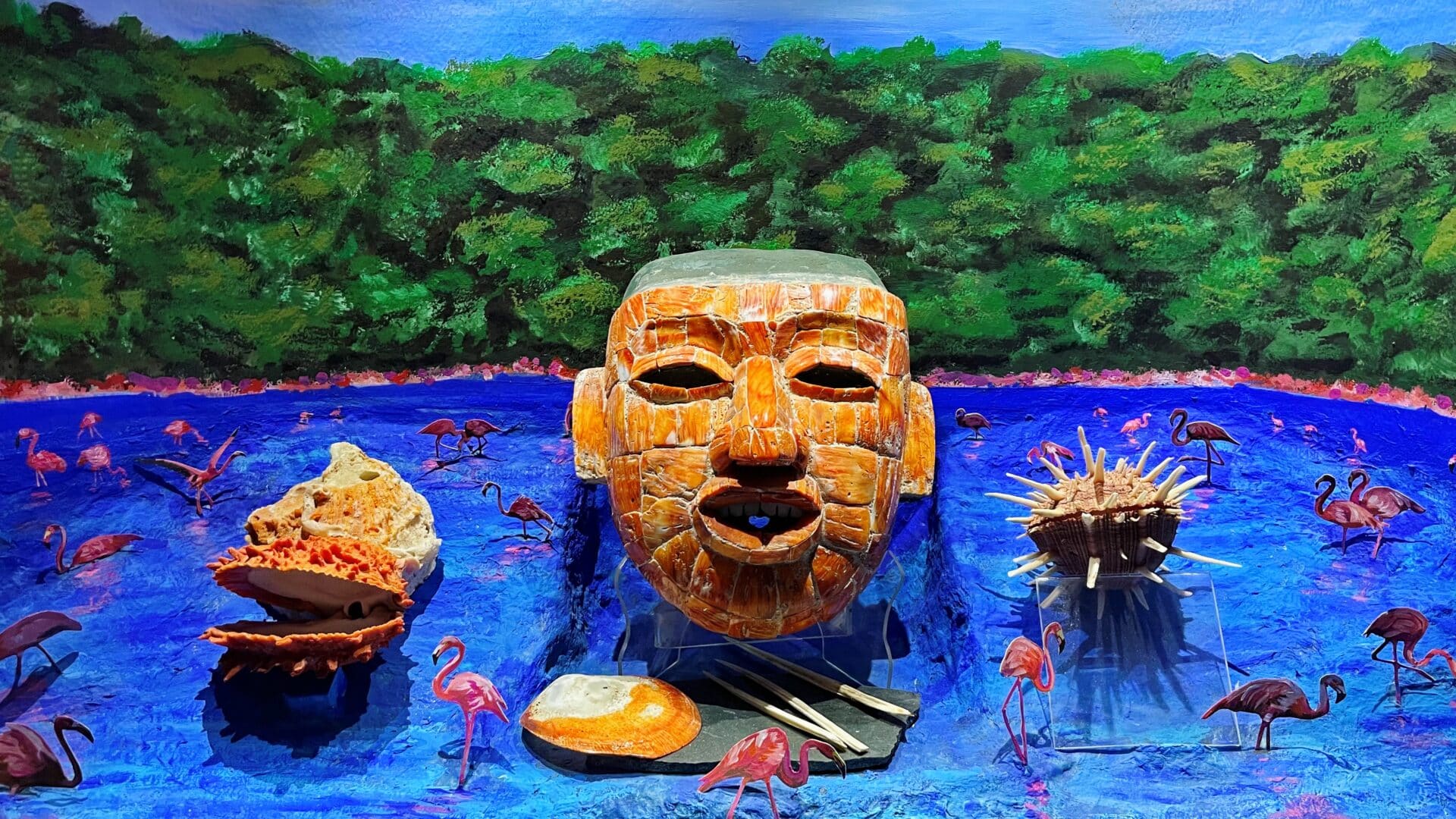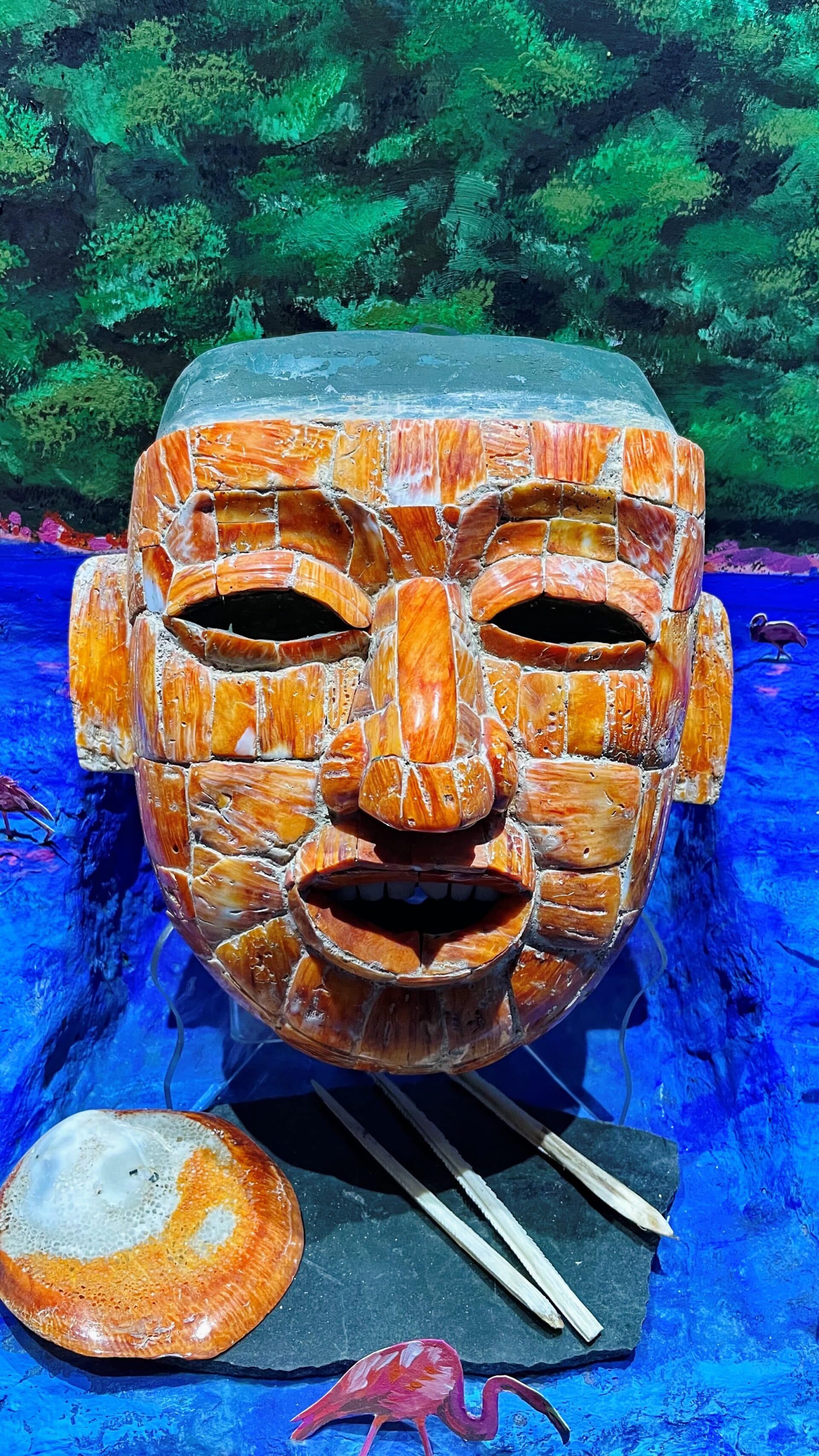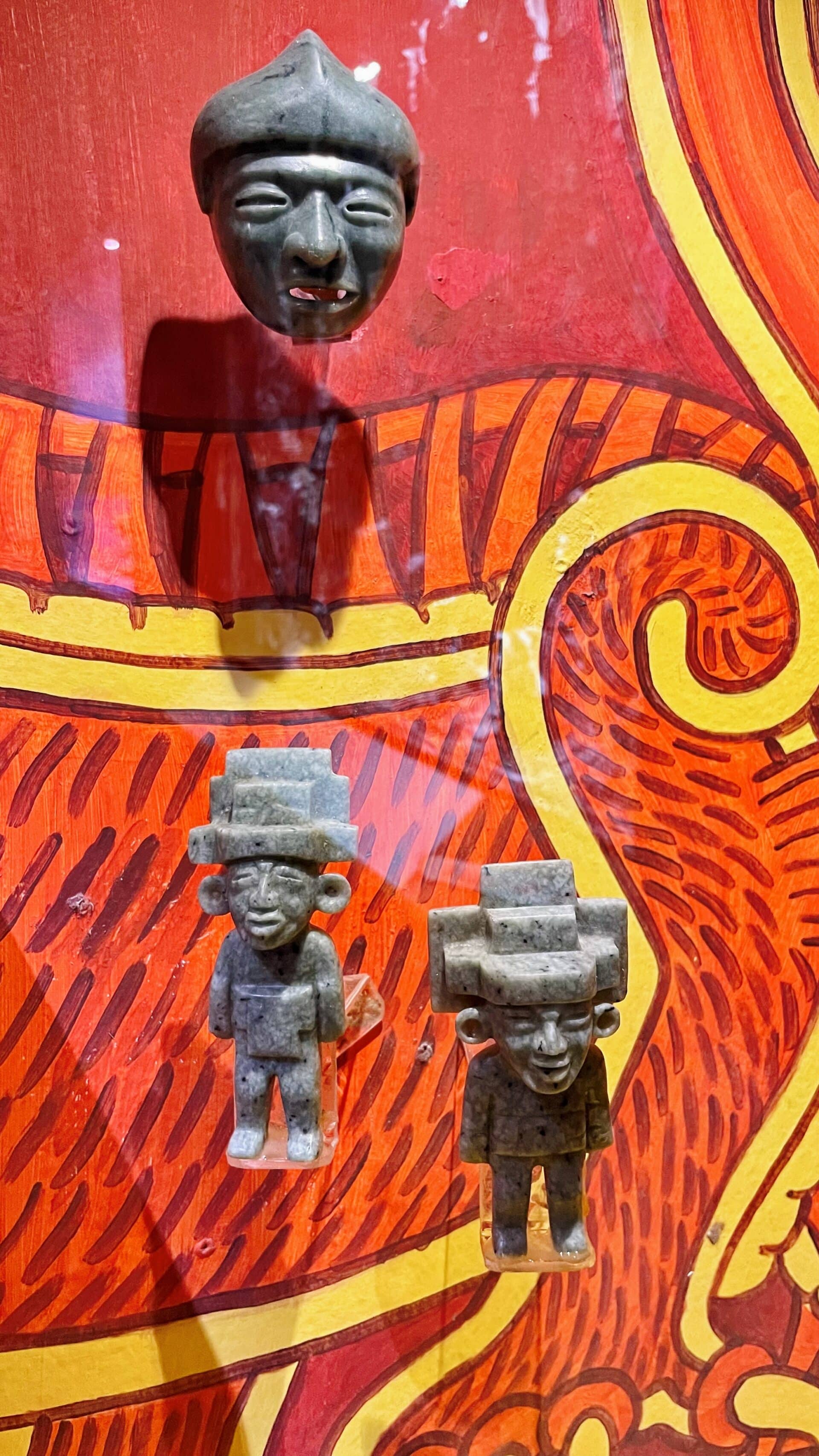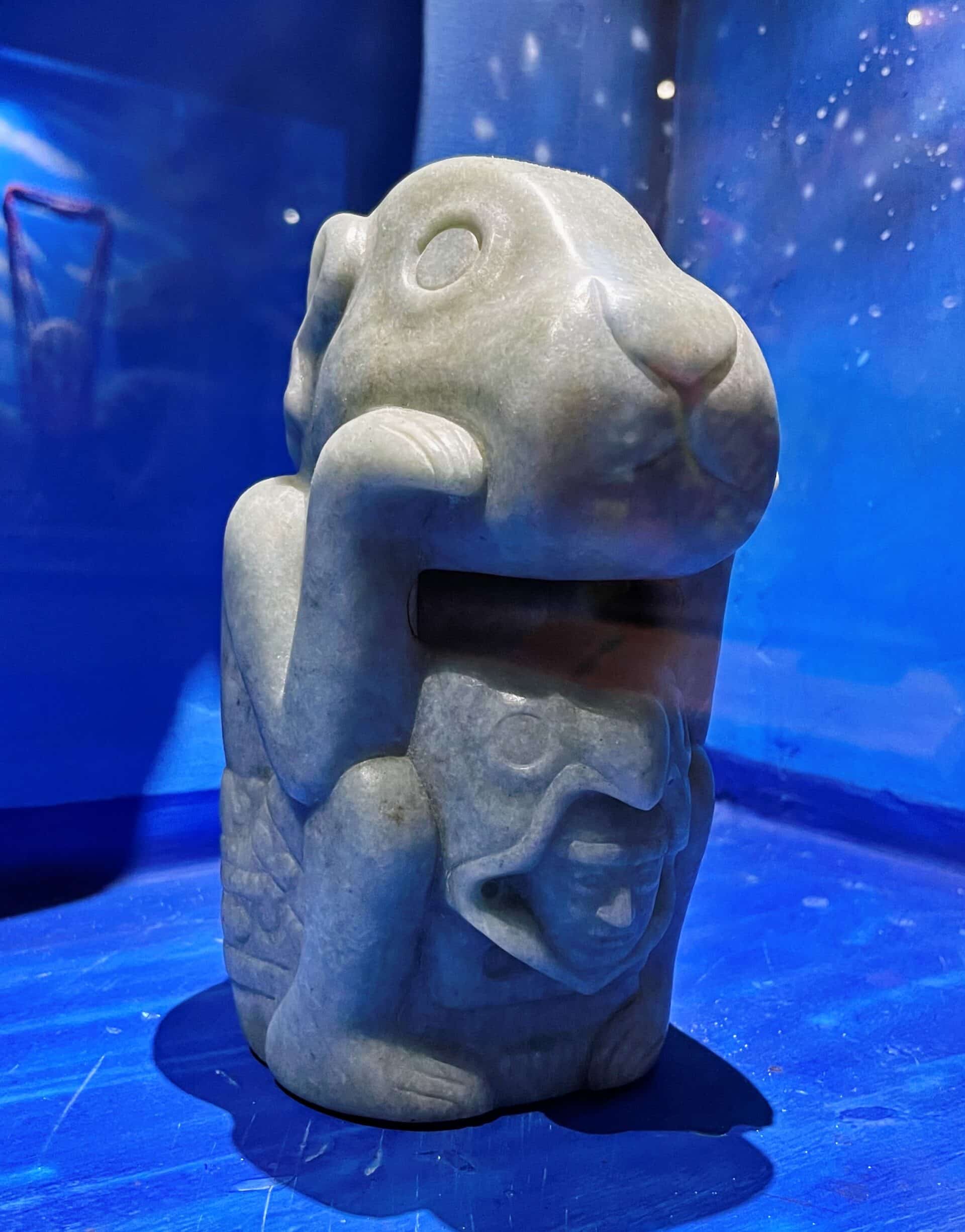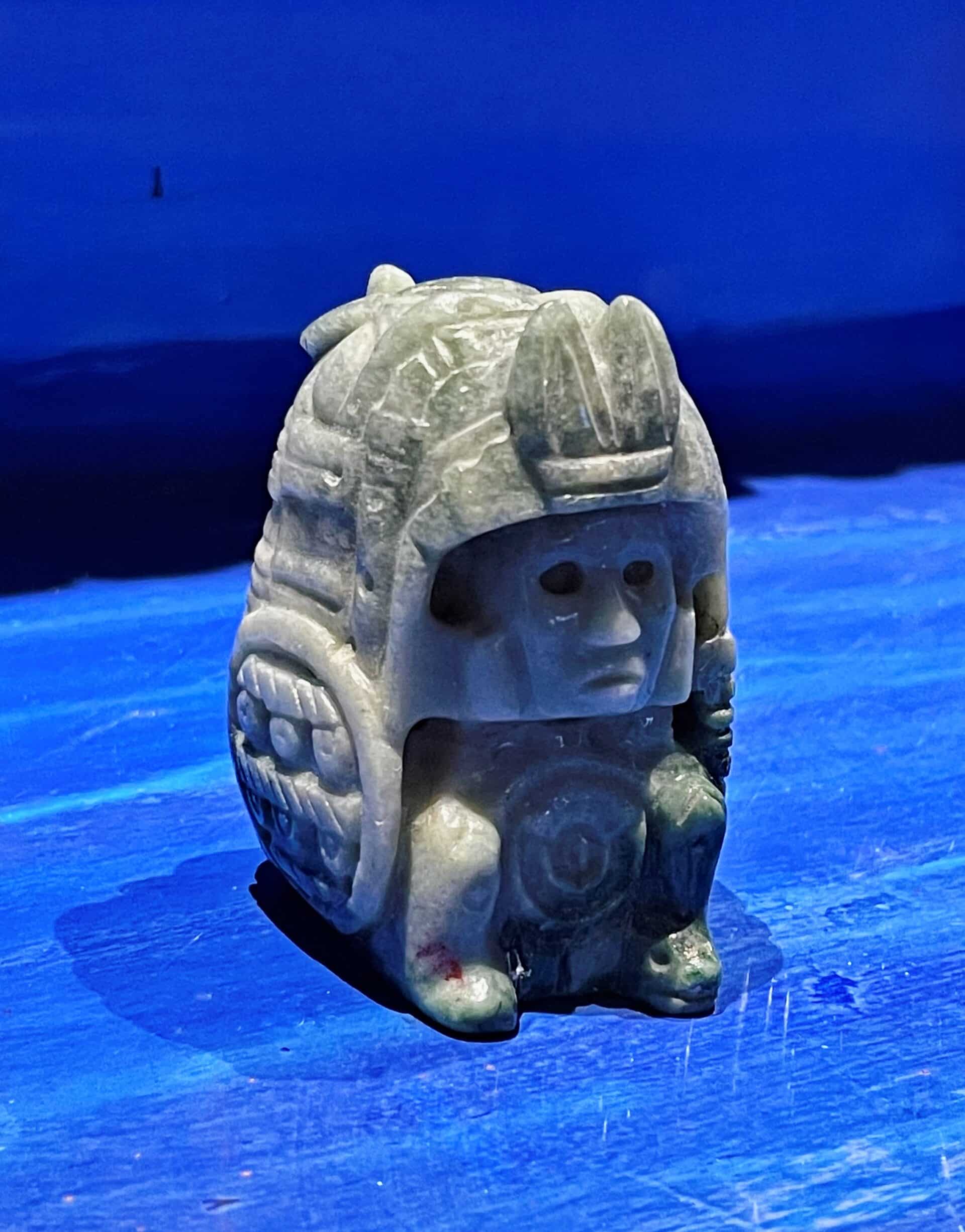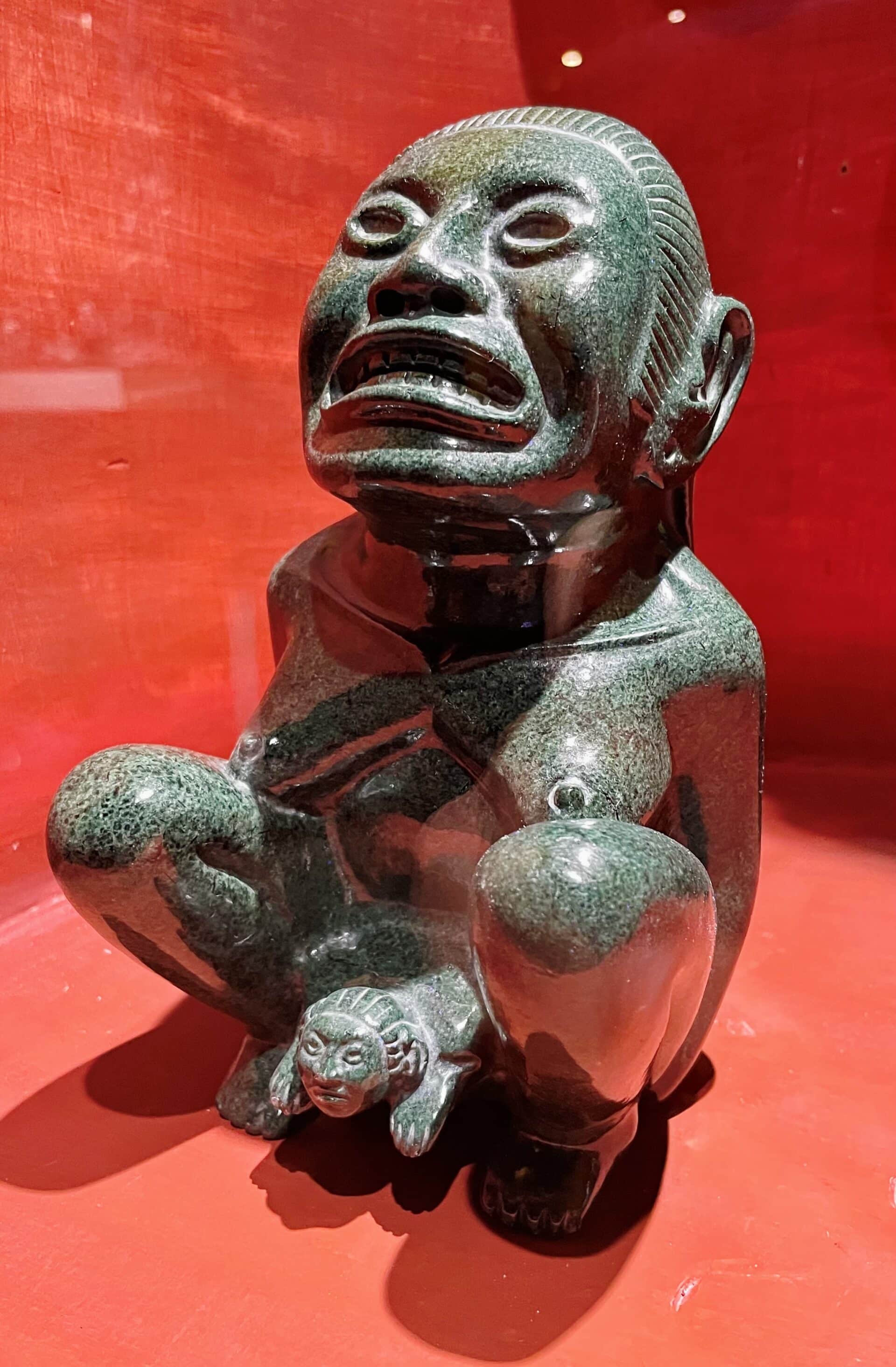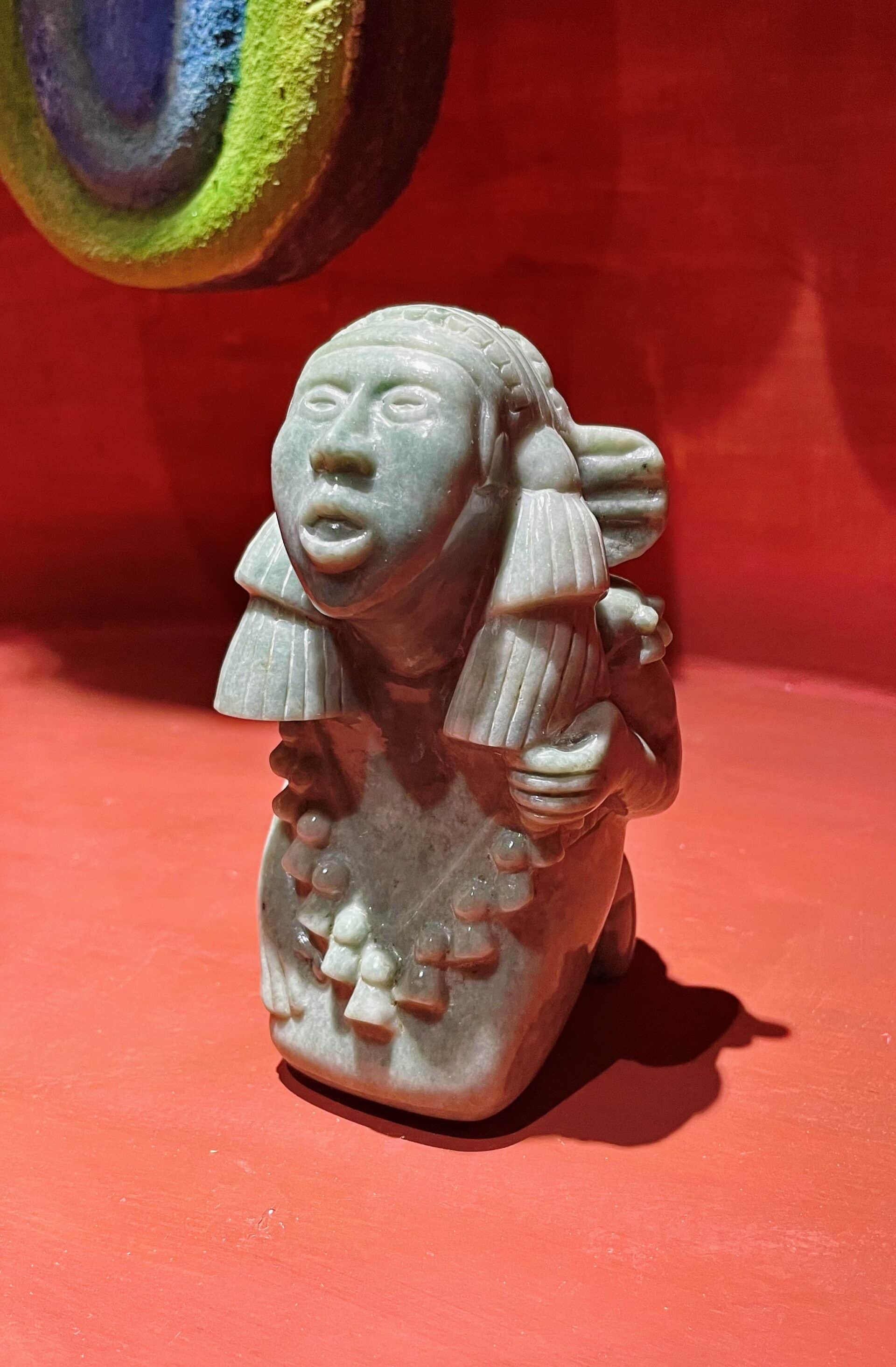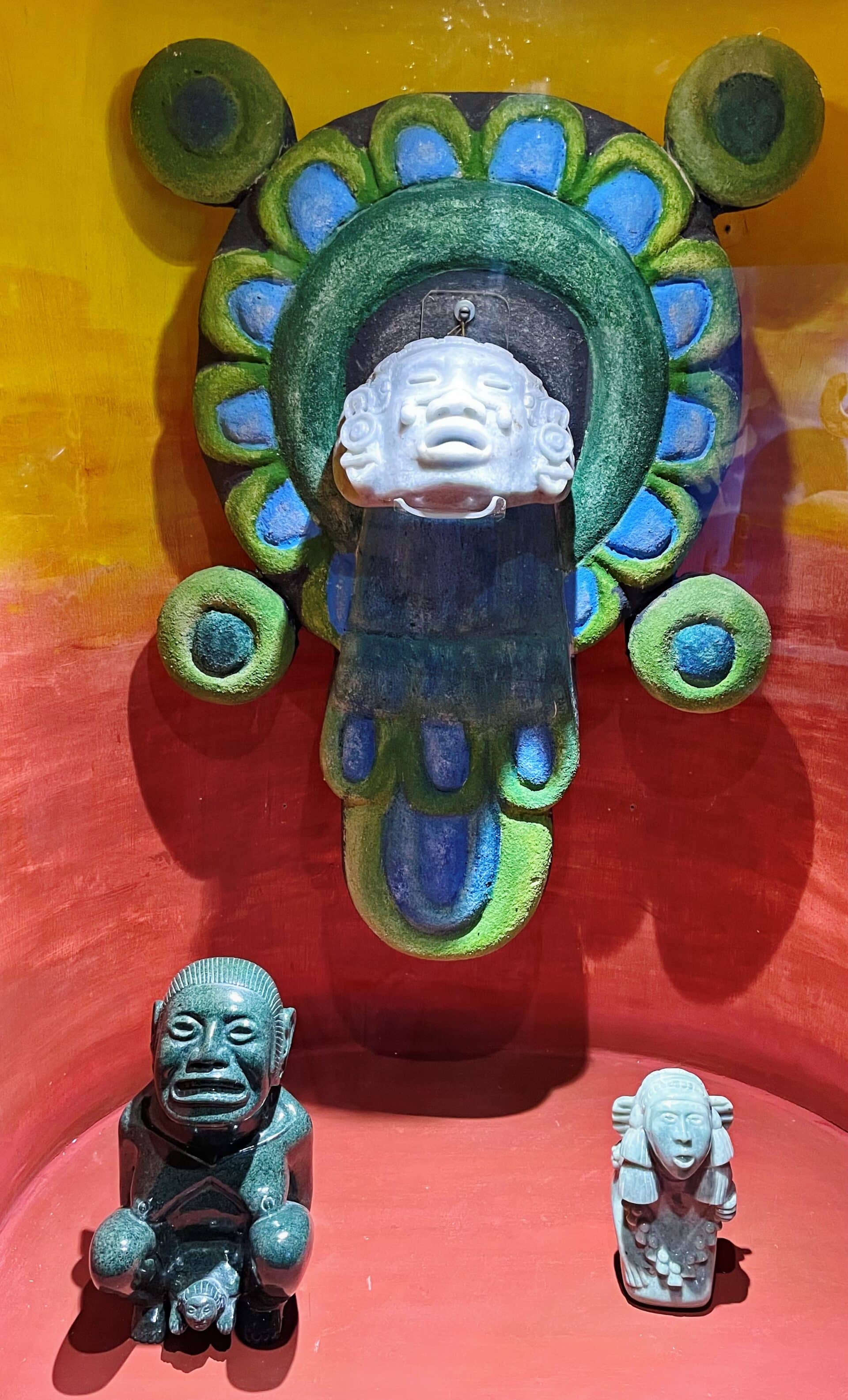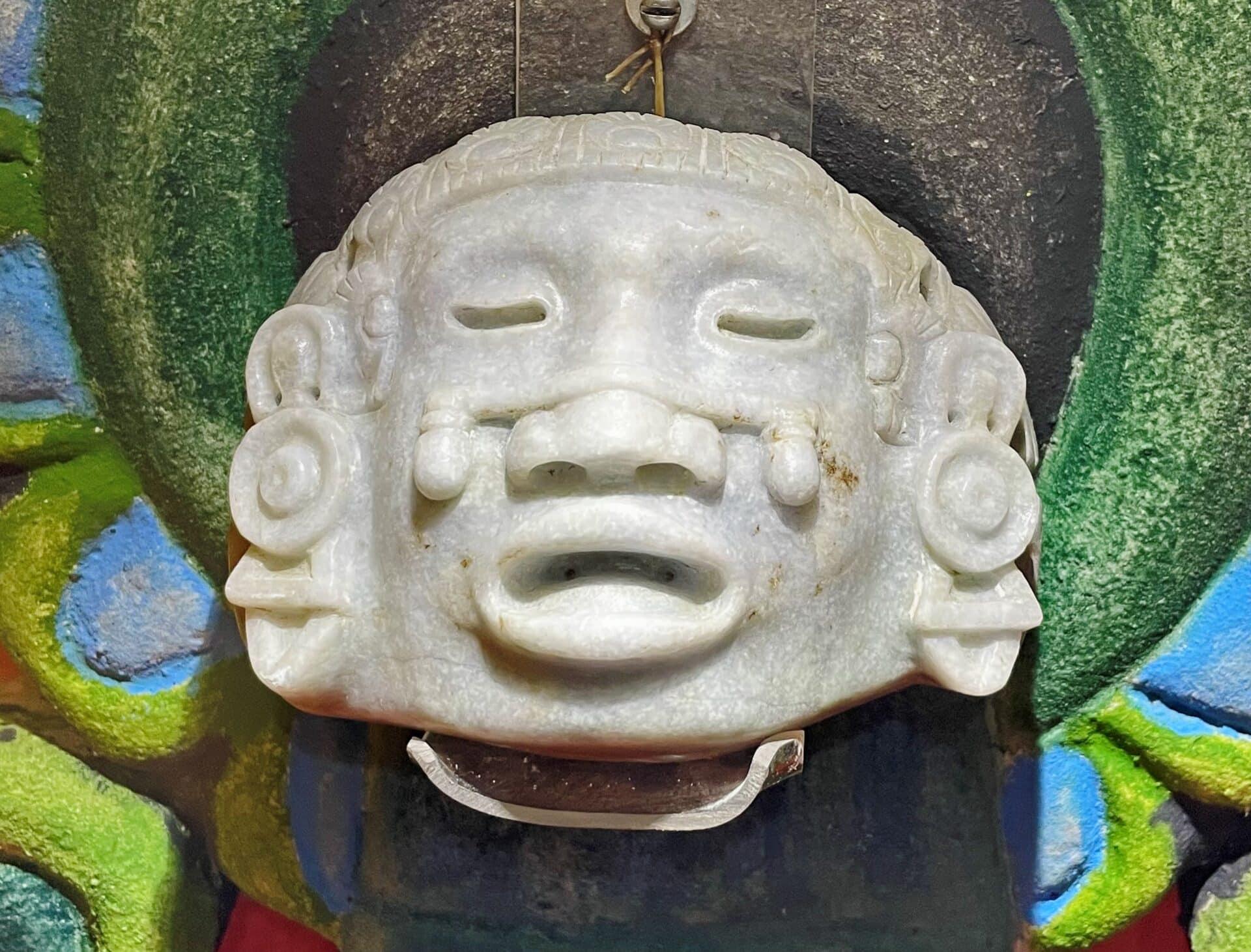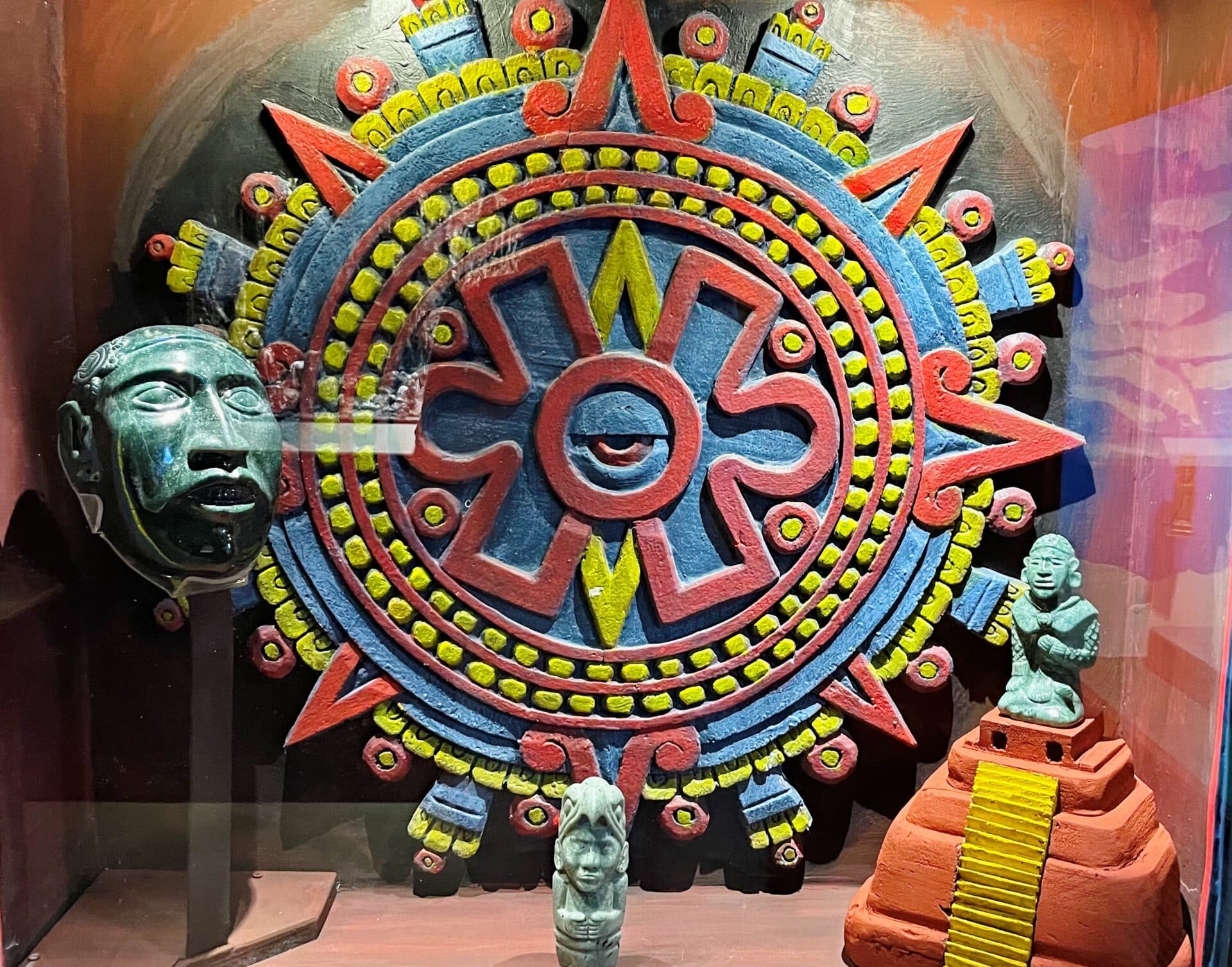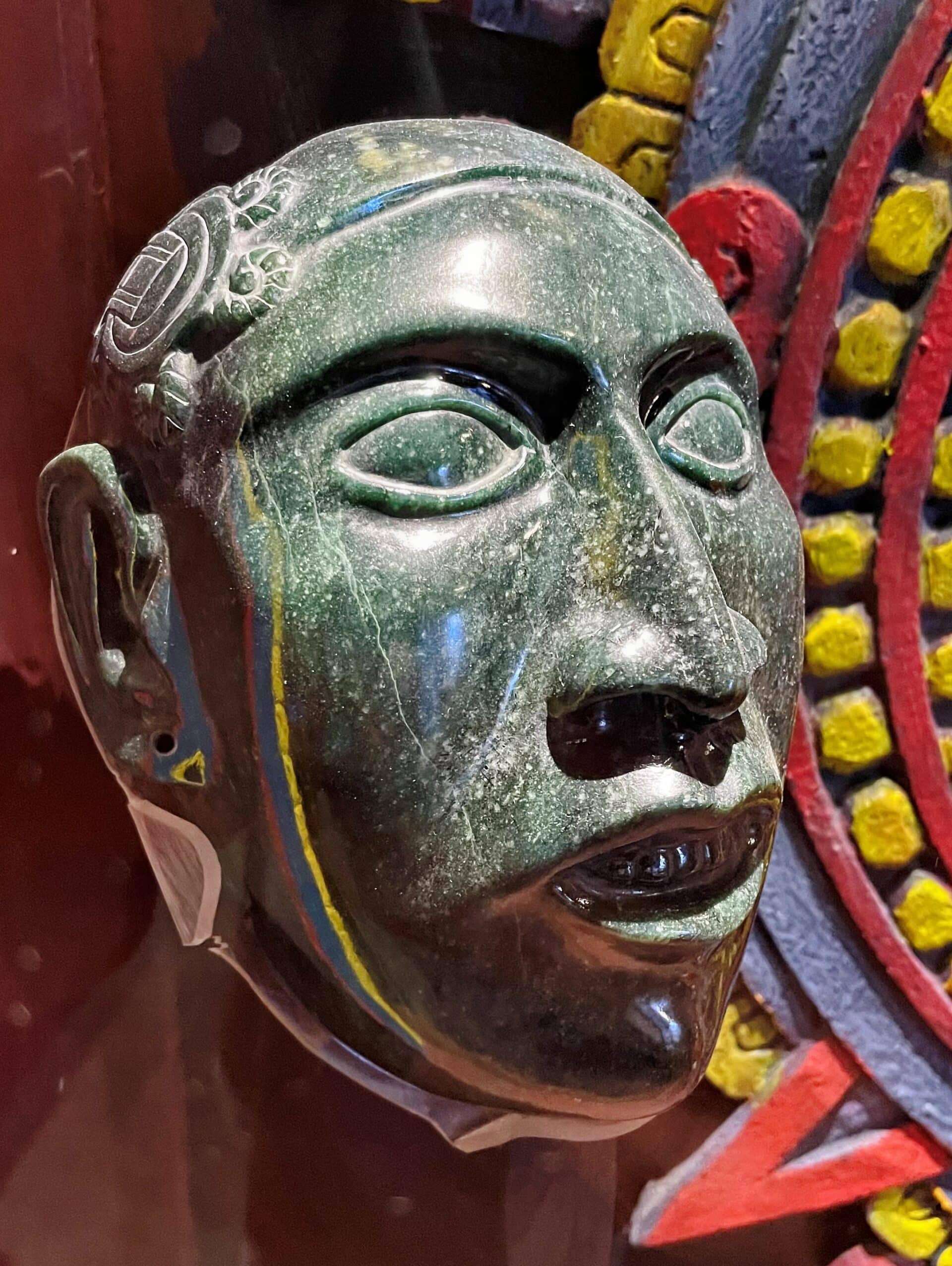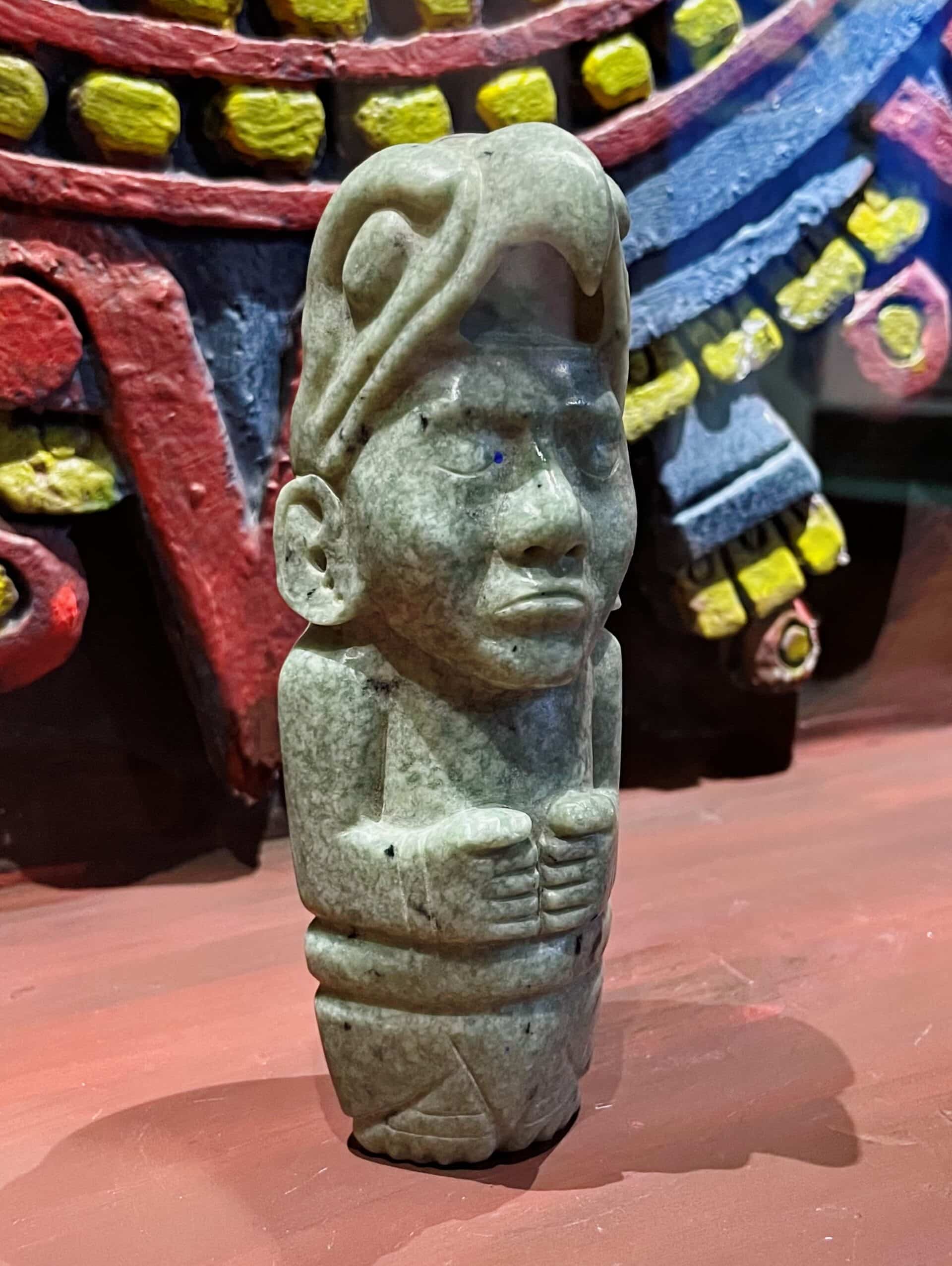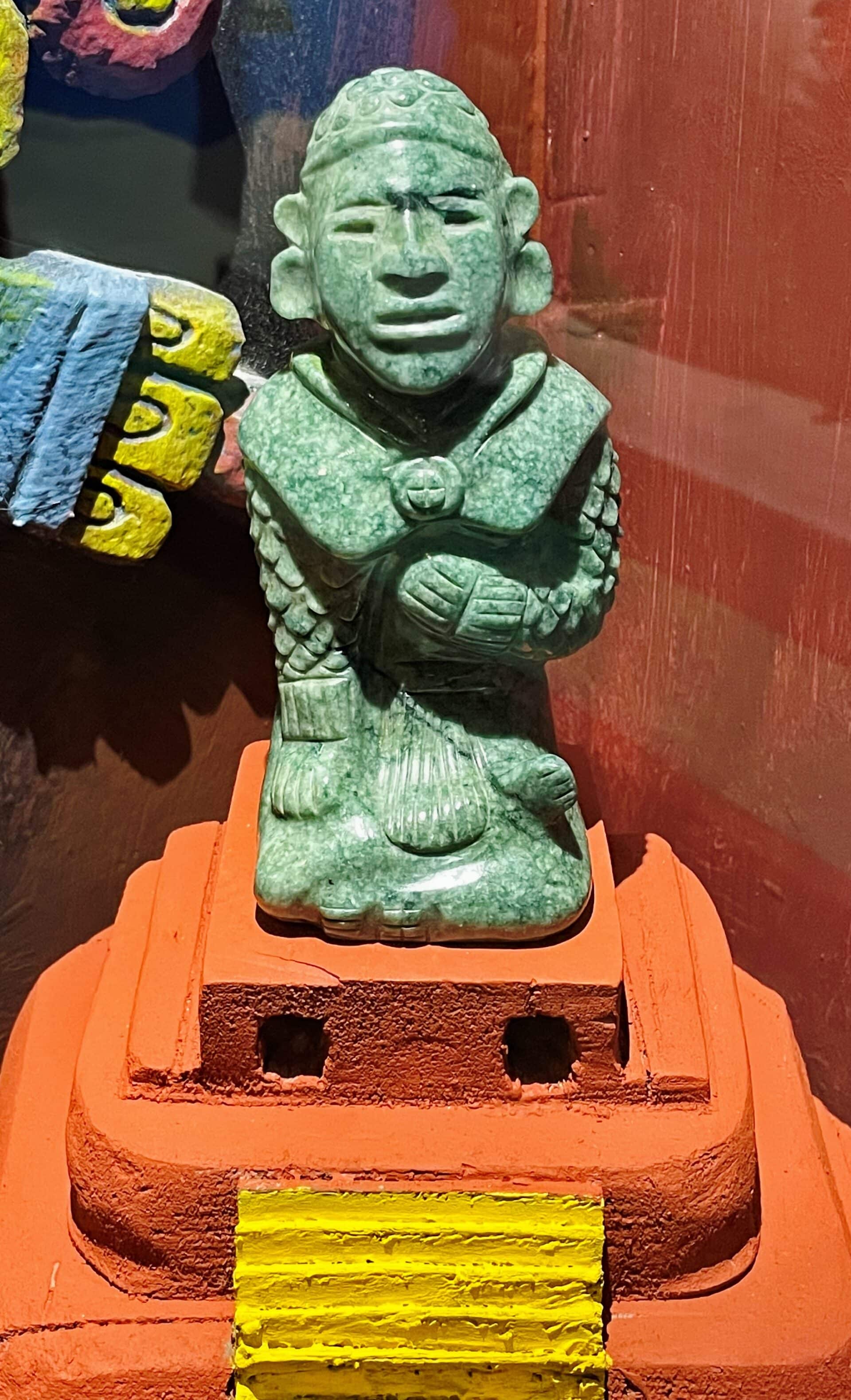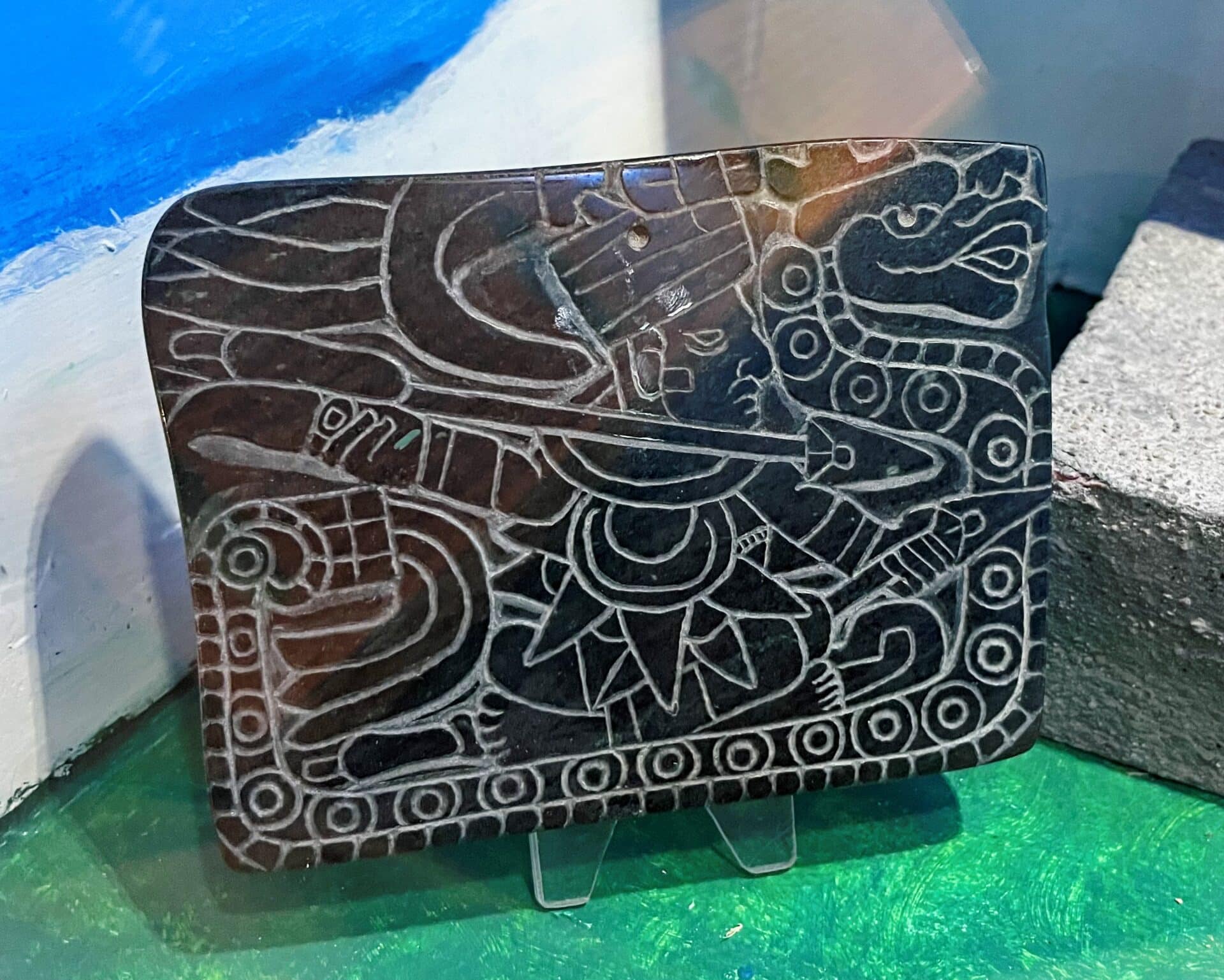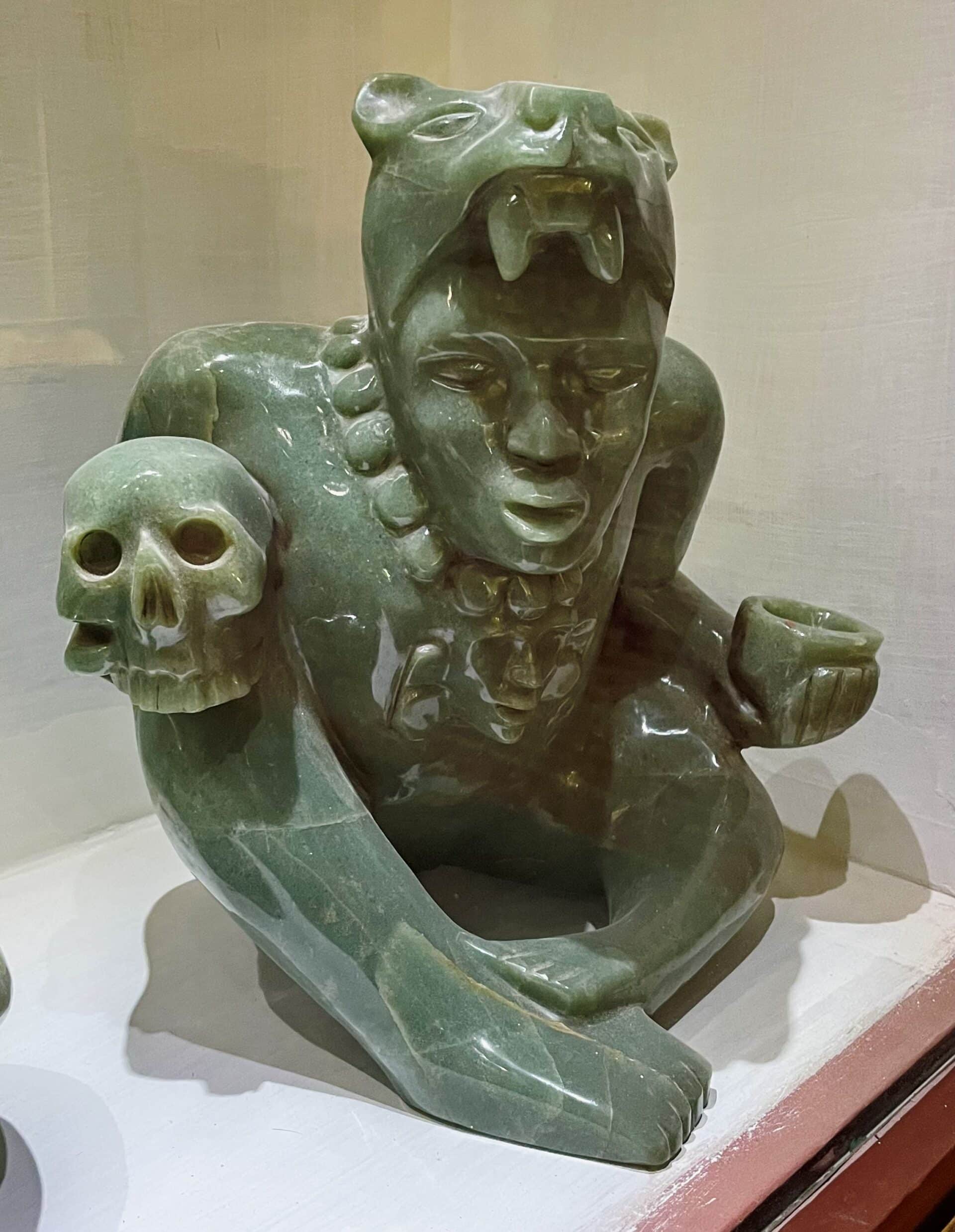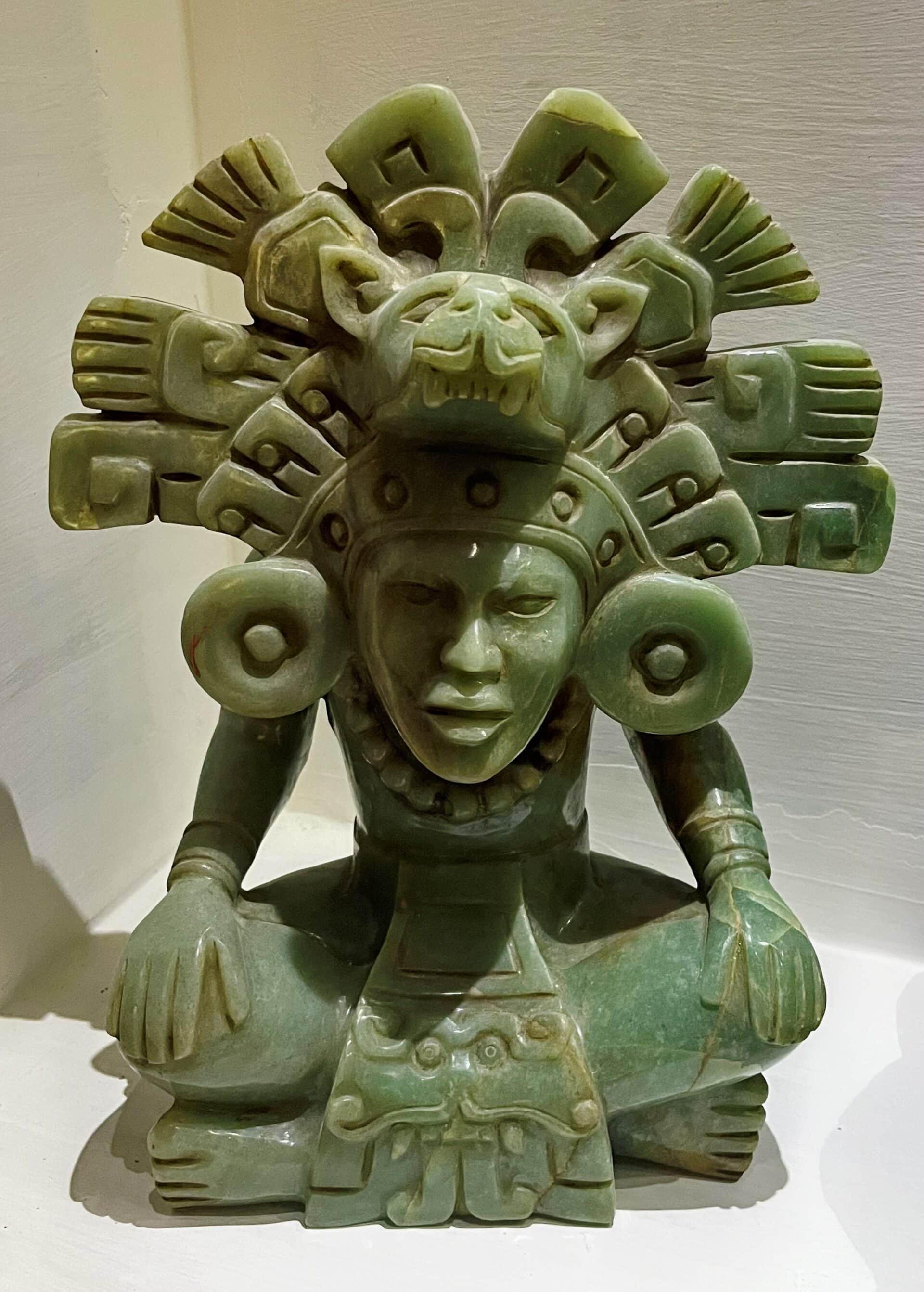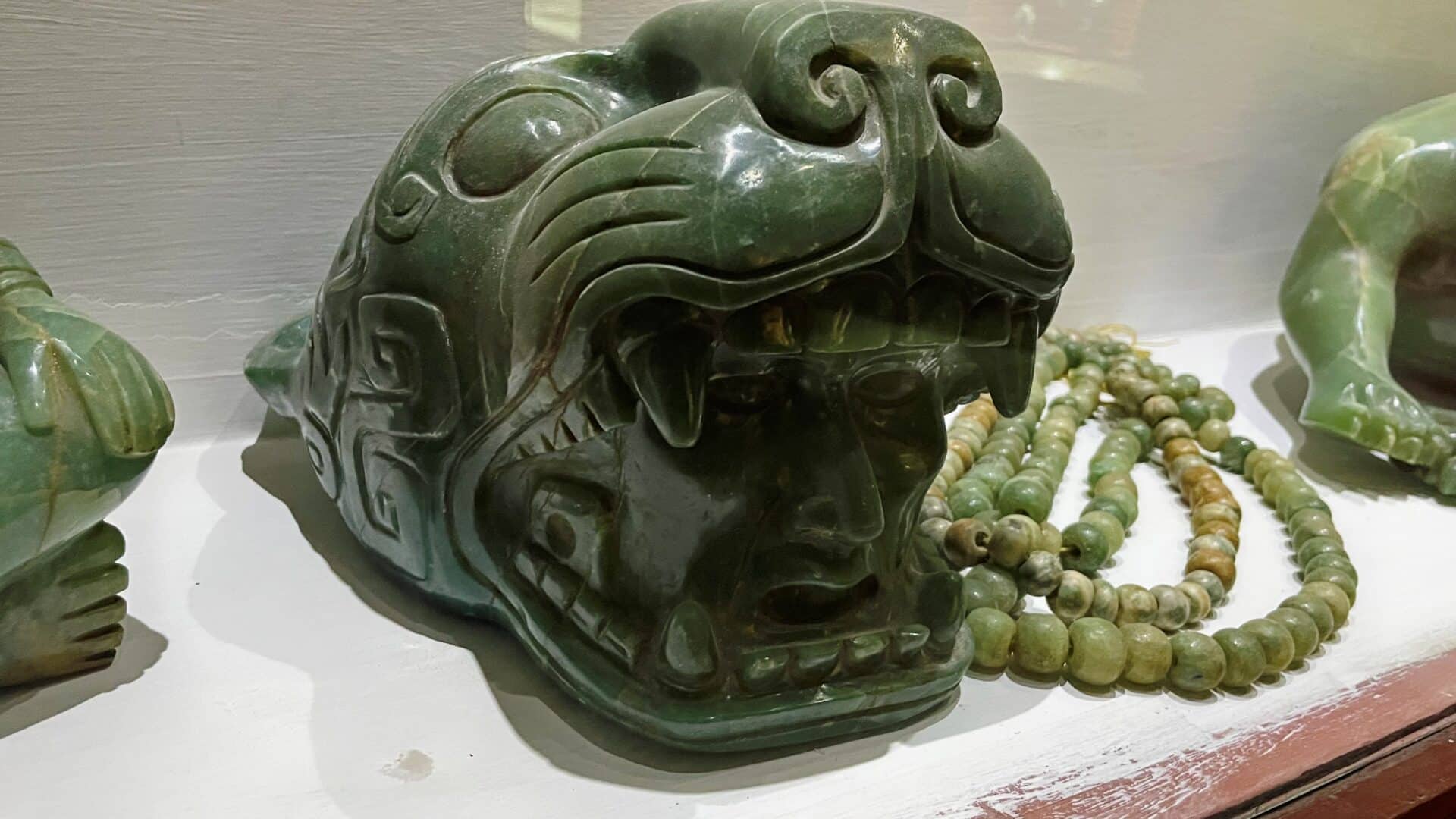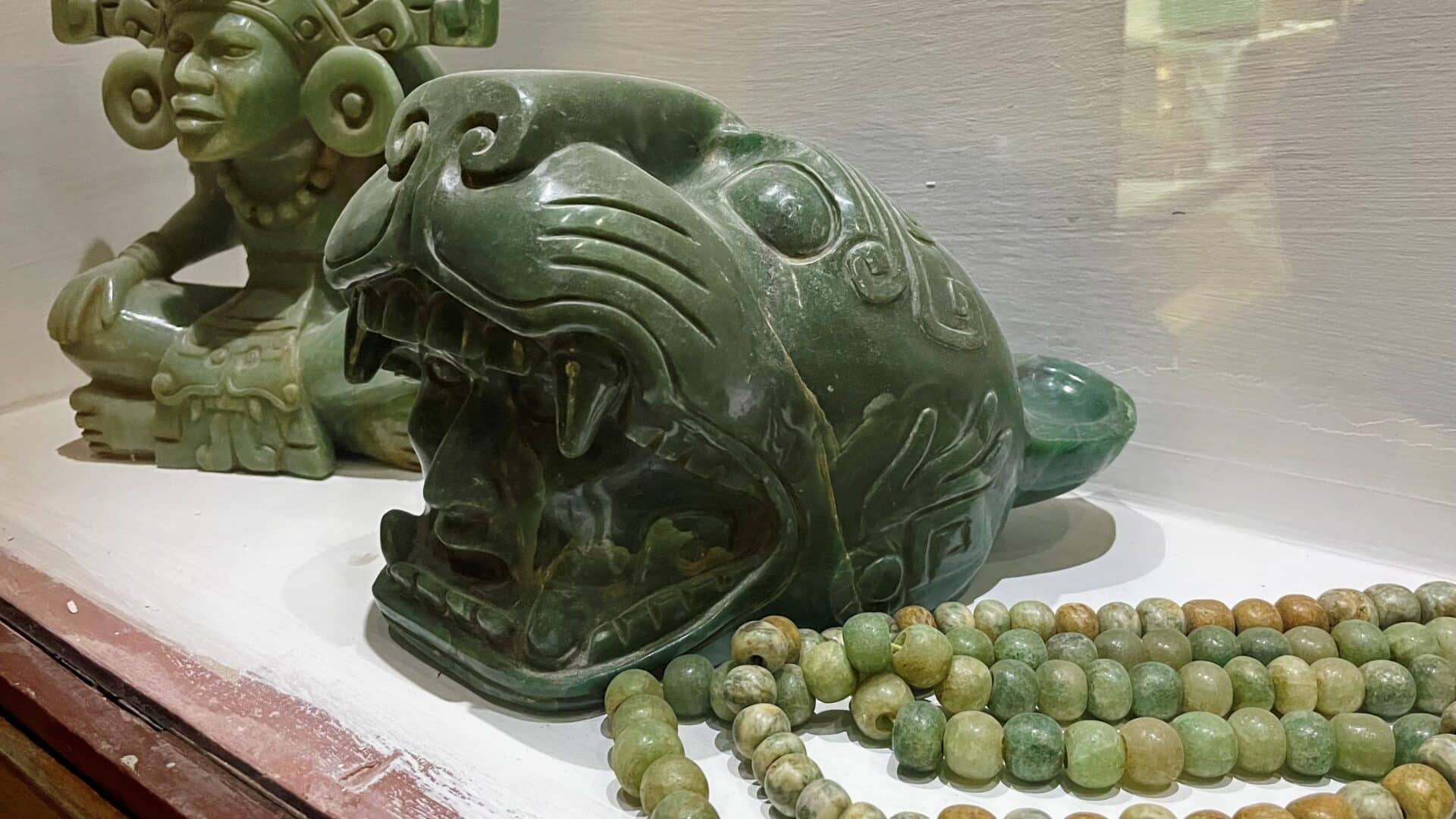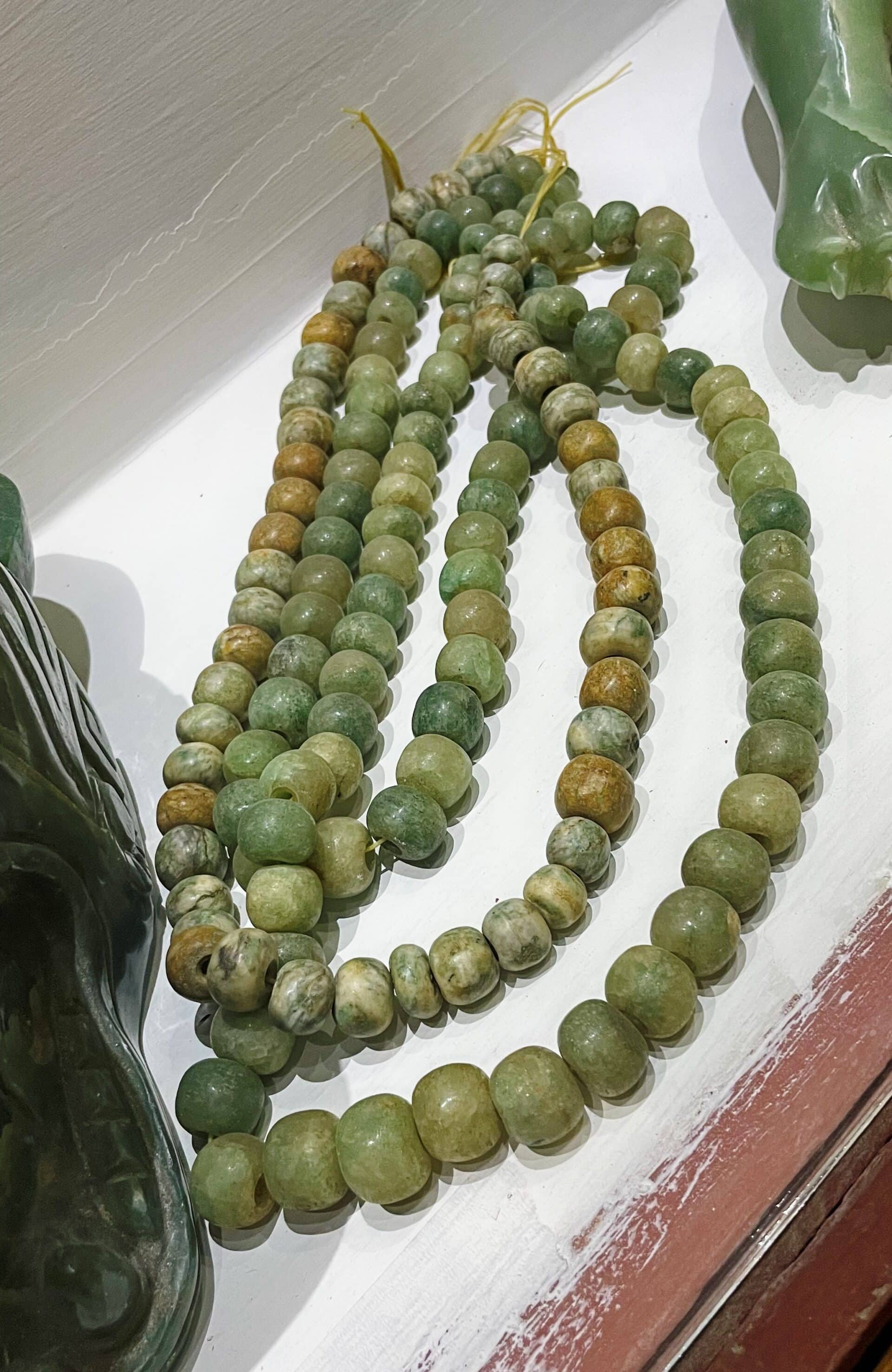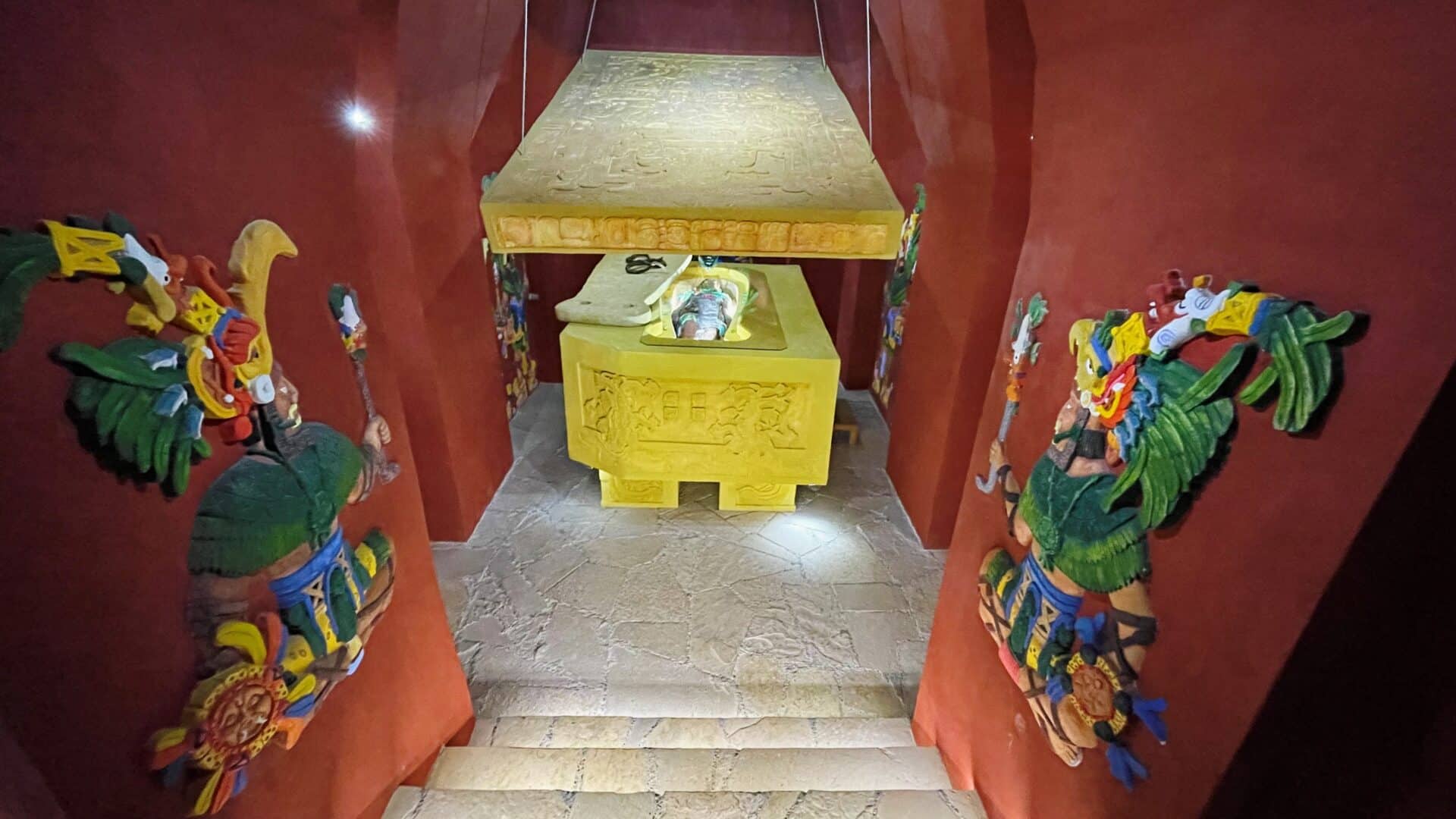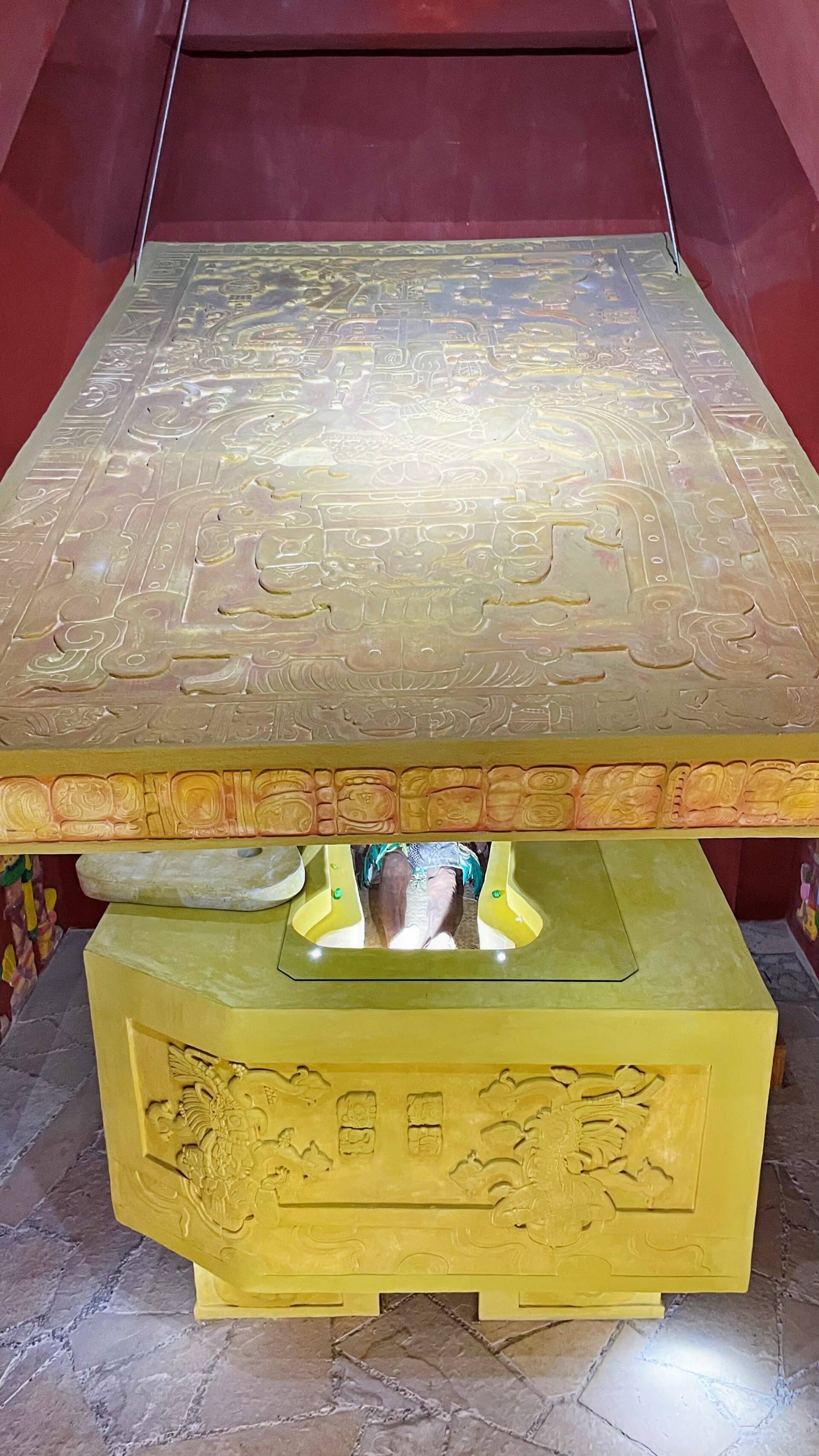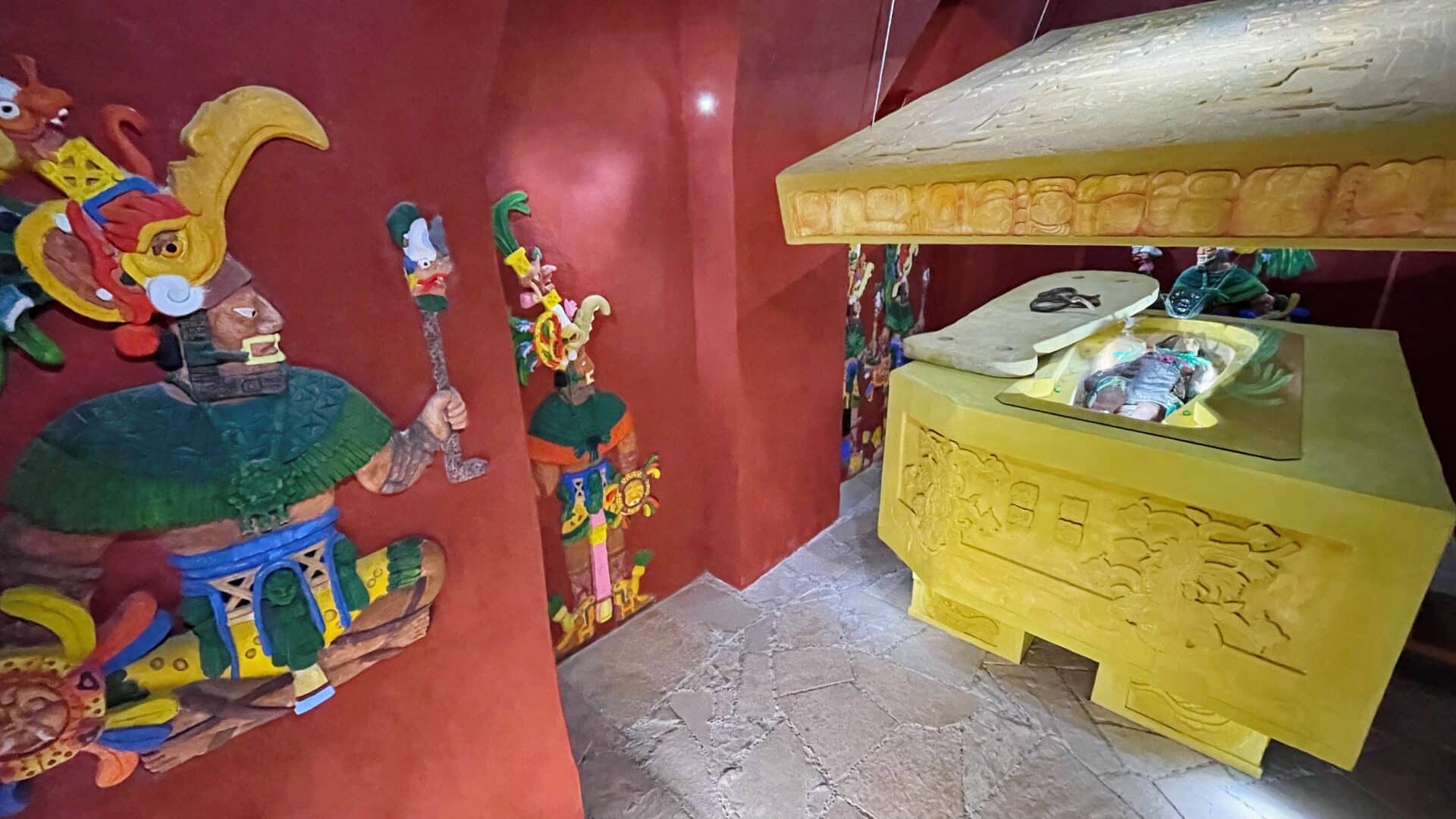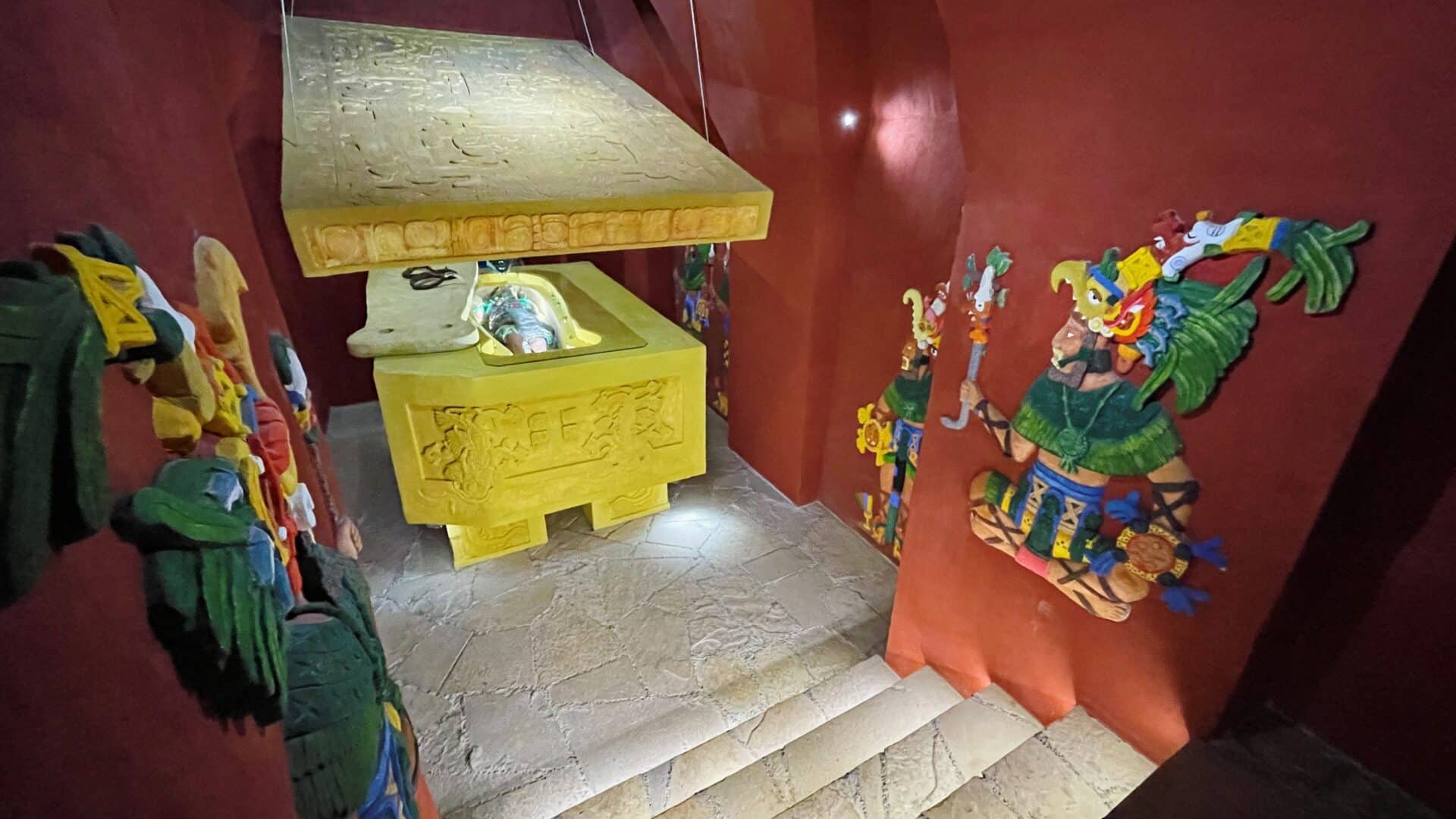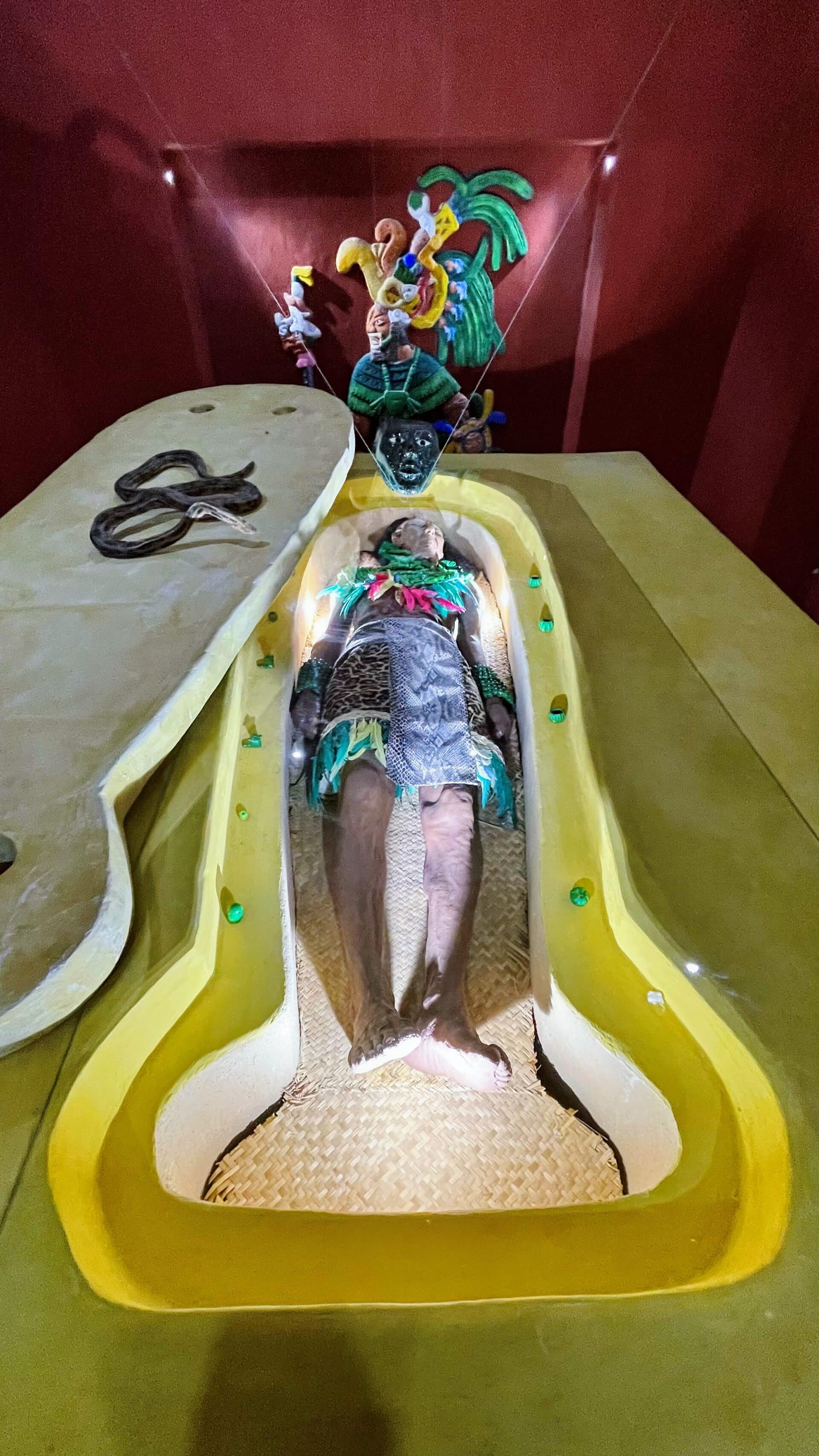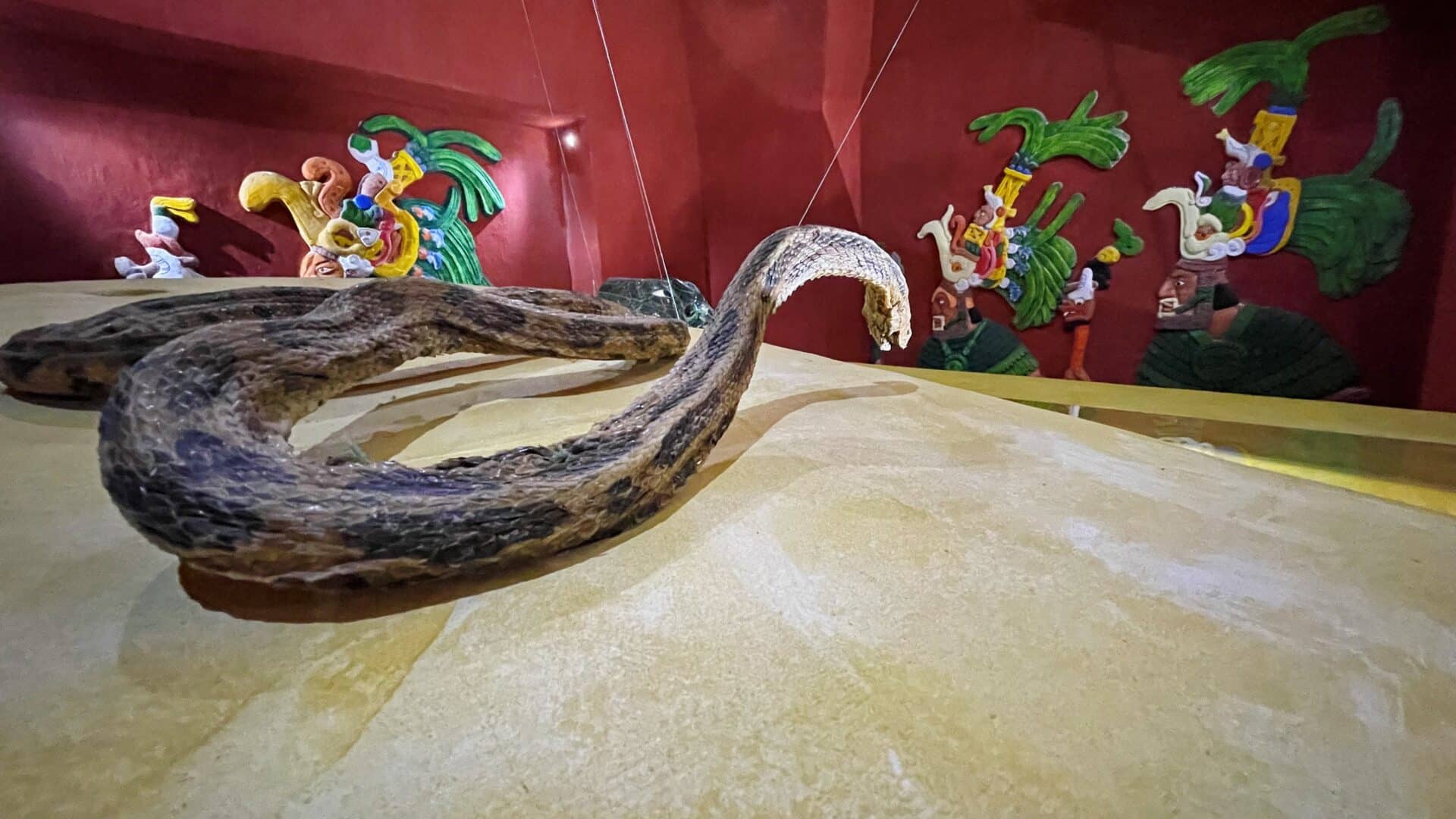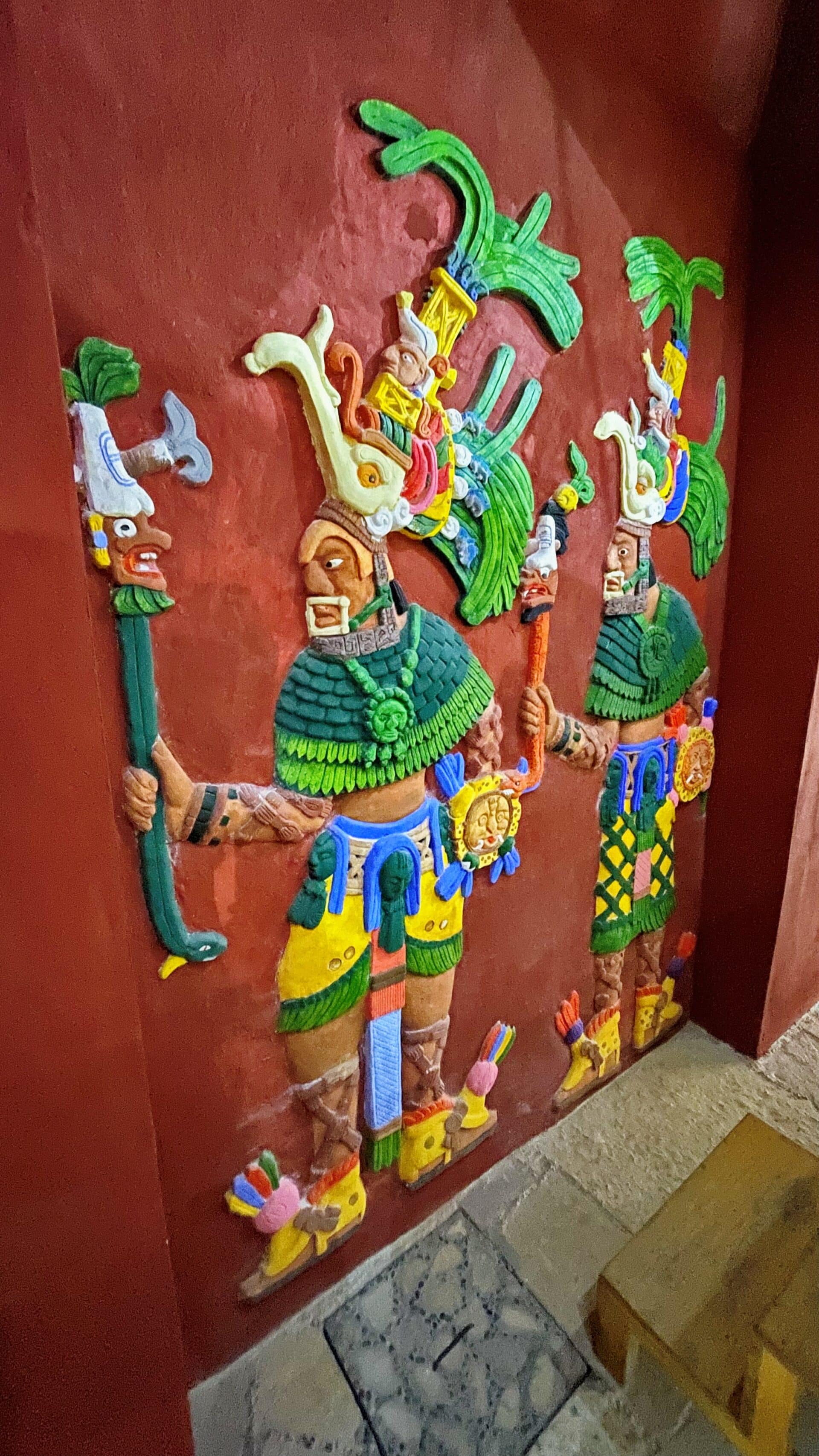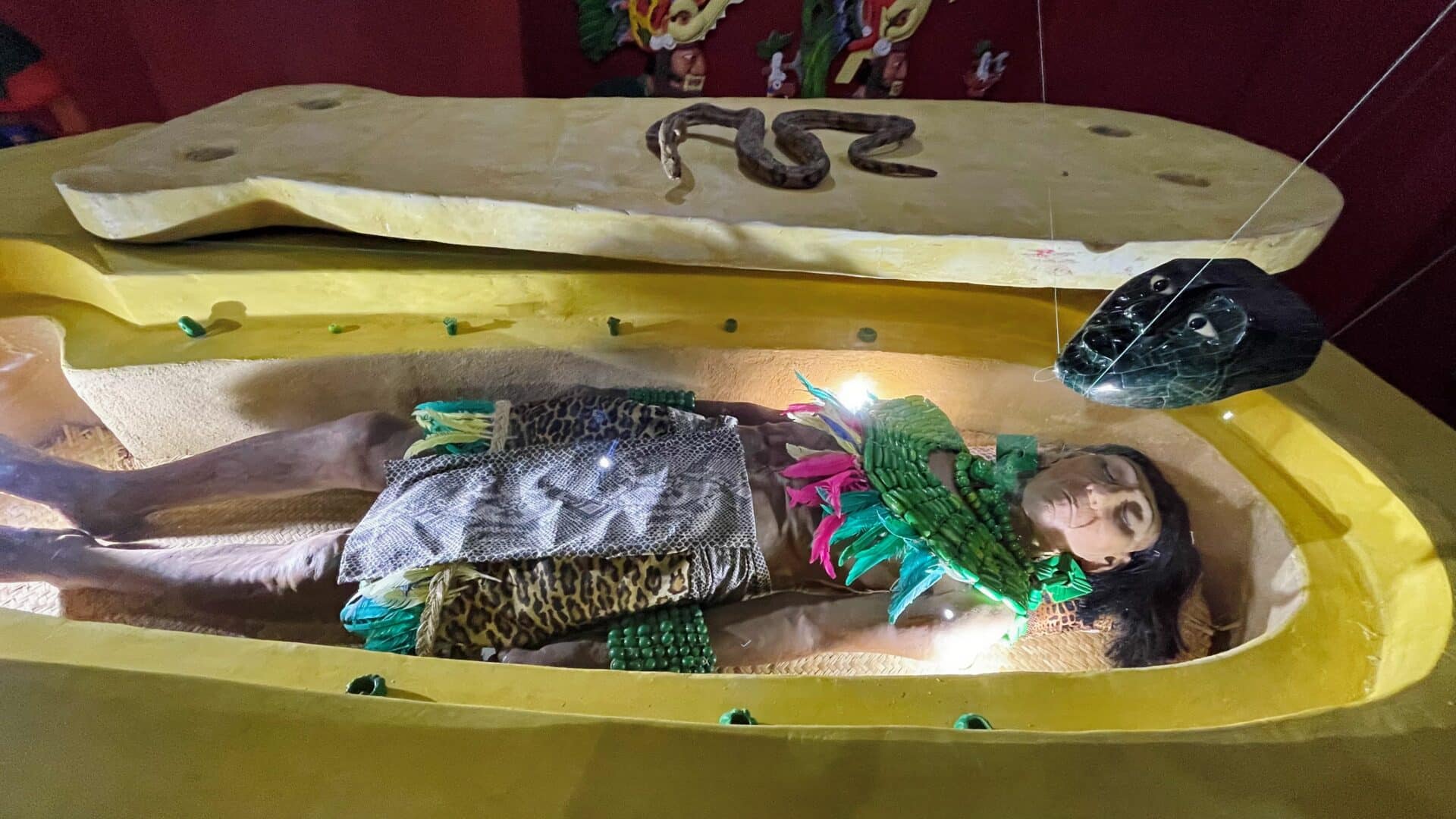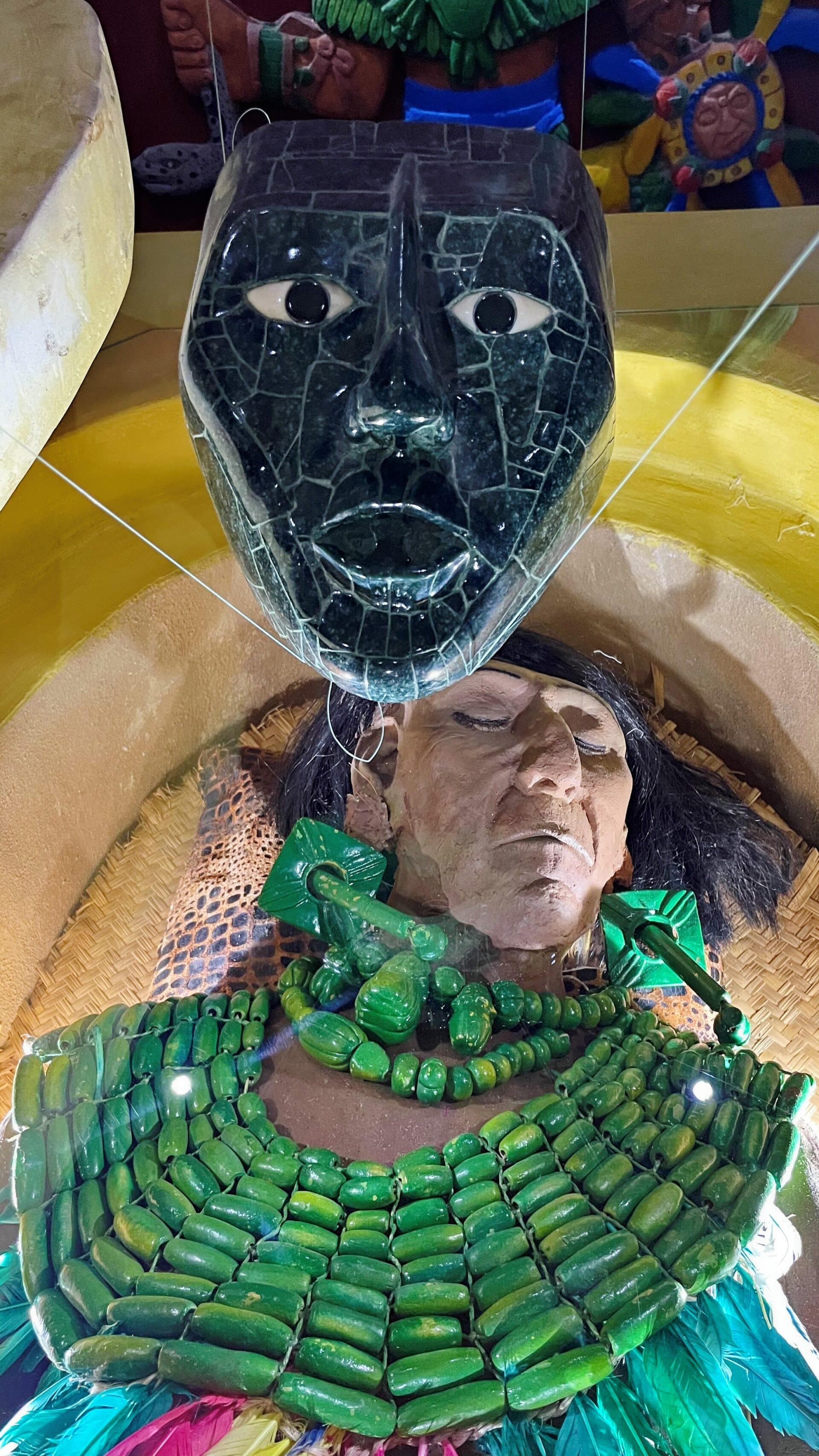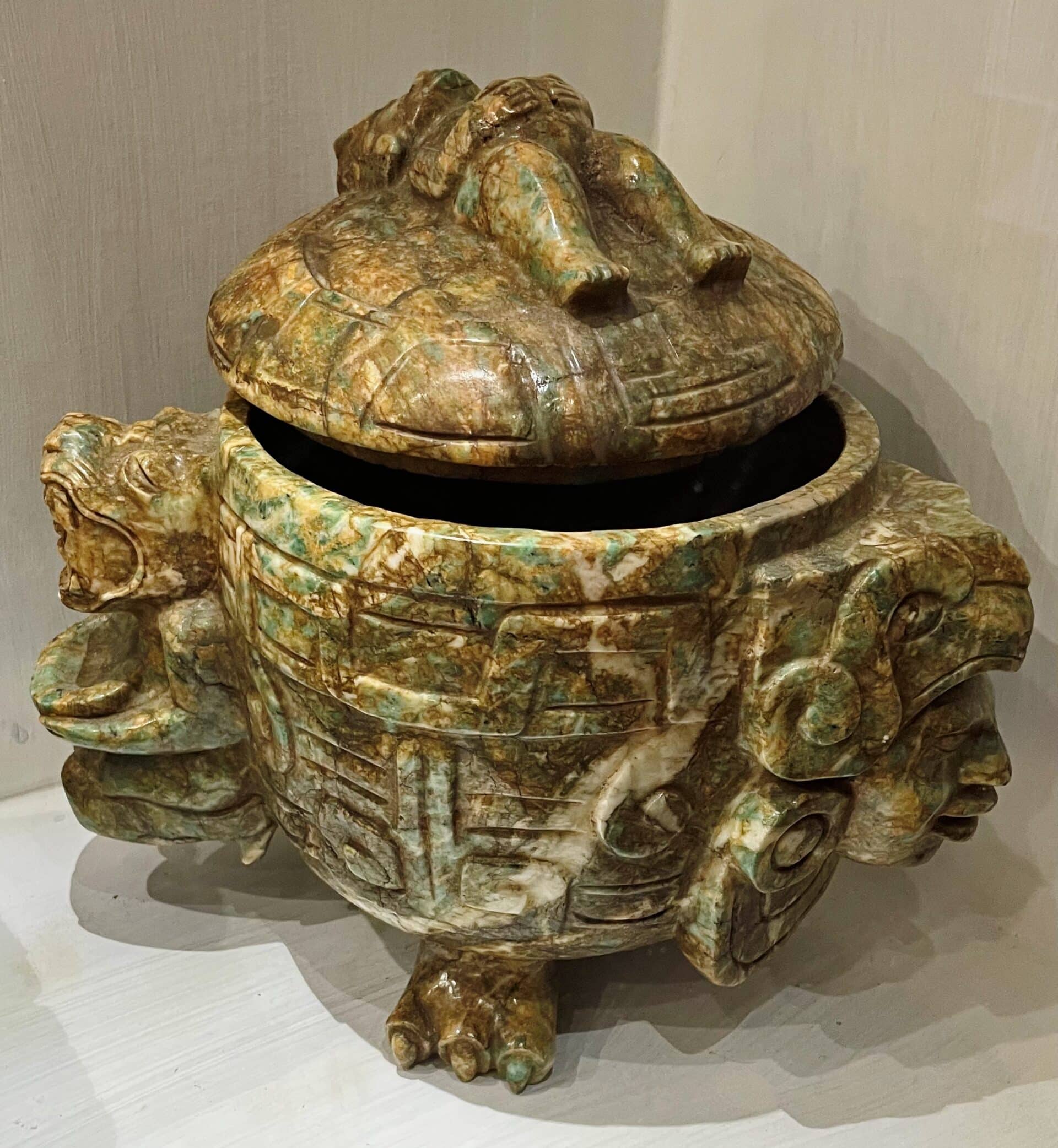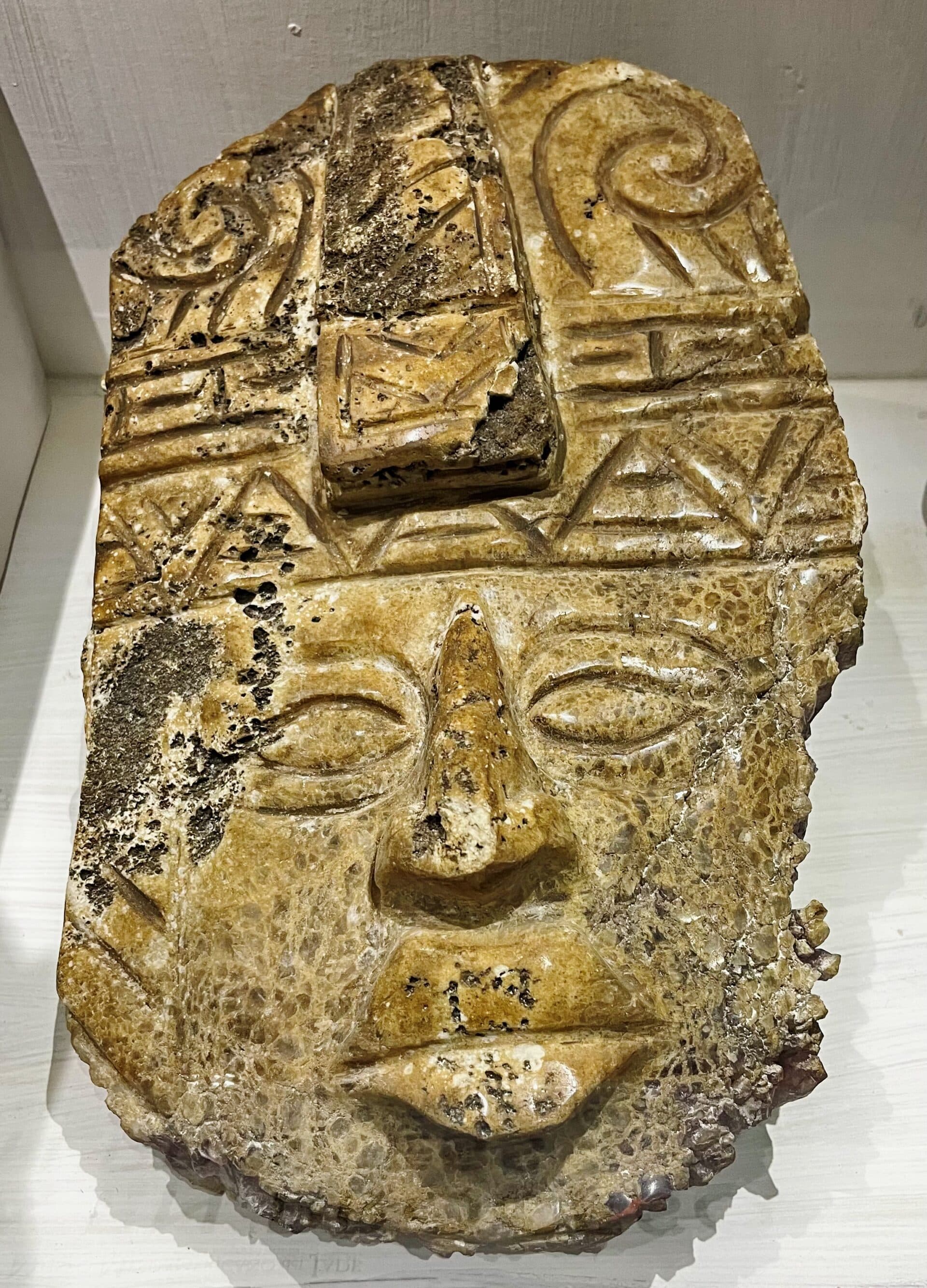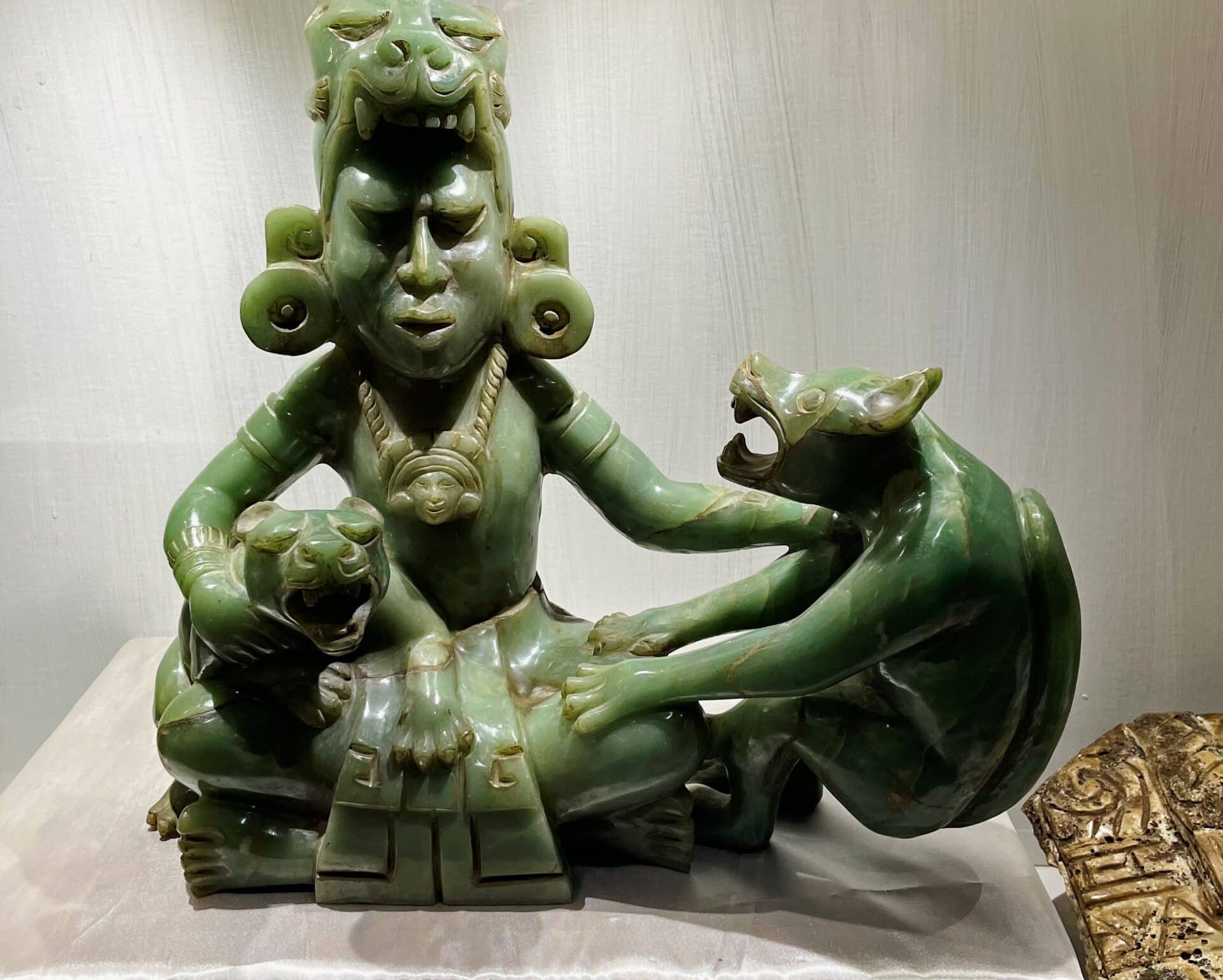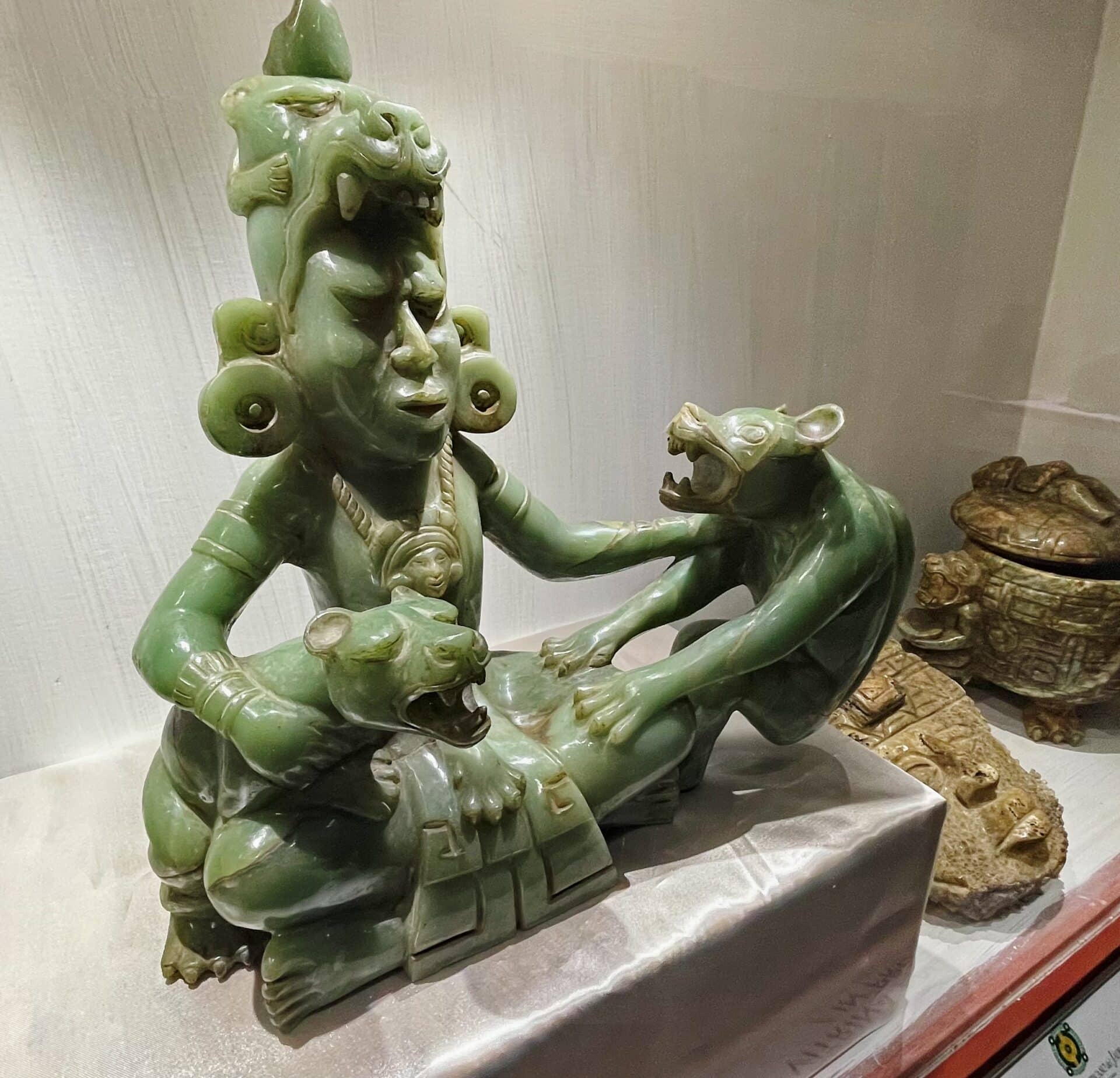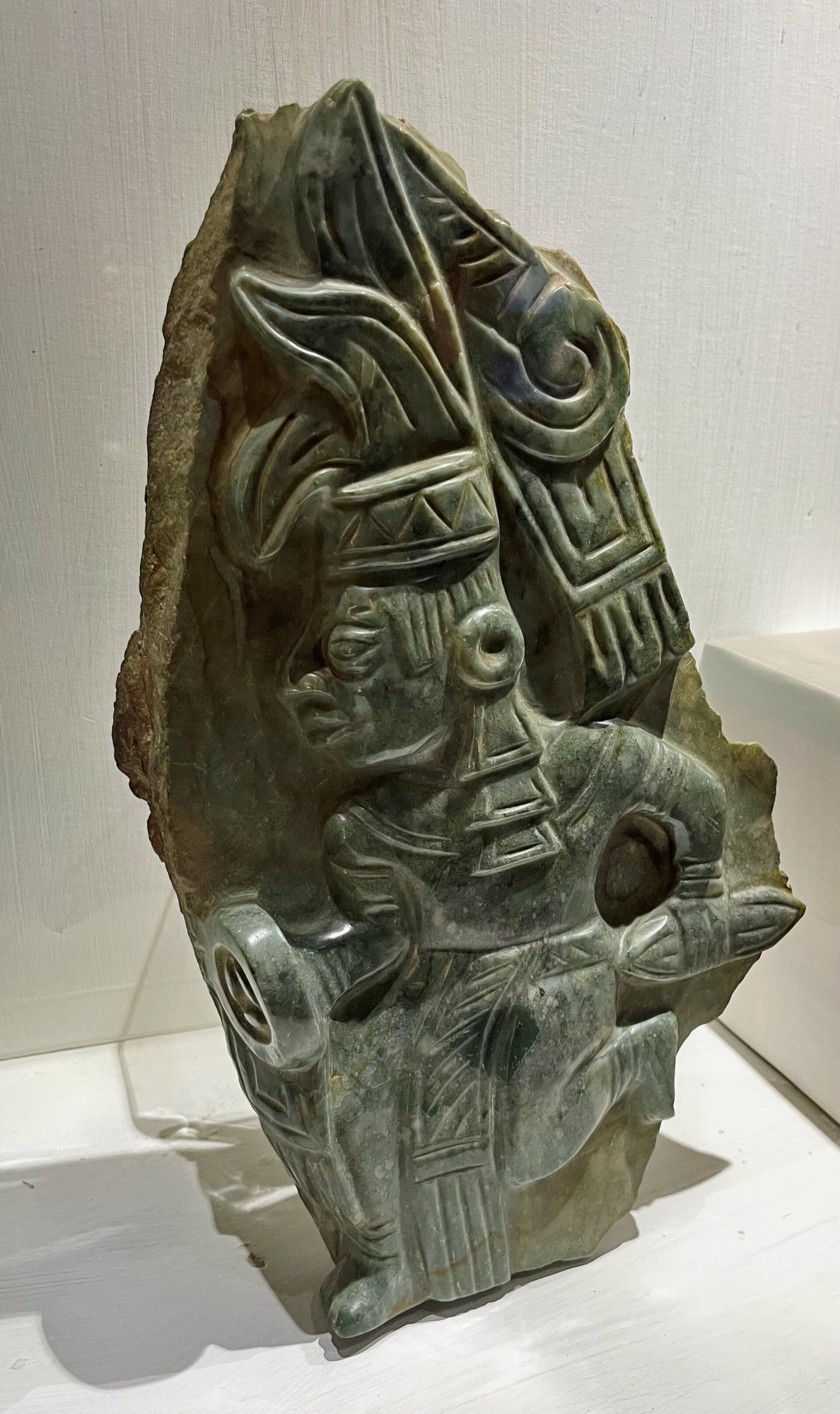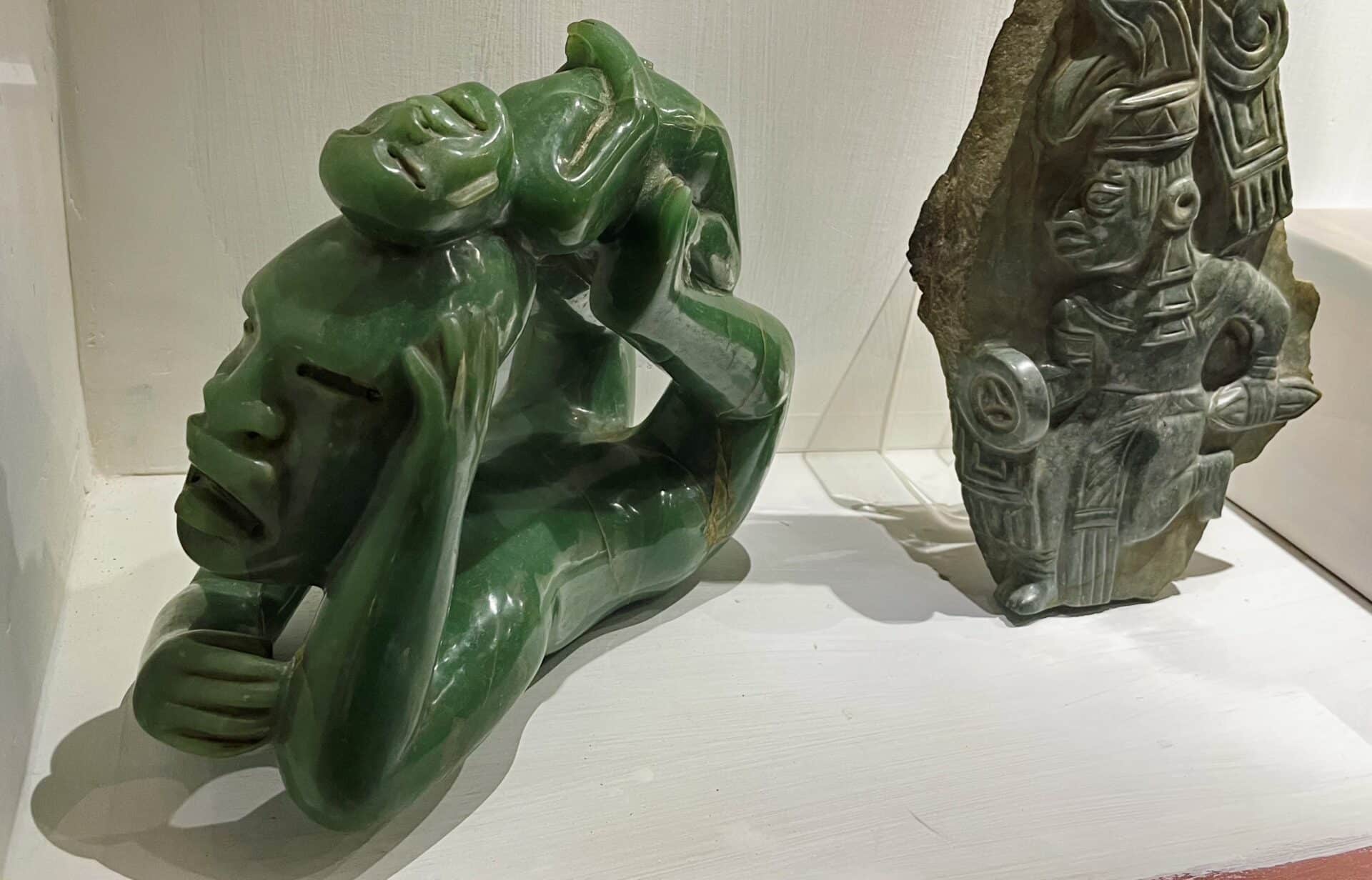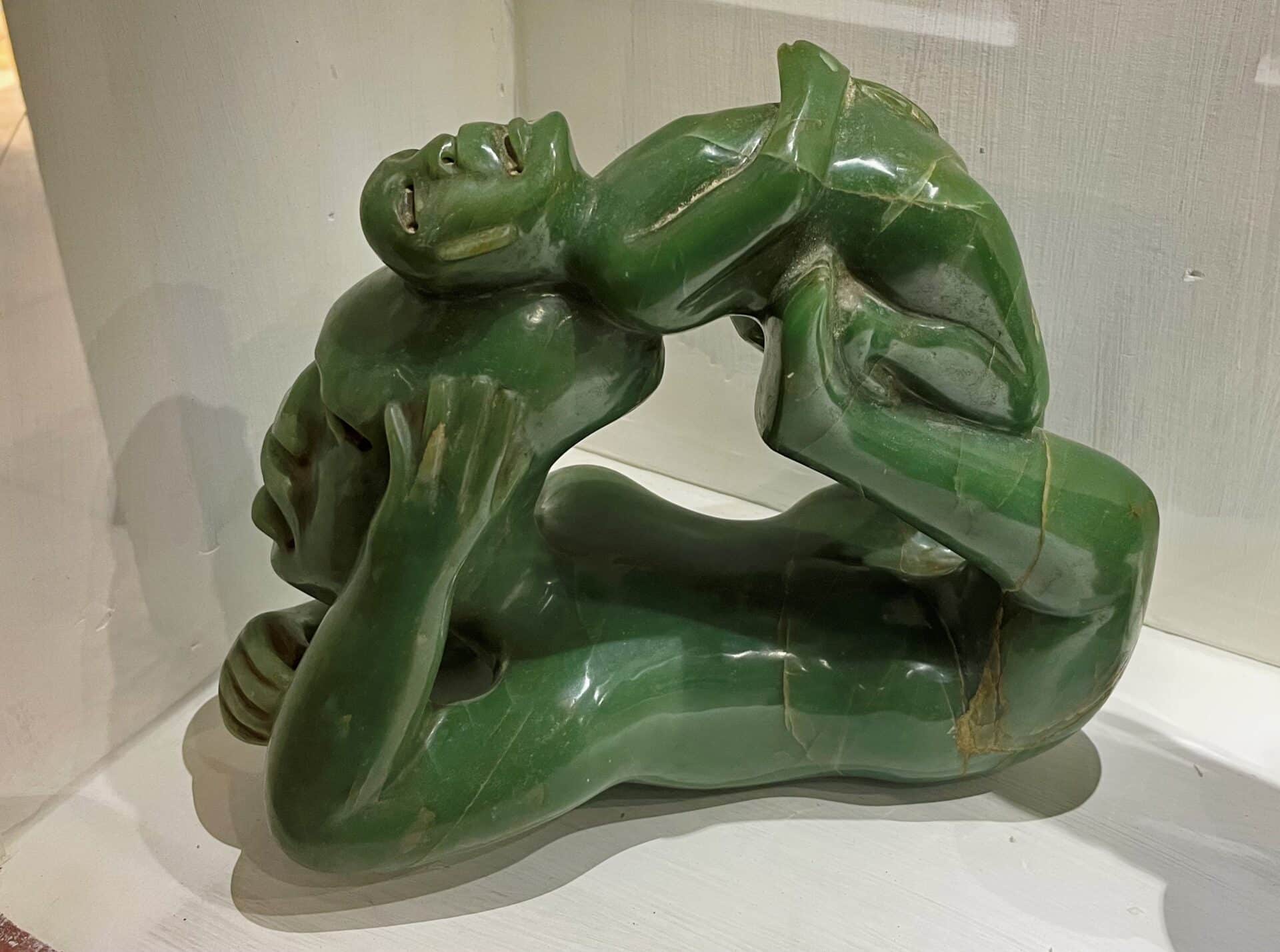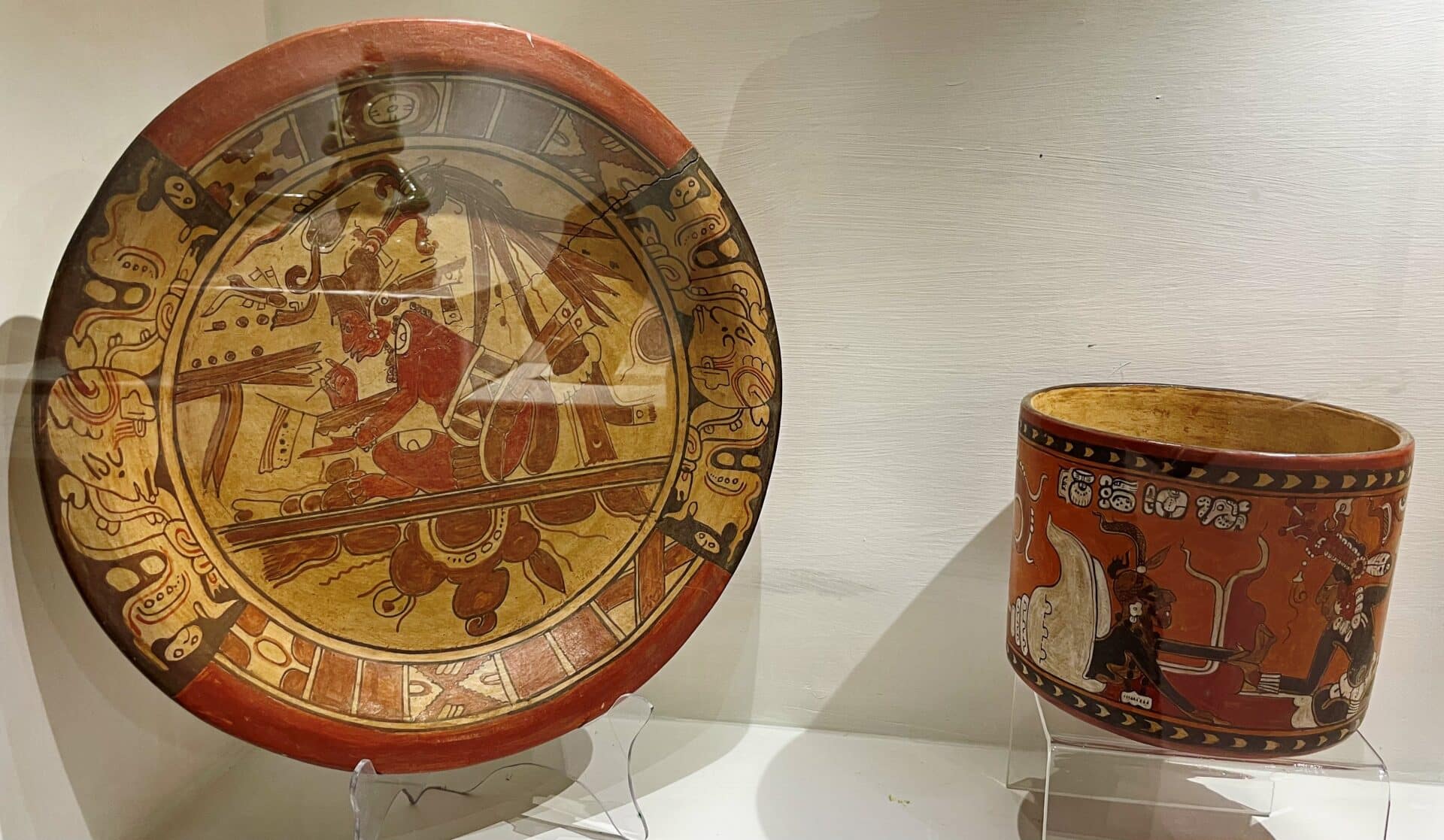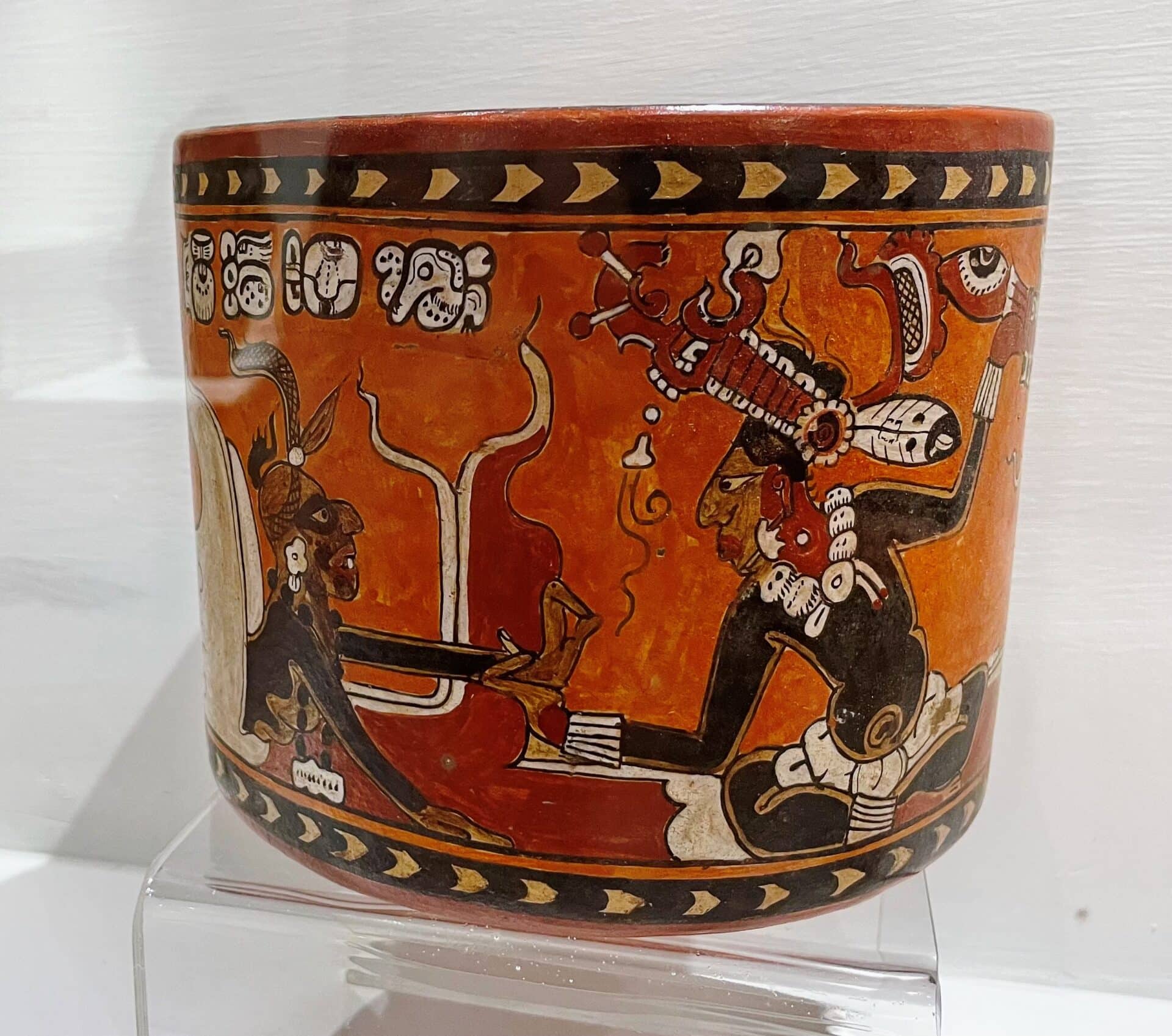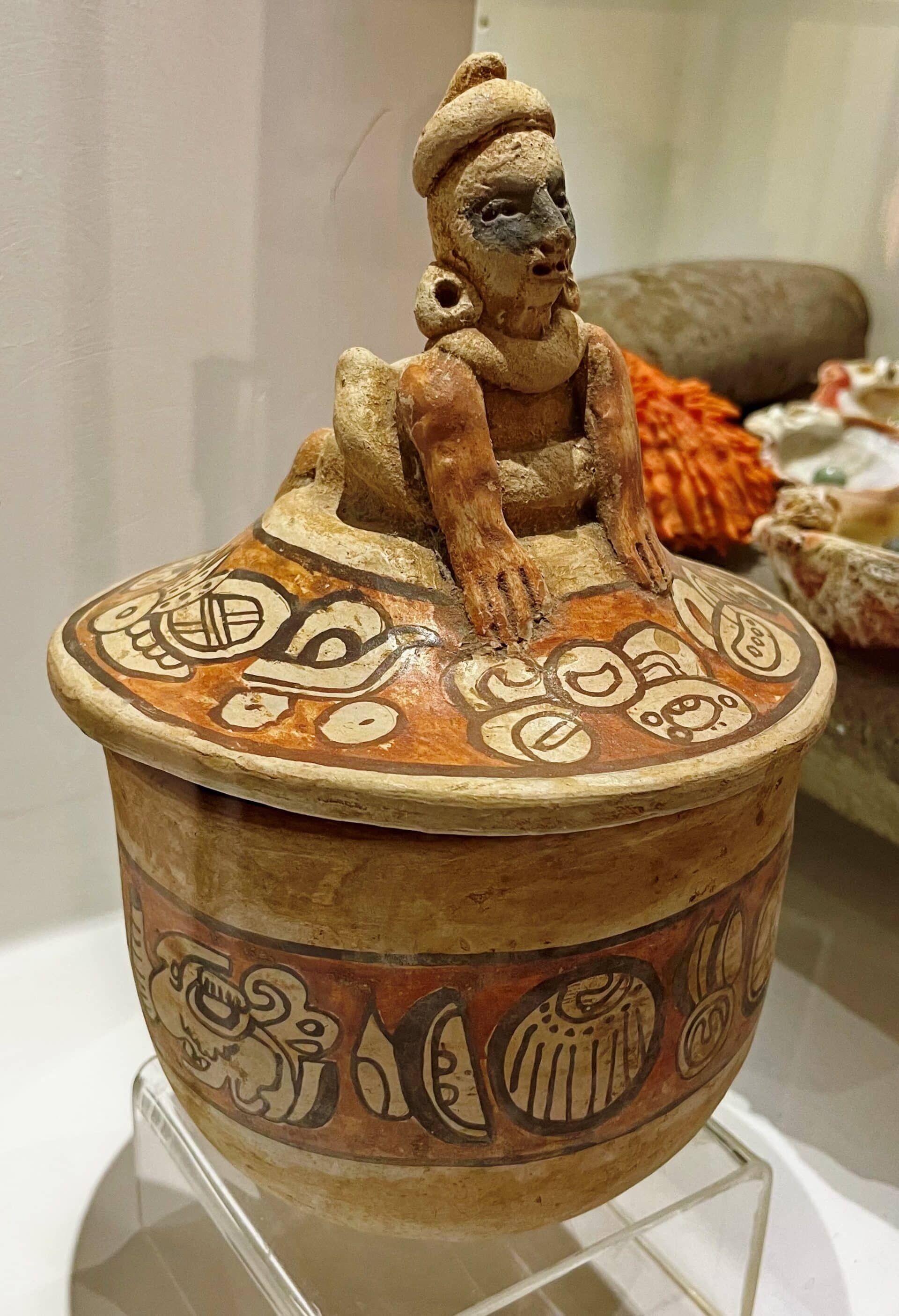Jade is a mystical precious stone that for the ancient peoples of Mesoamerica, was a symbol of immortality, eternity, power, love; the most precious thing in life. In San Cristóbal de Las Casas, the doors of an enclosure dedicated to exhaling beauty and history are open, through art carved in the divine stone known as Jade.
Museo Mesoamericano del Jade website
In our museum spaces you can admire objects and jewelry related to eight of the main cultures of the Mesoamerican area: Mocaya, Olmeca, Teotihuacana, Mixteca, Zapoteca, Maya, Tolteca and Azteca.
For the ancient peoples of Mesoamerica, no material — neither gold nor silver — were as valuable as jade.
The Mesoamerican Jade Museum has four spaces or rooms dedicated to exhibiting the most representative pieces and jade jewelry associated with 8 Mesoamerican cultures, whose originals are in the possession of large private collectors and famous museums abroad.
Museo Mesoamericano del Jade website
Preclassic Room: Mocayas, Olmecas, Zapotecas, Mixtecas and Teotihuacana pieces. Classic Room: Pieces of the Mayan Culture of Belize, Honduras, Guatemala, Campeche, and Chiapas.
Postclassic Room: Aztec and Toltec pieces.
Sepulcher: Recreation to original size of burial in the year 683 of our 11th era. sovereign of the divine Kingdom of Bak, in its colorful grave at the bottom of the Temple of Inscriptions in the ancient Mayan city today known as the ruins of Palenque in Chiapas.
Museo Mesoamericano del Jade
The Mesoamerican Jade Museum is in San Cristóbal de Las Casas of Mexico, the space used as a museum is located in the Casa del Jade, a cultural center and a leading company in the knowledge and management of Jade in Mesoamerica. It has its own workshops, which are located in San Cristóbal de las Casas and Antigua, Guatemala. Work is being done with jade from the old deposits of the Chalchihuitan mountains, 50 km north of San Cristóbal and the basin of the Motagua River, in Guatemala.
When the discovery of the Chalchihuitan deposits, Chiapas was confirmed in 1990, the opportunity was seen to give the entity not only a commercial vision, but also an important cultural support. Thus, after extensive research and documentation work, La Casa del Jade de México was created in 1999 in San Cristóbal de Las Casas, Chiapas. In October 2001, in that same city, the Mesoamerican Jade Museum was opened, which was located in an old colonial house in the historic center.
This museum has four spaces or rooms, where the most representative pieces of this precious mineral are exhibited, associated with eight Mesoamerican cultures, whose originals are not in possession of the museum, but in the hands of large private collectors or important foreign museums.
- Preclassical Room: here we can find pieces mocayas, olmecas, Zapotecs and teotihuacanas.
- Classic Room: In this room you will find pieces of the Mayan Culture of Belize, Honduras, Guatemala, Campeche and Chiapas.
- Postclassical Room: Parts are exhibited here Aztecs and Toltecs.
- Grave room — Pakal’s grave: it is one of the most representative parts of the tour, here we see the original size recreation of the burial of the sovereign of the kingdom of Bak; found in a grave at the bottom of the Temple of the Inscriptions, in the ancient Mayan city, currently known as the Palenque ruins, in Chiapas. This recreation does not follow the scientific rigor of the professional work of archaeologists and restaurateurs, but it is subject to all available professional information. This replica began in April 1999, and was completed in October 2001. The tomb and tombstone carvings are made of artificial stone (marmoline and calhydrous, pozzolanic cement, and portland concrete). The weight of the headstone is 1,200 km (1.2 tons) and the original is approximately 10 tons; to sarcophagus it has been given an approximate weight of 4 tons of weight. For the recreation of the nine Bolontiku’s it was used stucco, result of a mixture of natural lime and caulote tree resin with rubber copal and white cement; and for paints, acrylic inks.
In addition to these spaces, the museum has an important collection of Olmec and Maya ceramics that is also on display, as well as a specialized library, analysis laboratory, didactic area for children and young people and facilities dedicated to the acquisition of archaeological replicas and fine jade jewelry. This precious mineral is worked by expert craftsmen and designers, who combining it with gold and silver manage to create high quality jewelry; and it is that apart from using one of its spaces as a museum of this precious stone, one of its most important tasks is the creation of exclusive jewelry.

